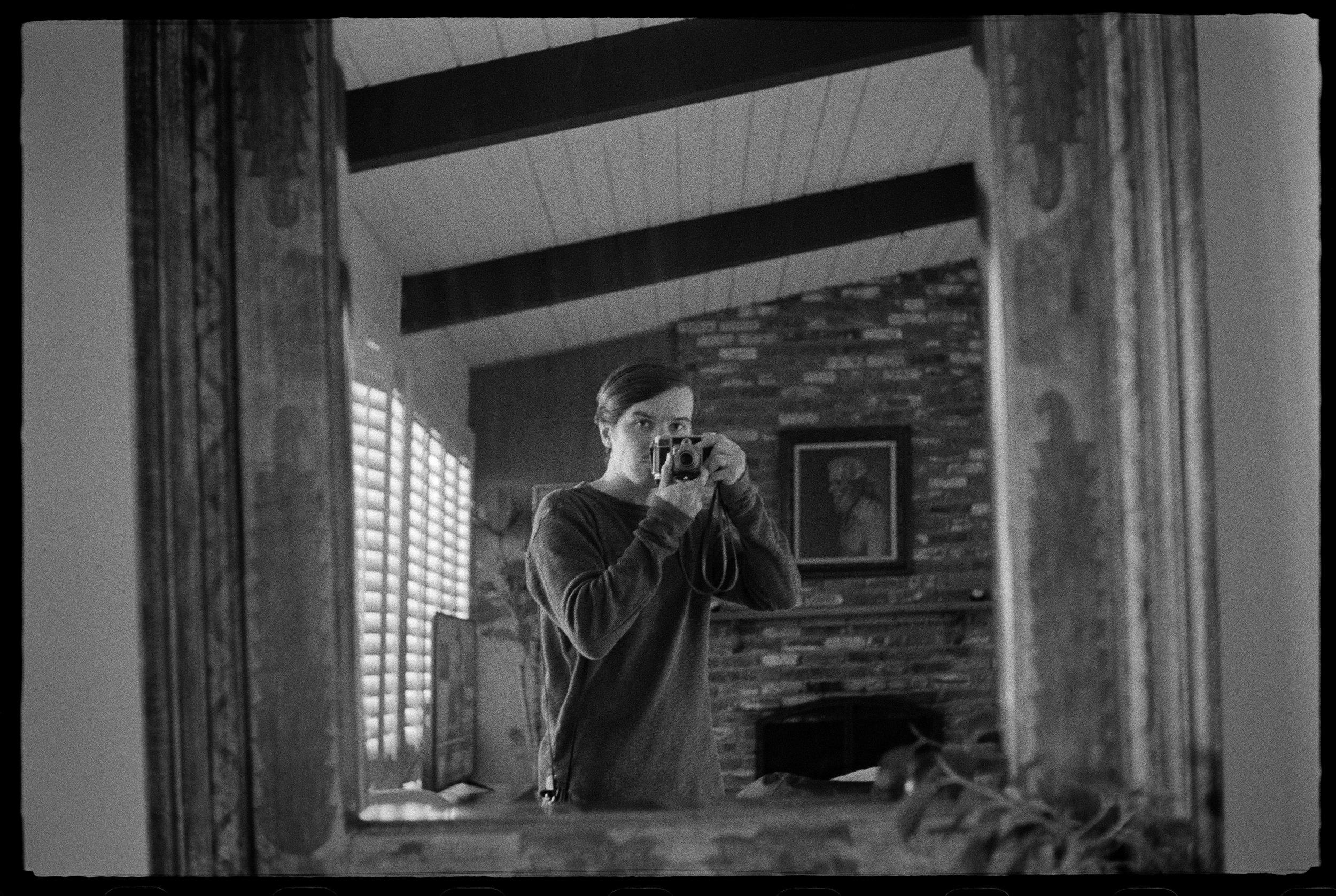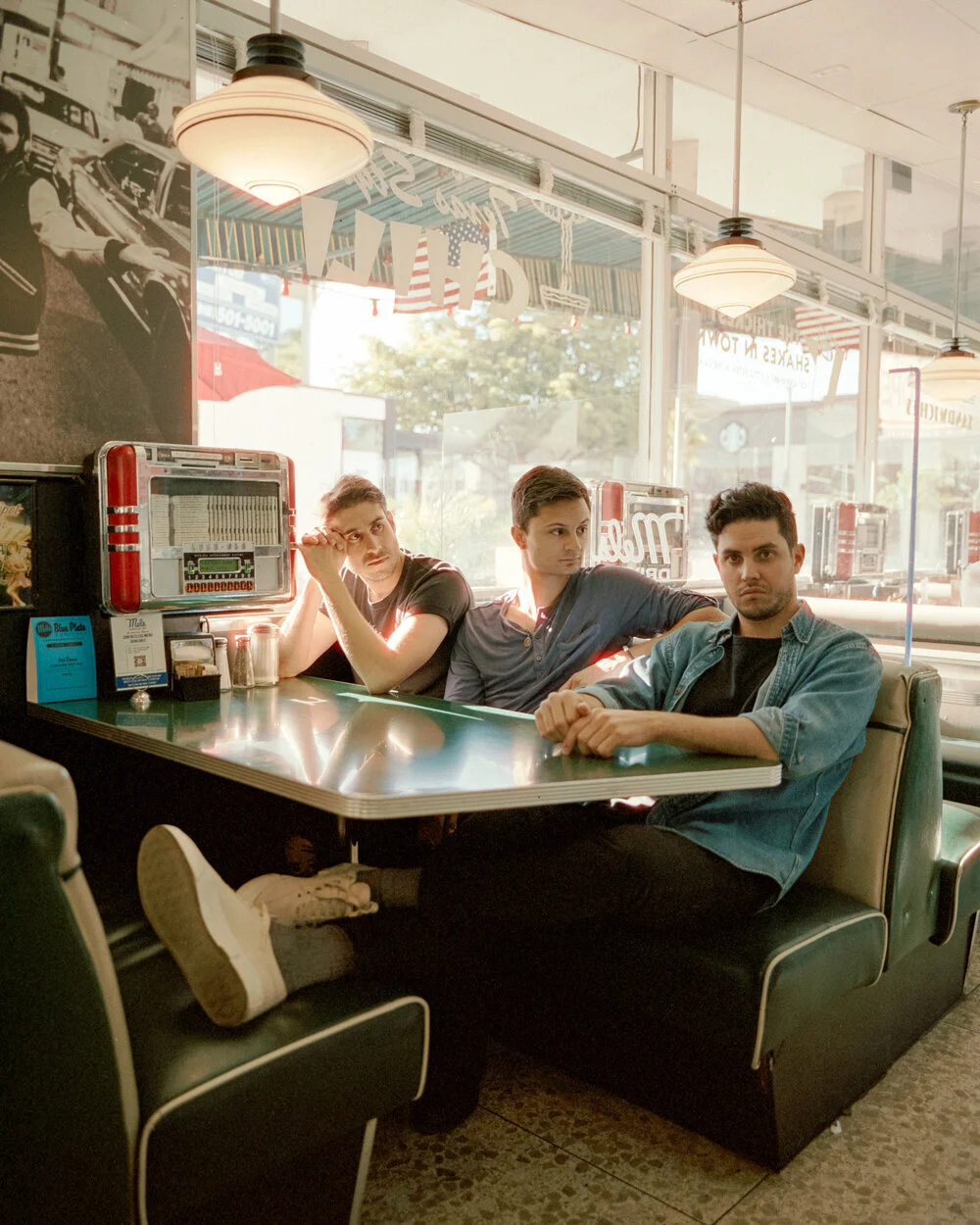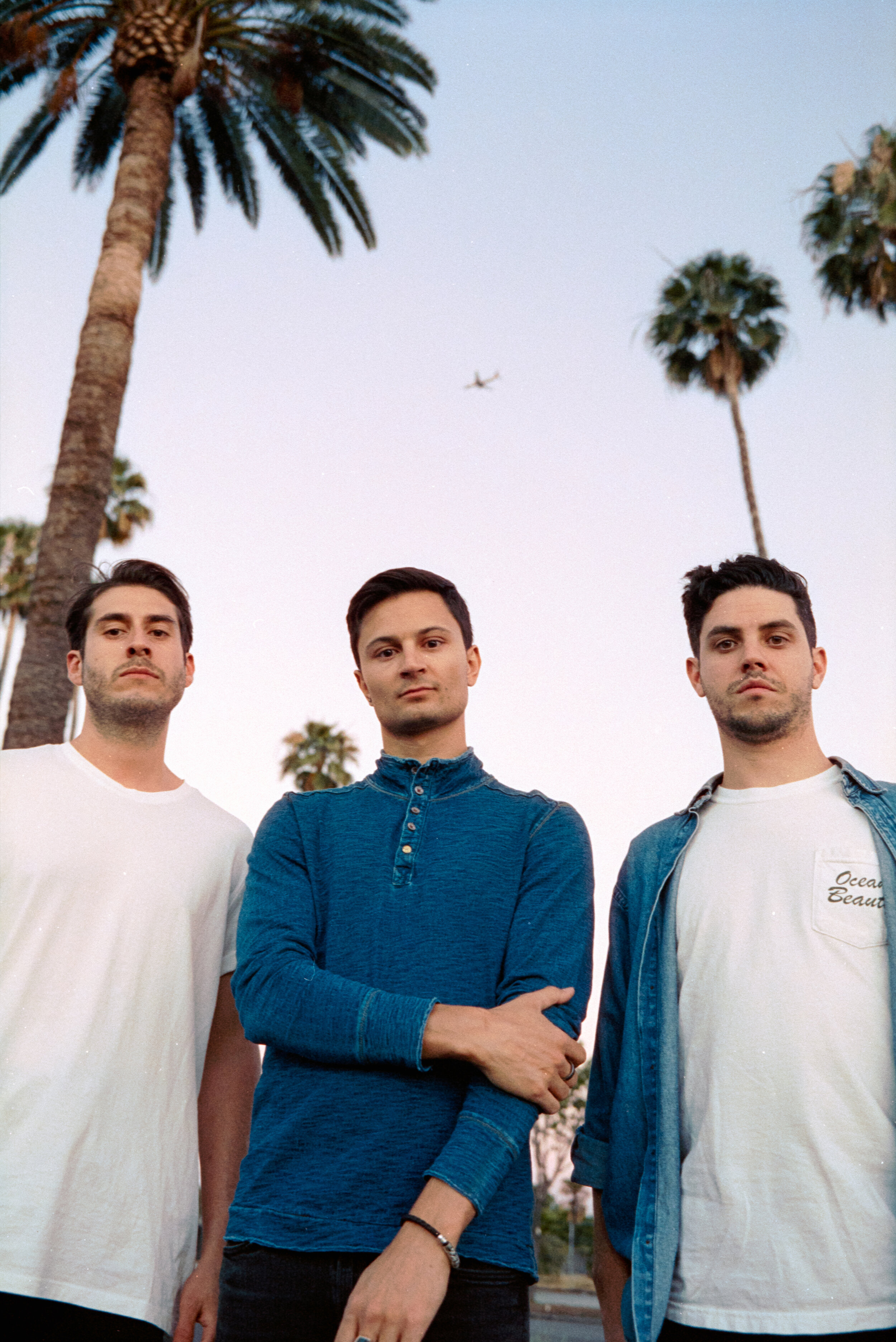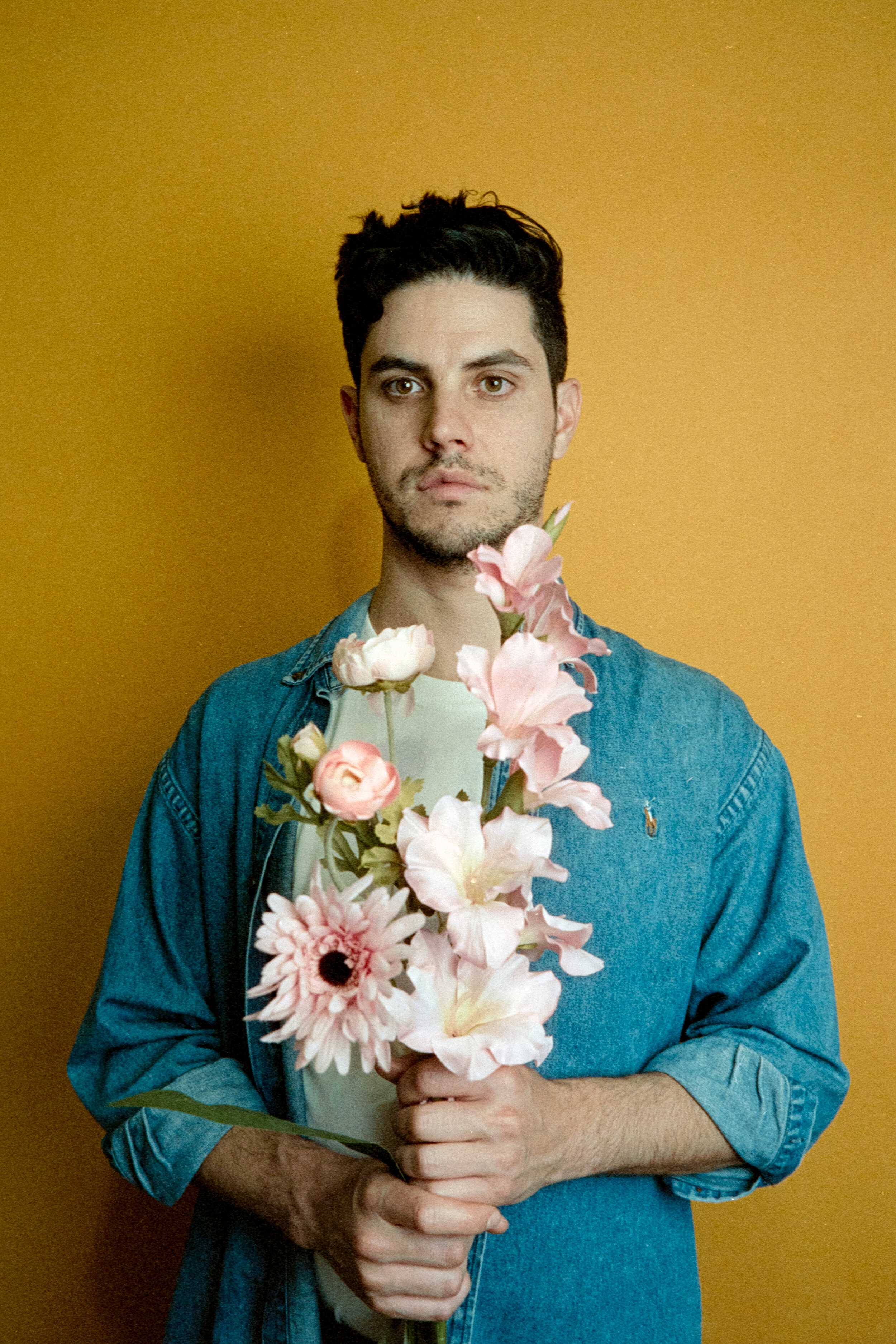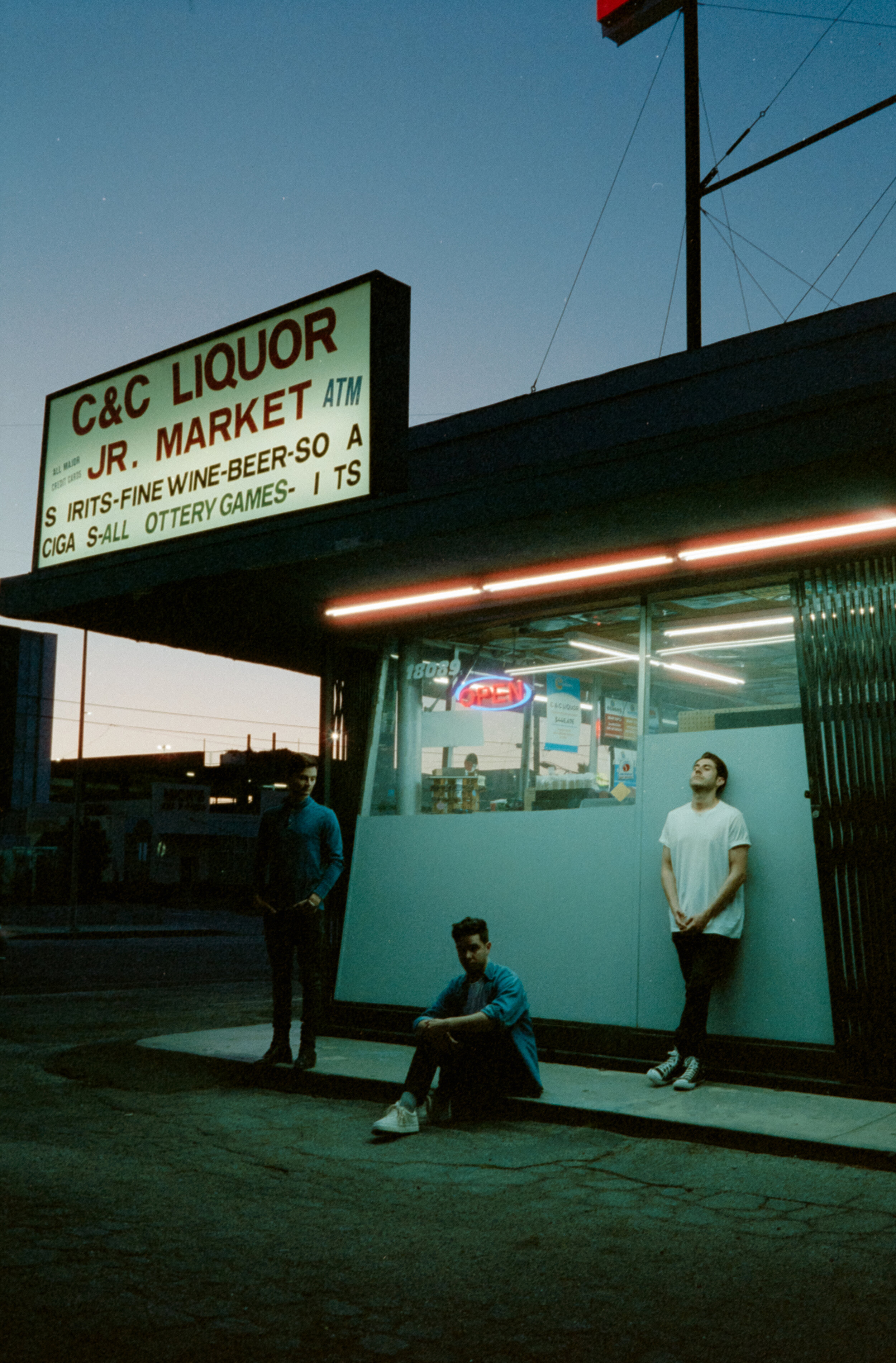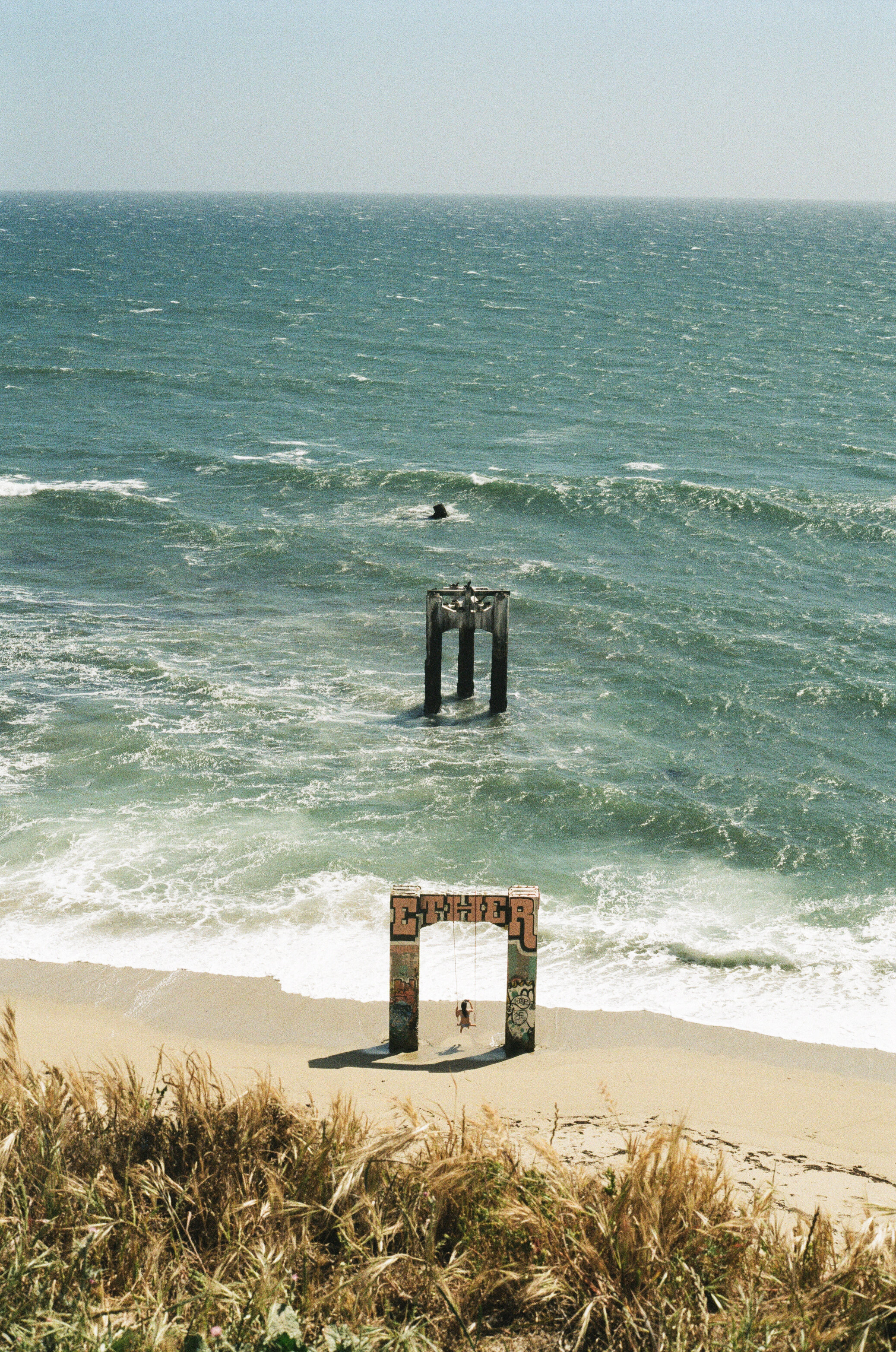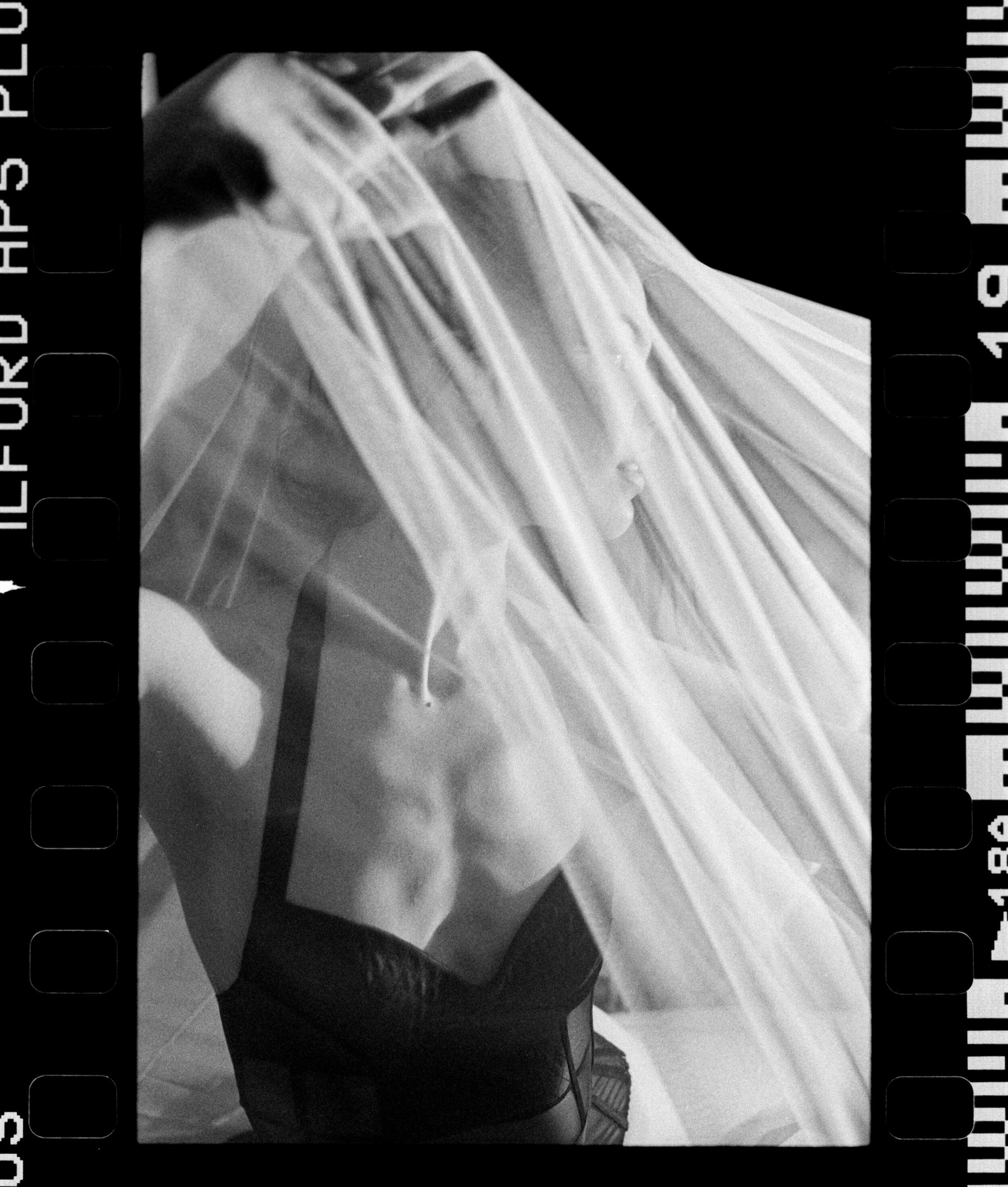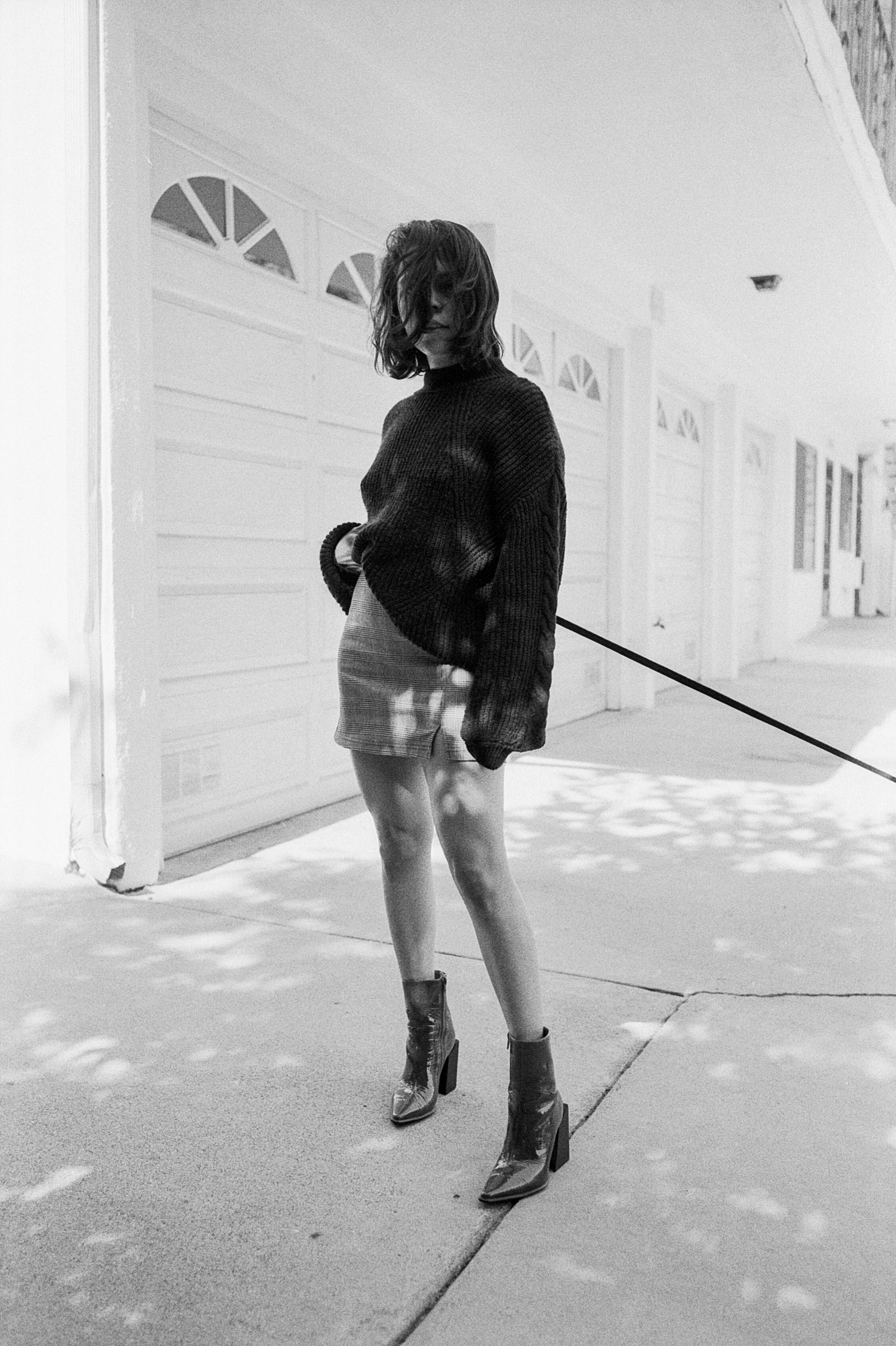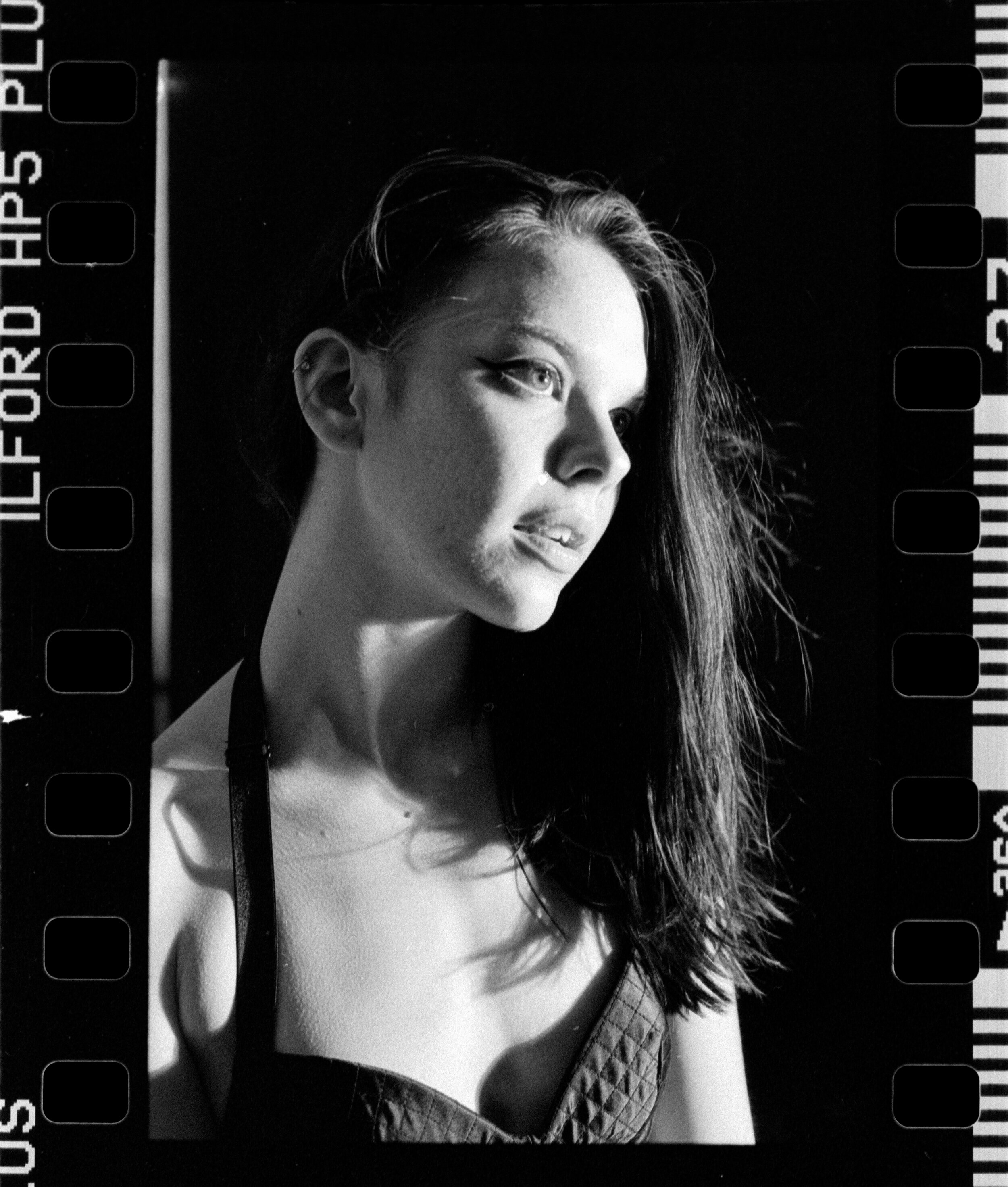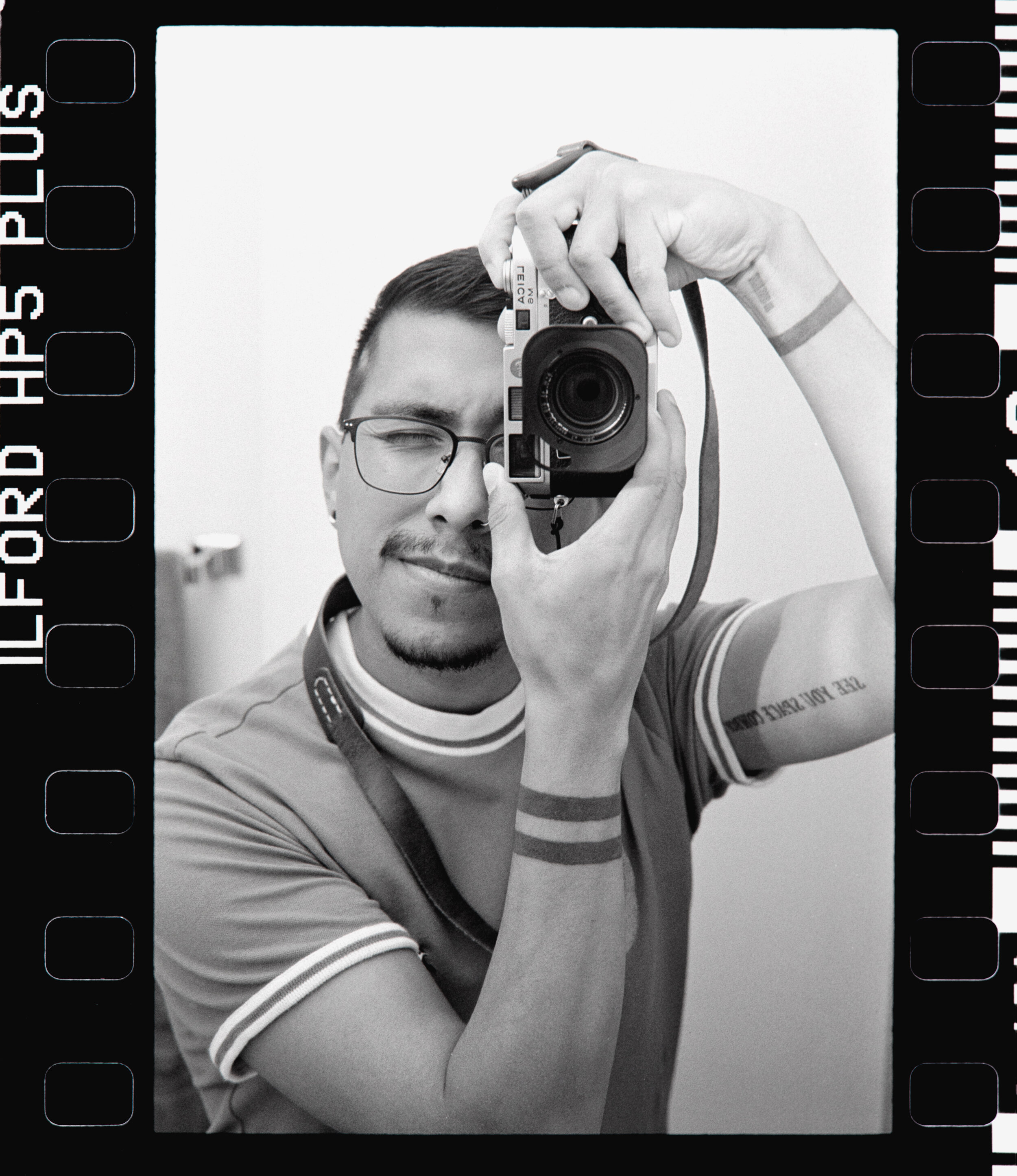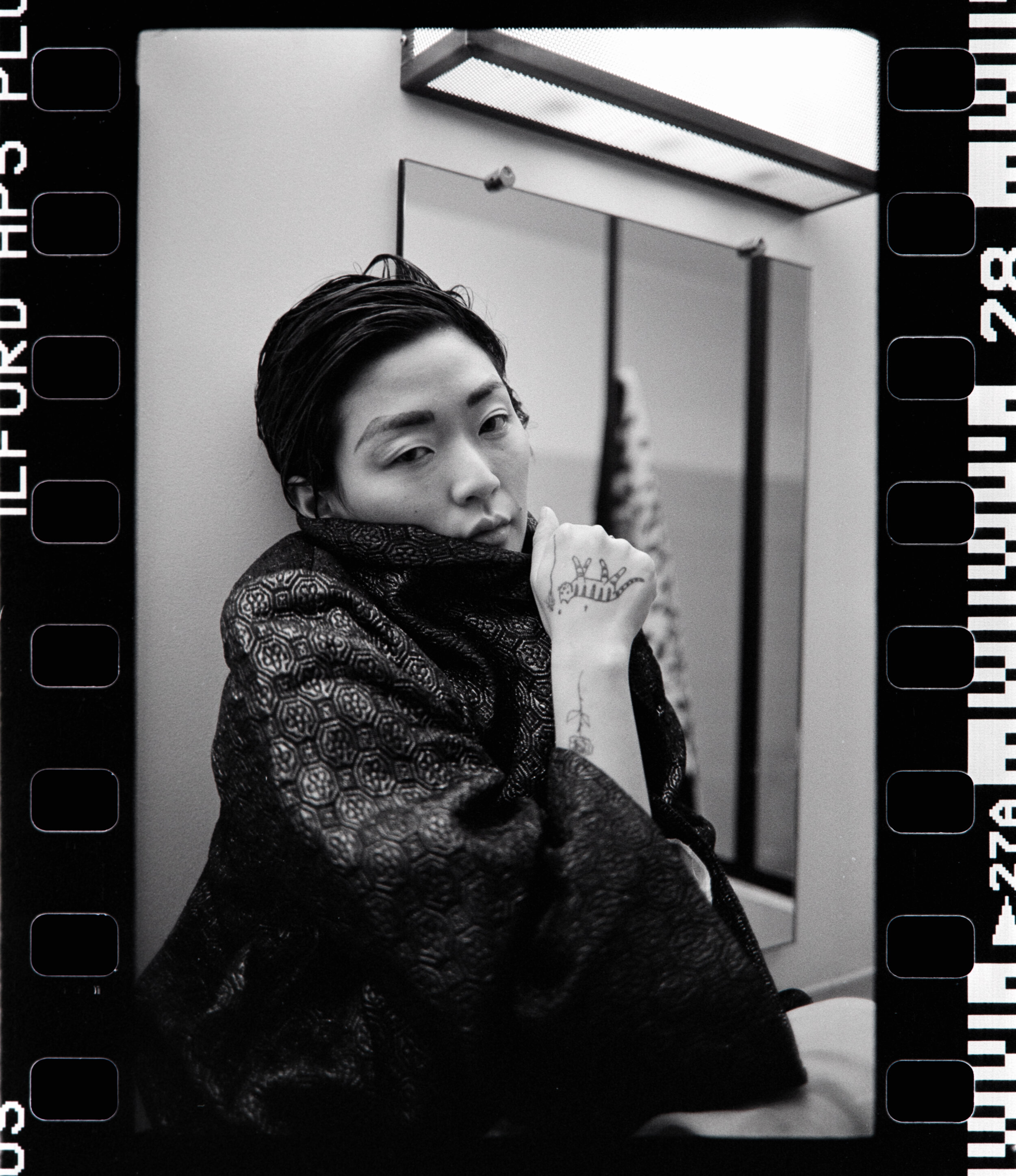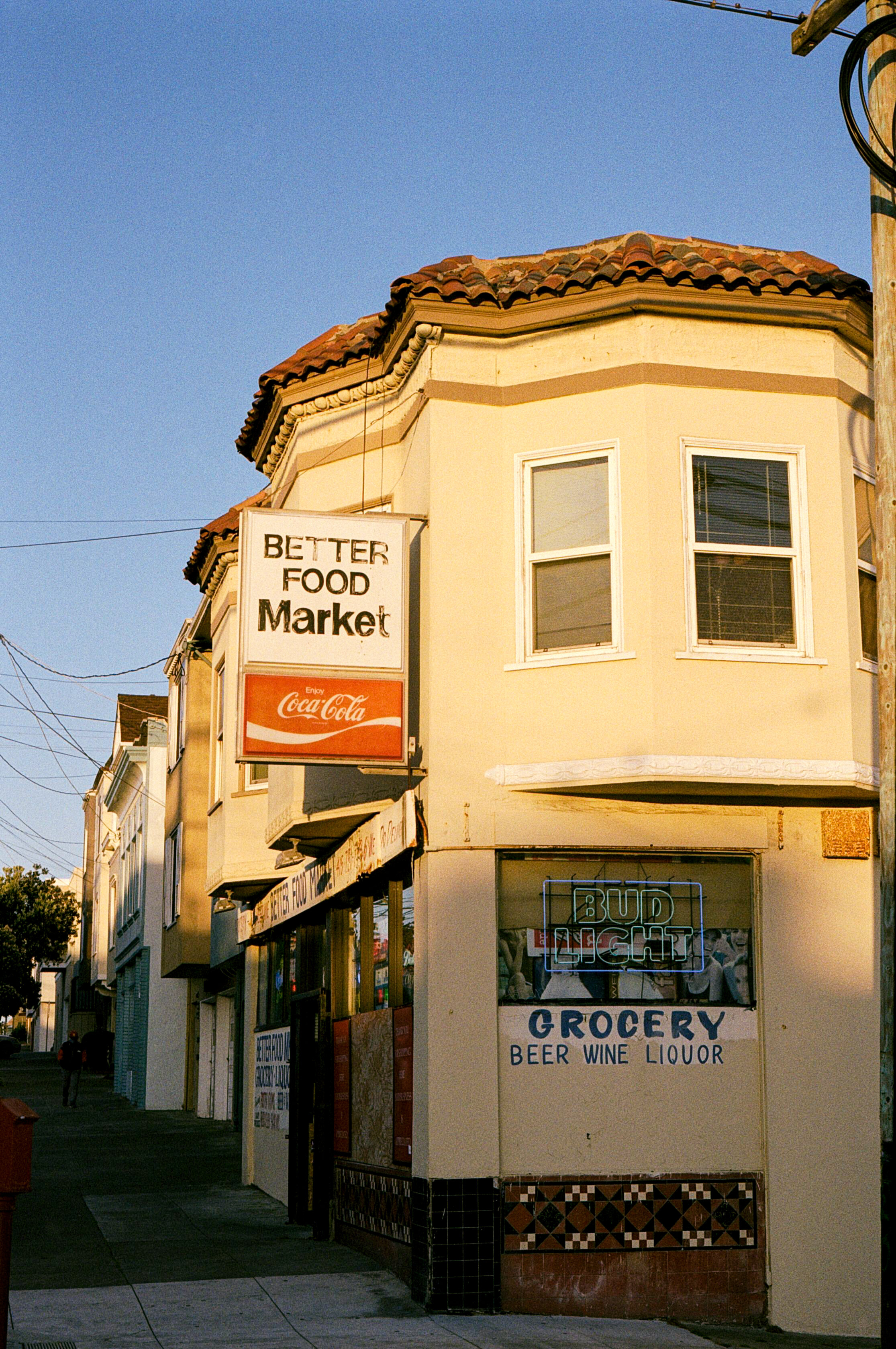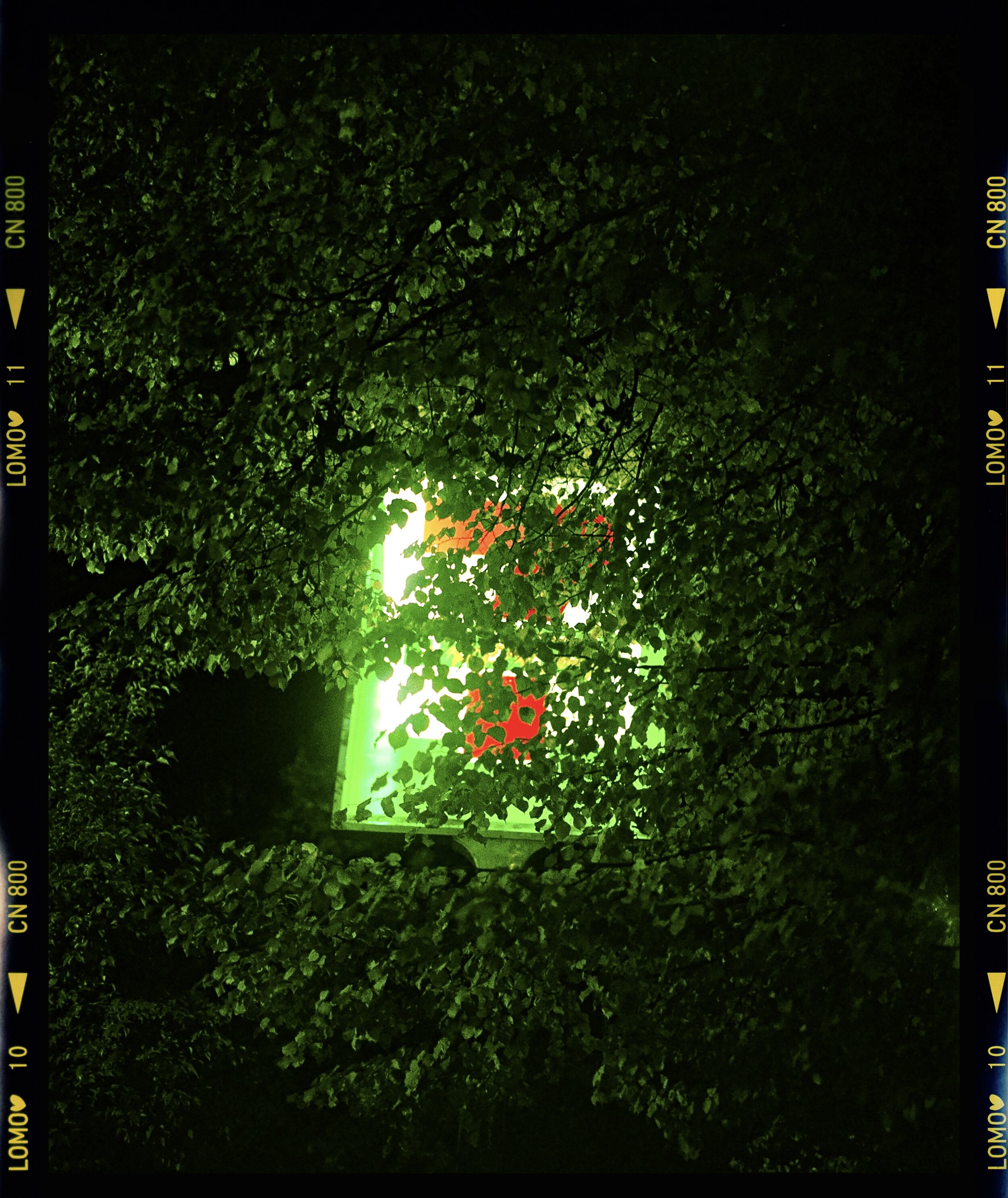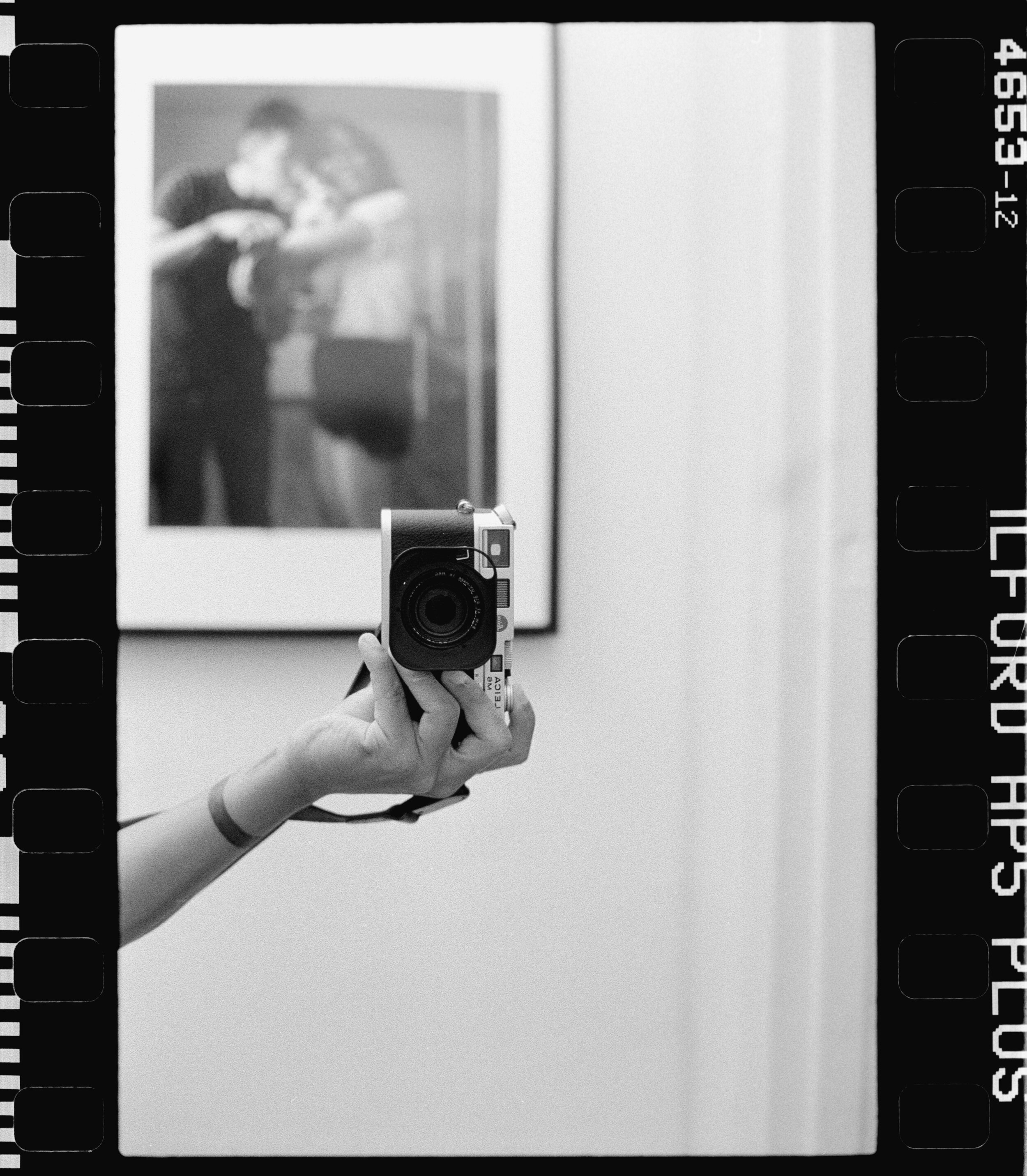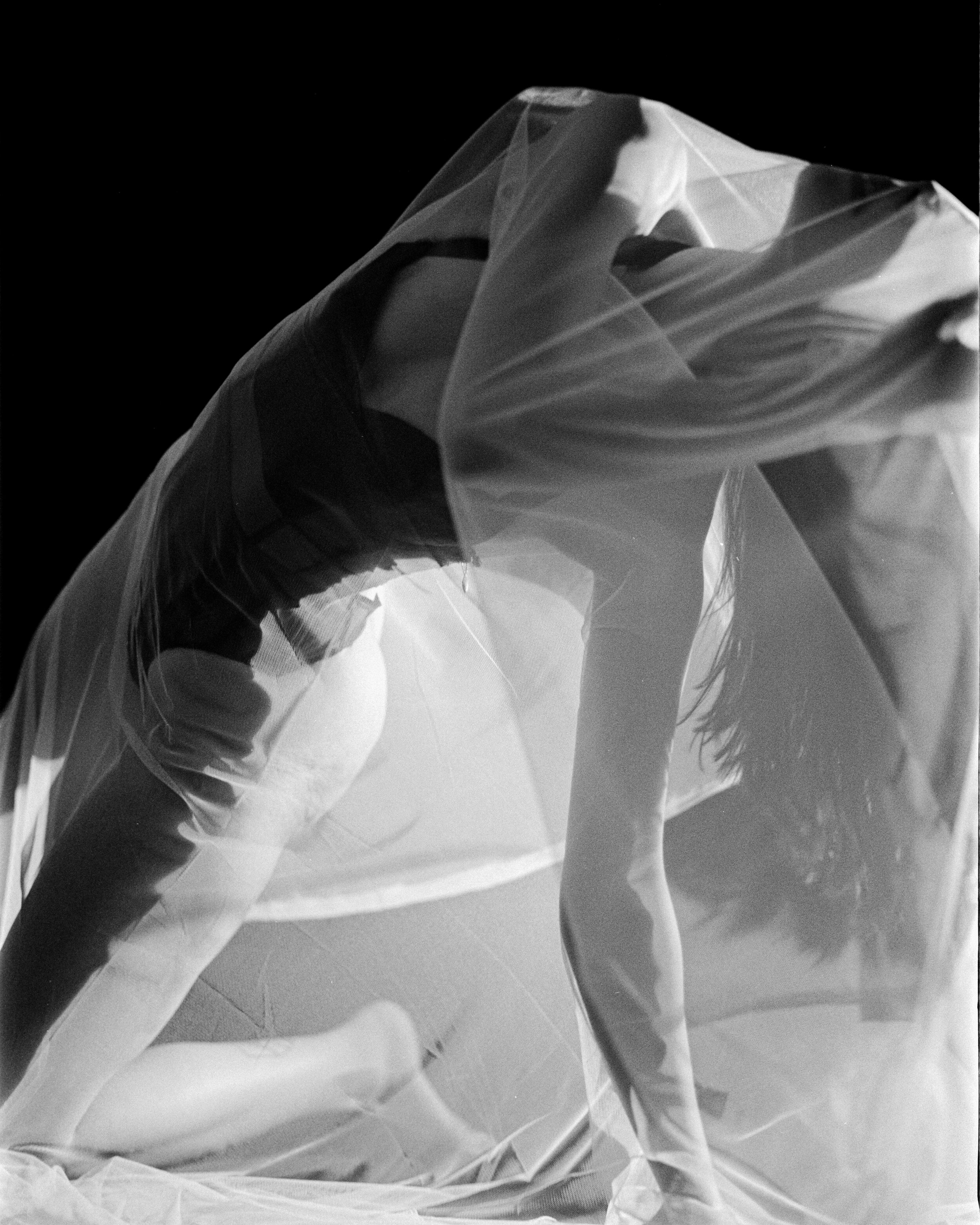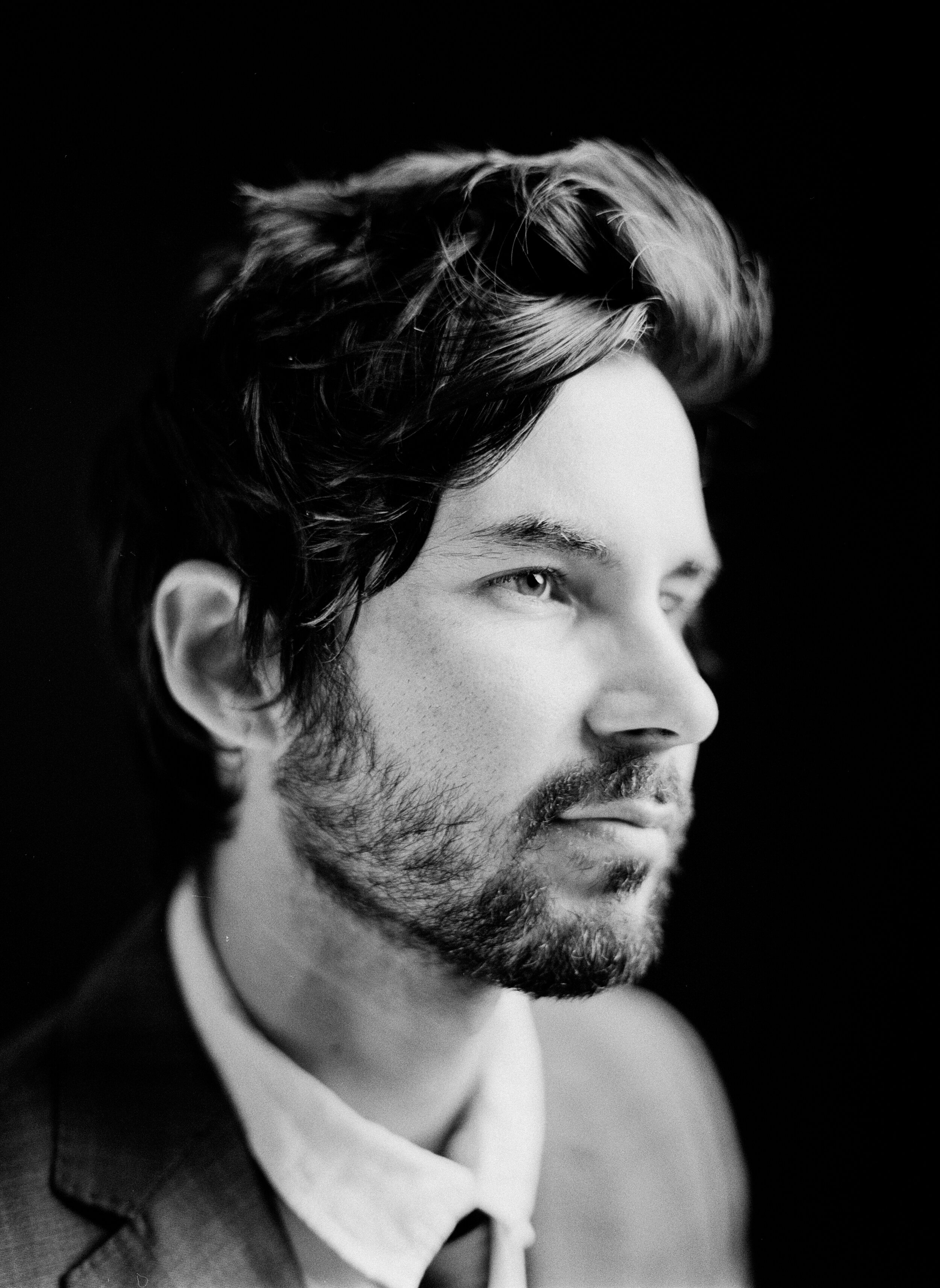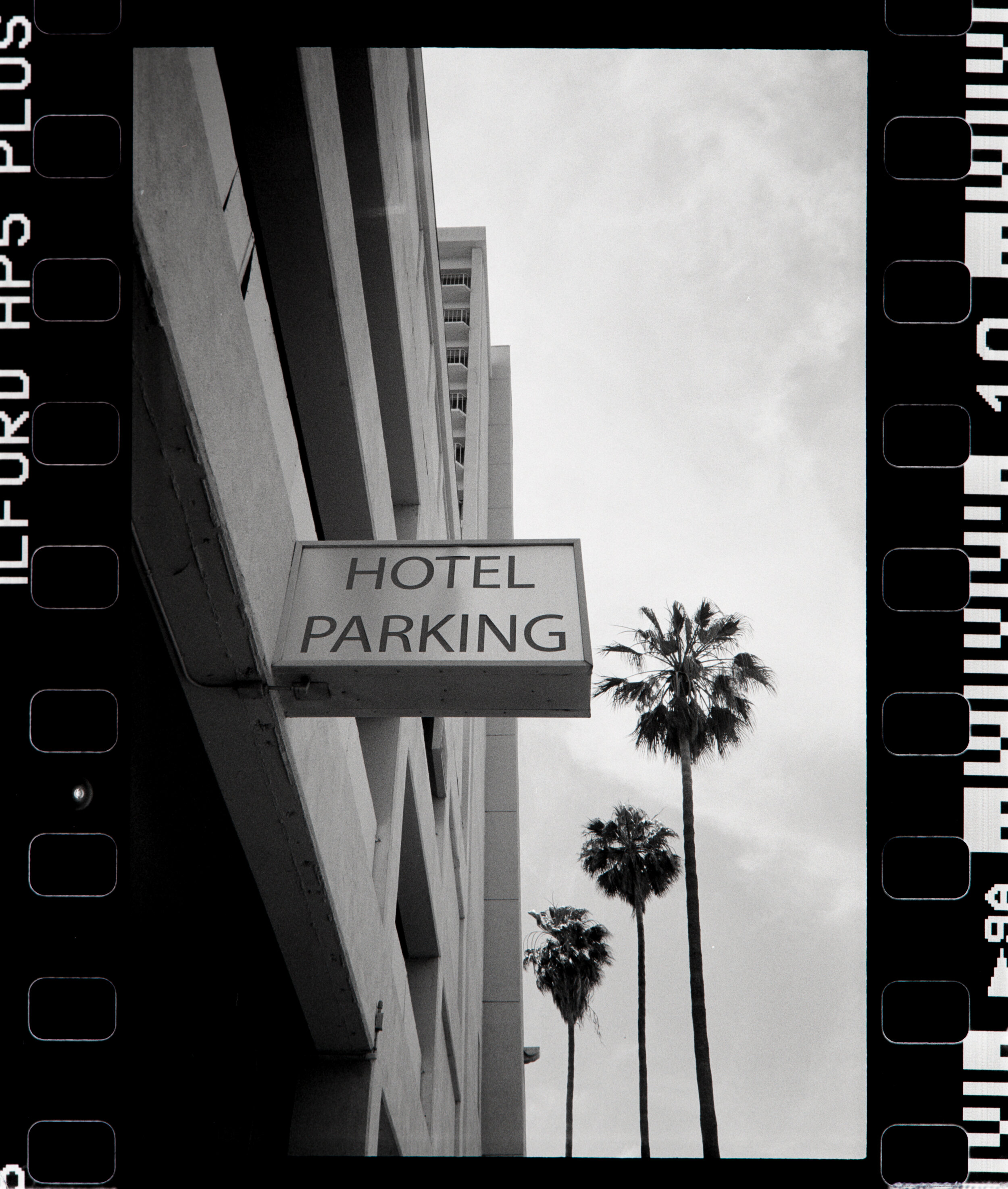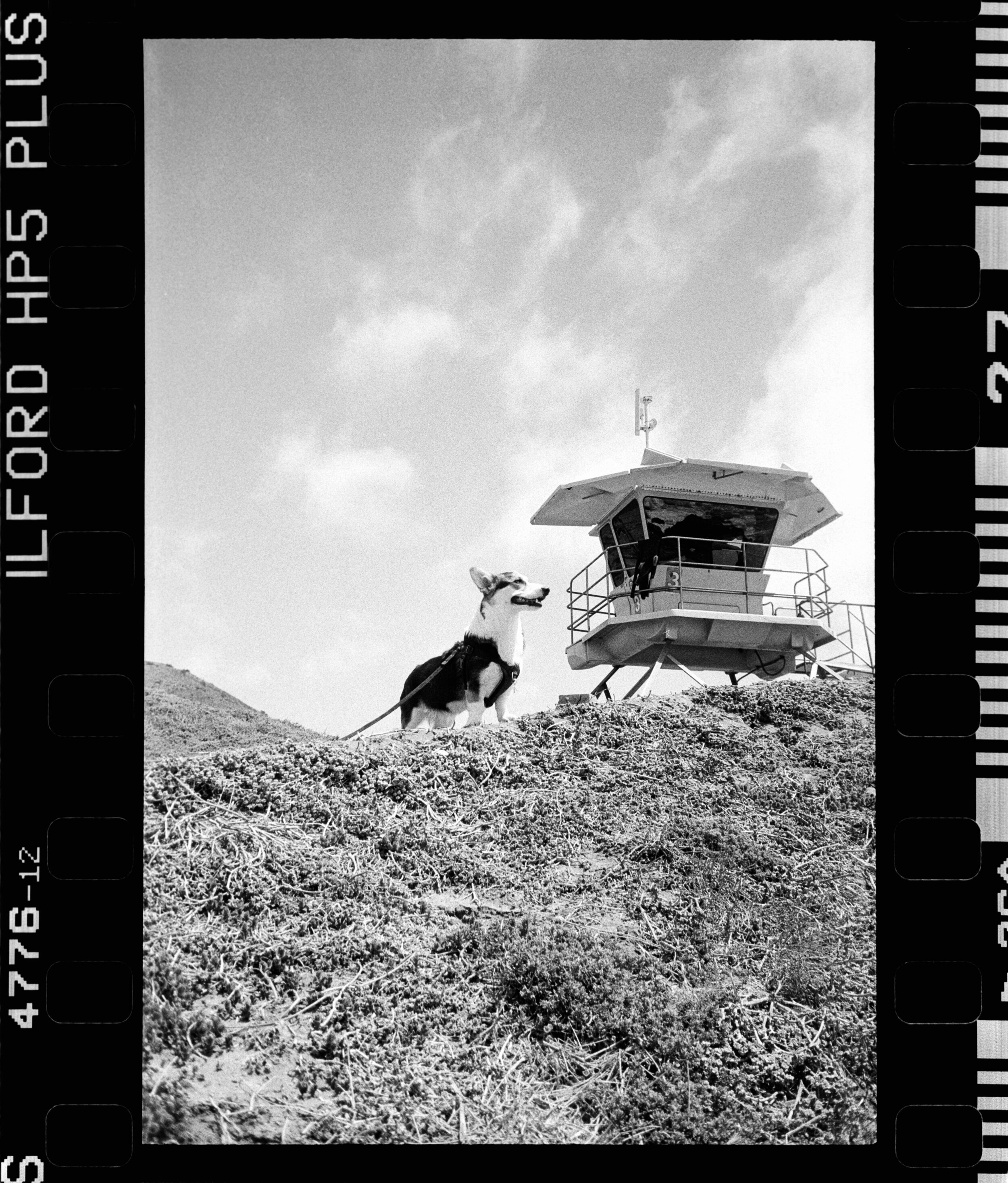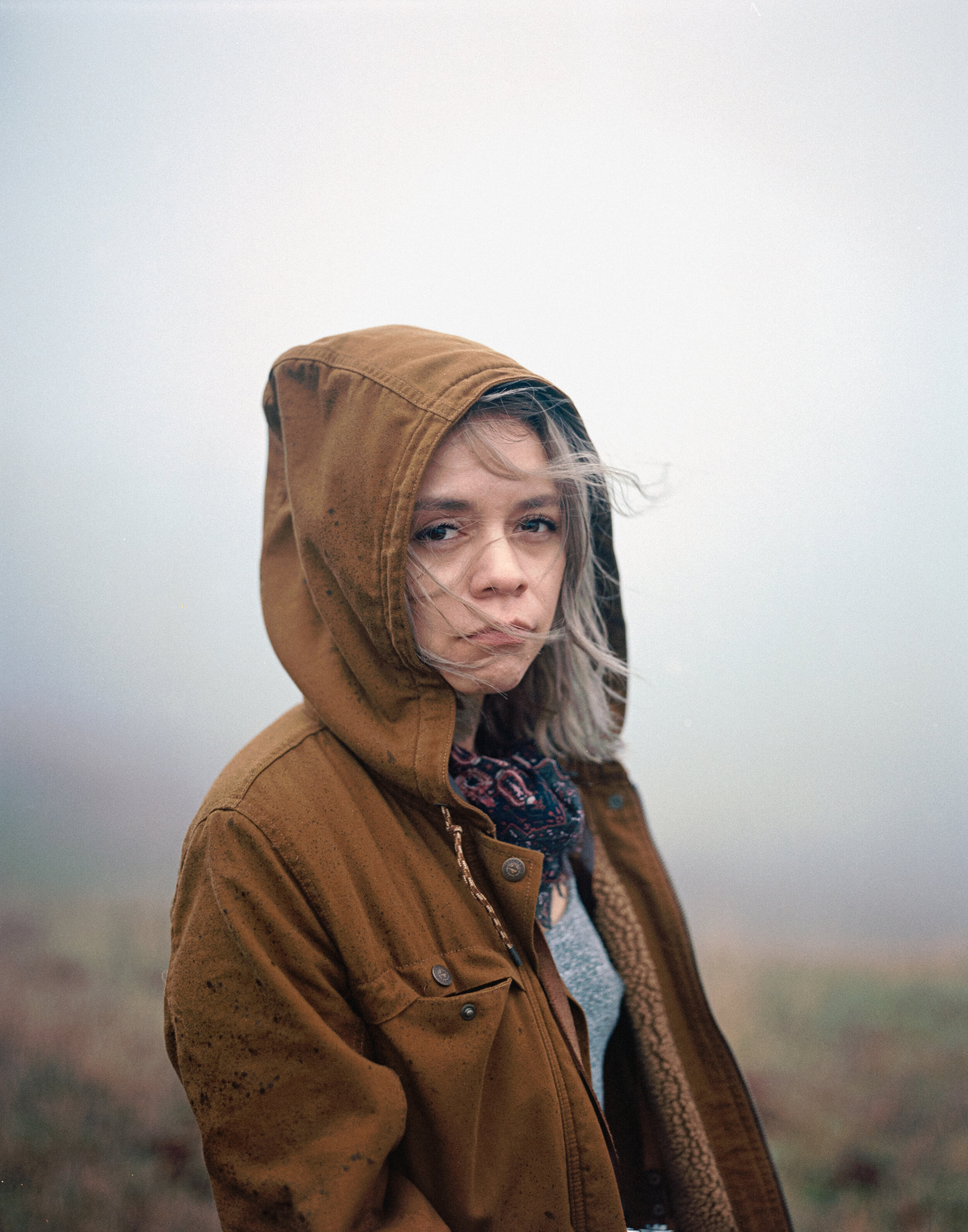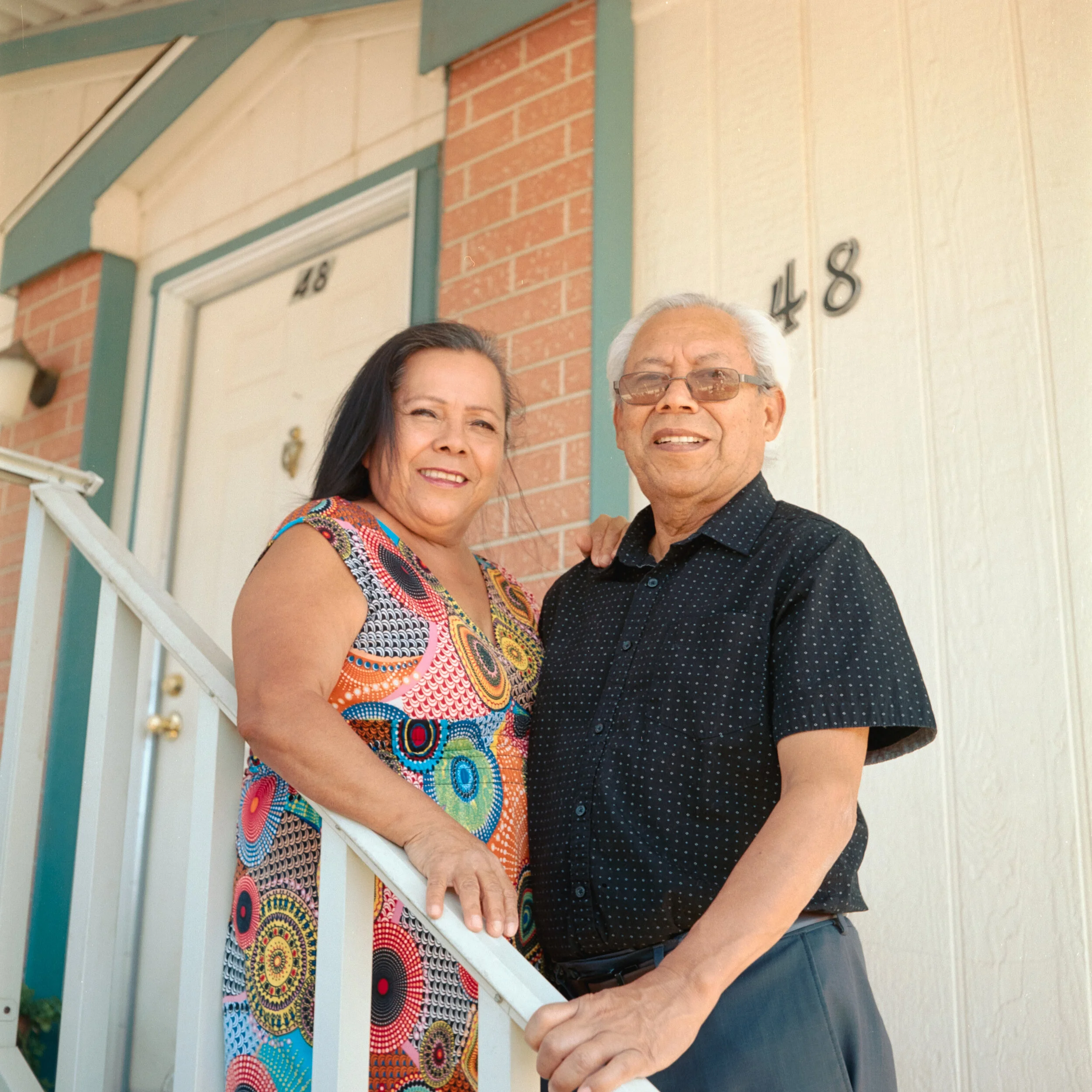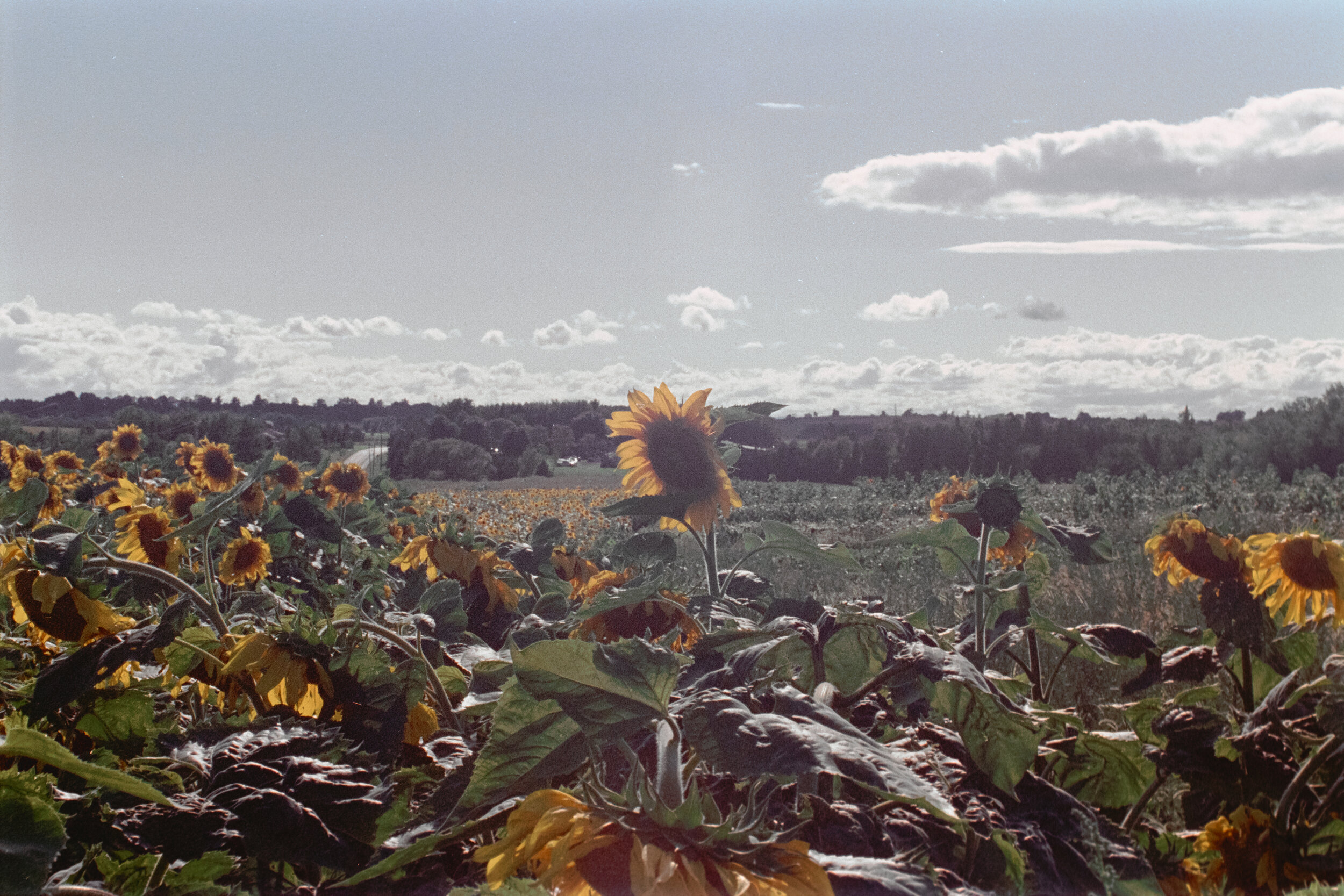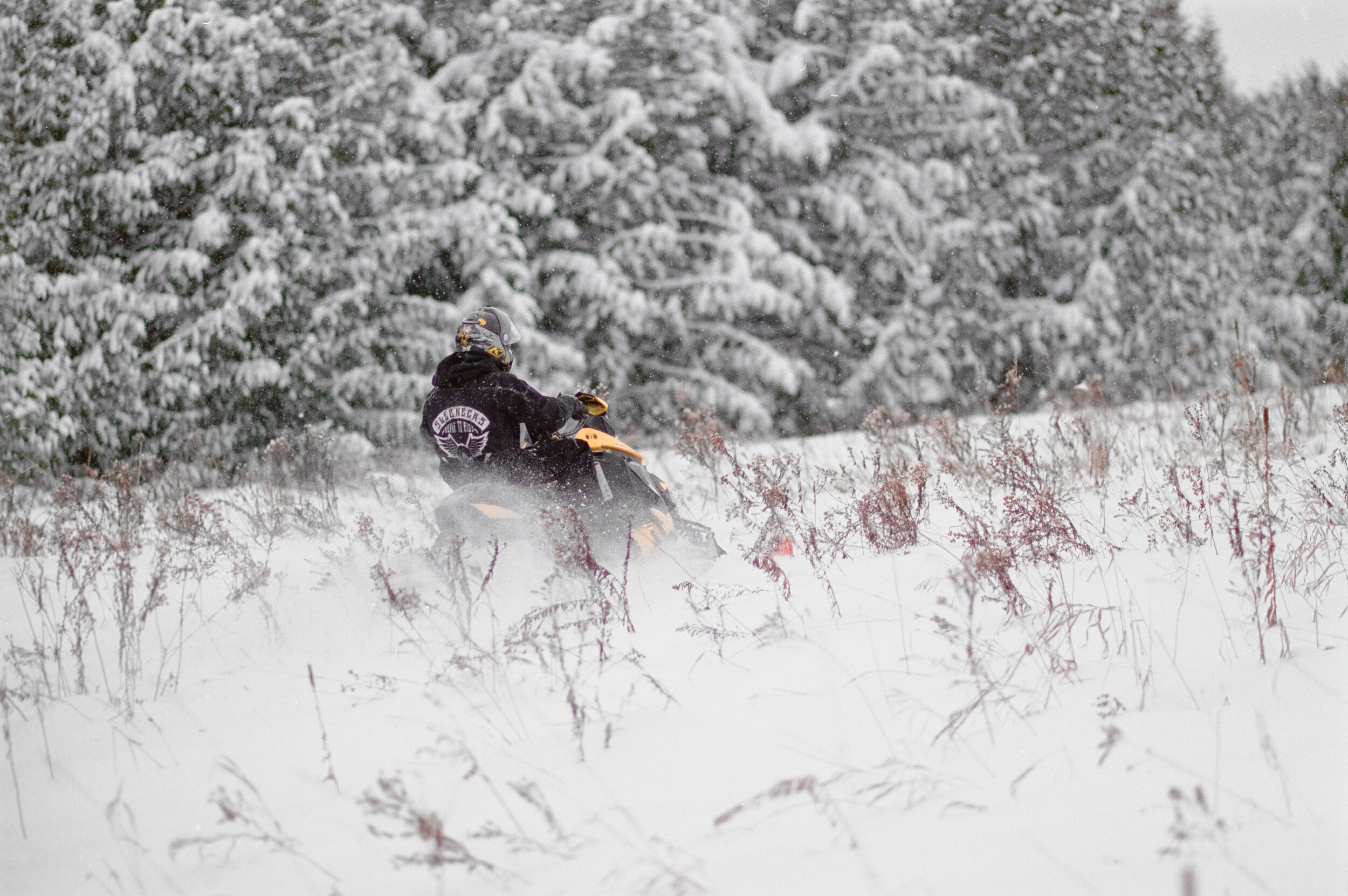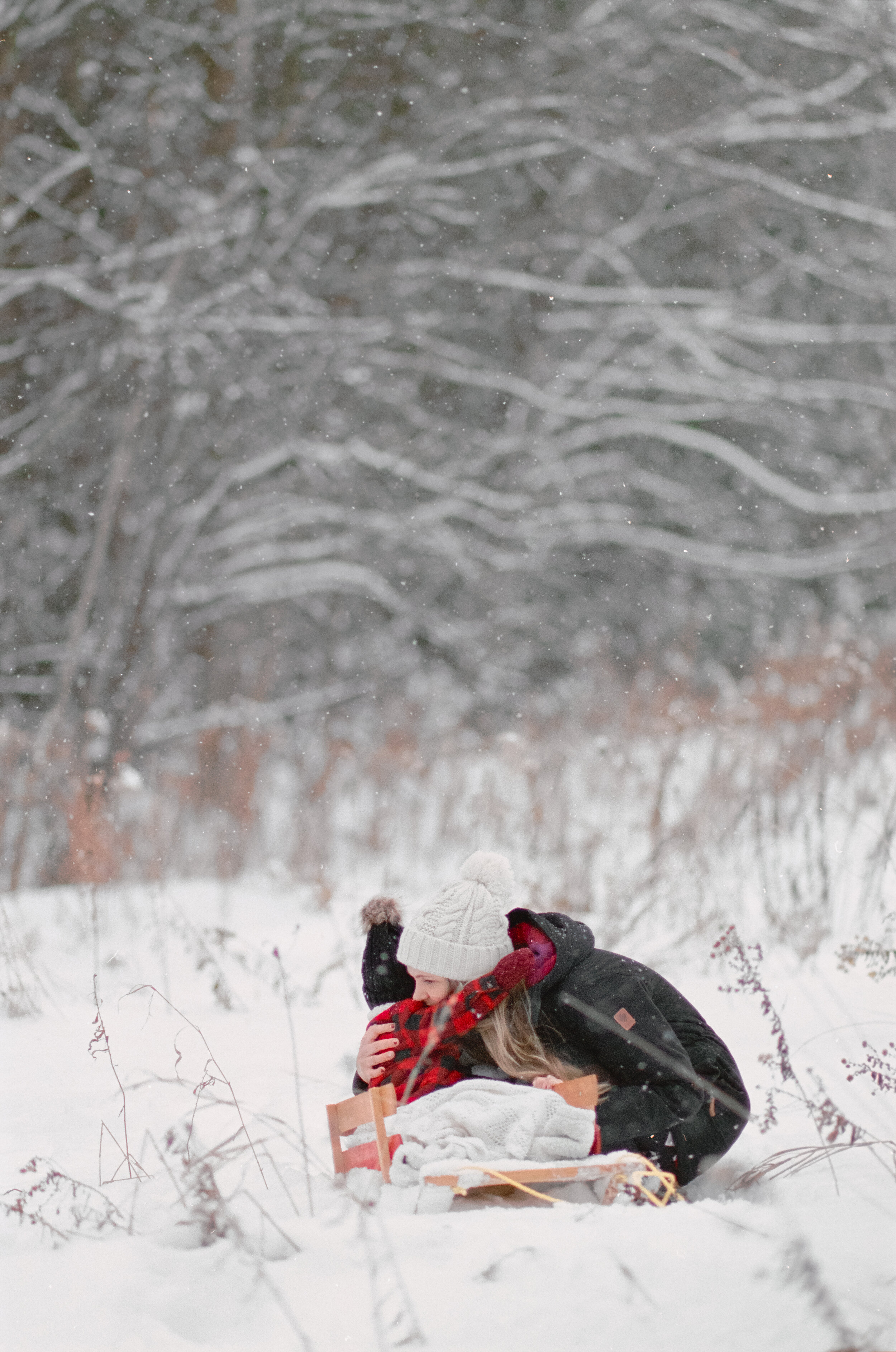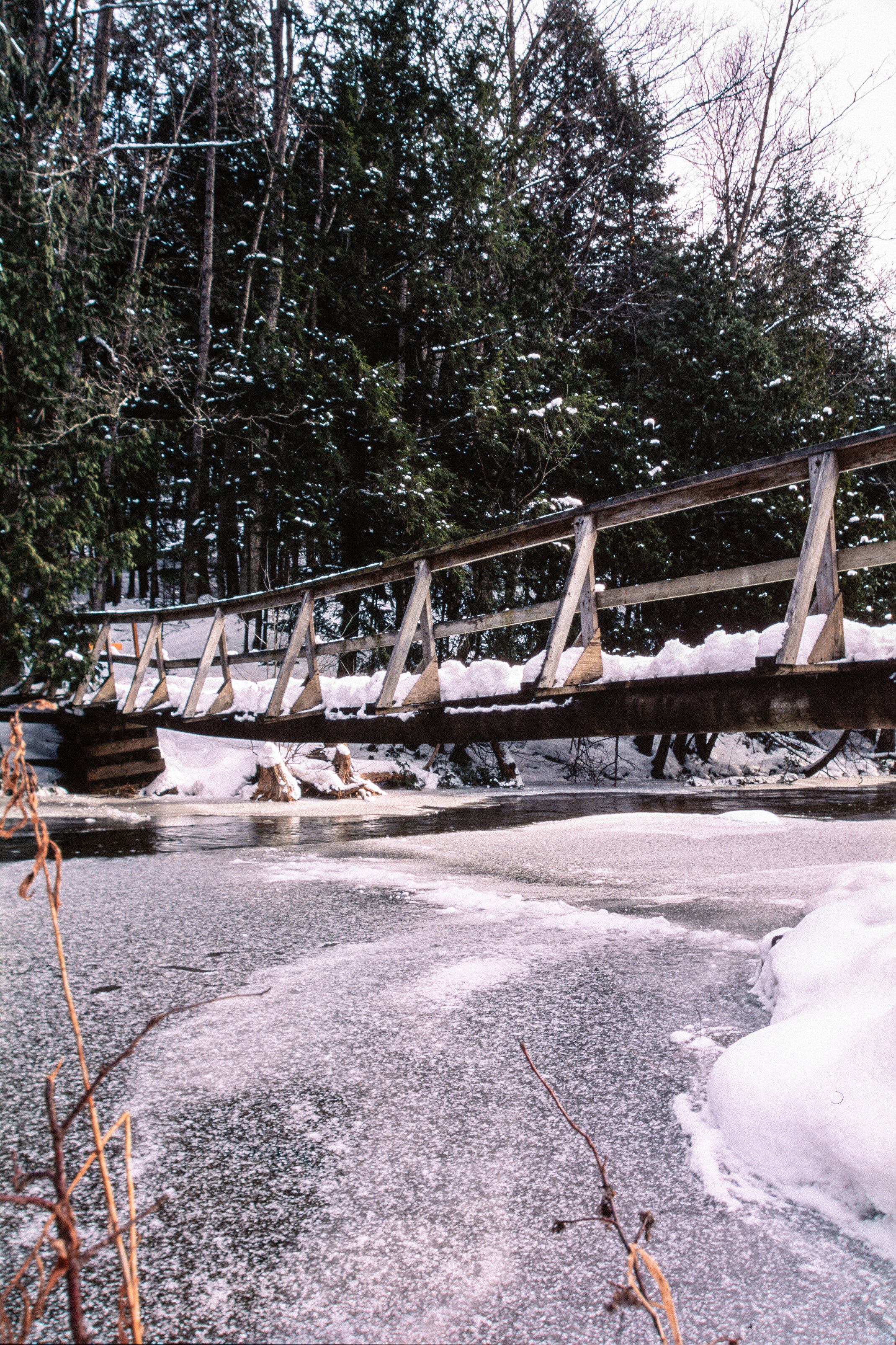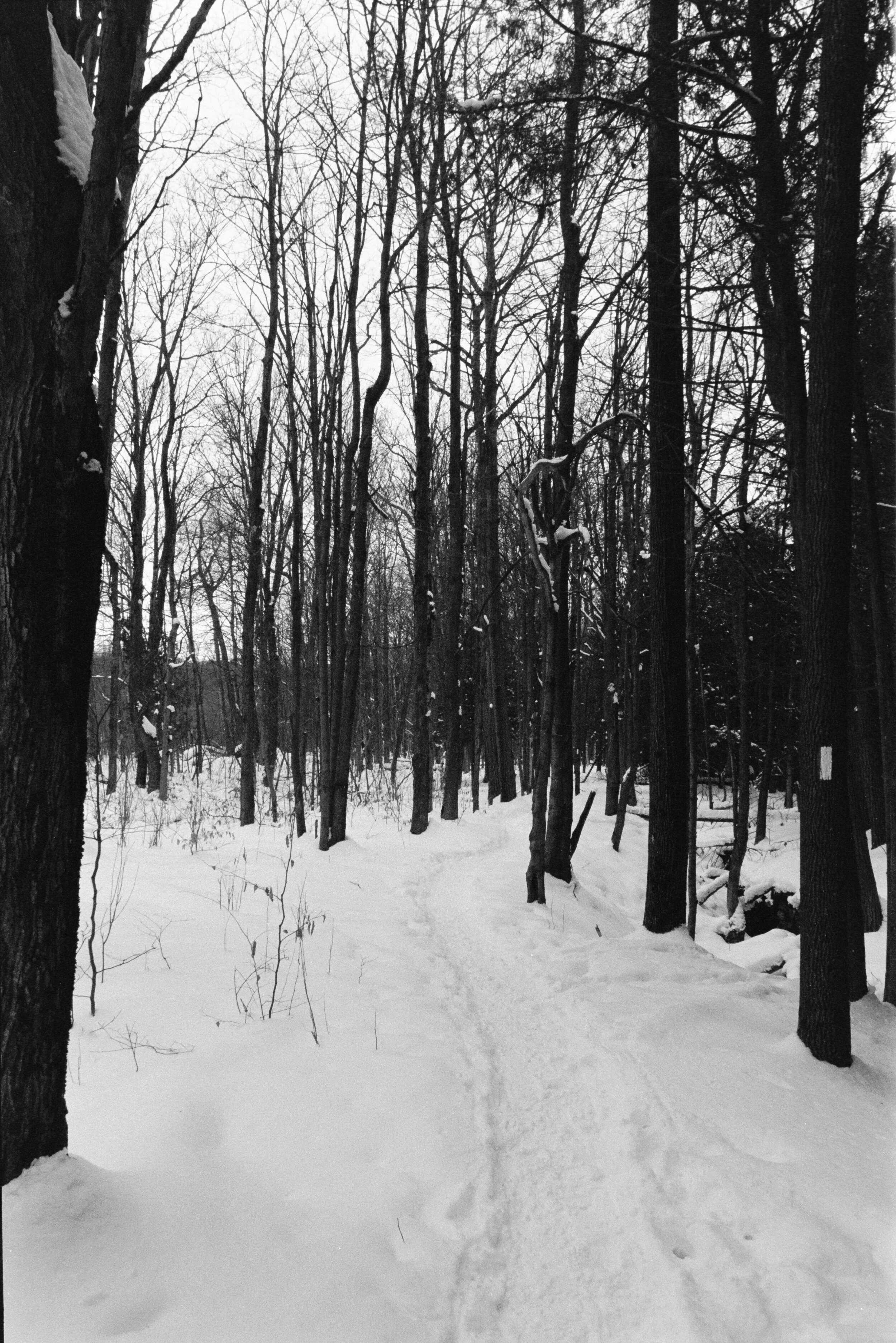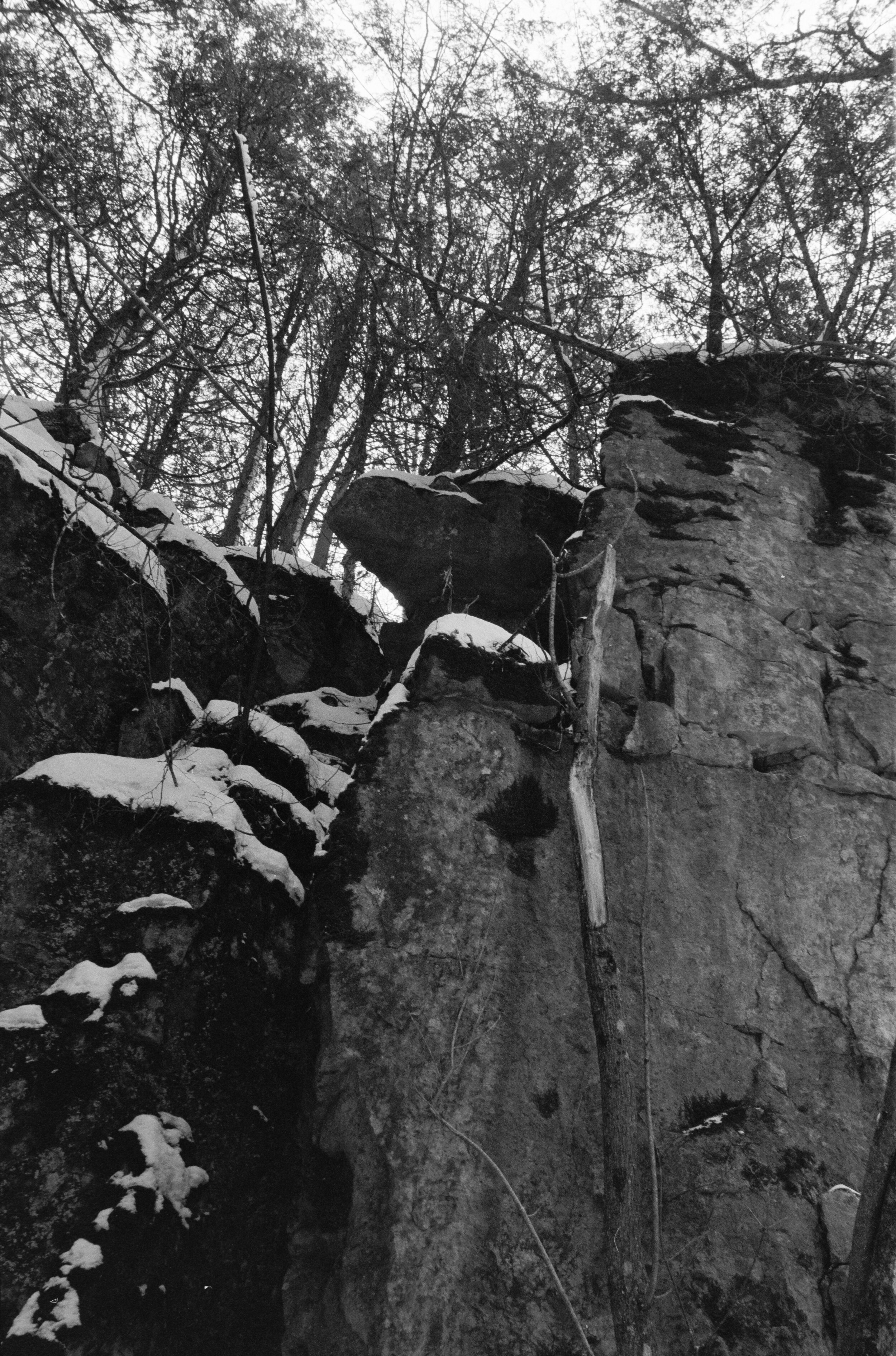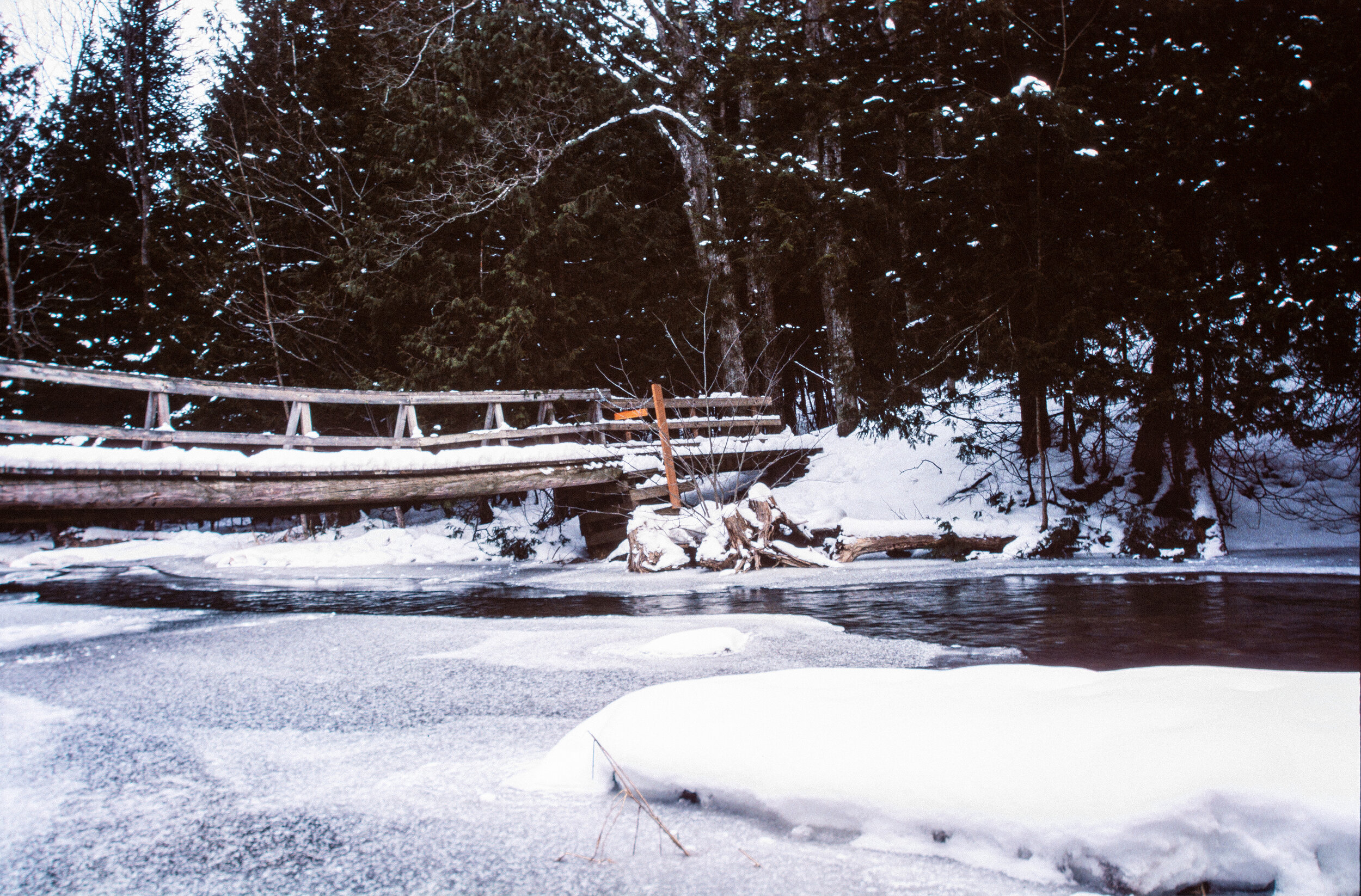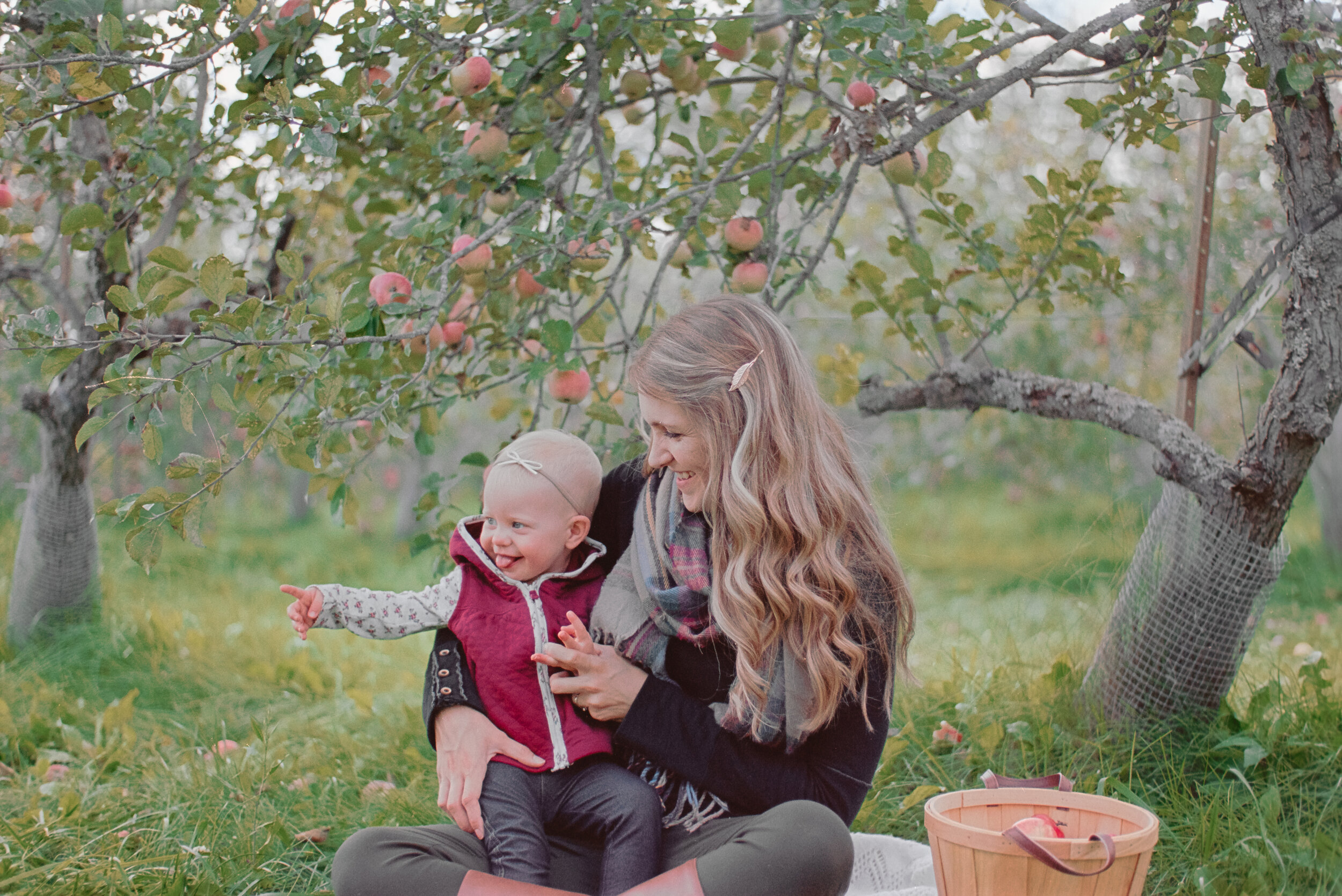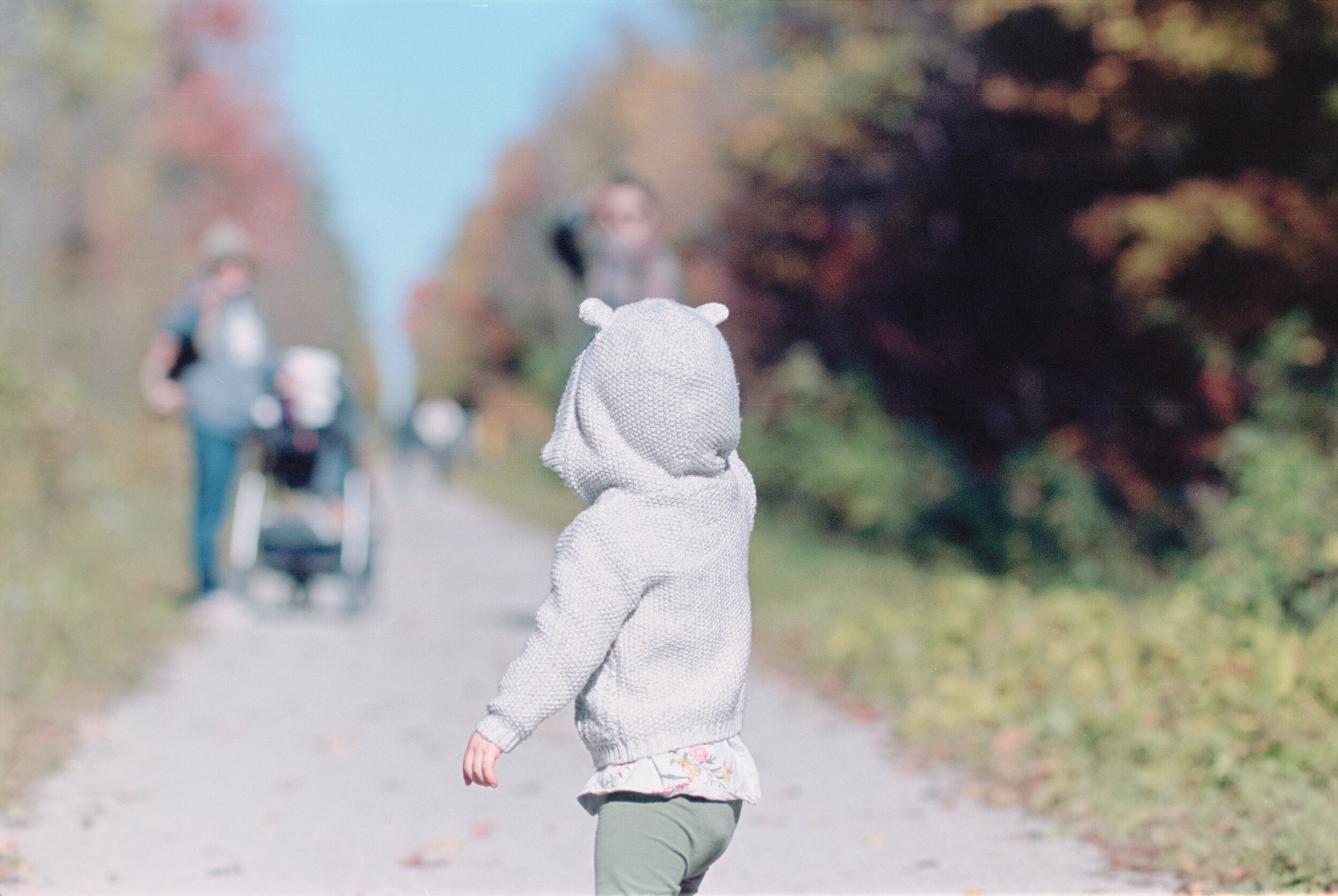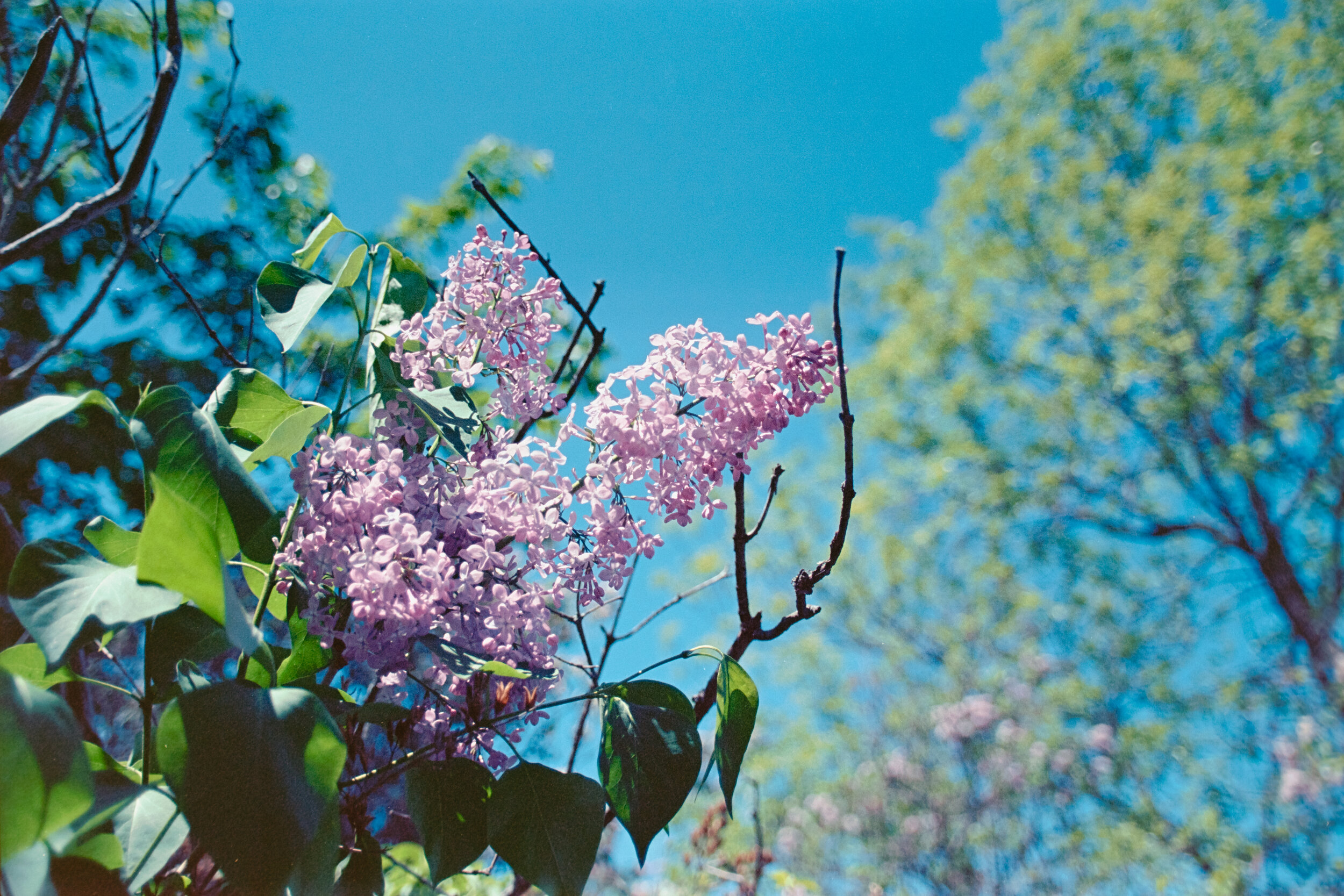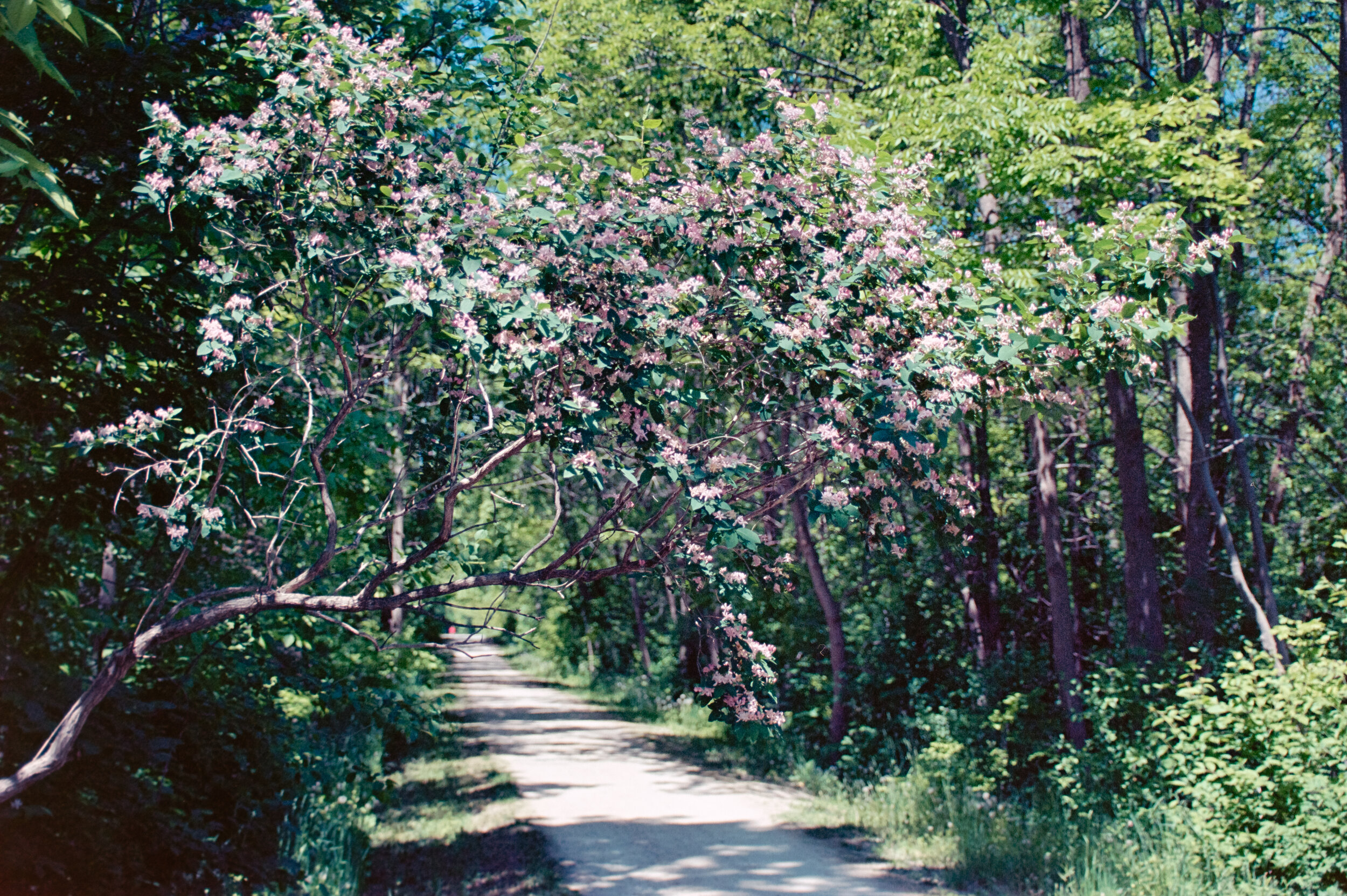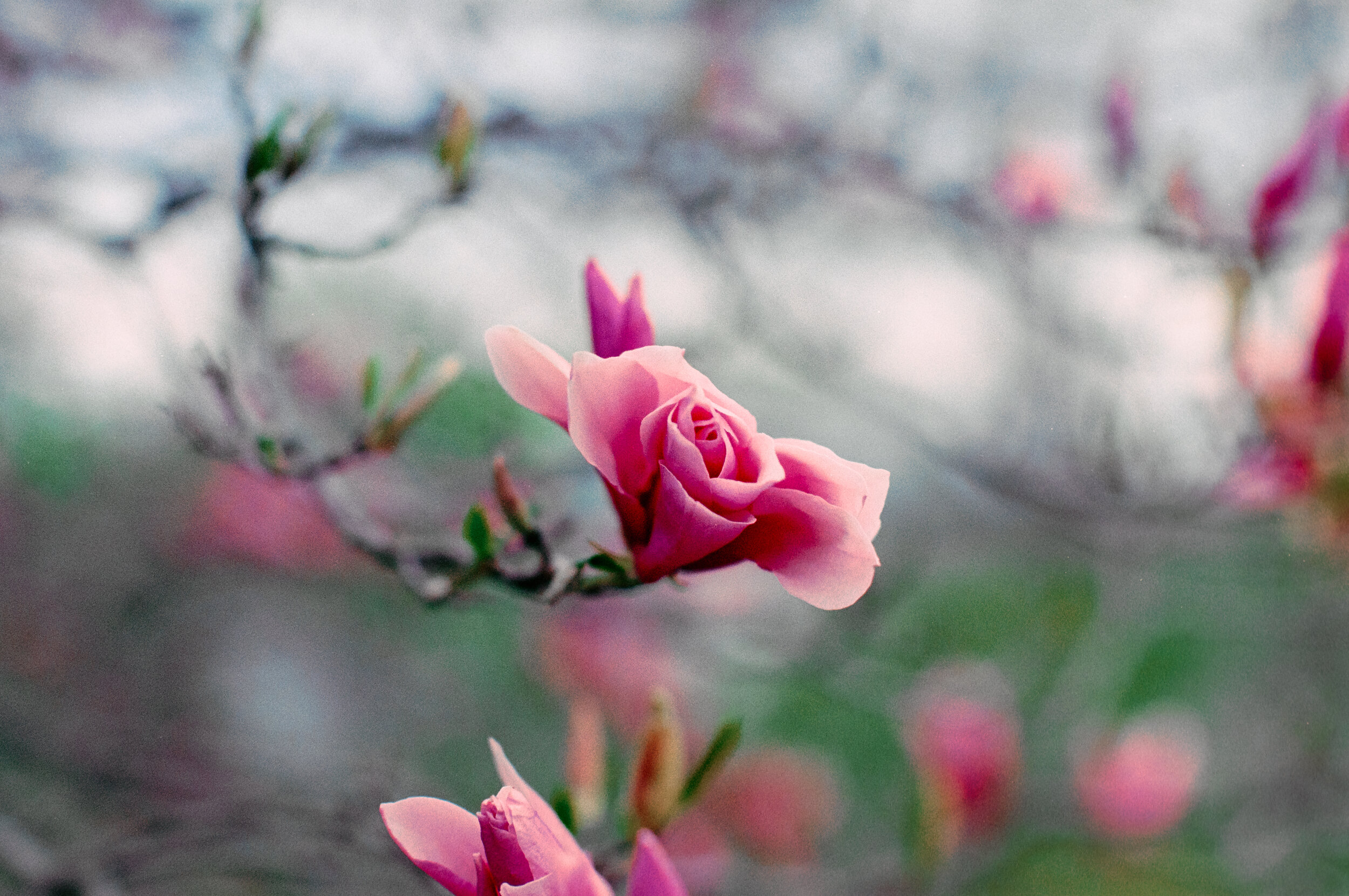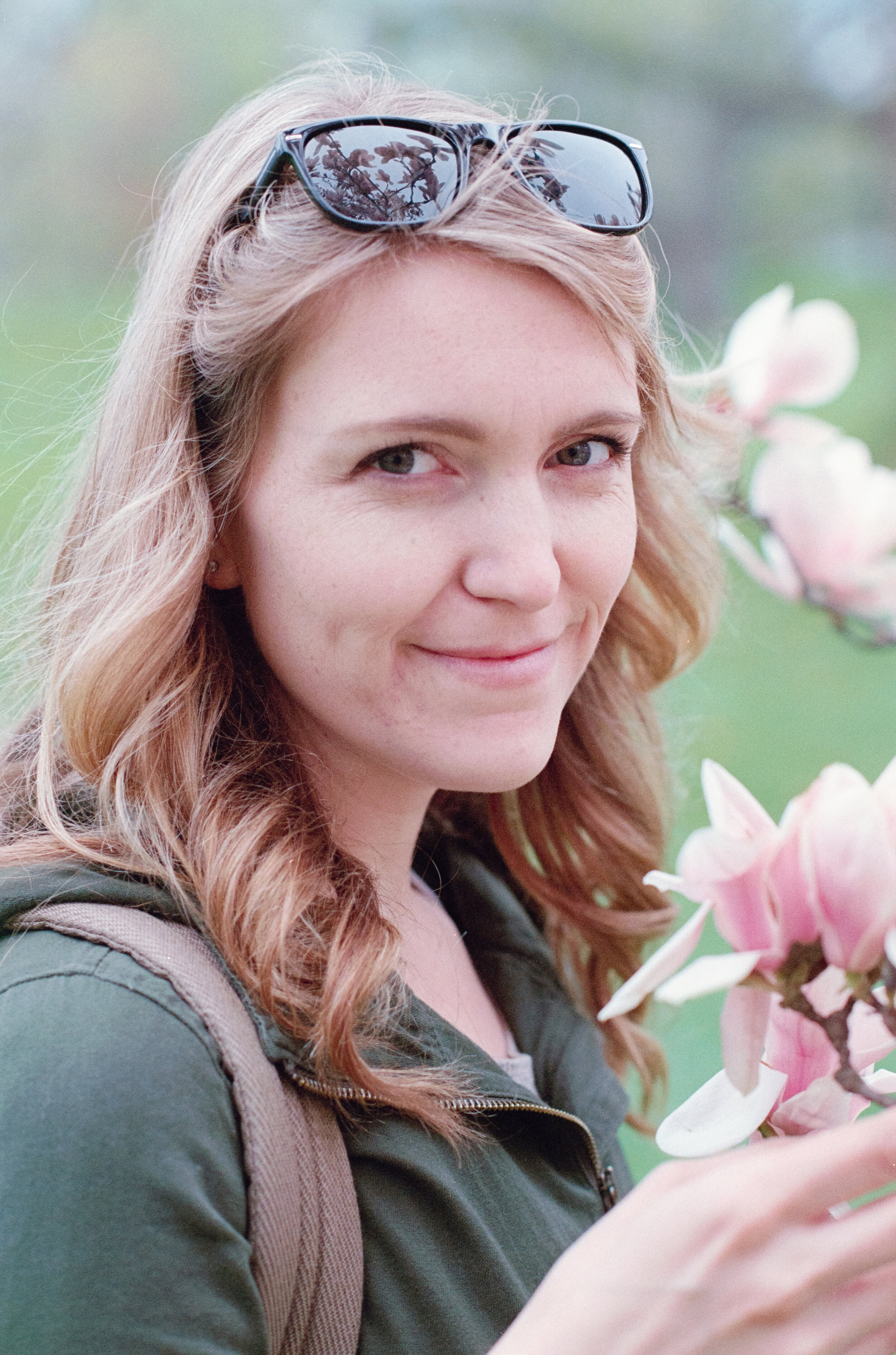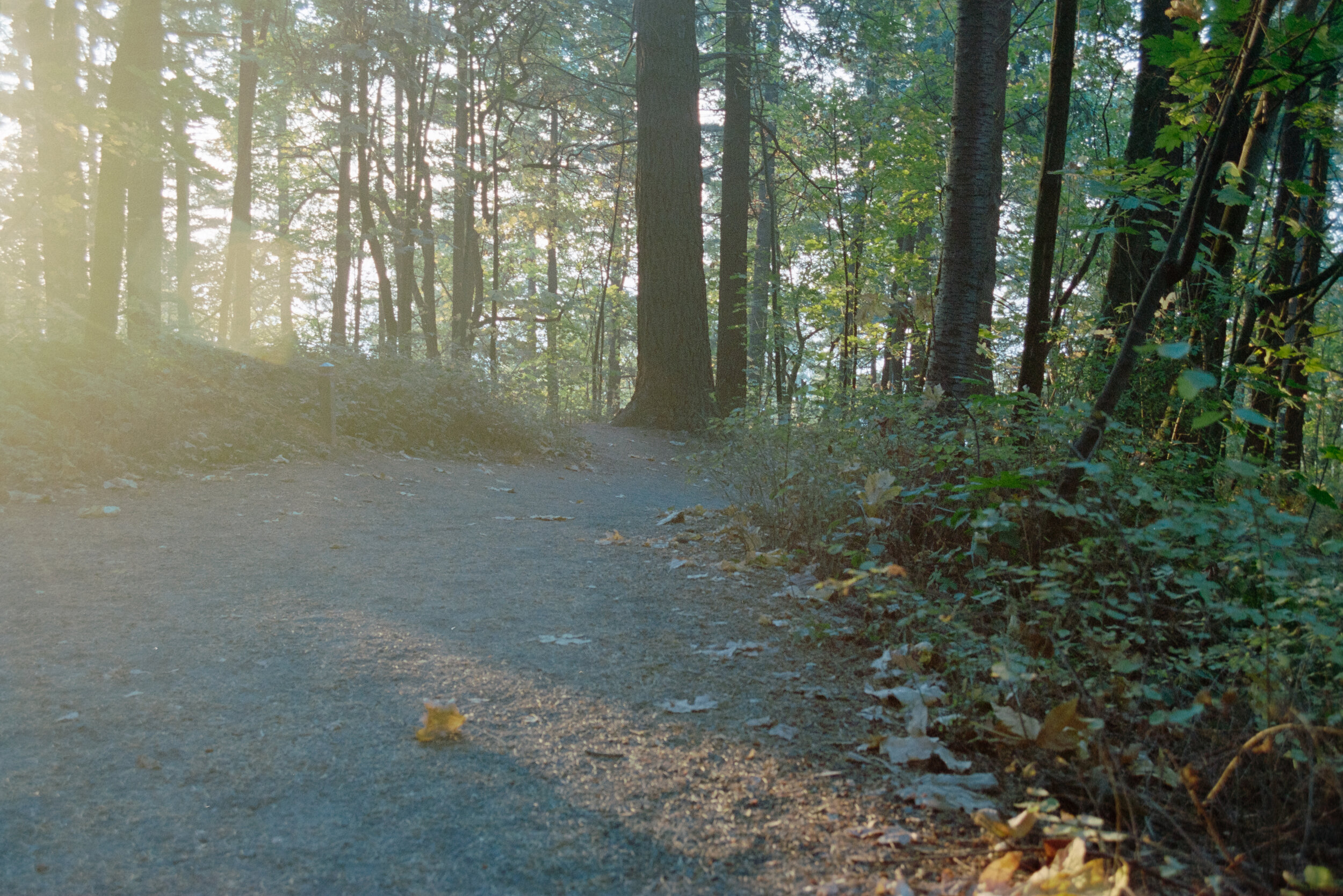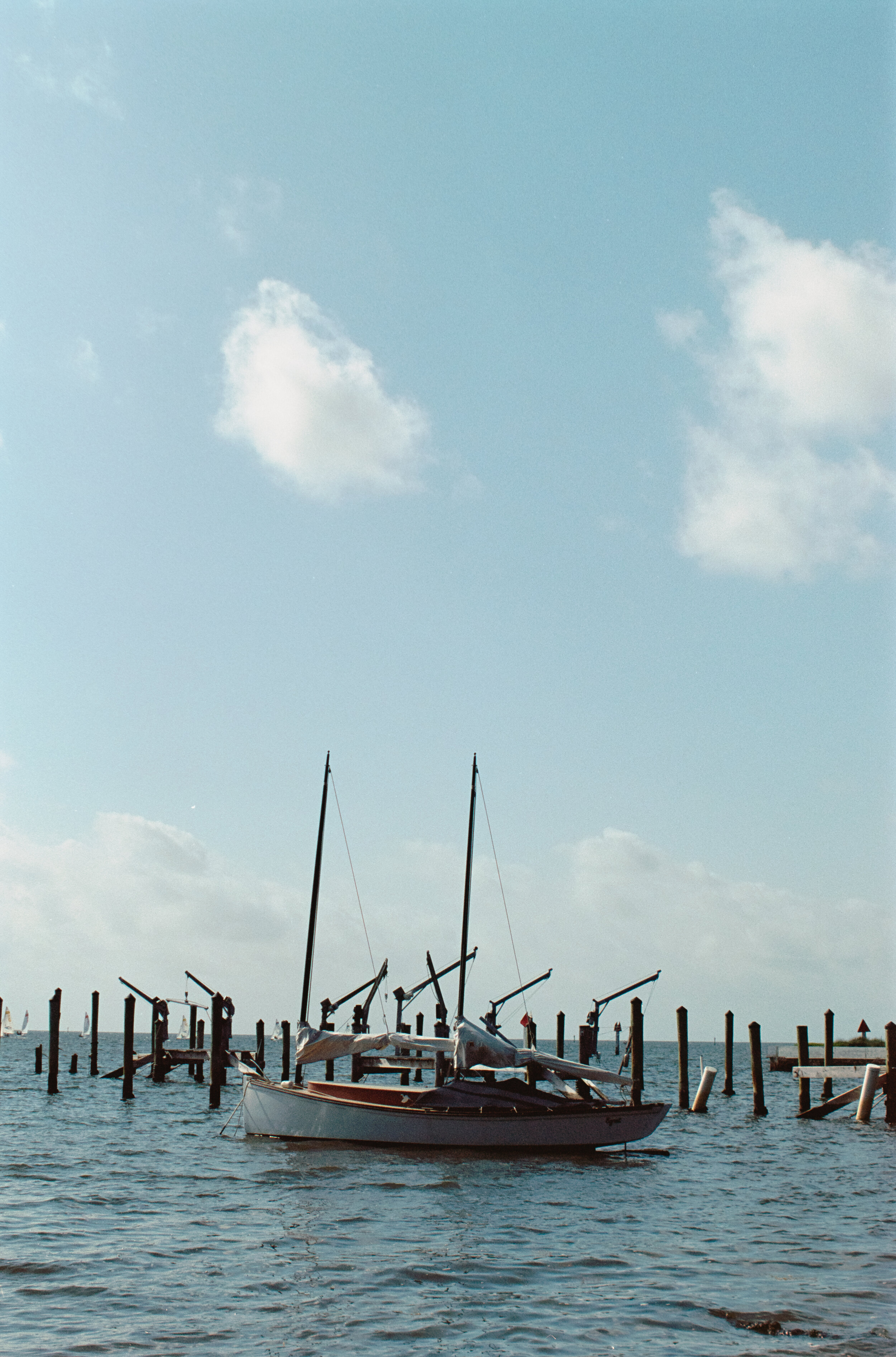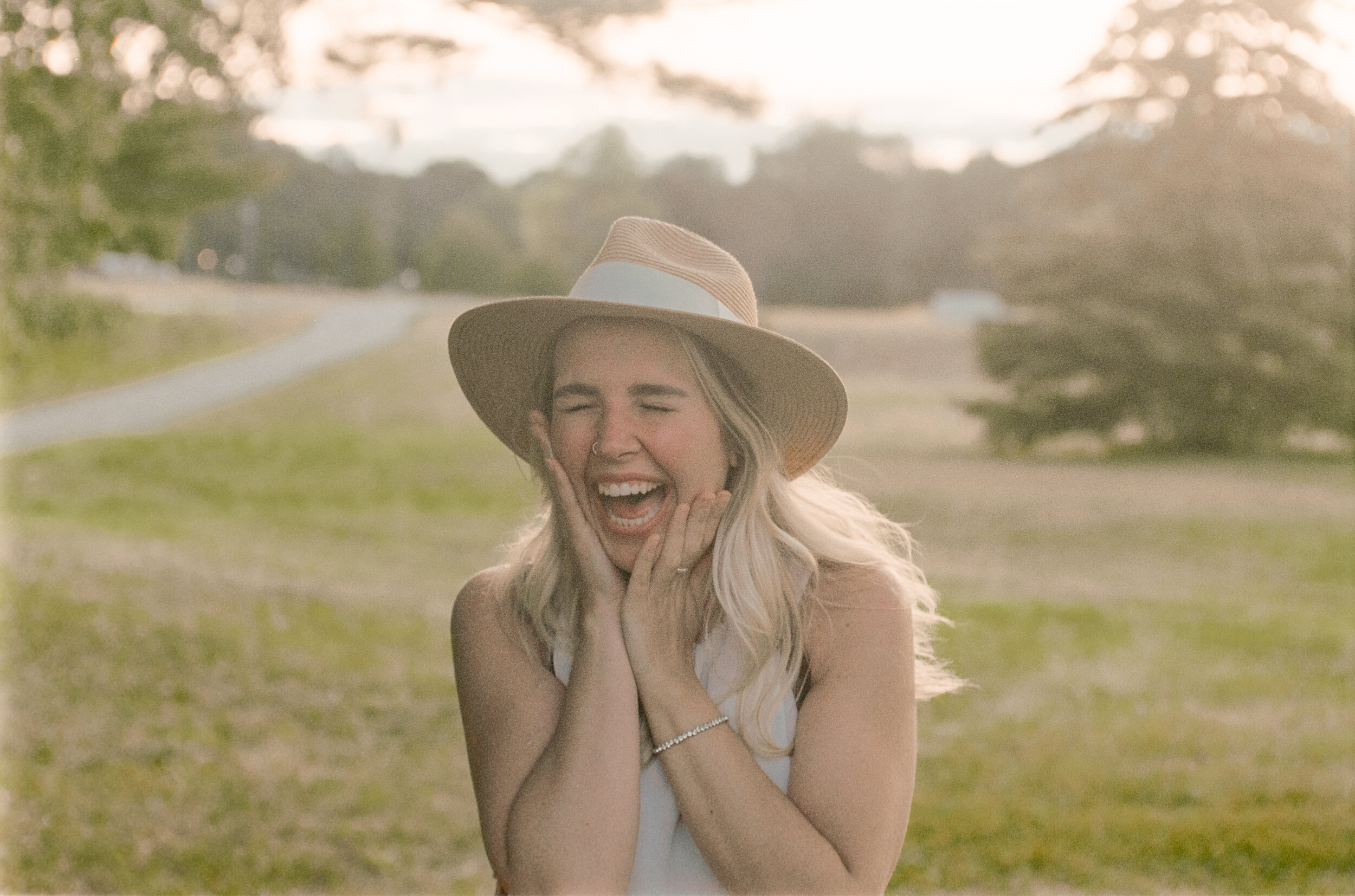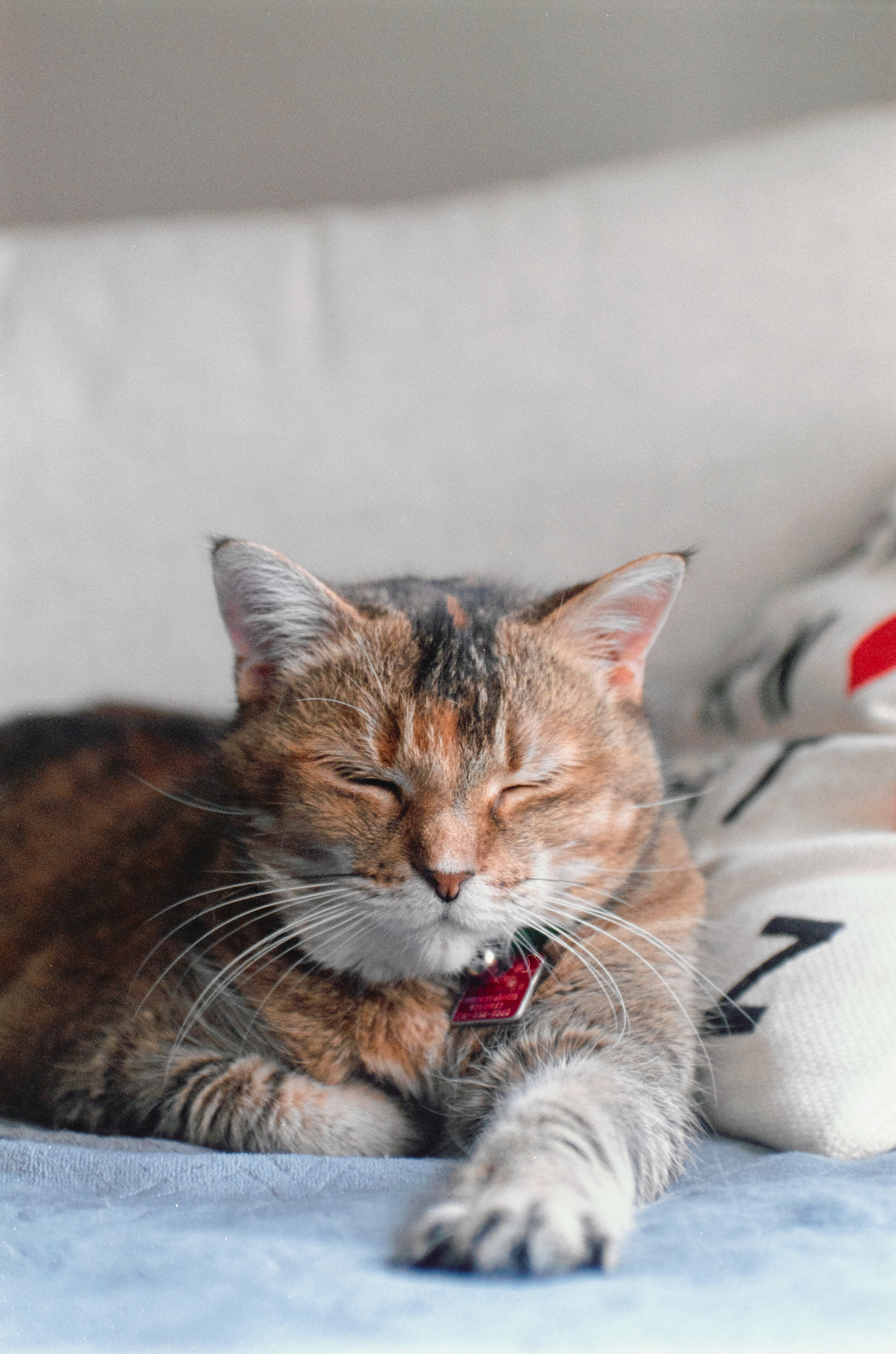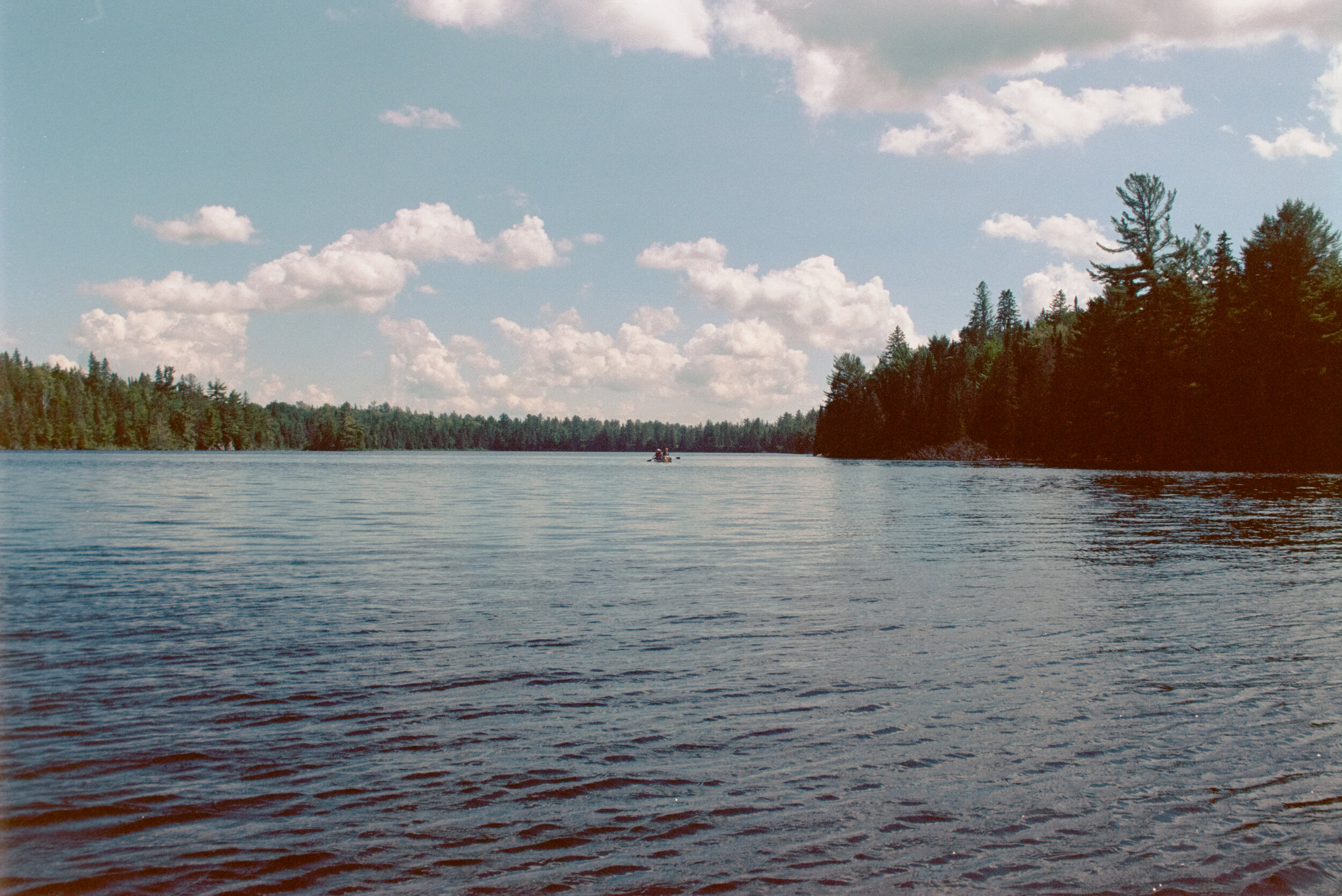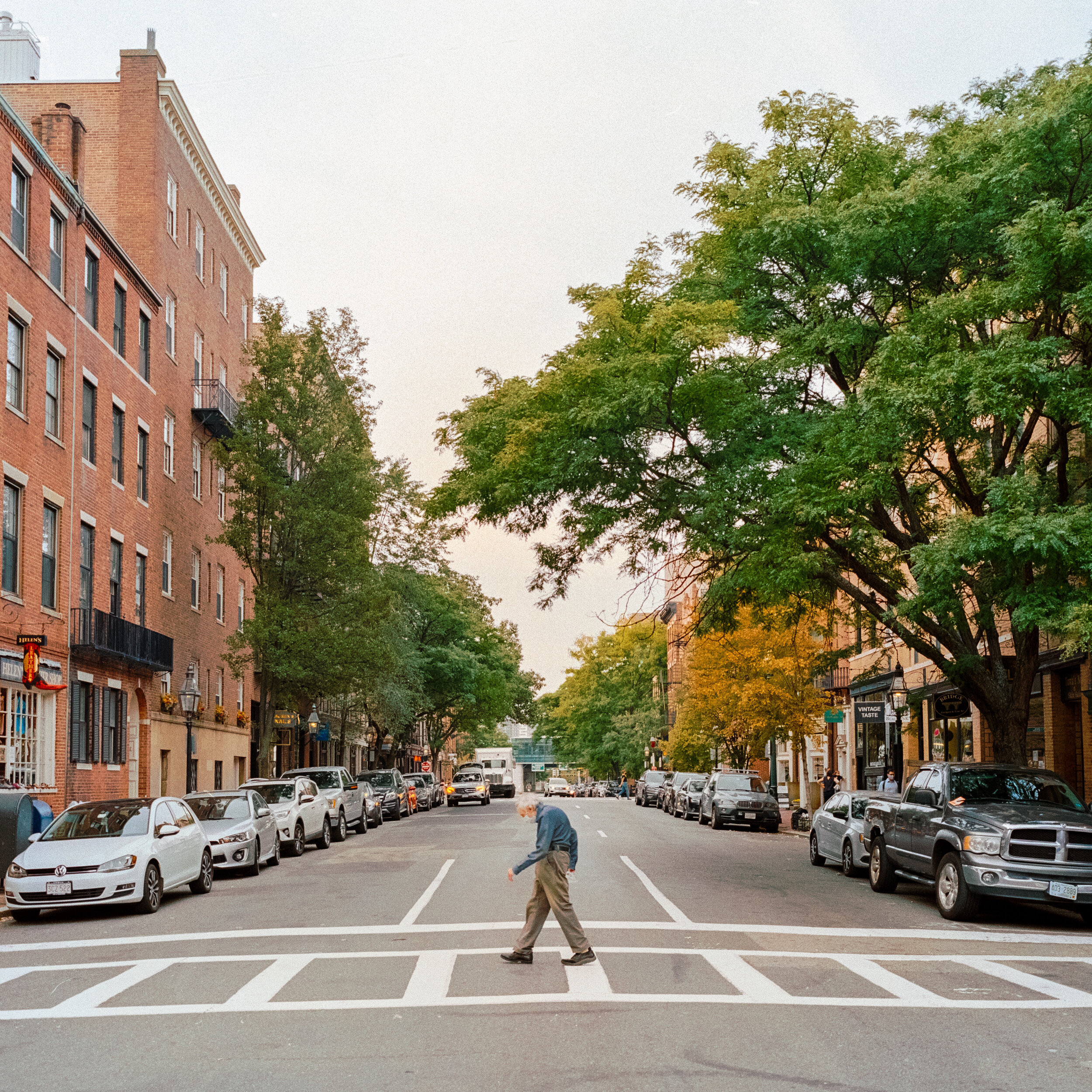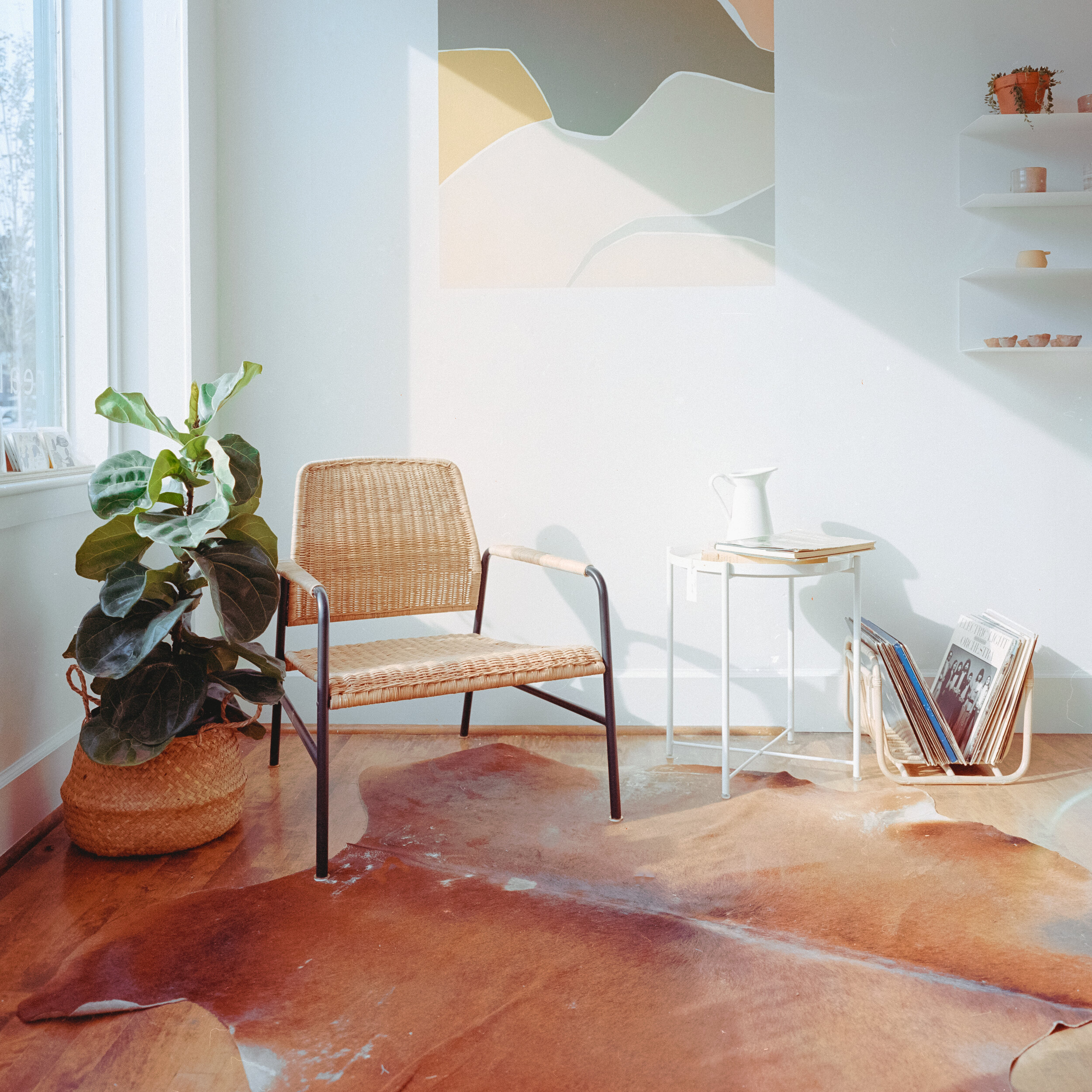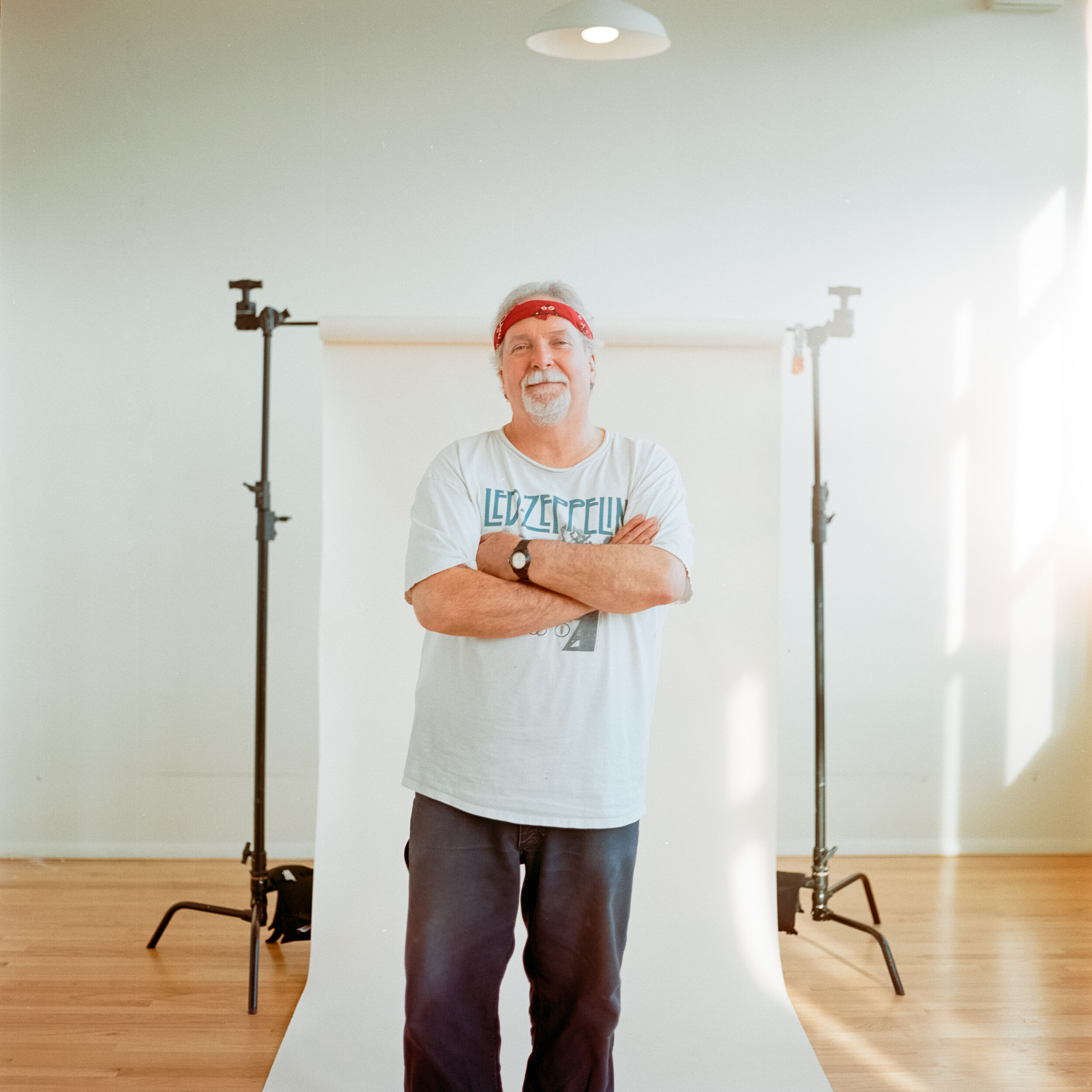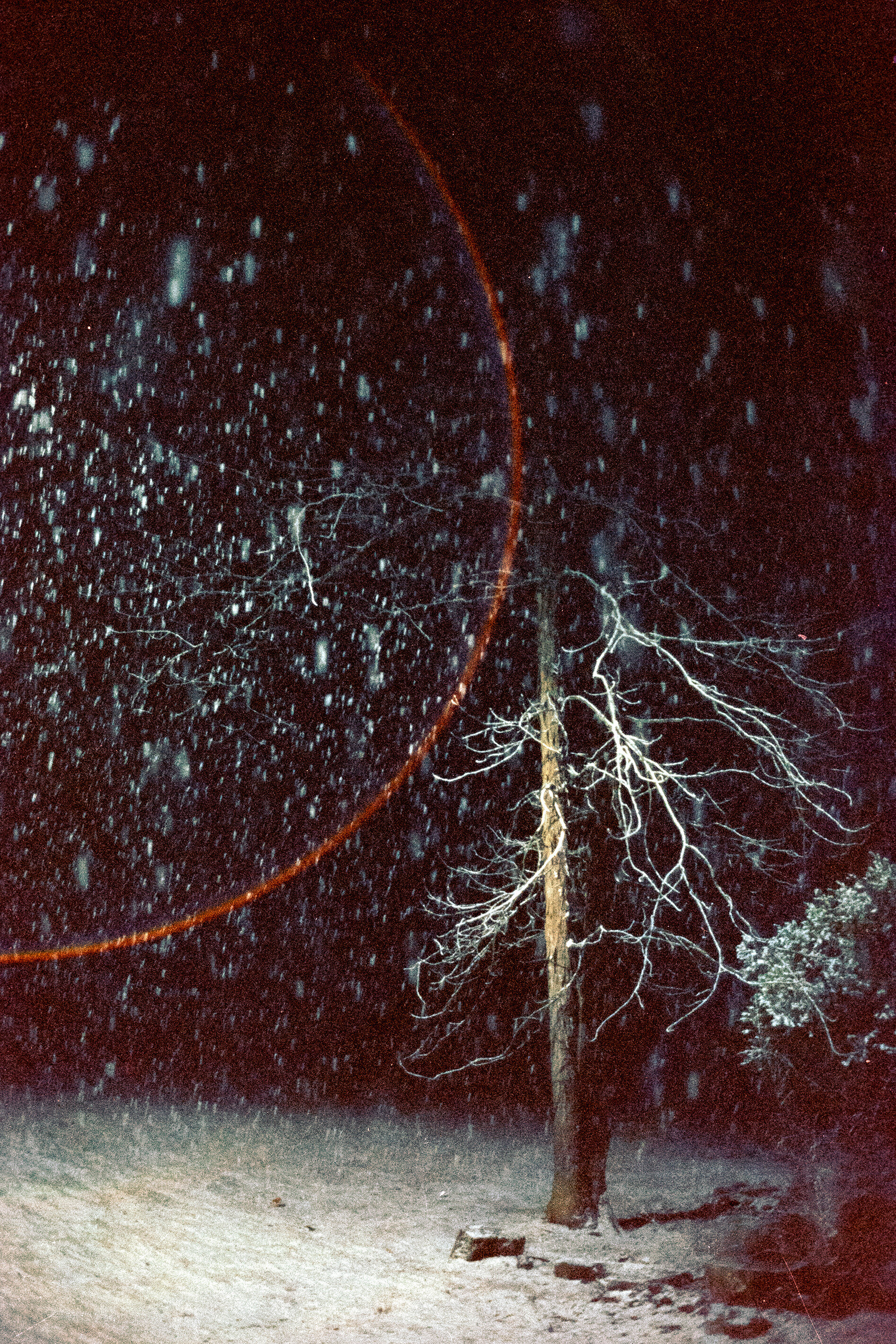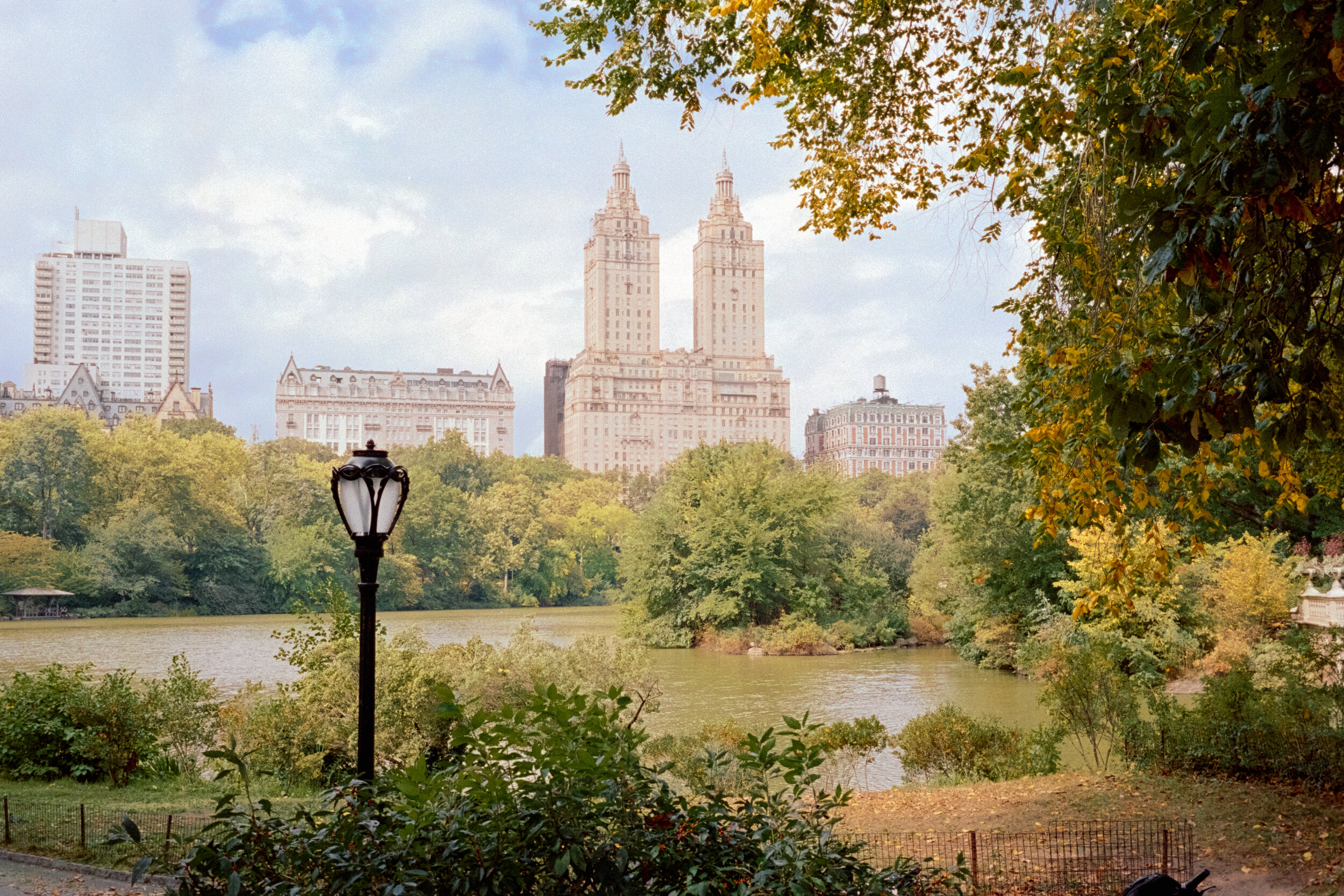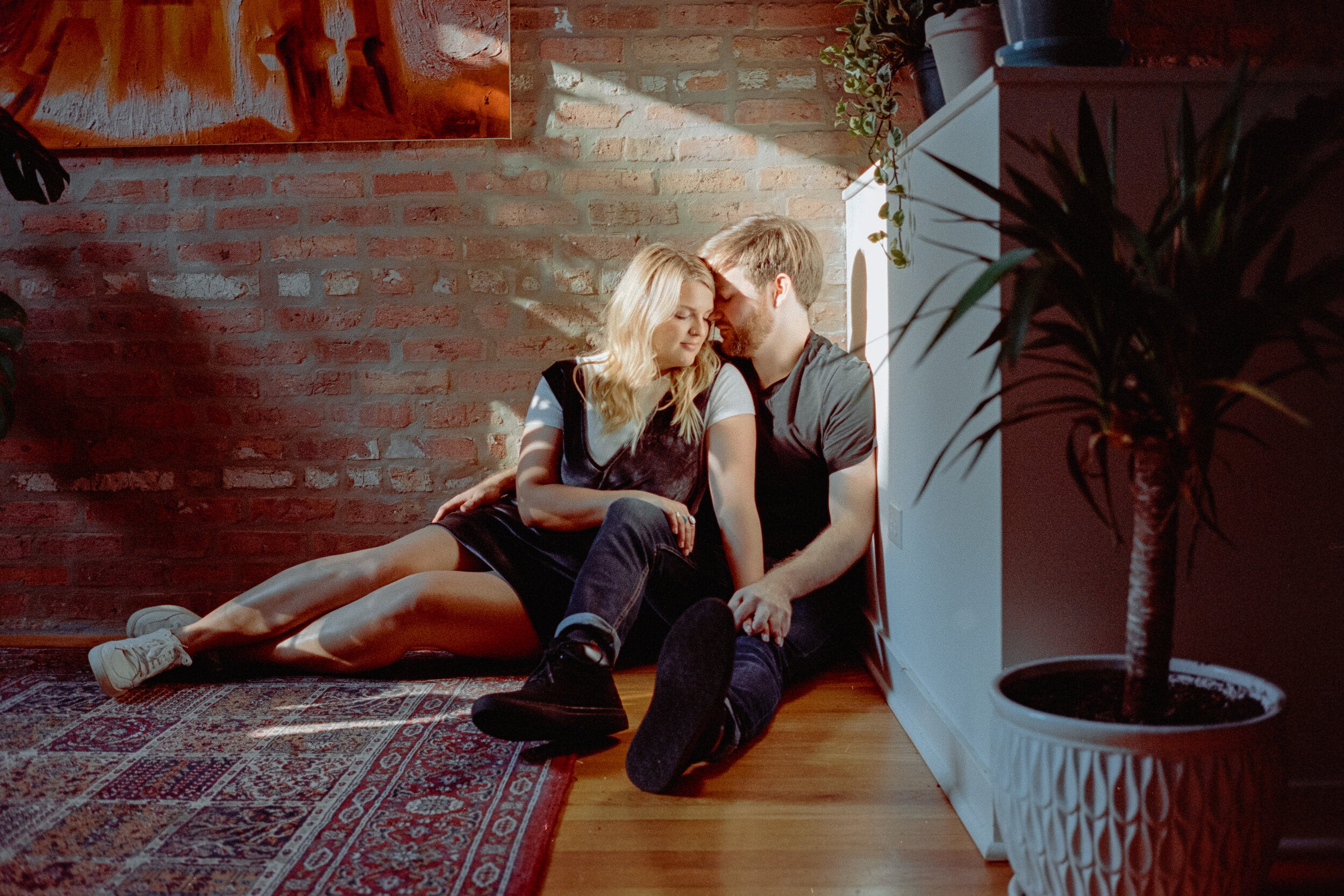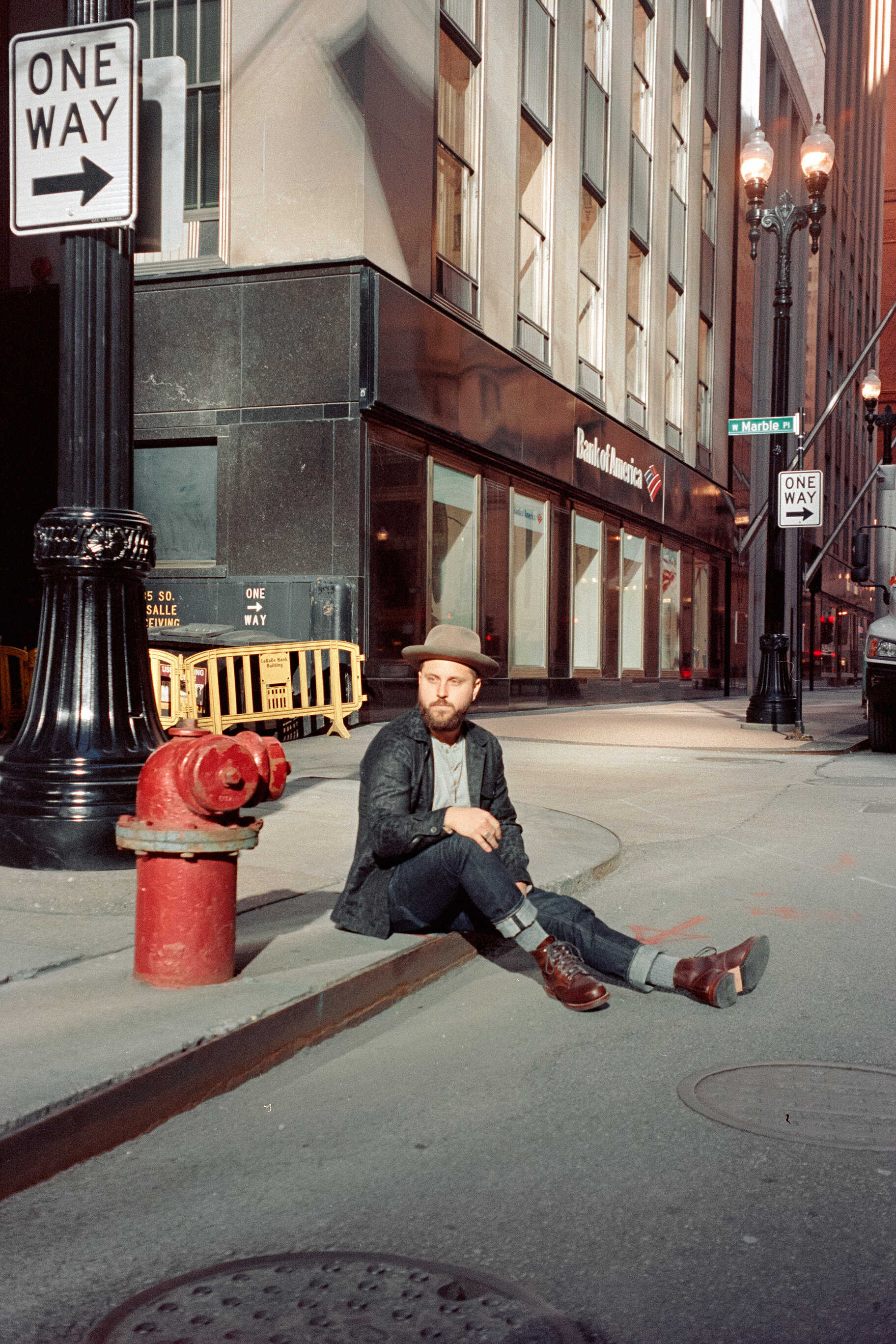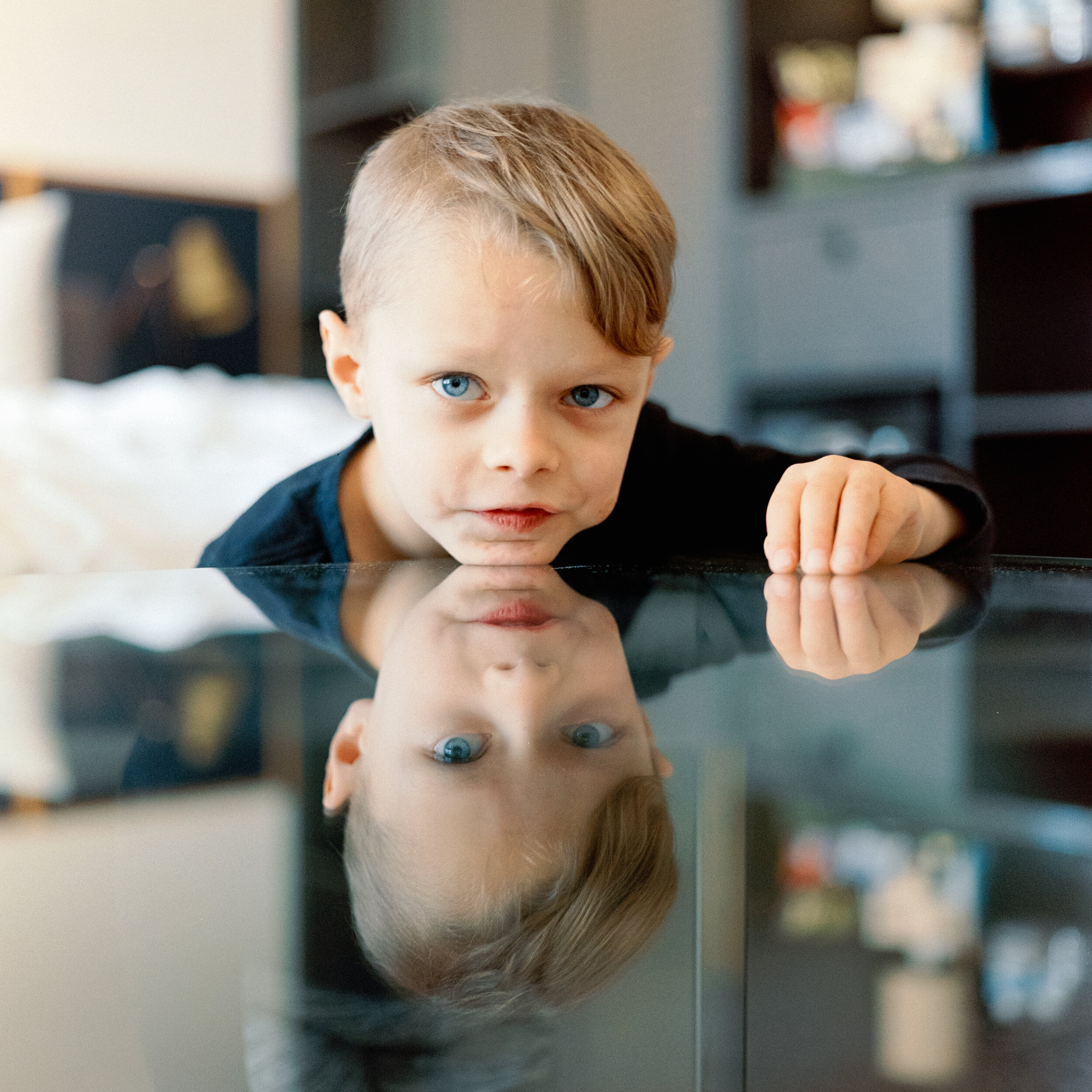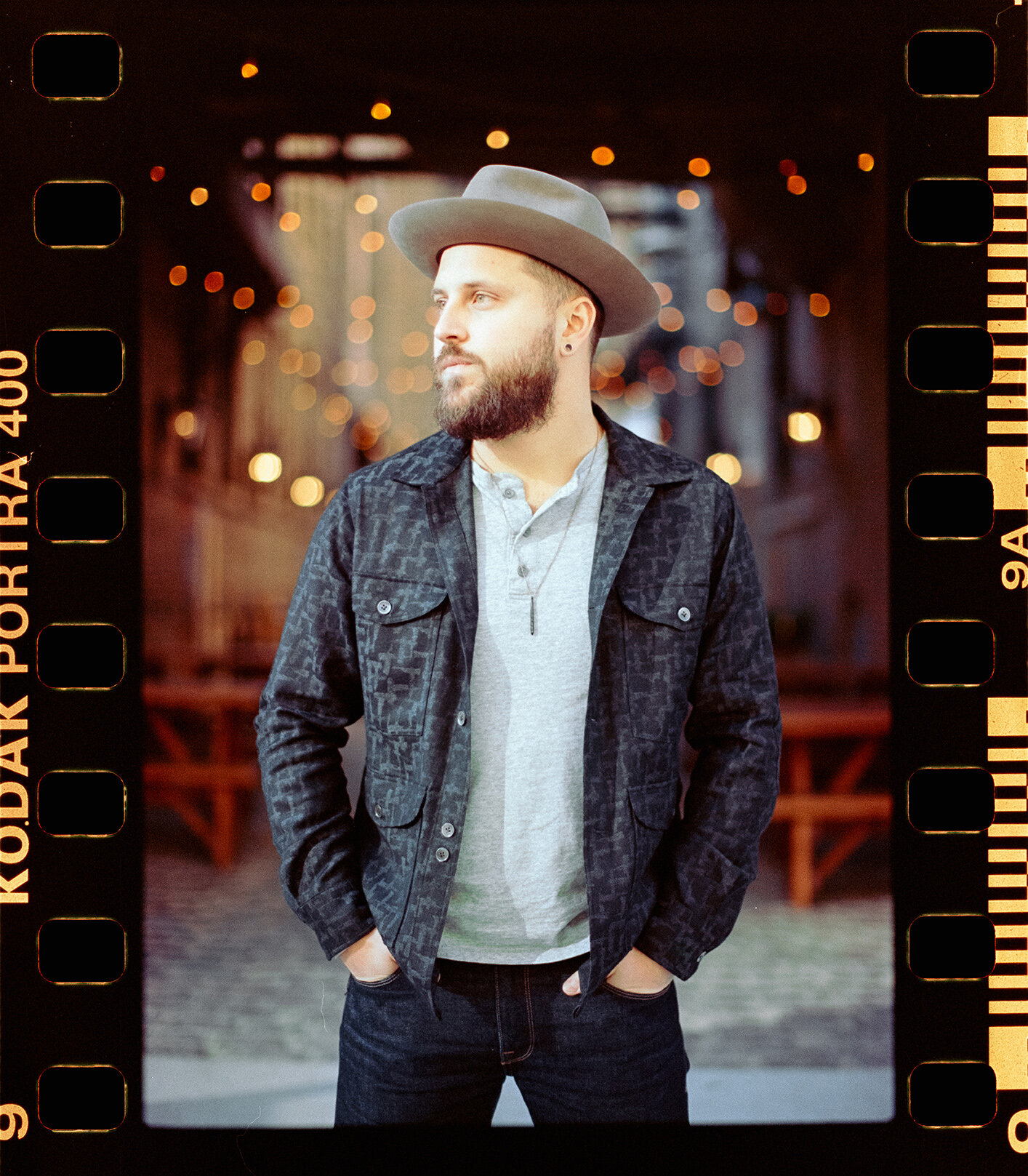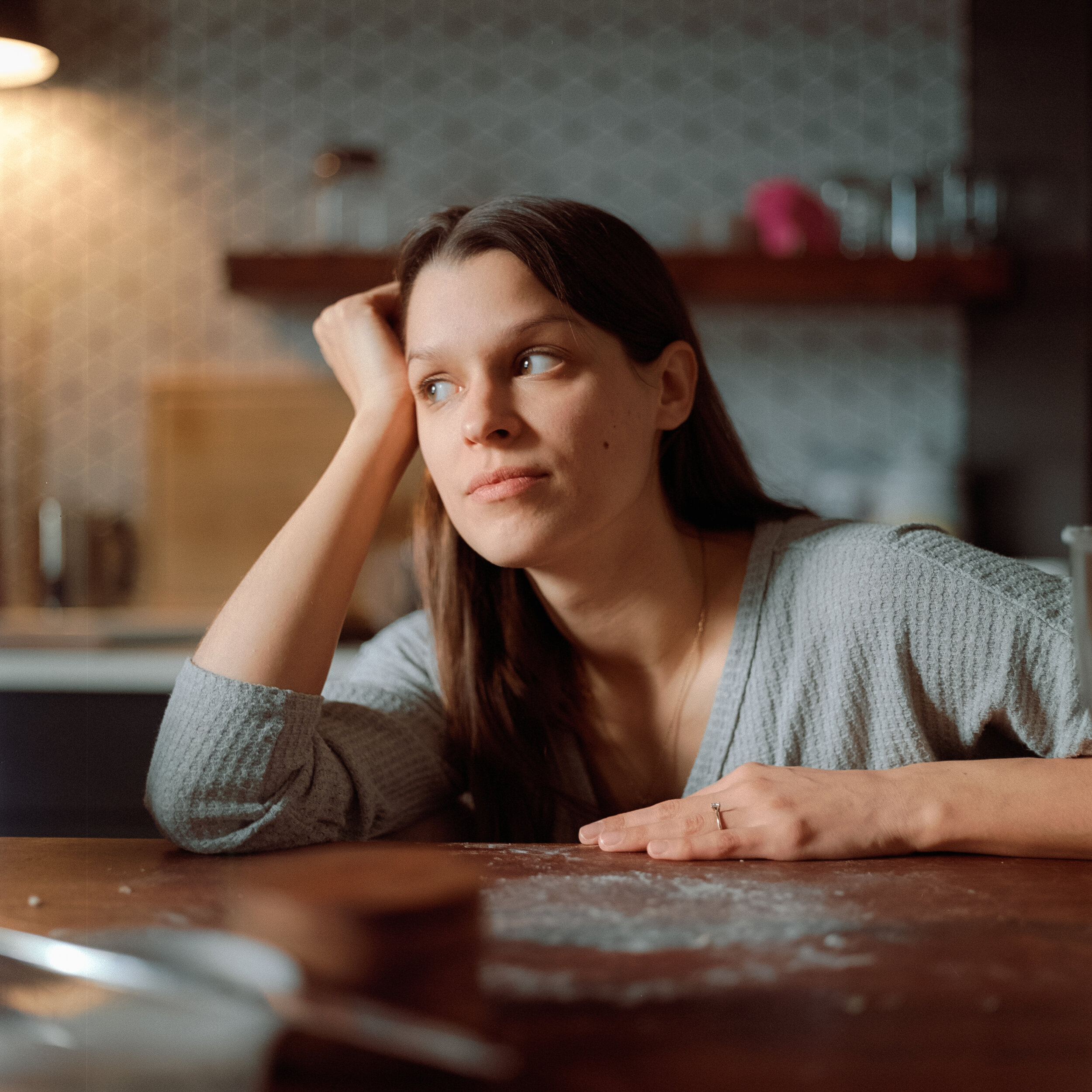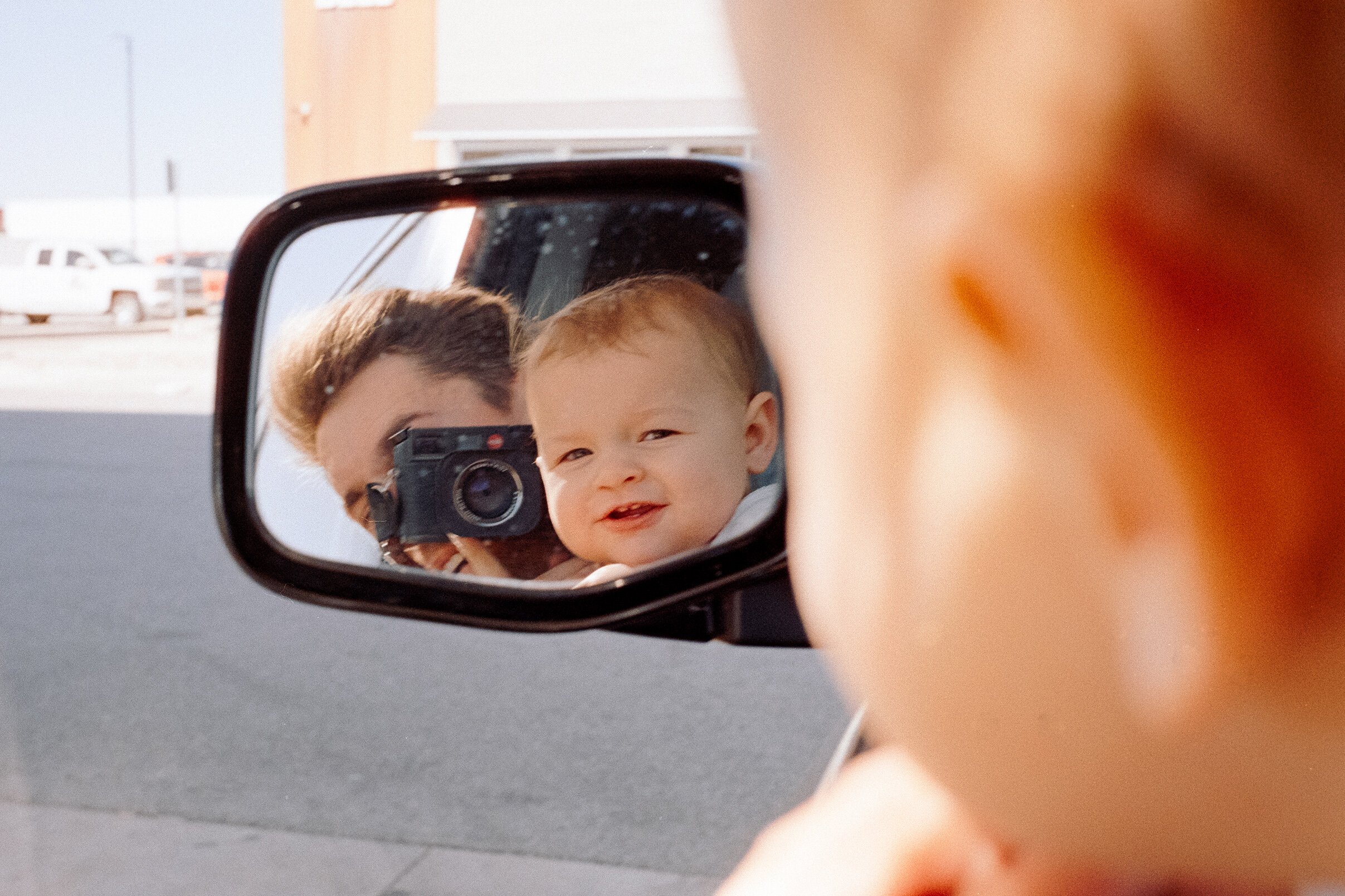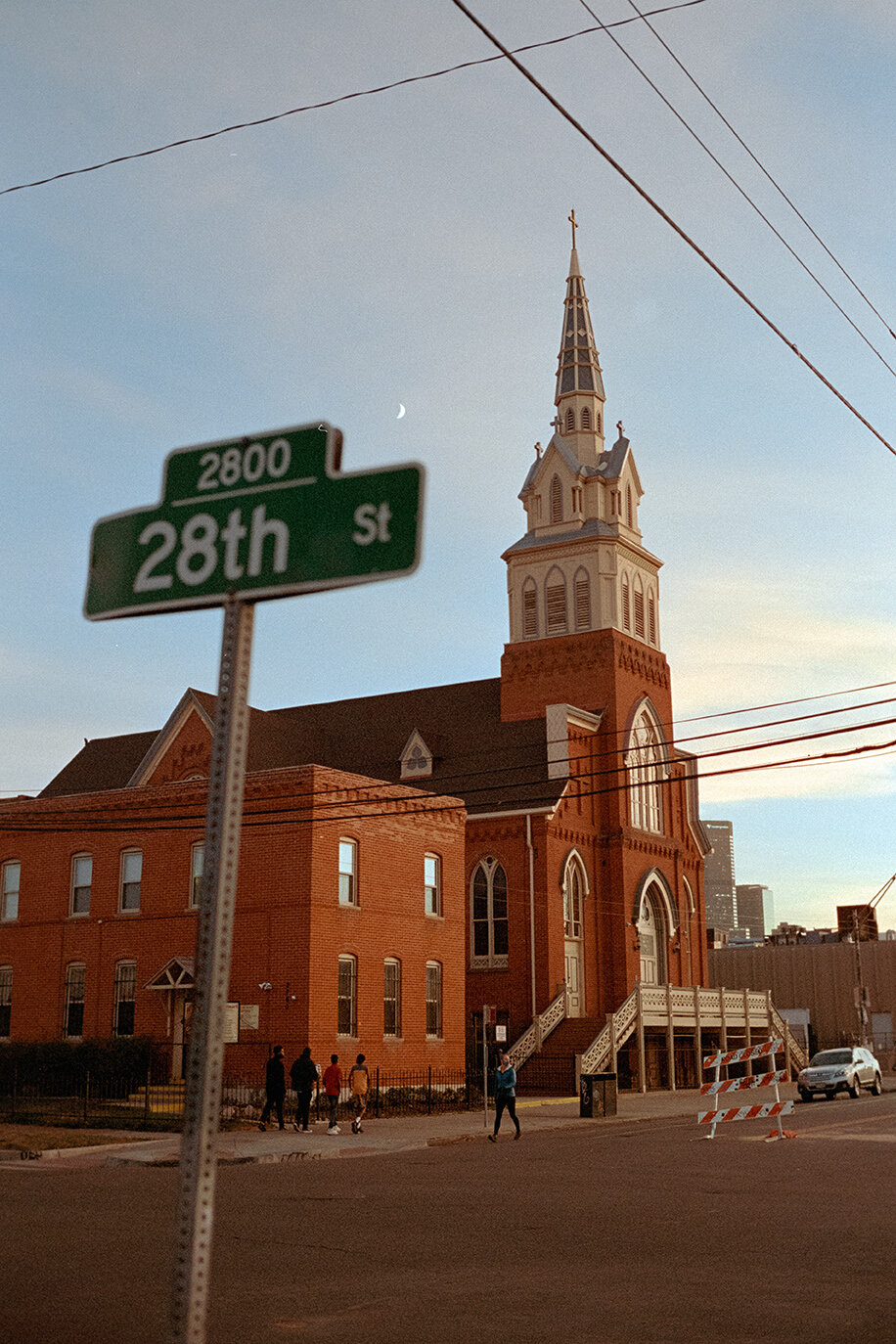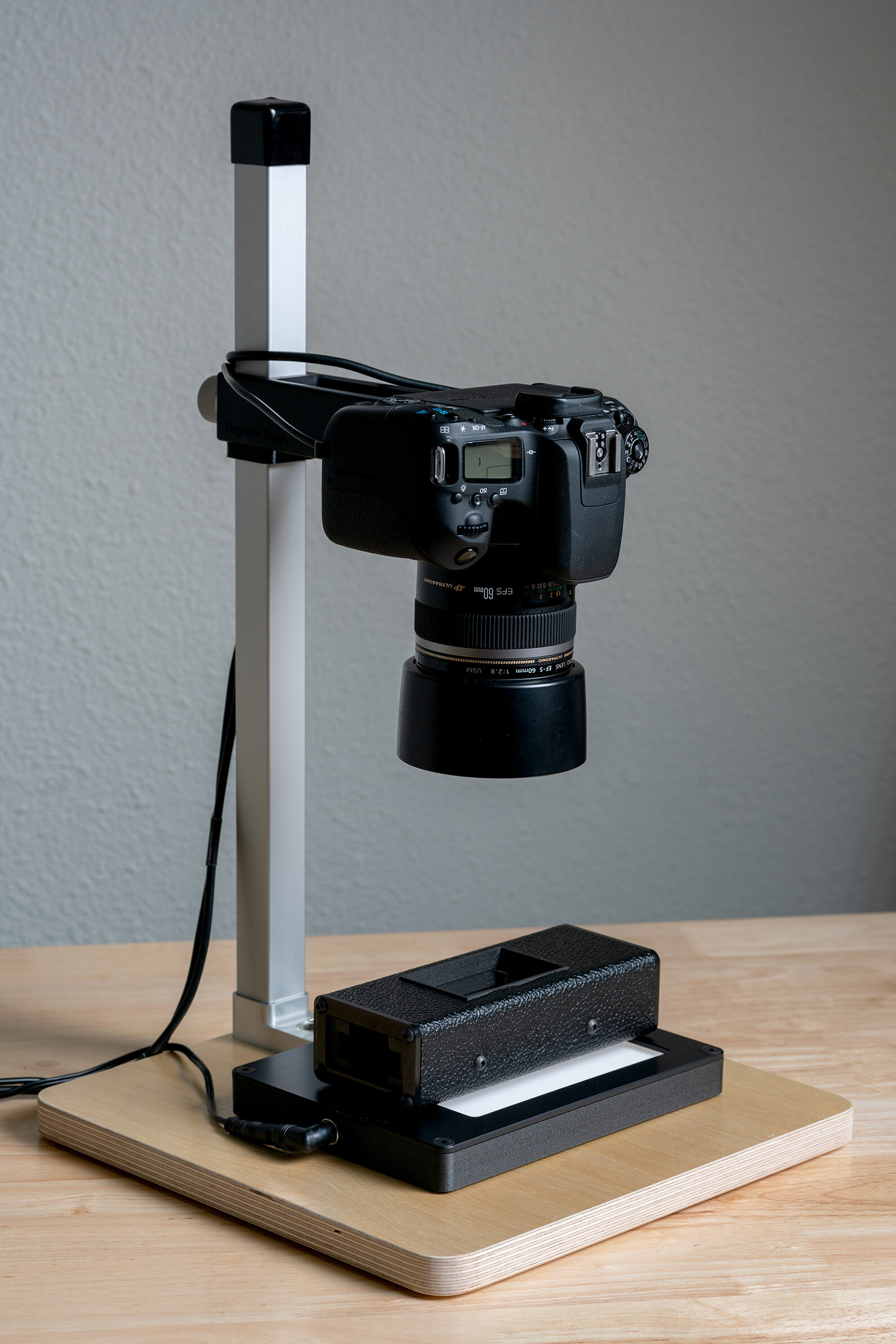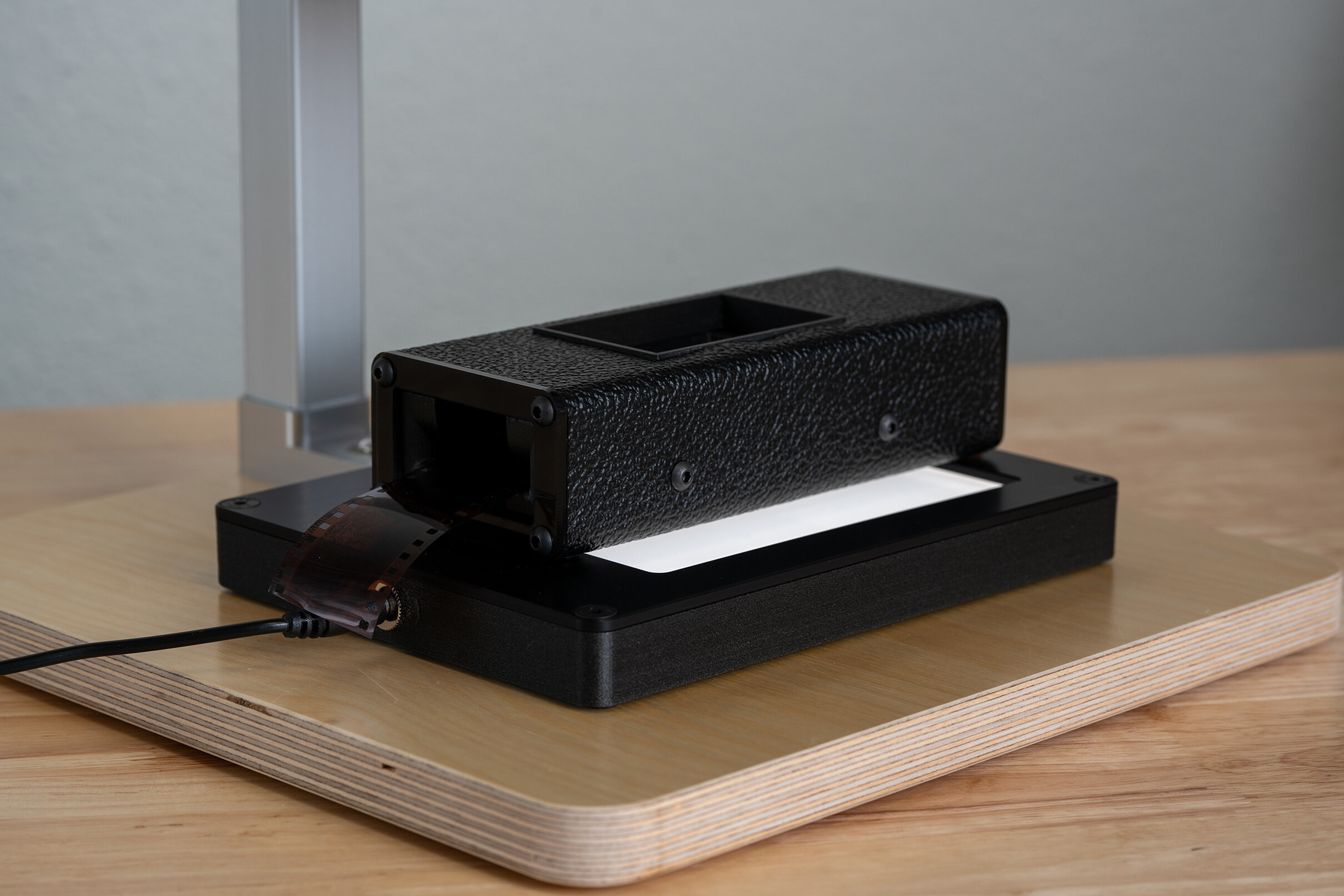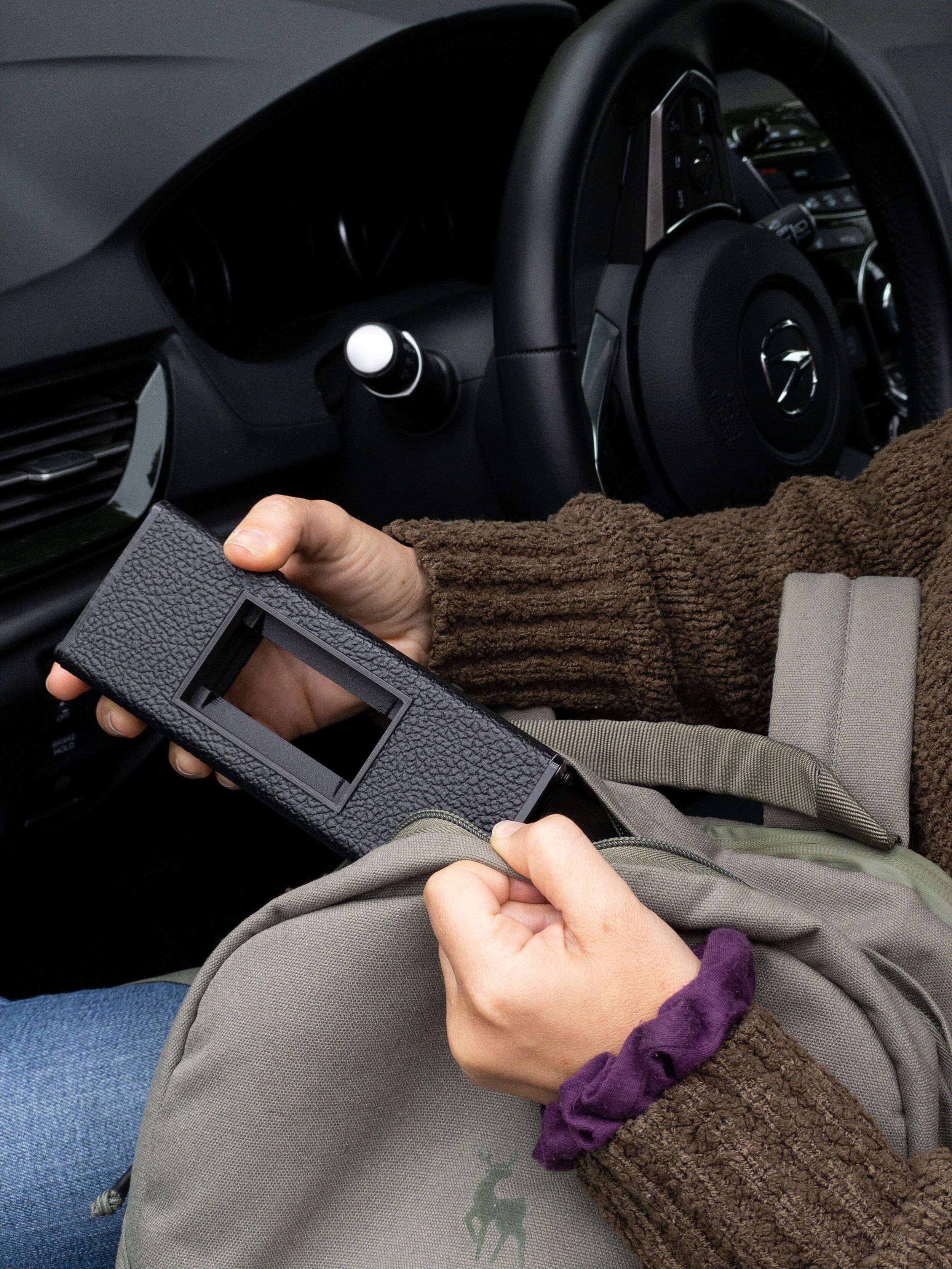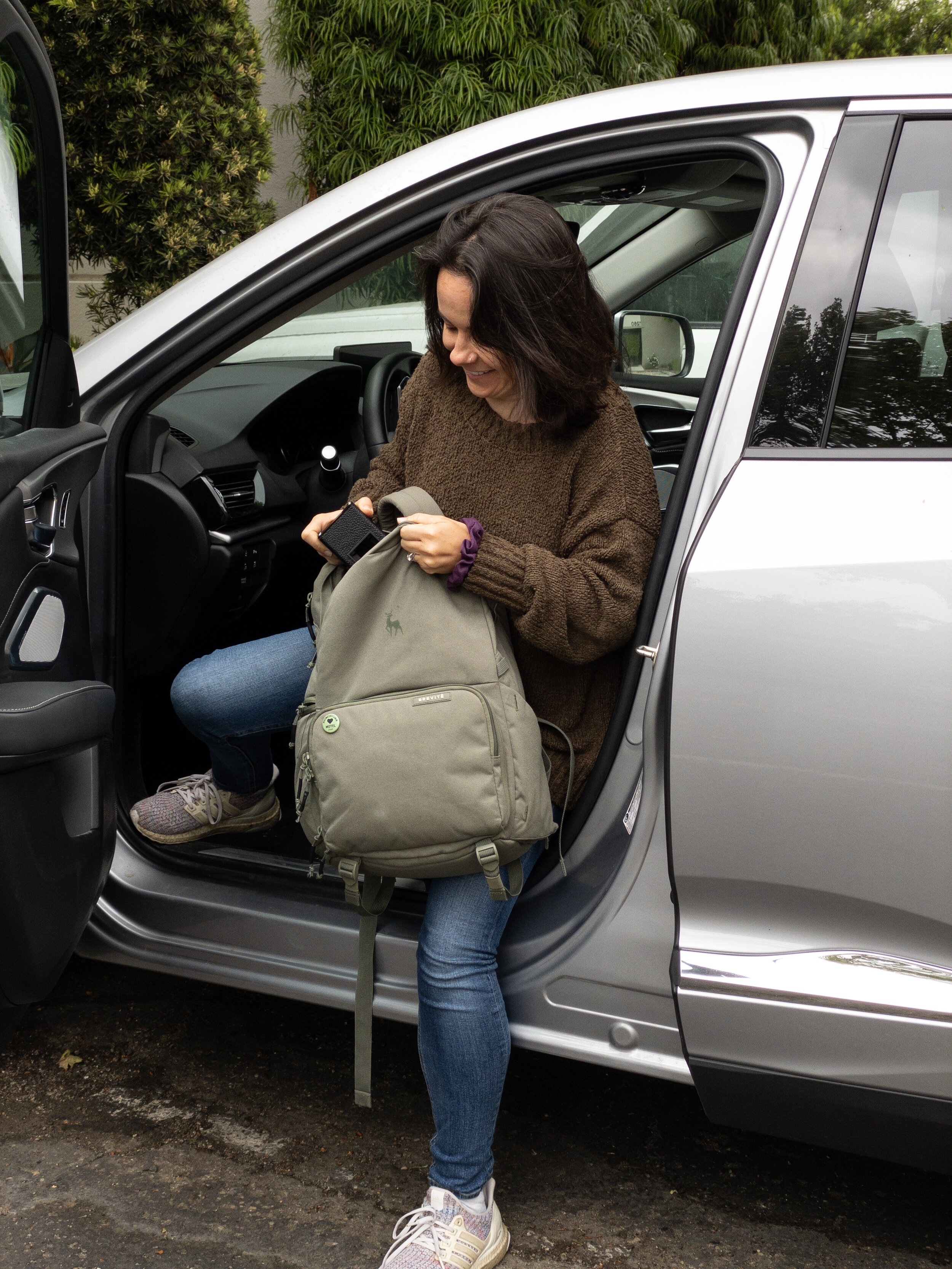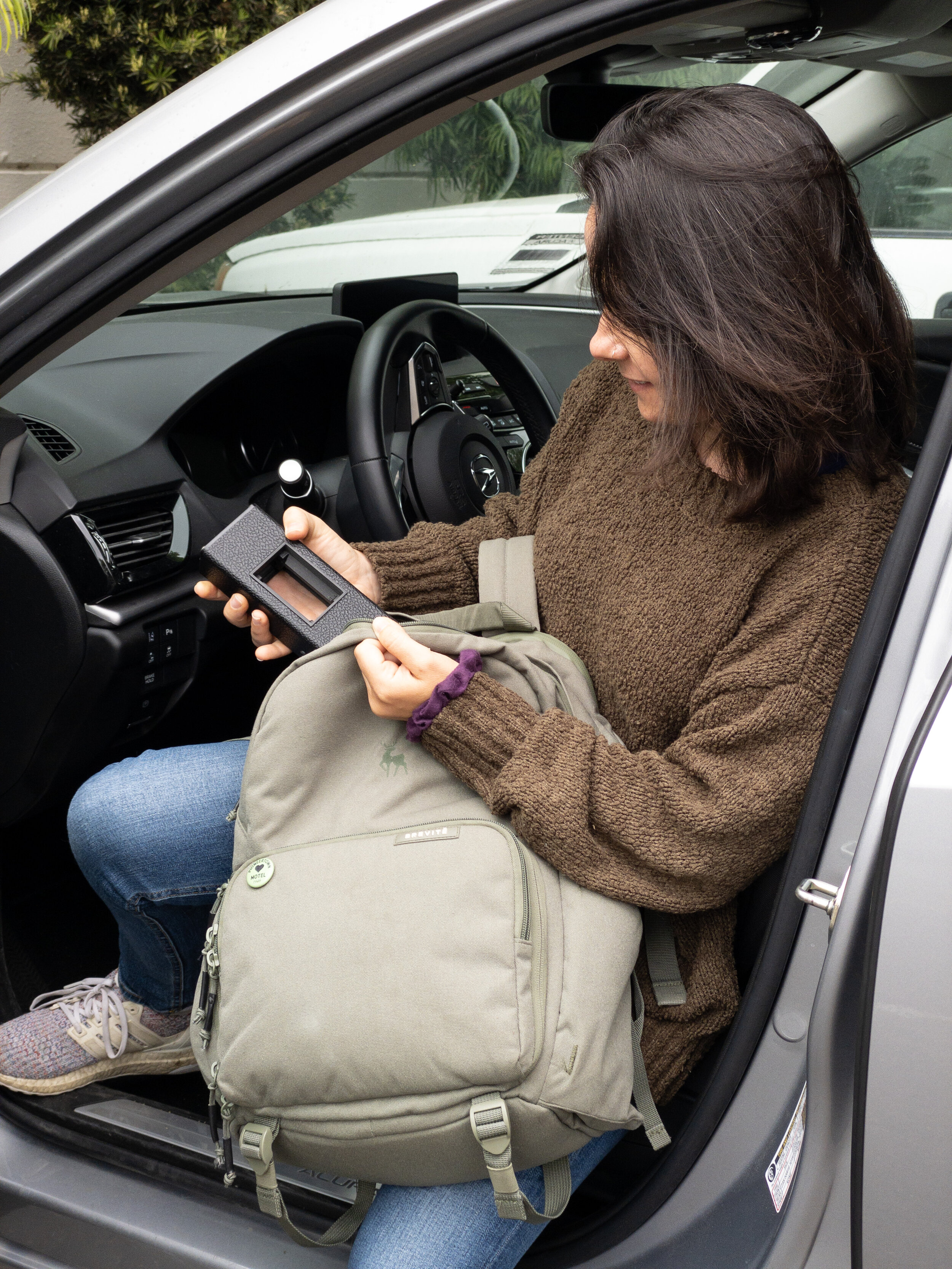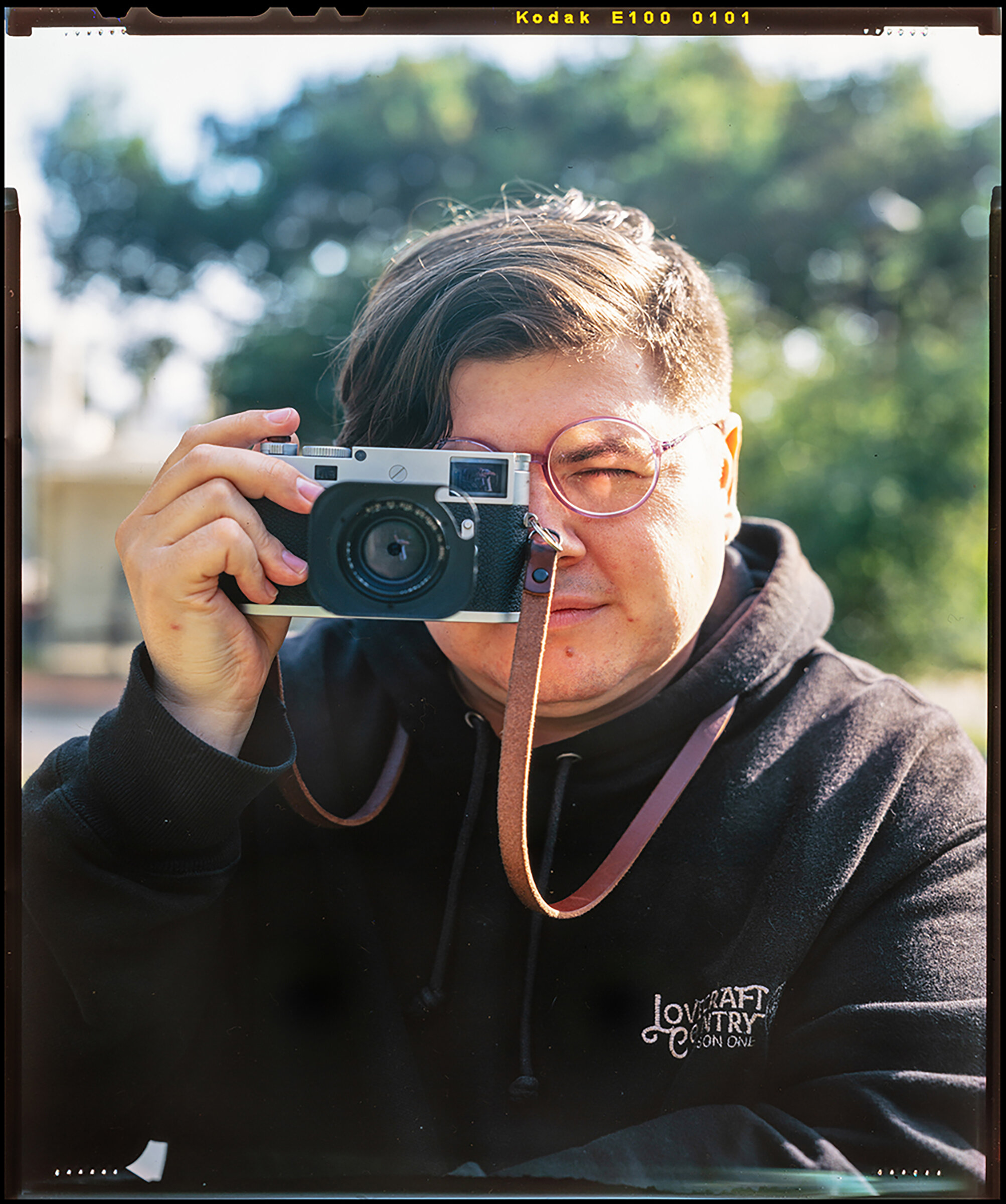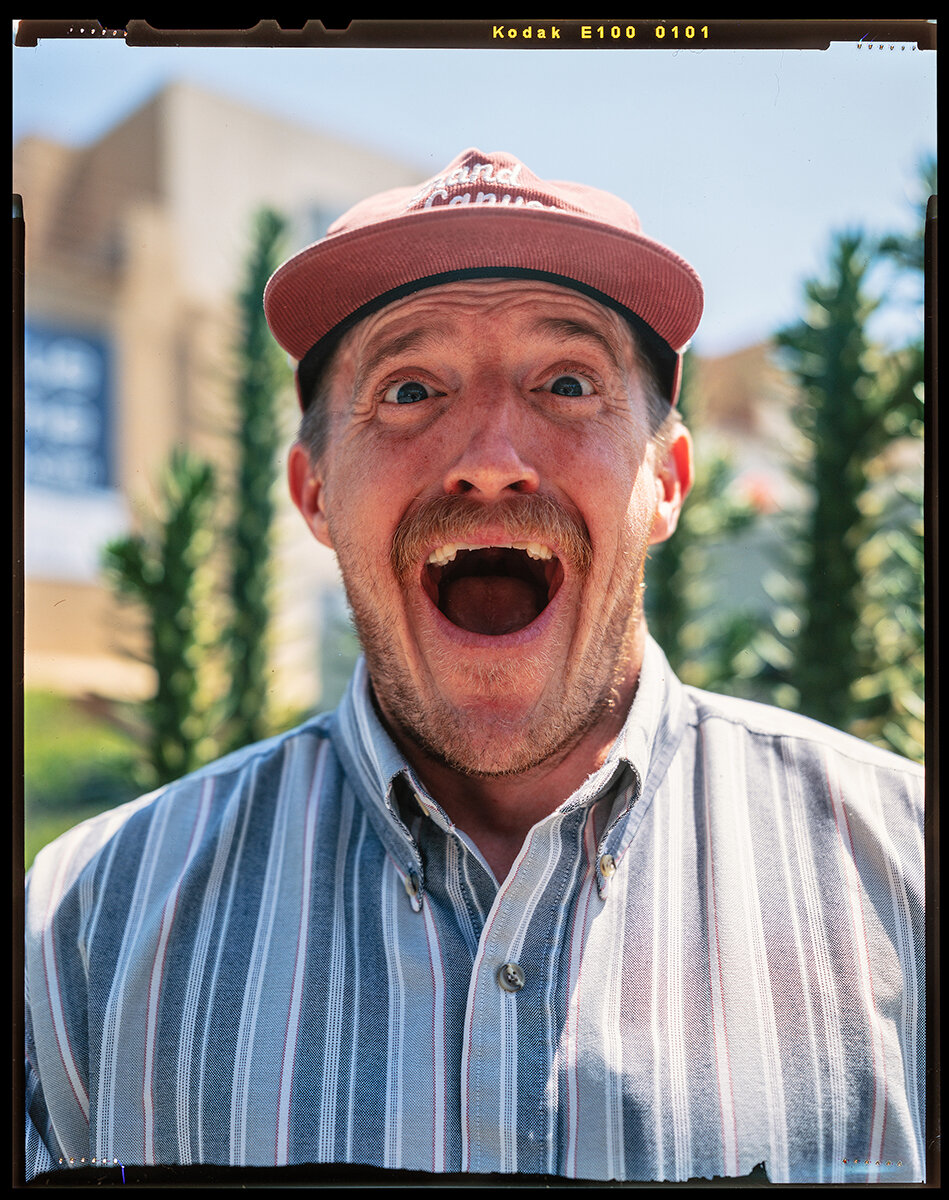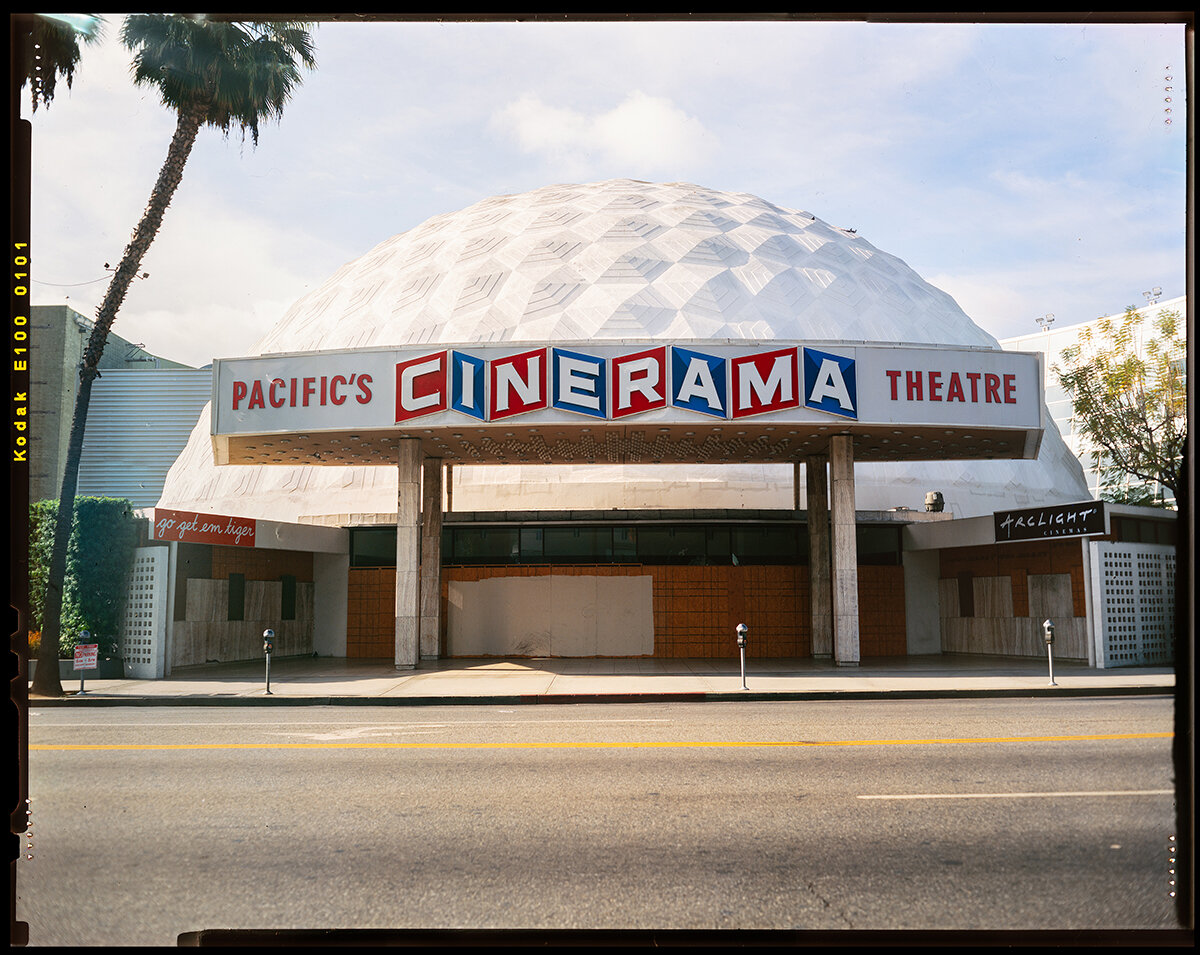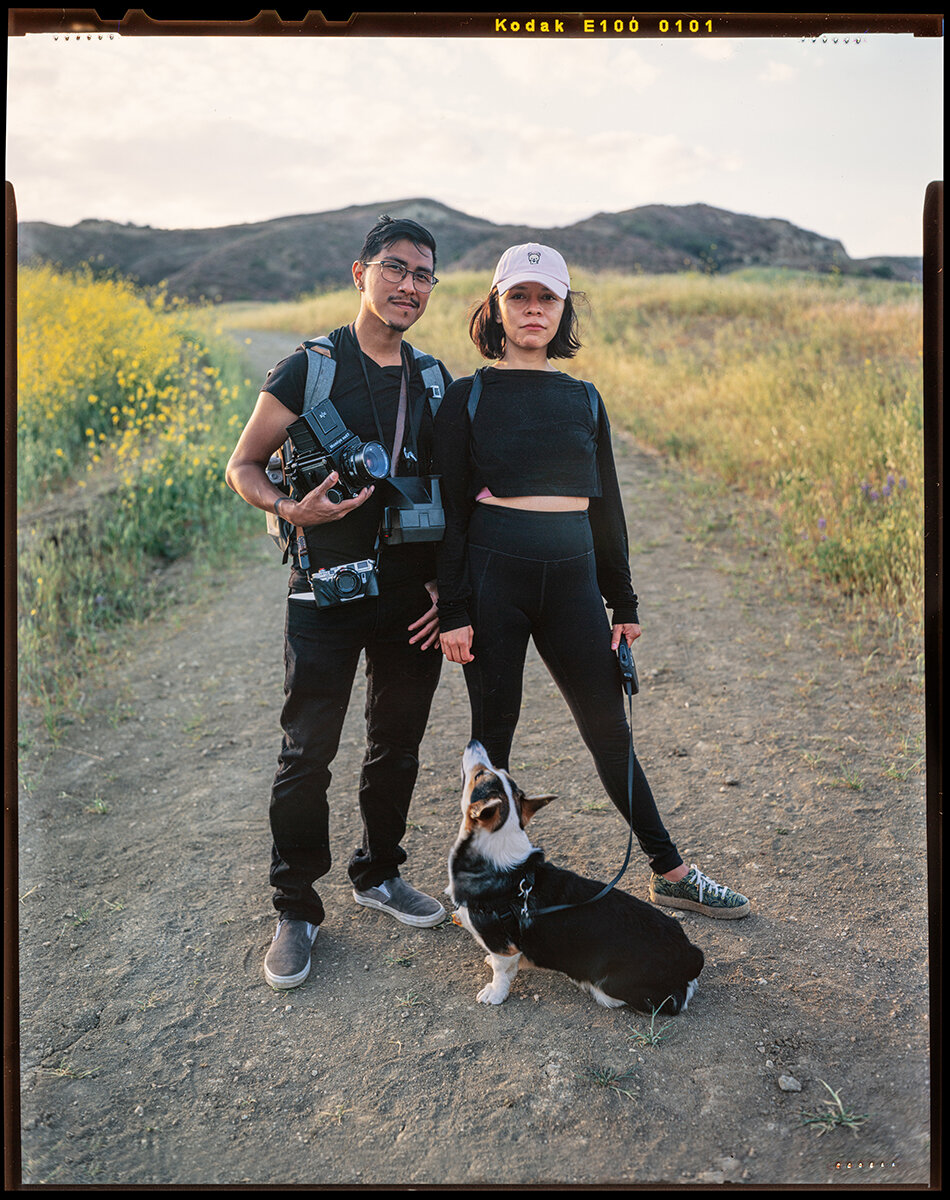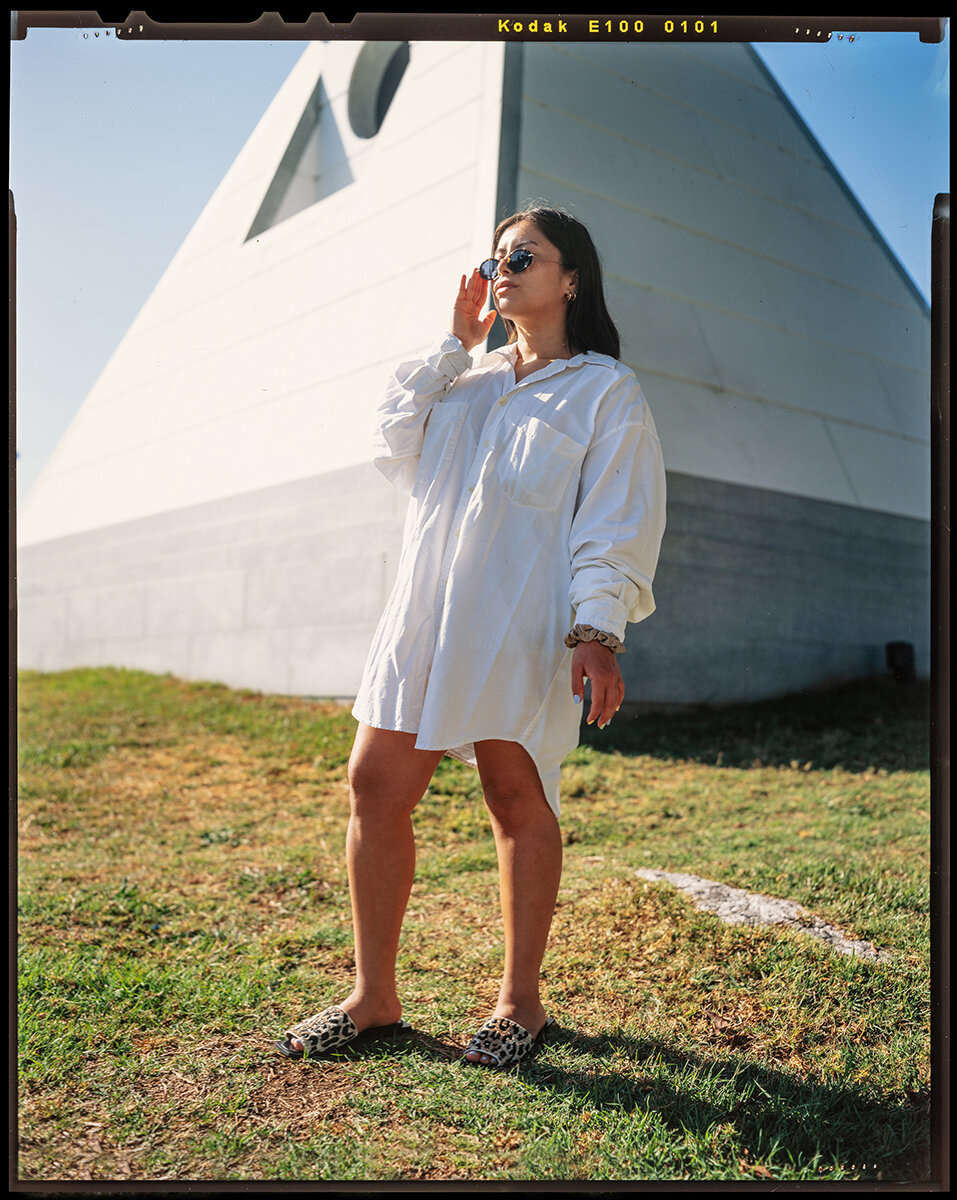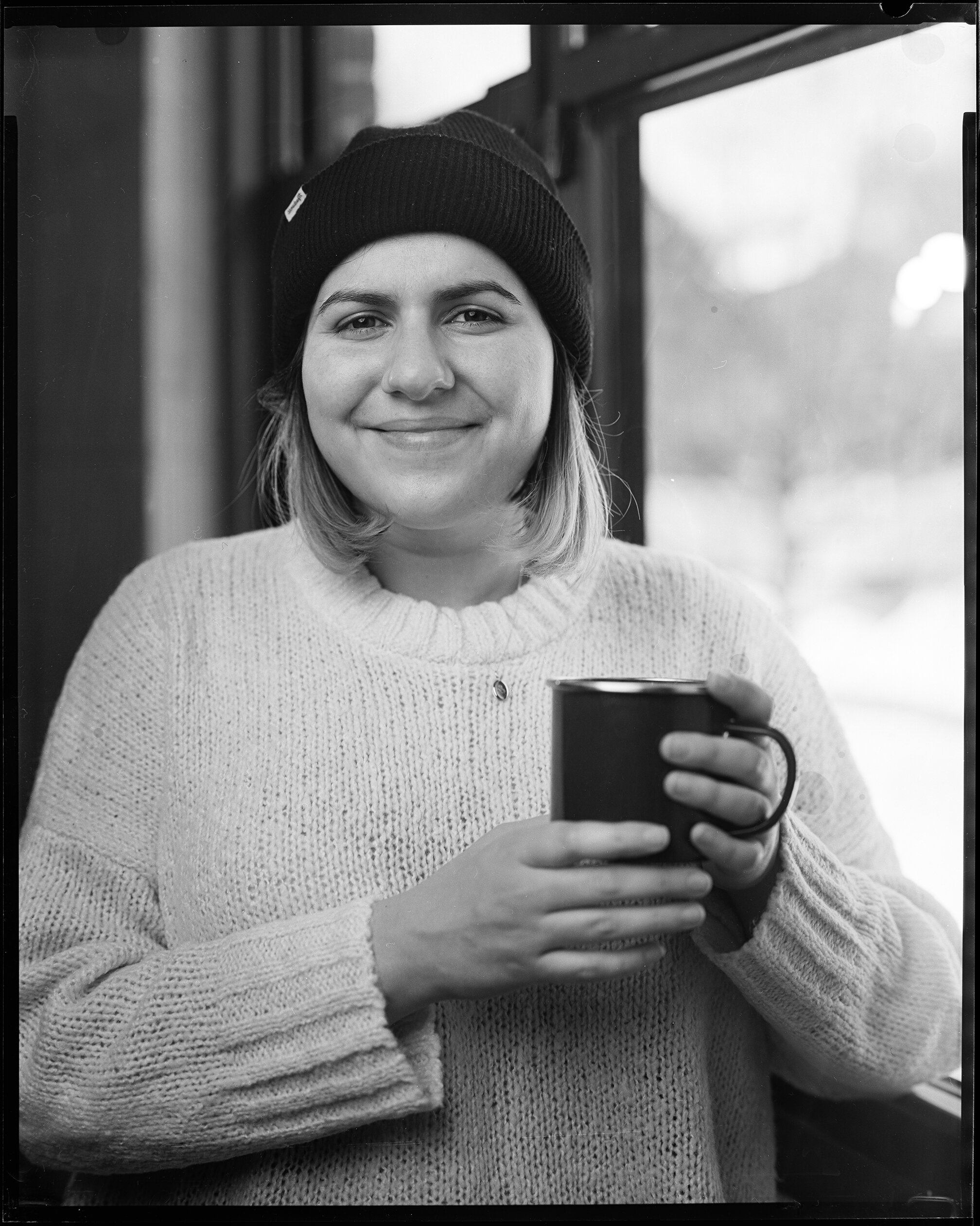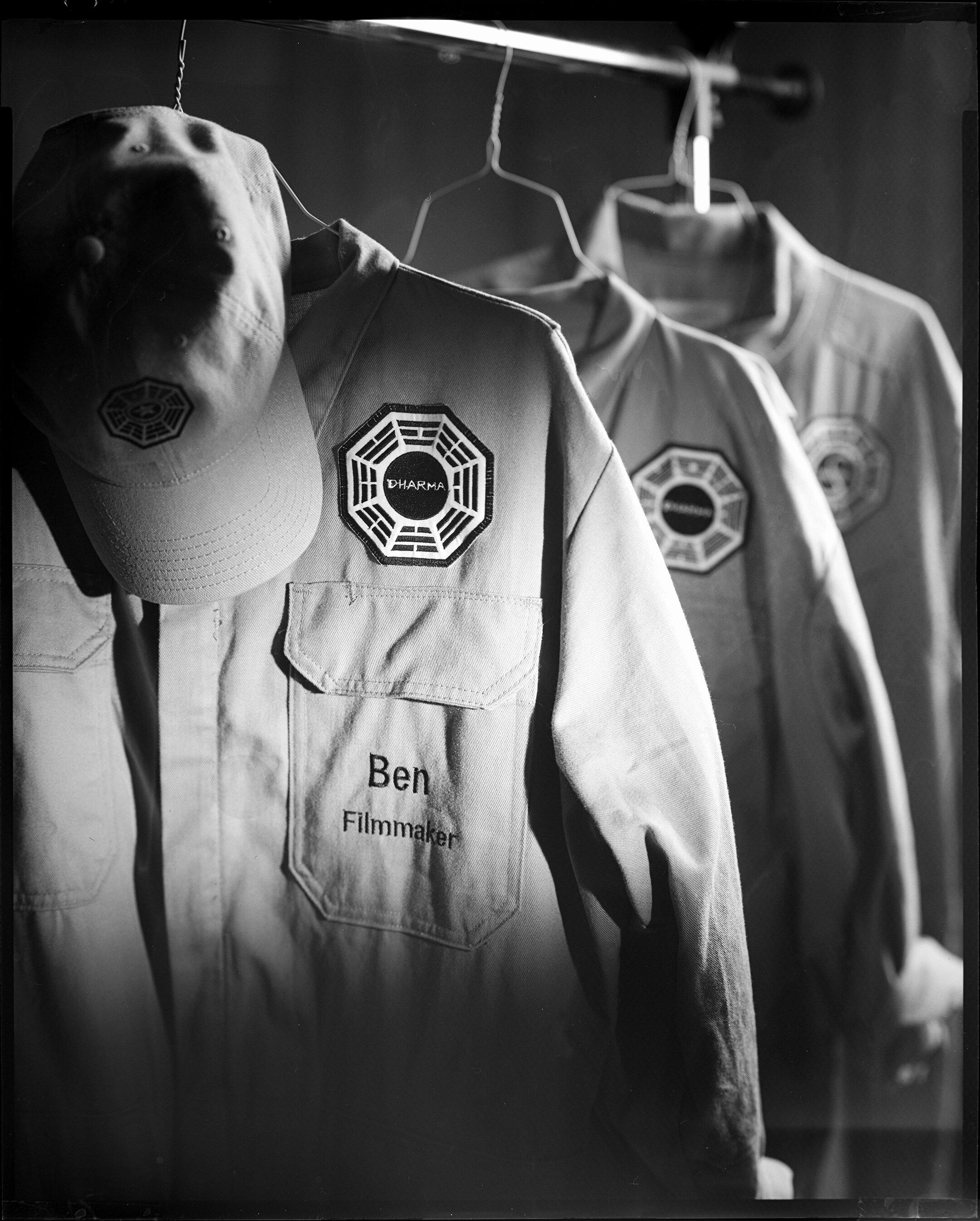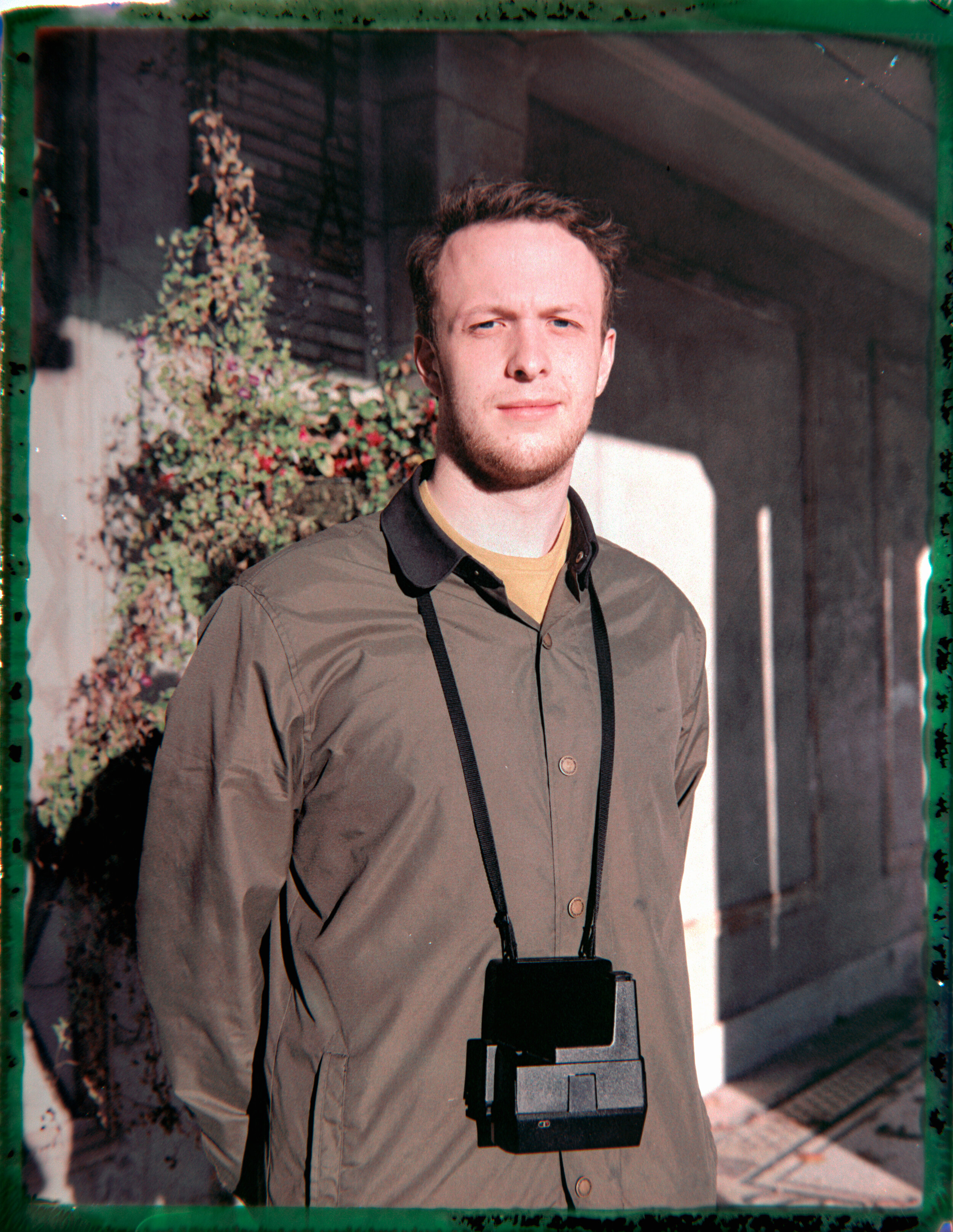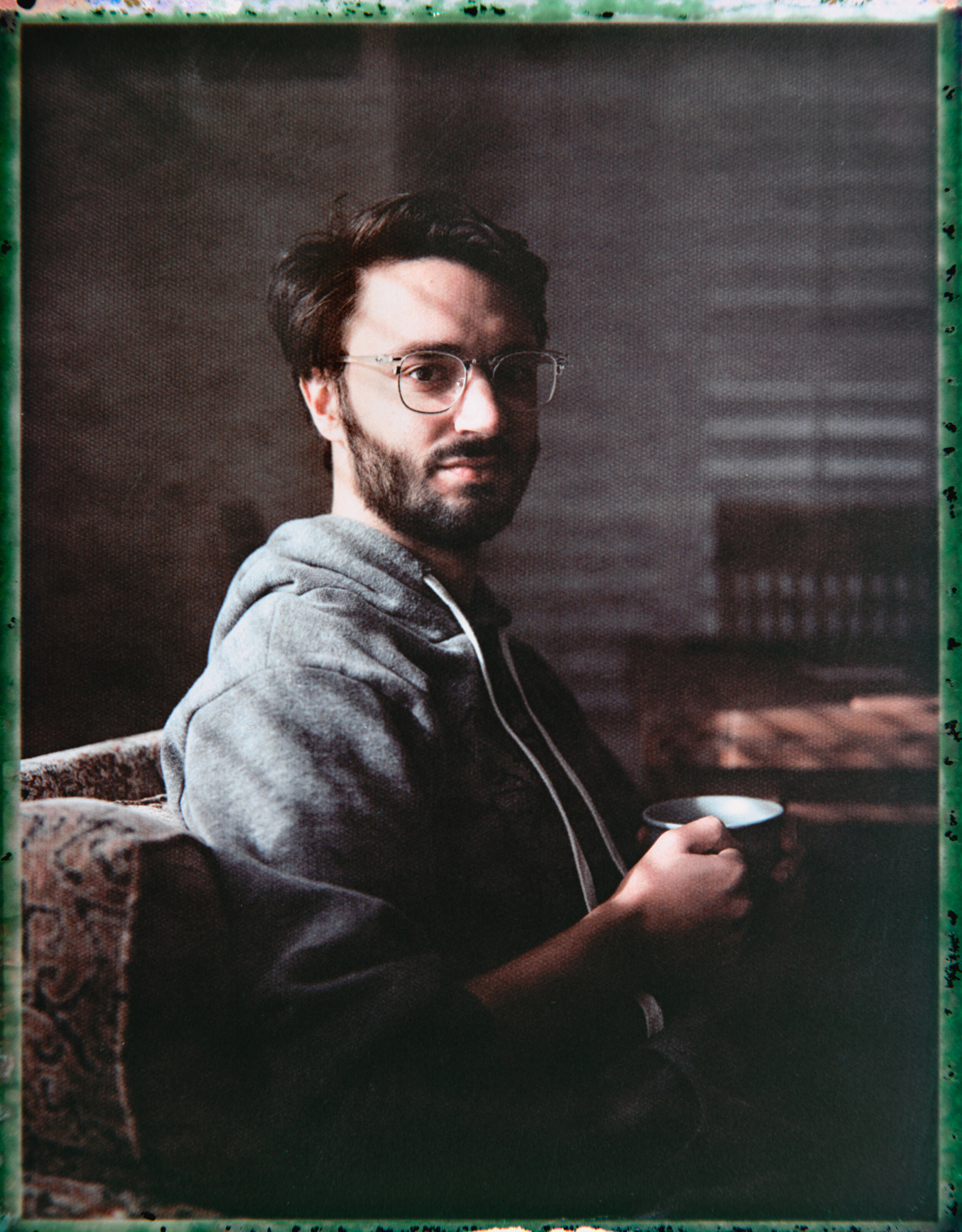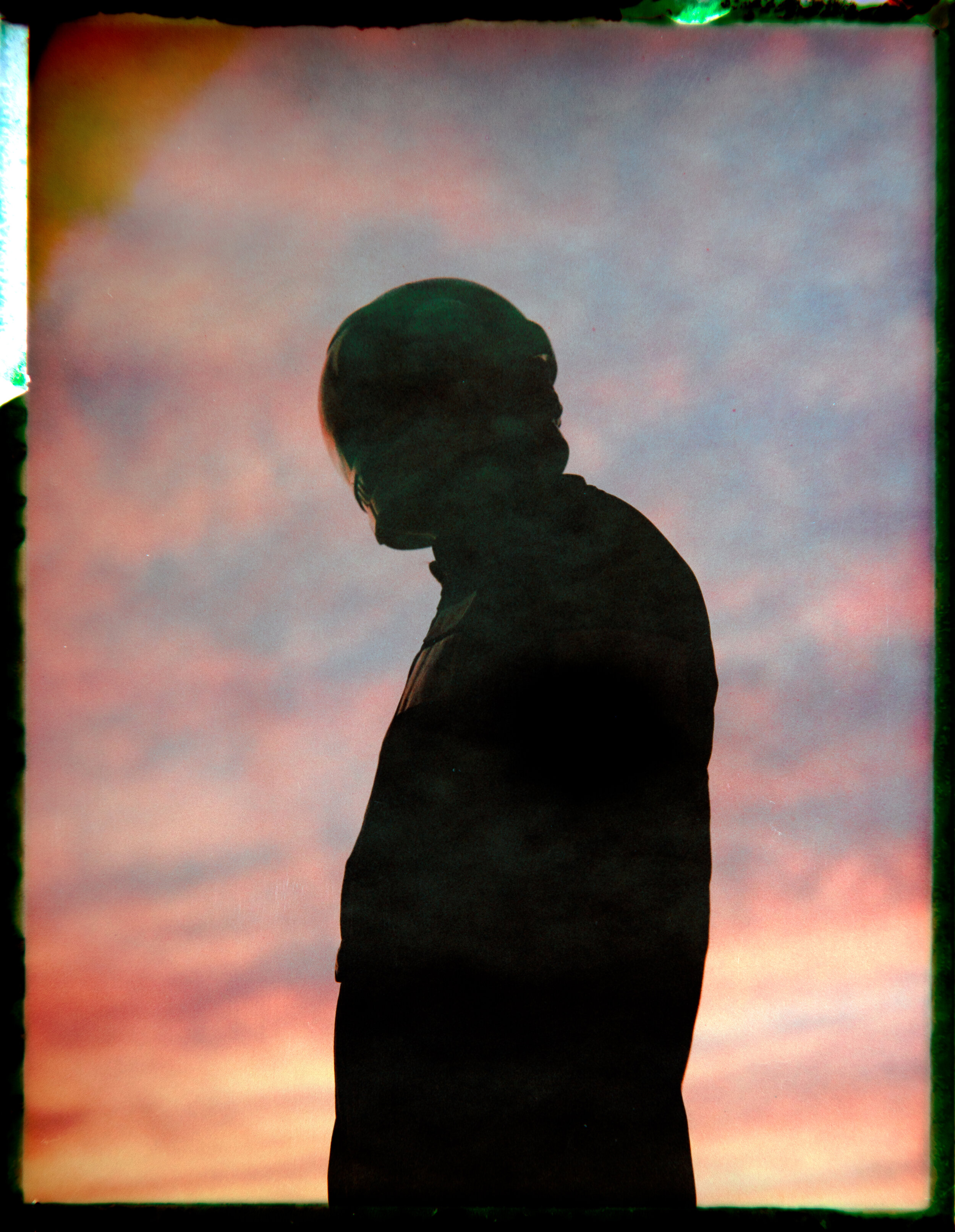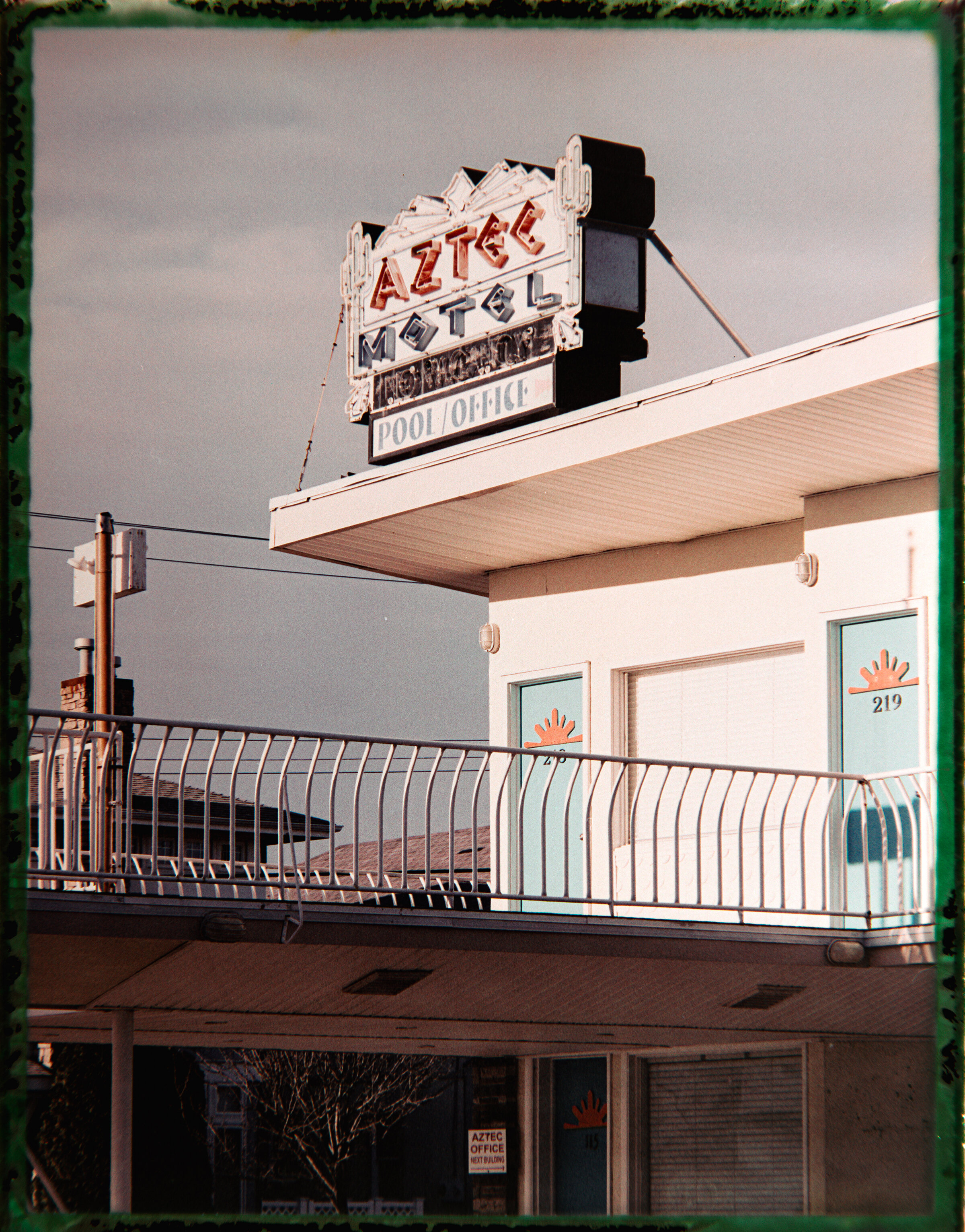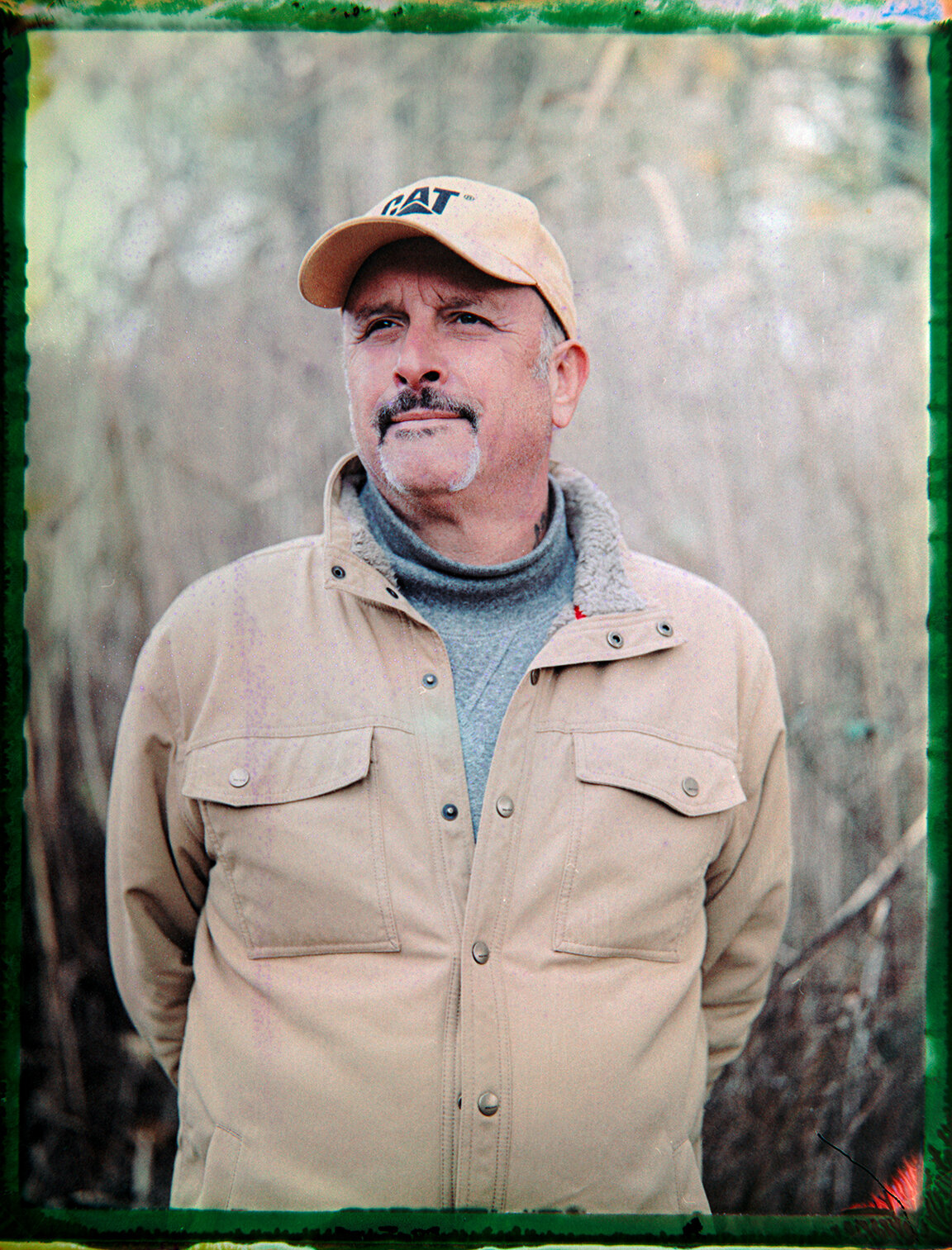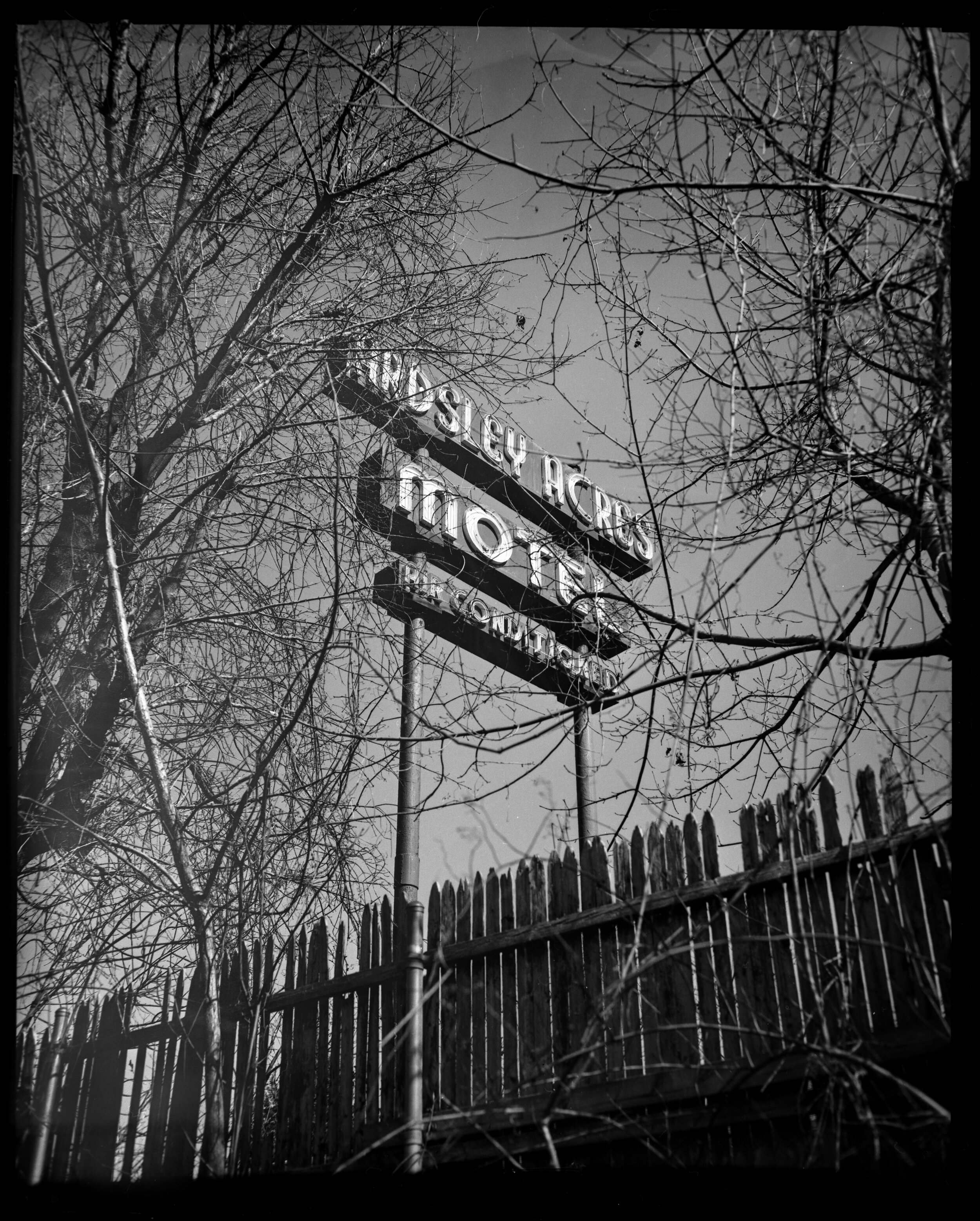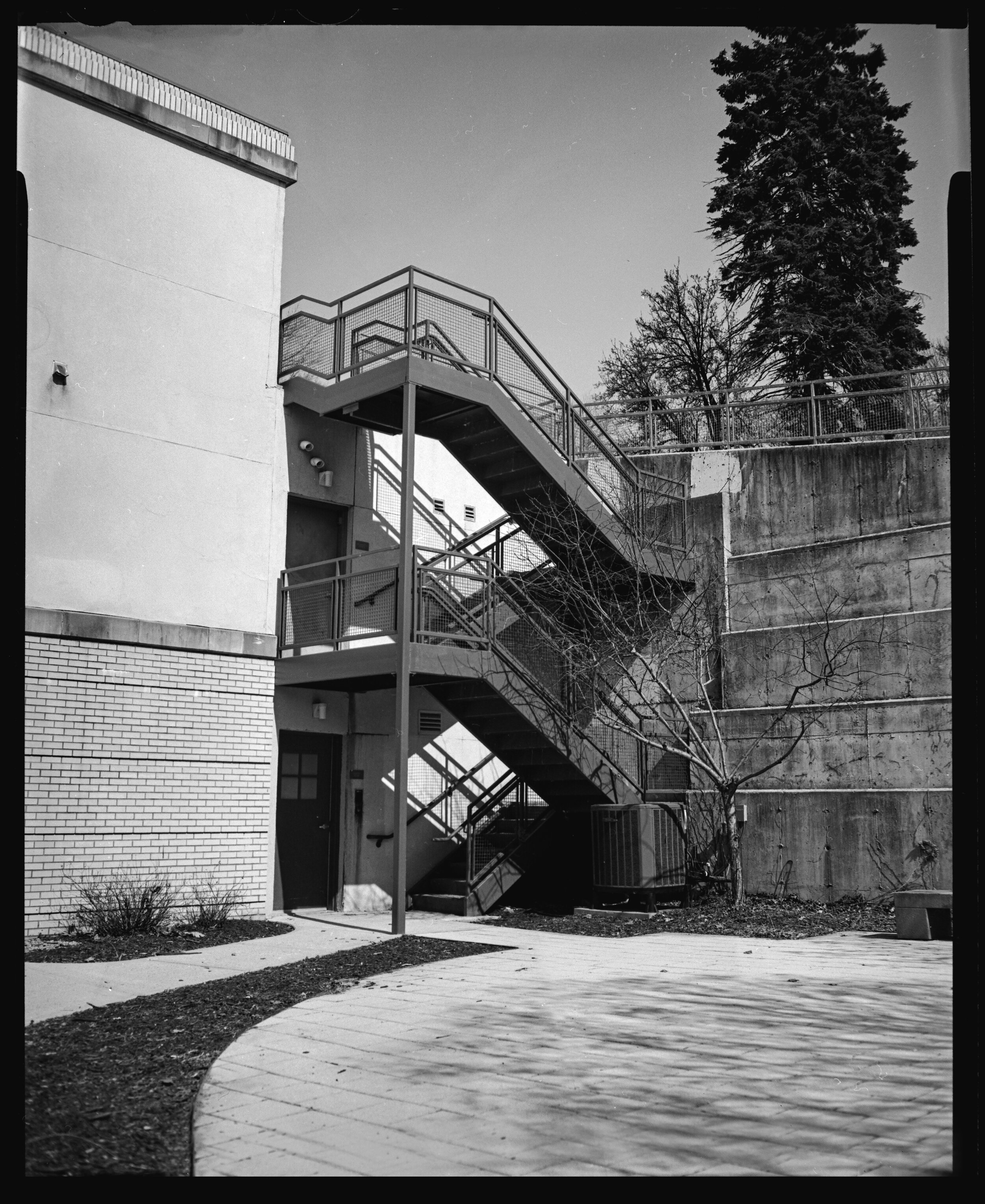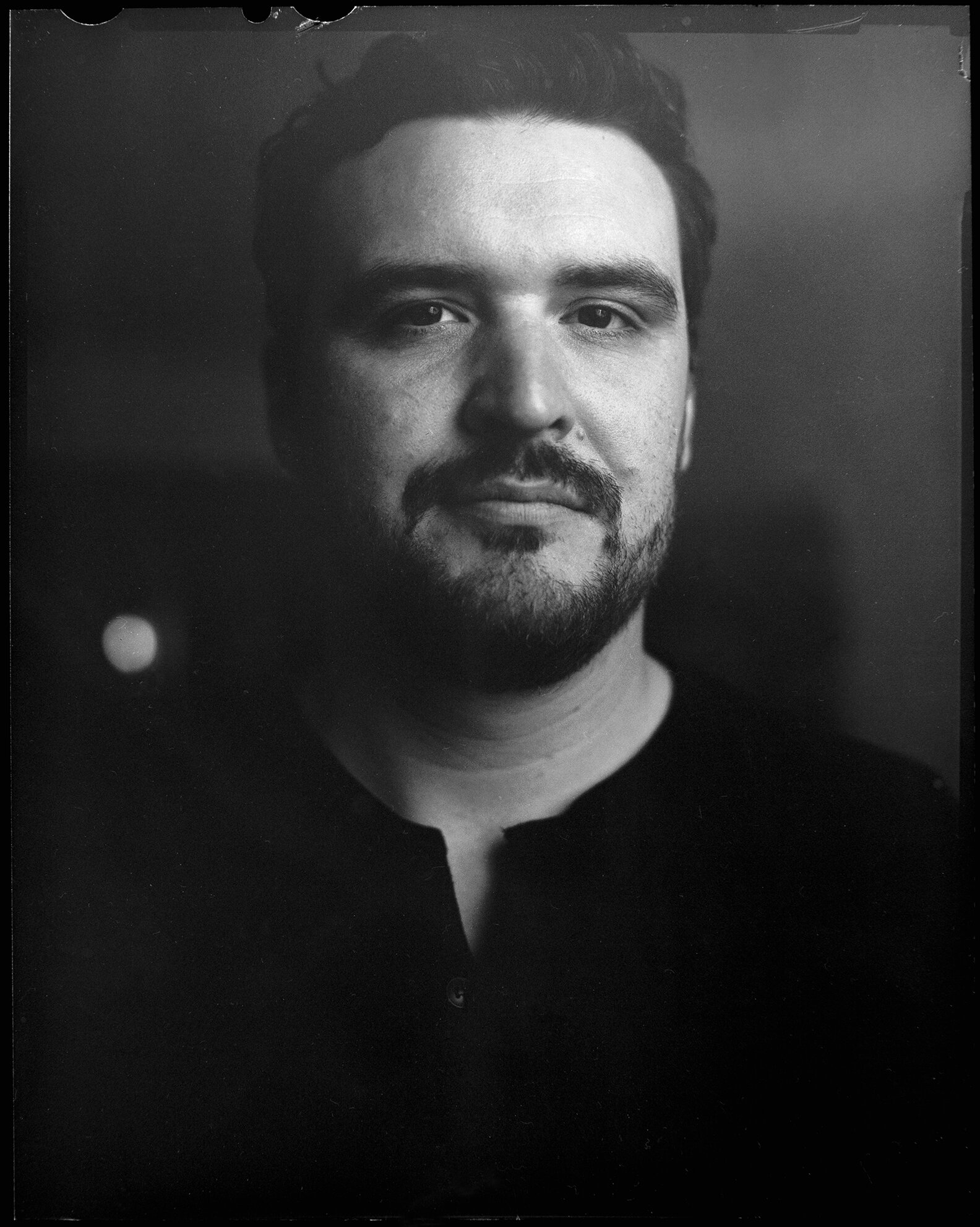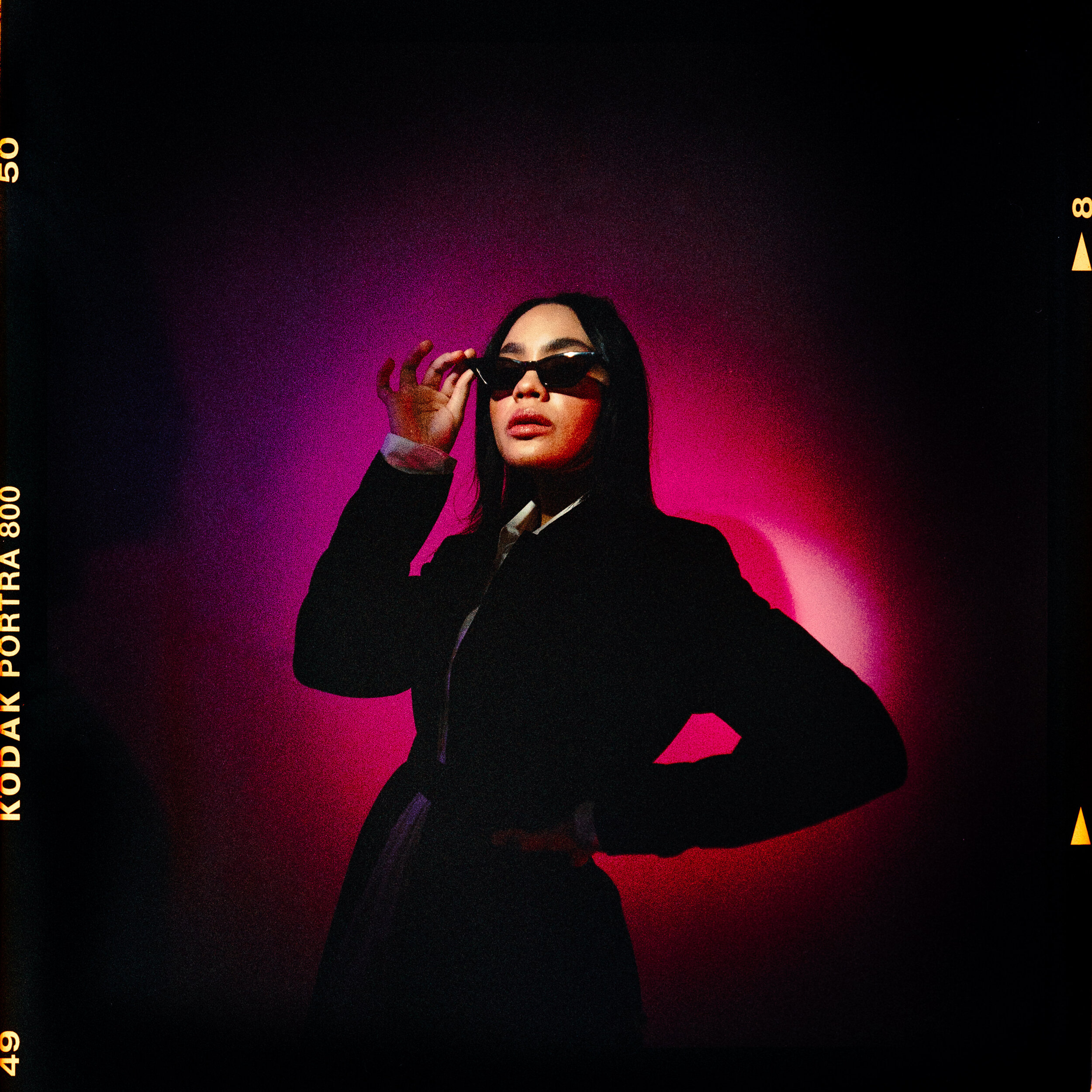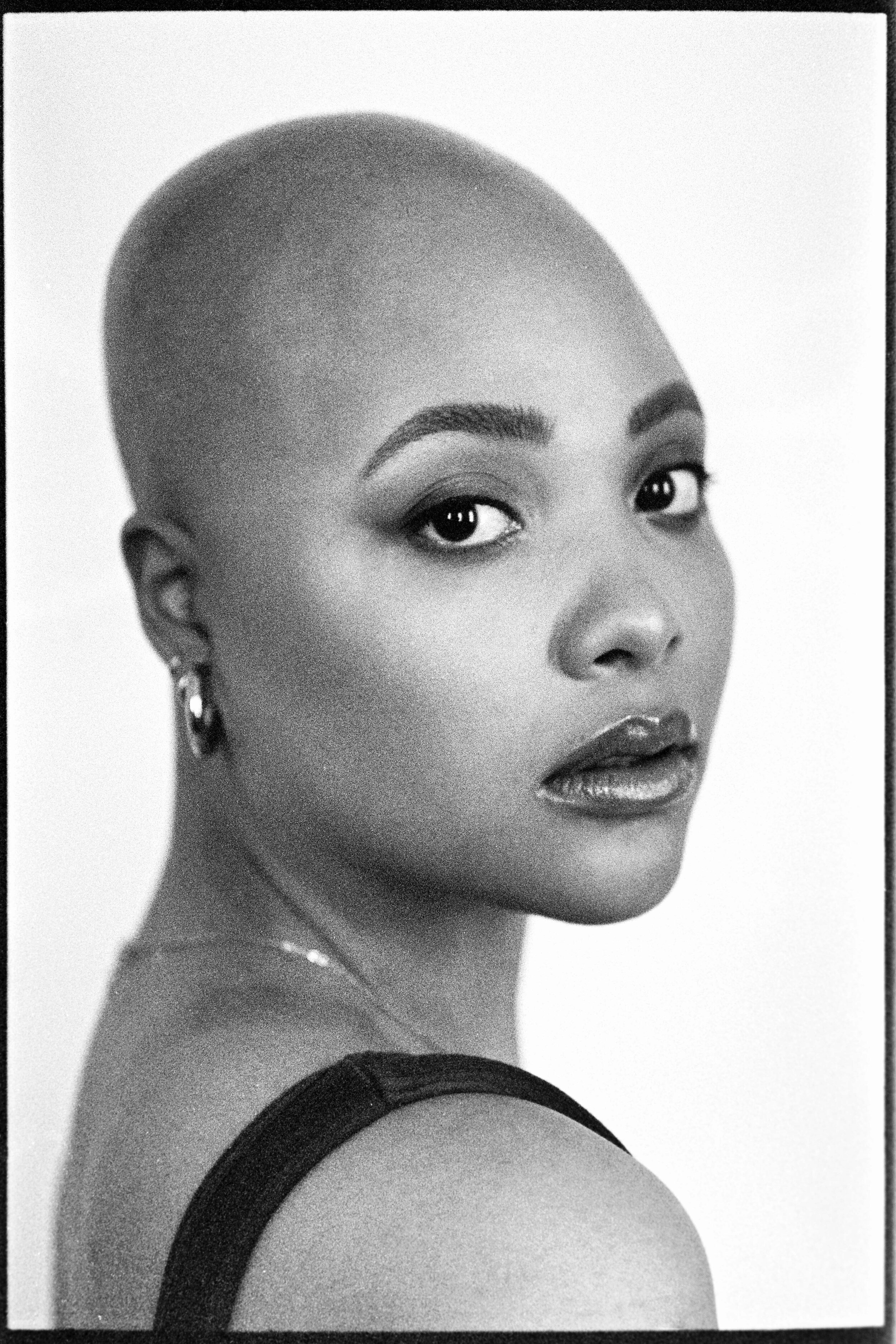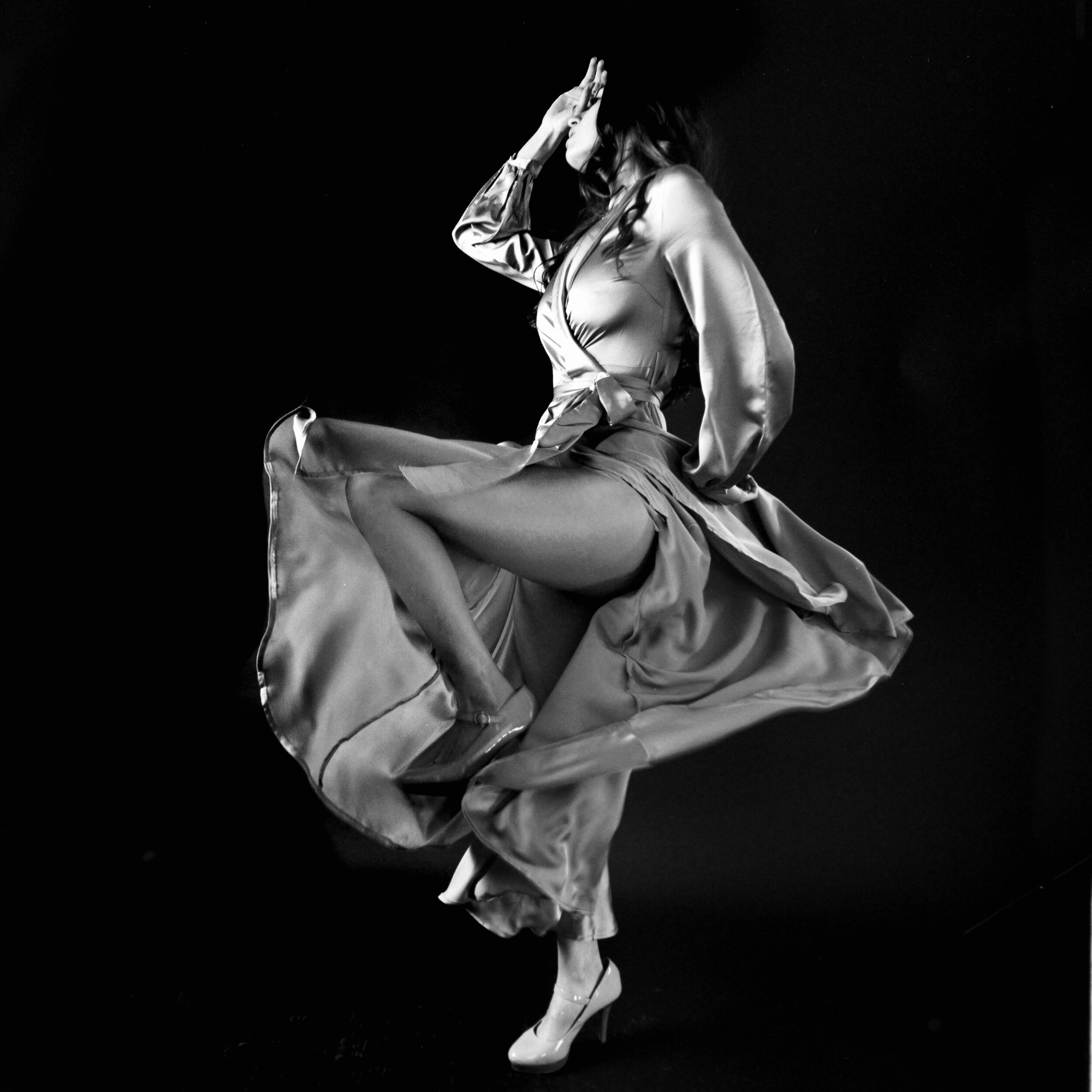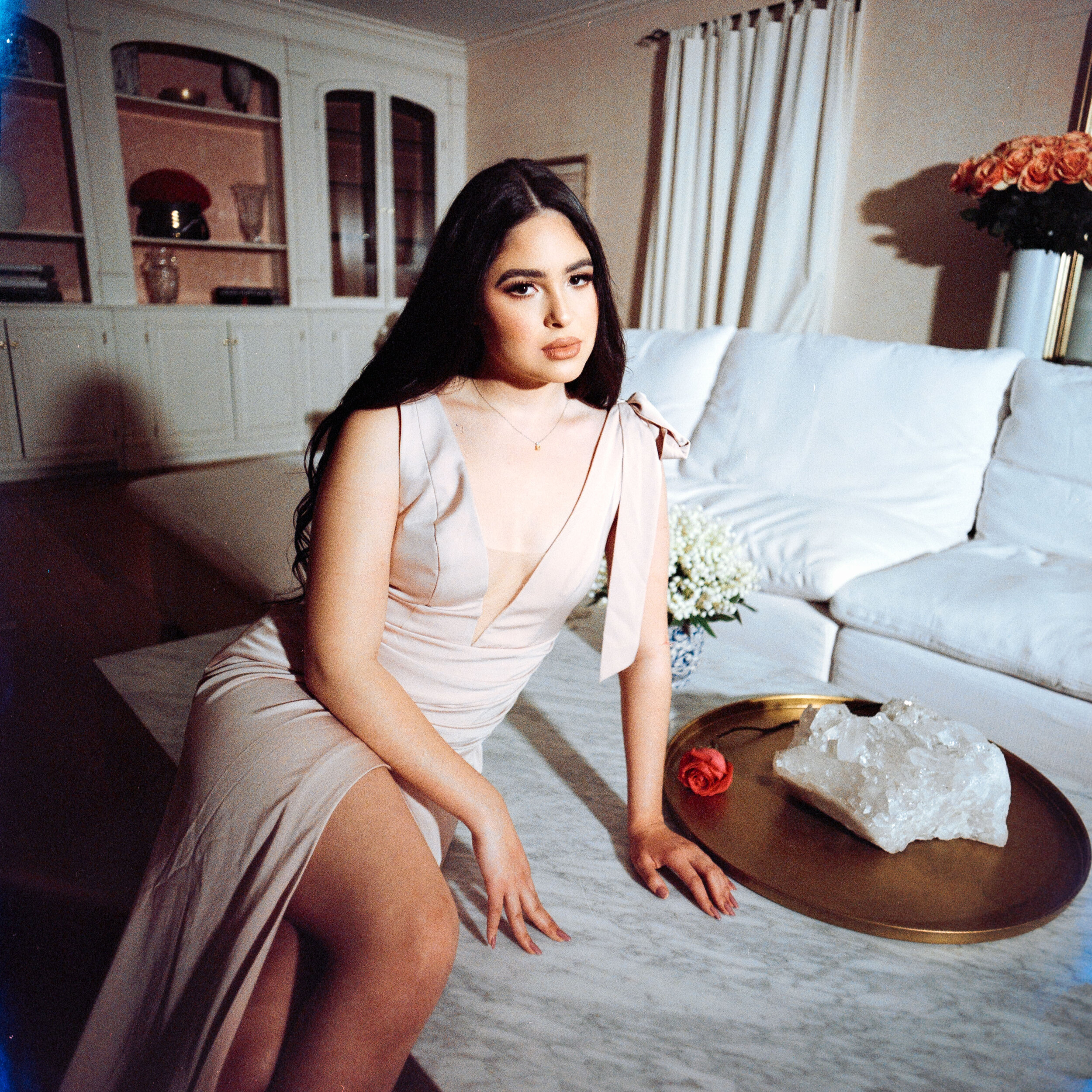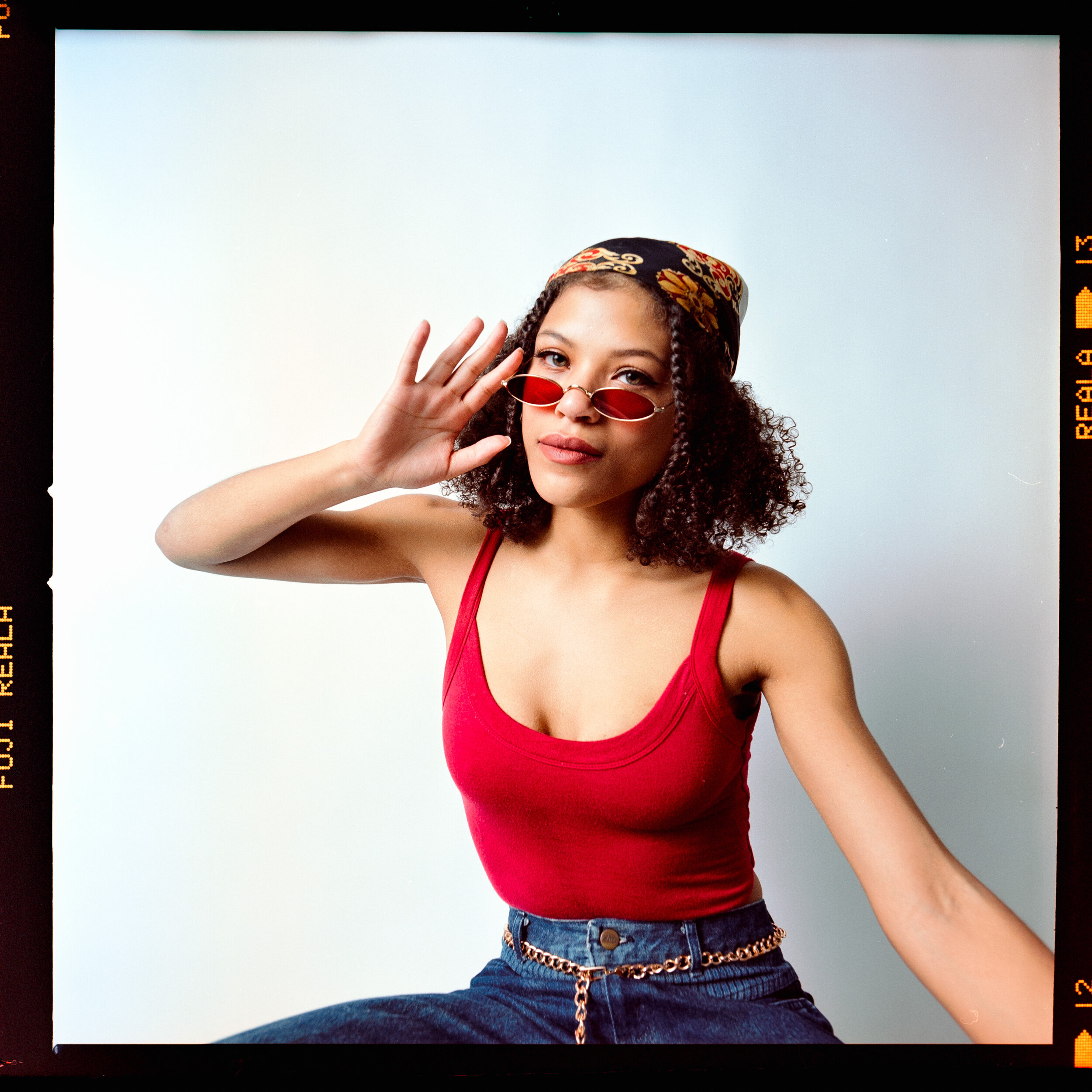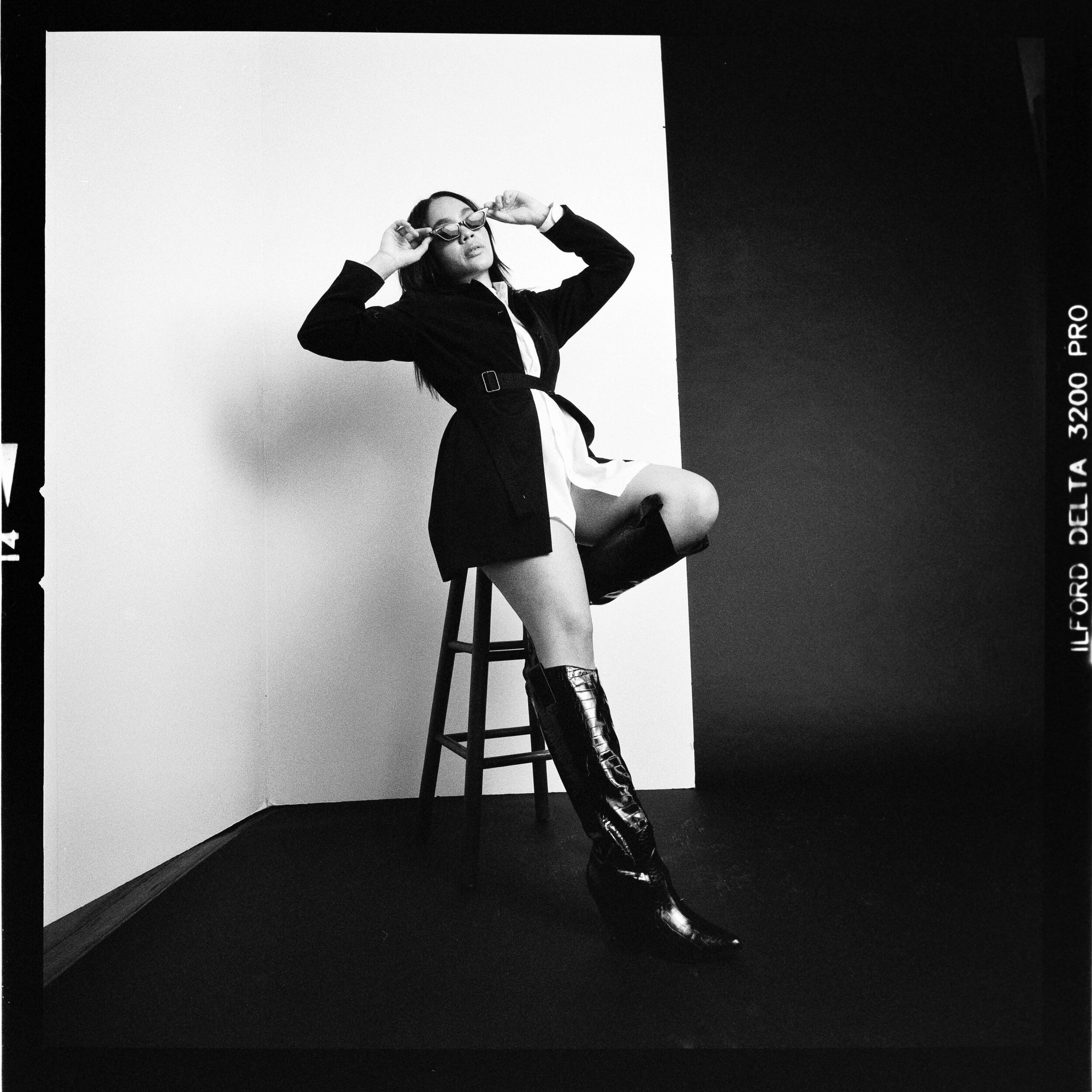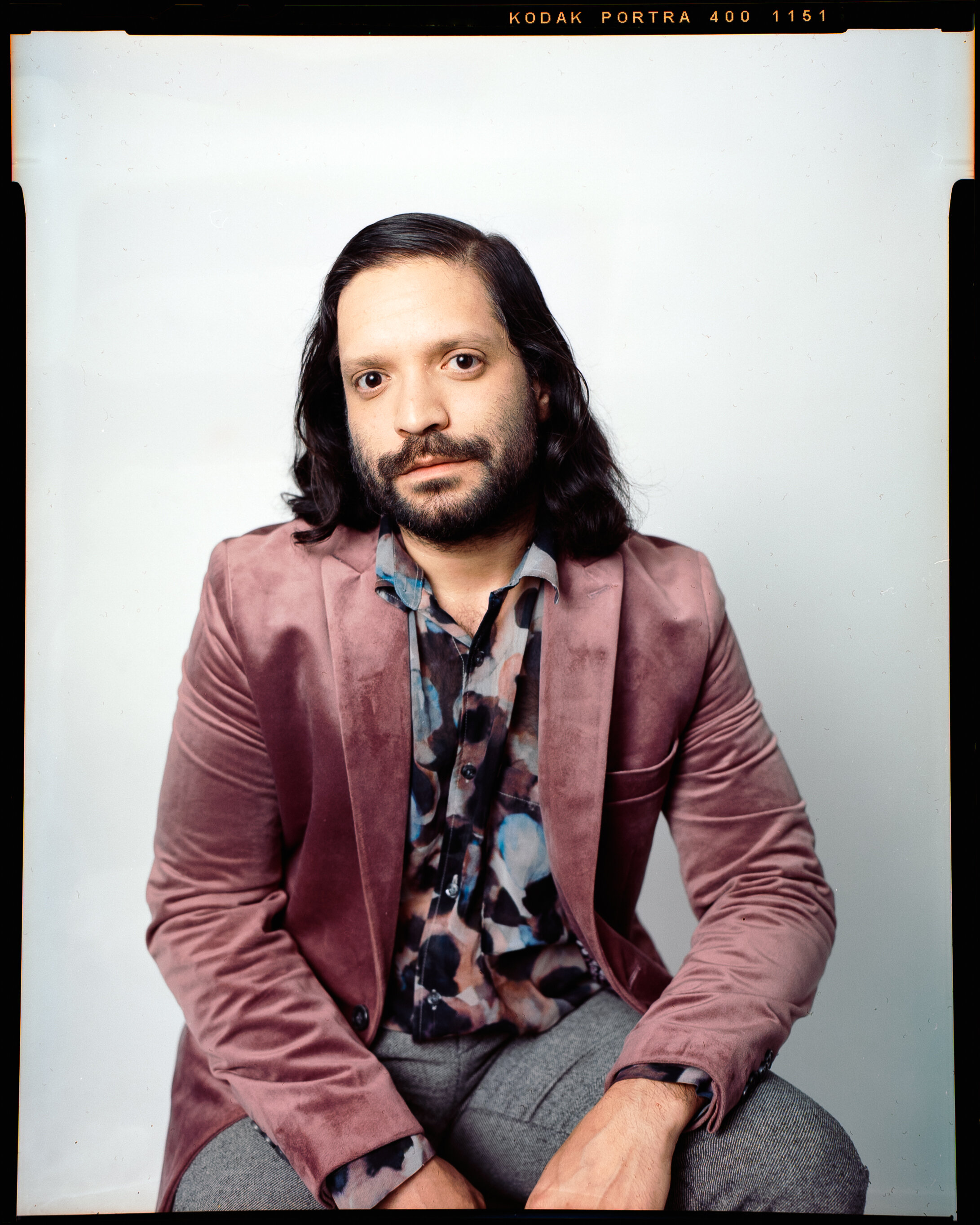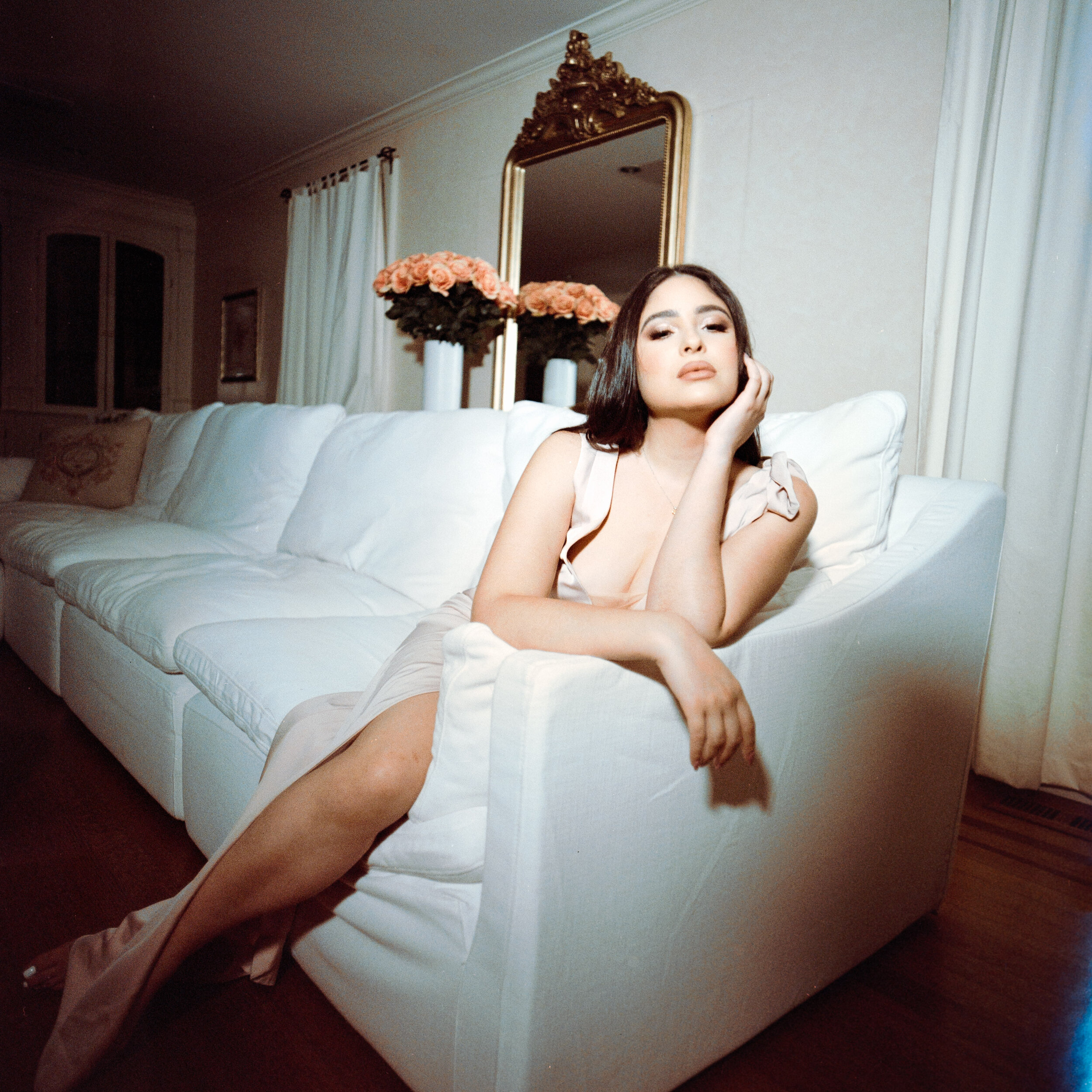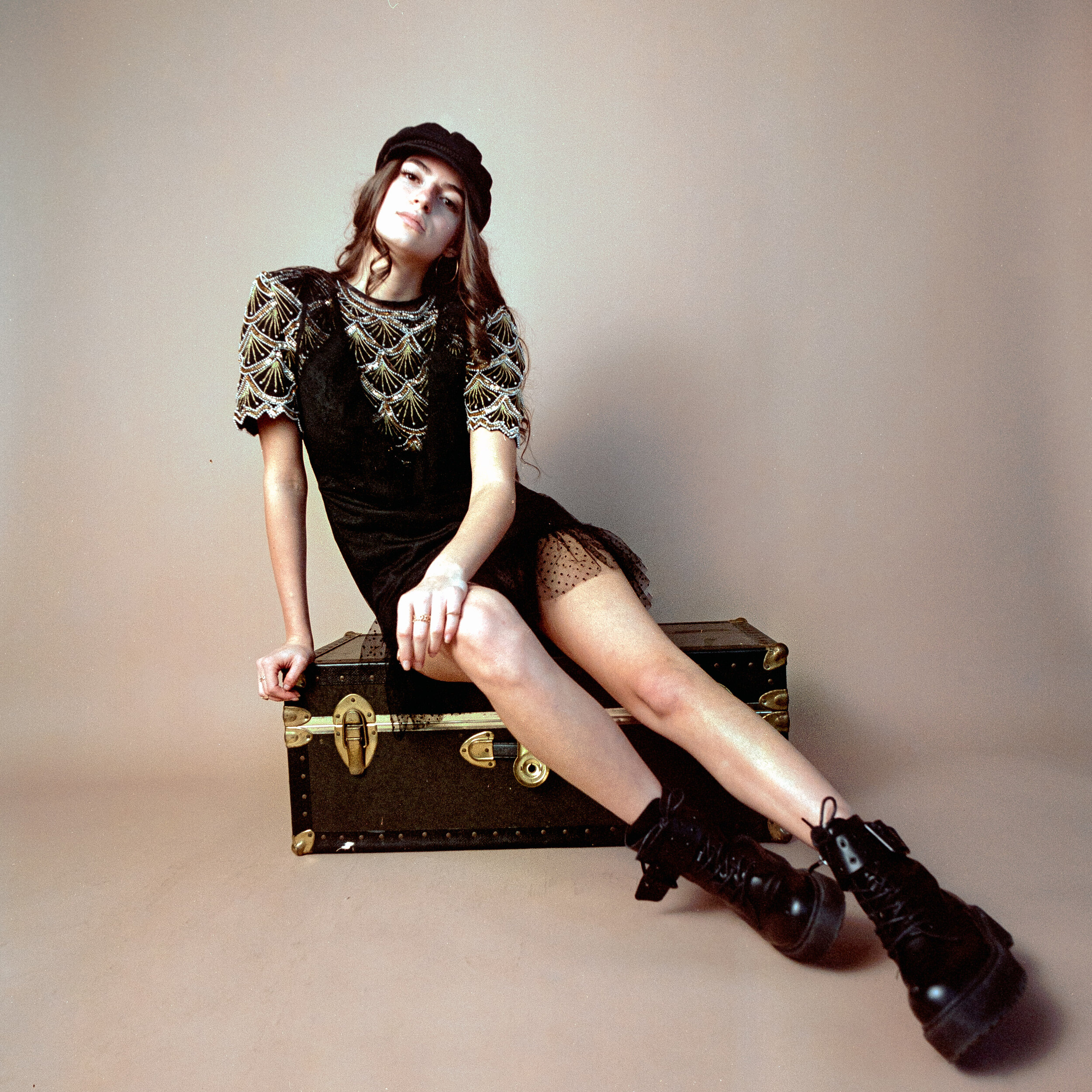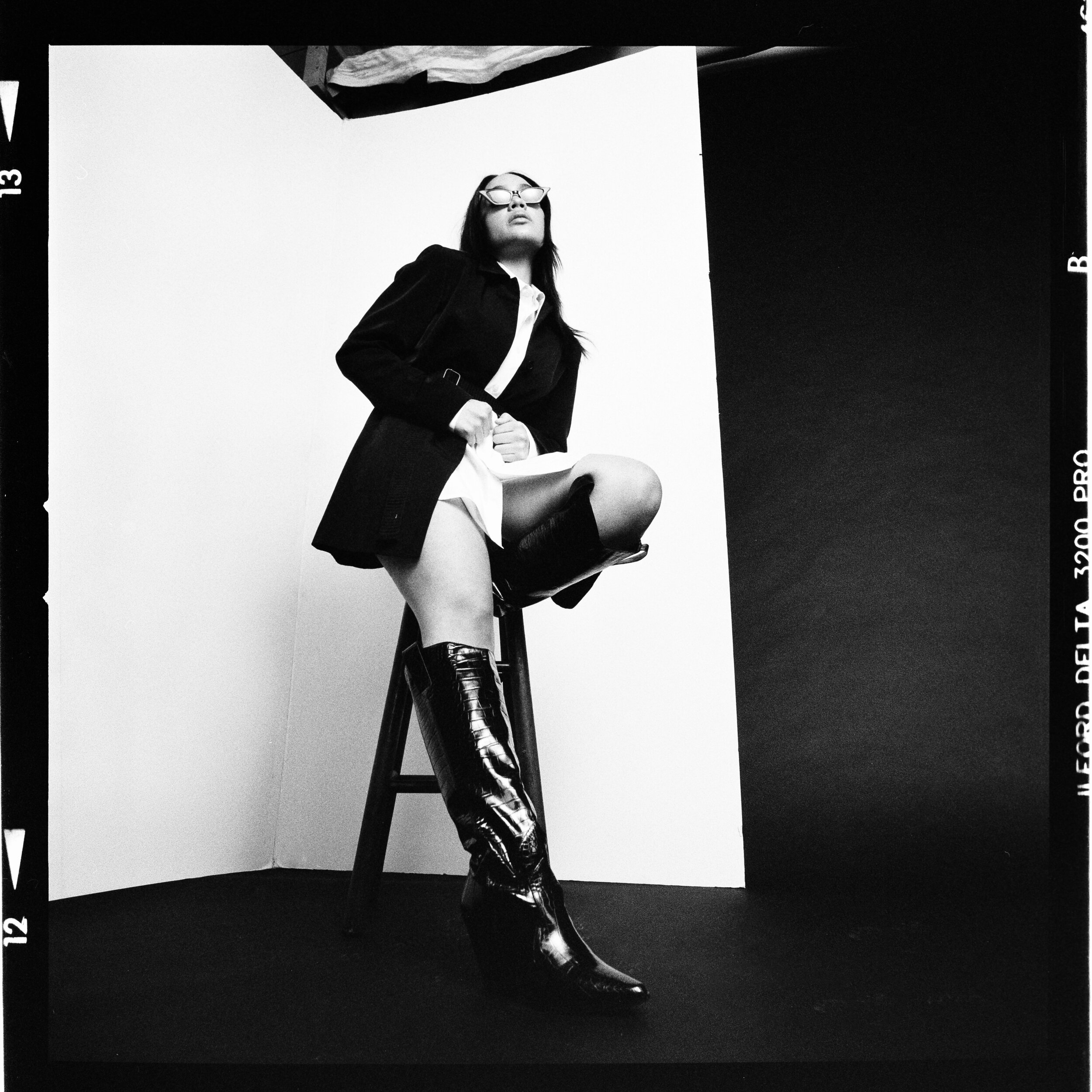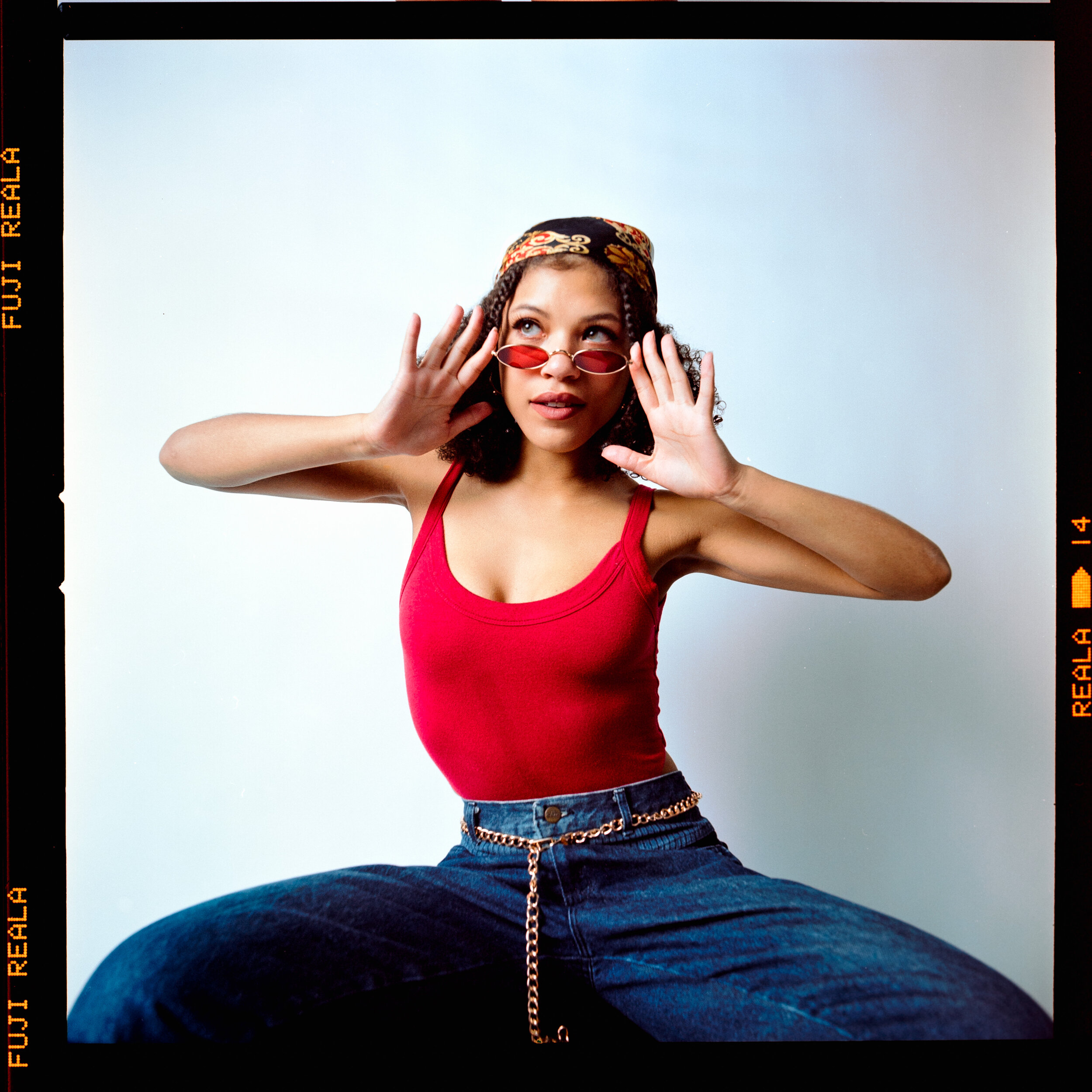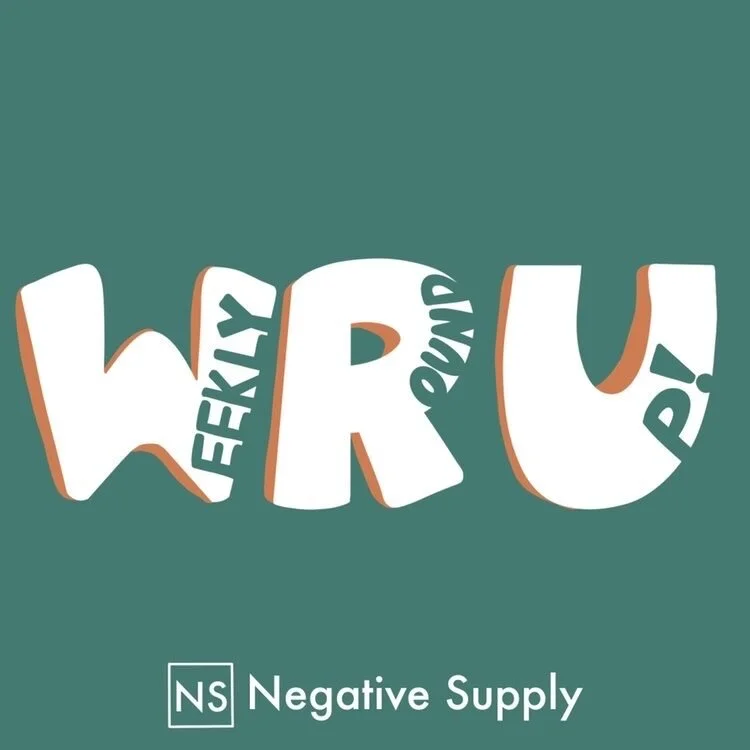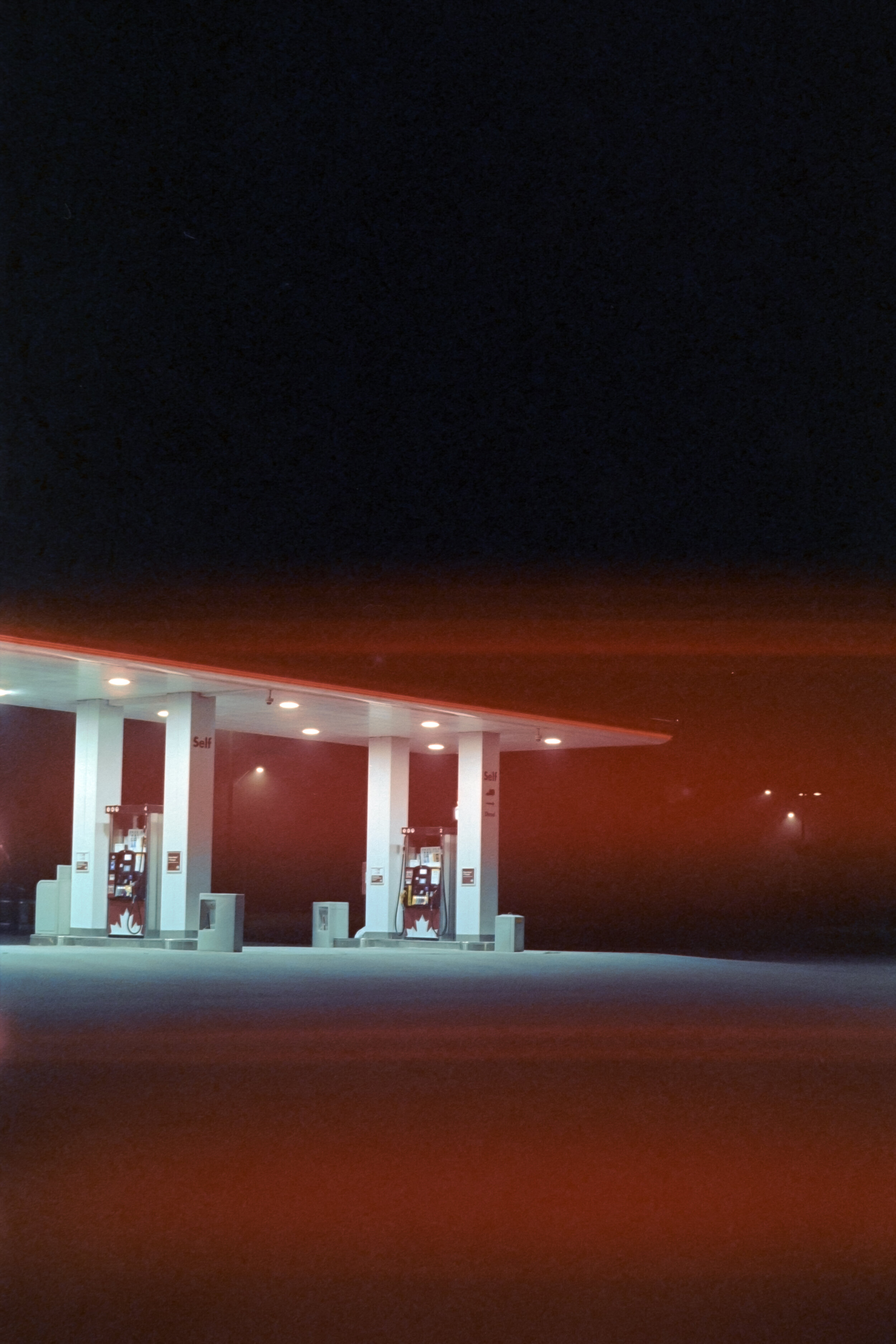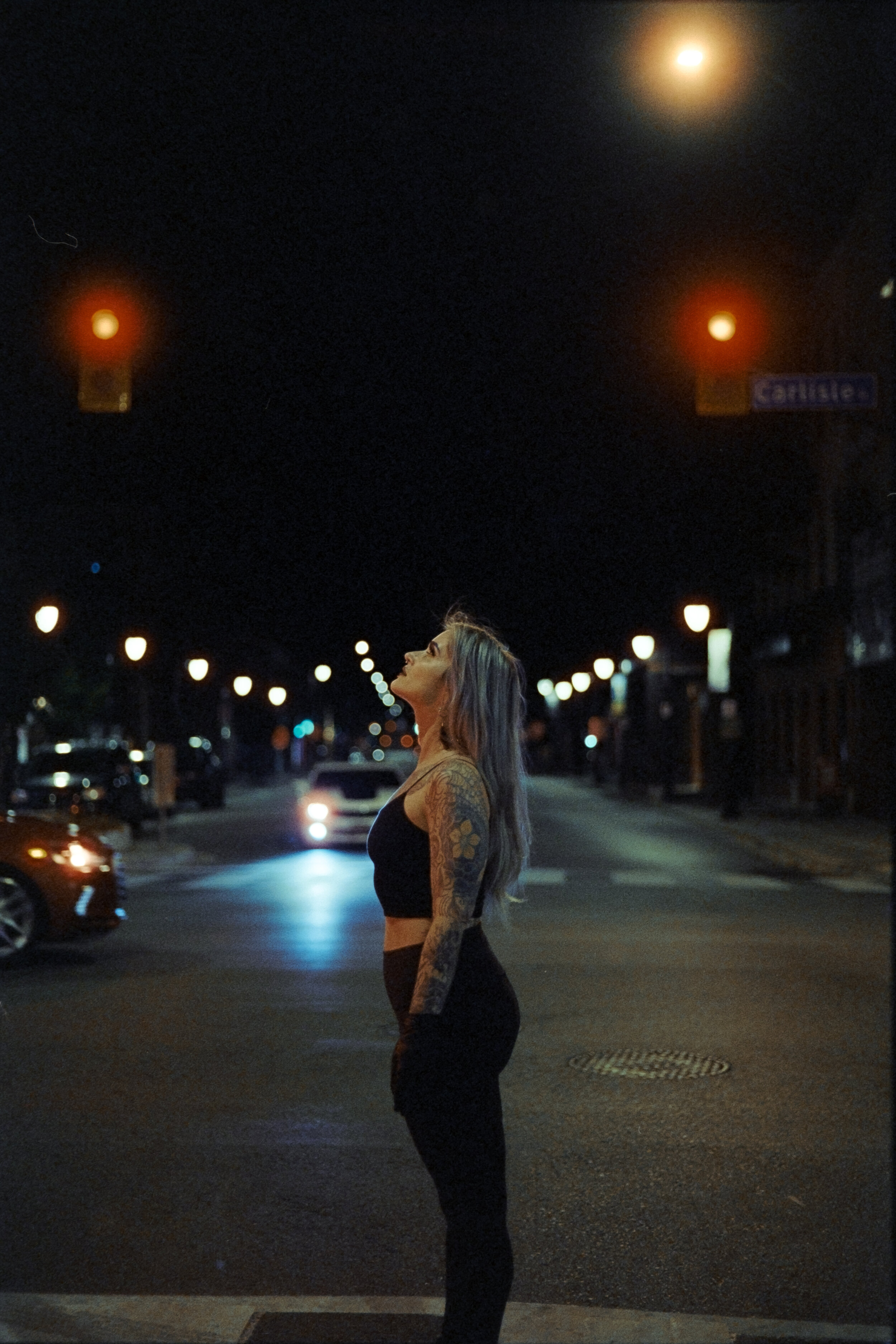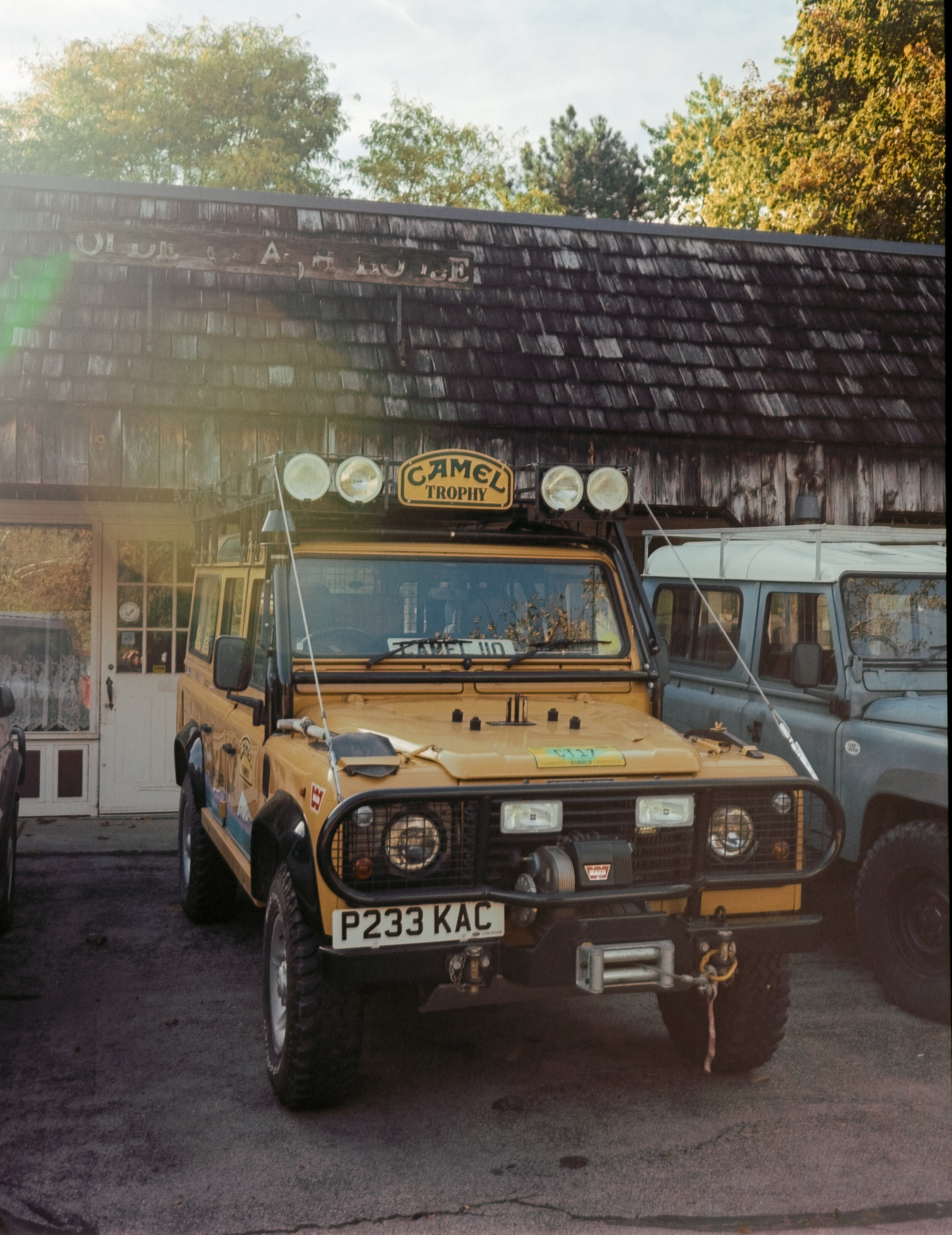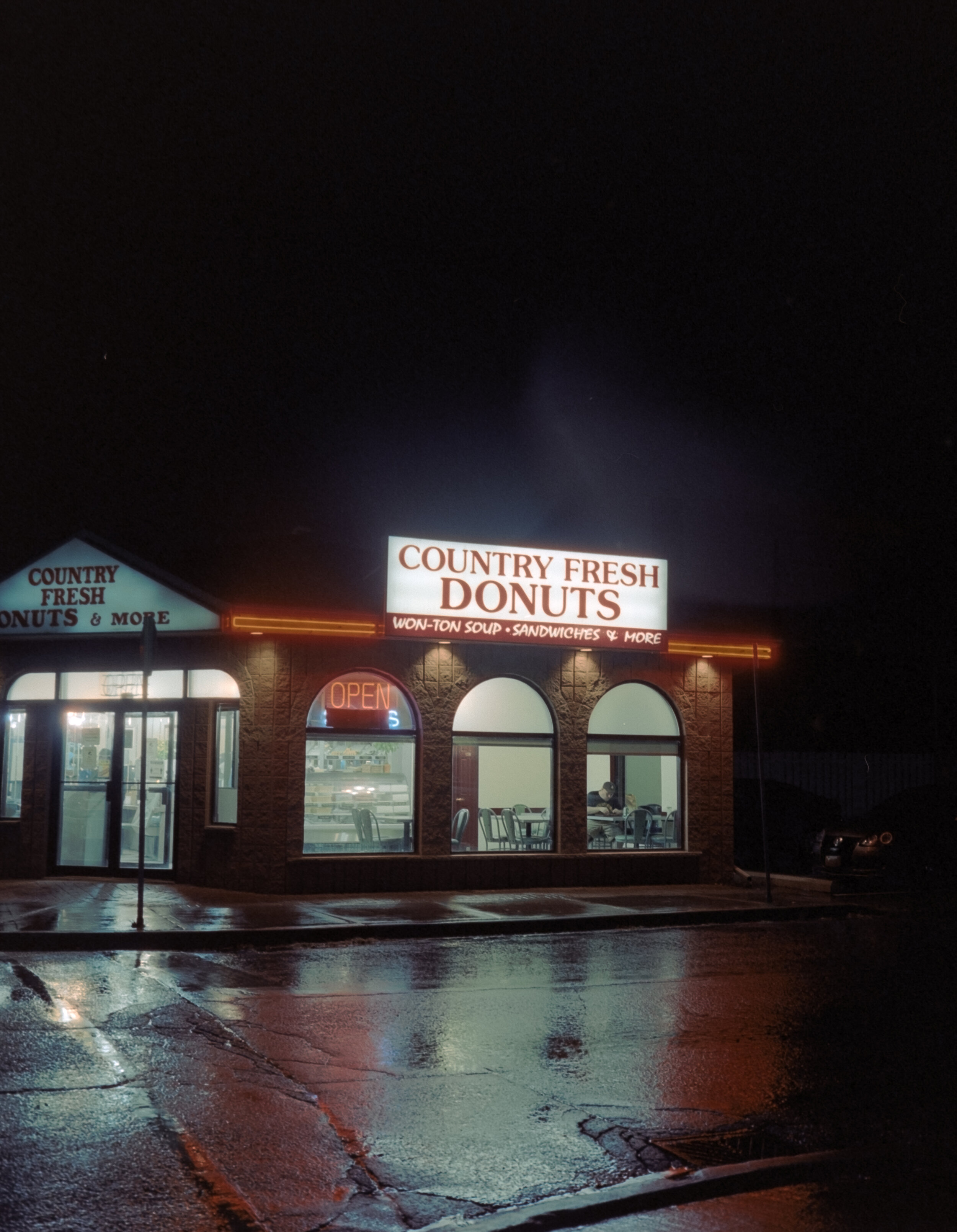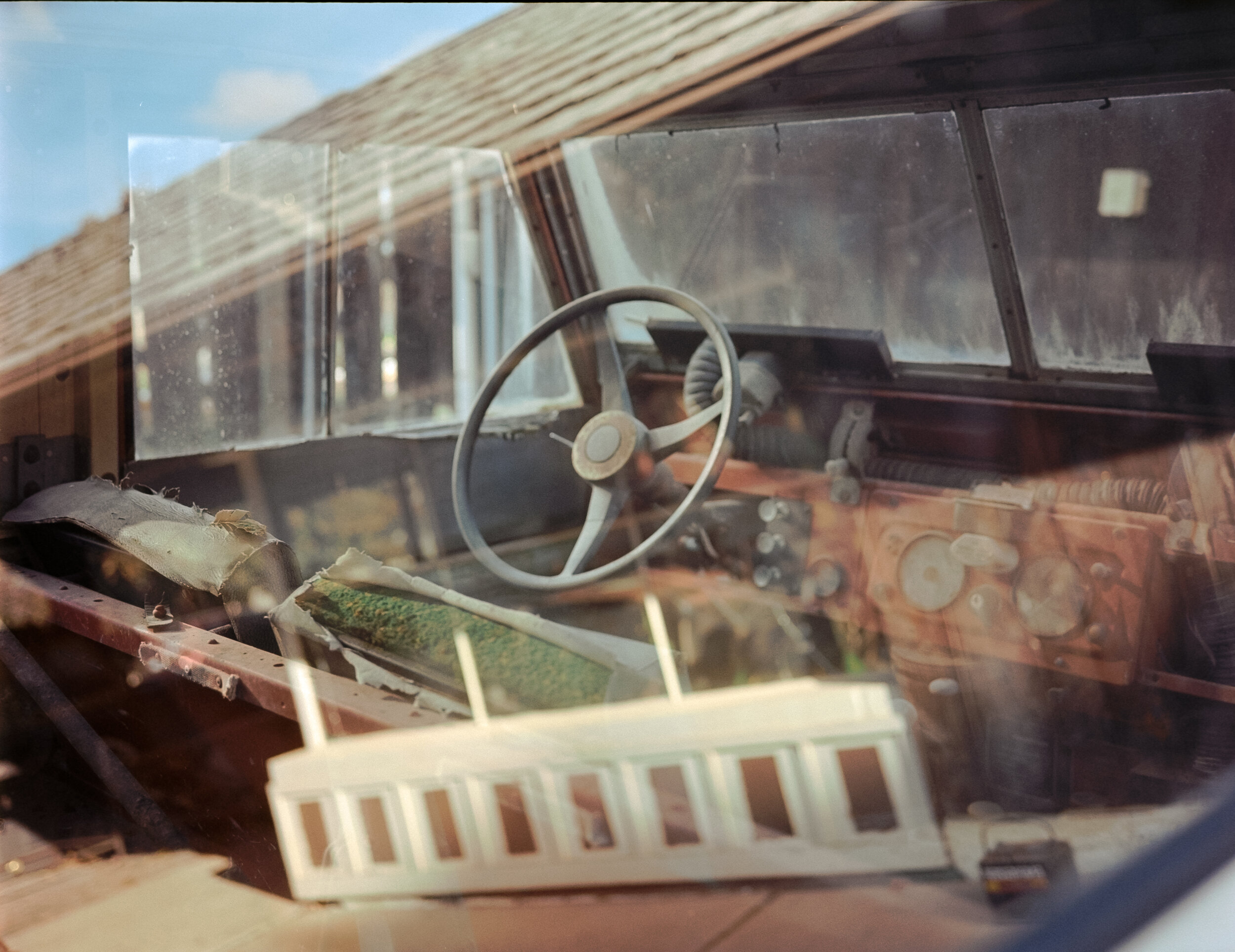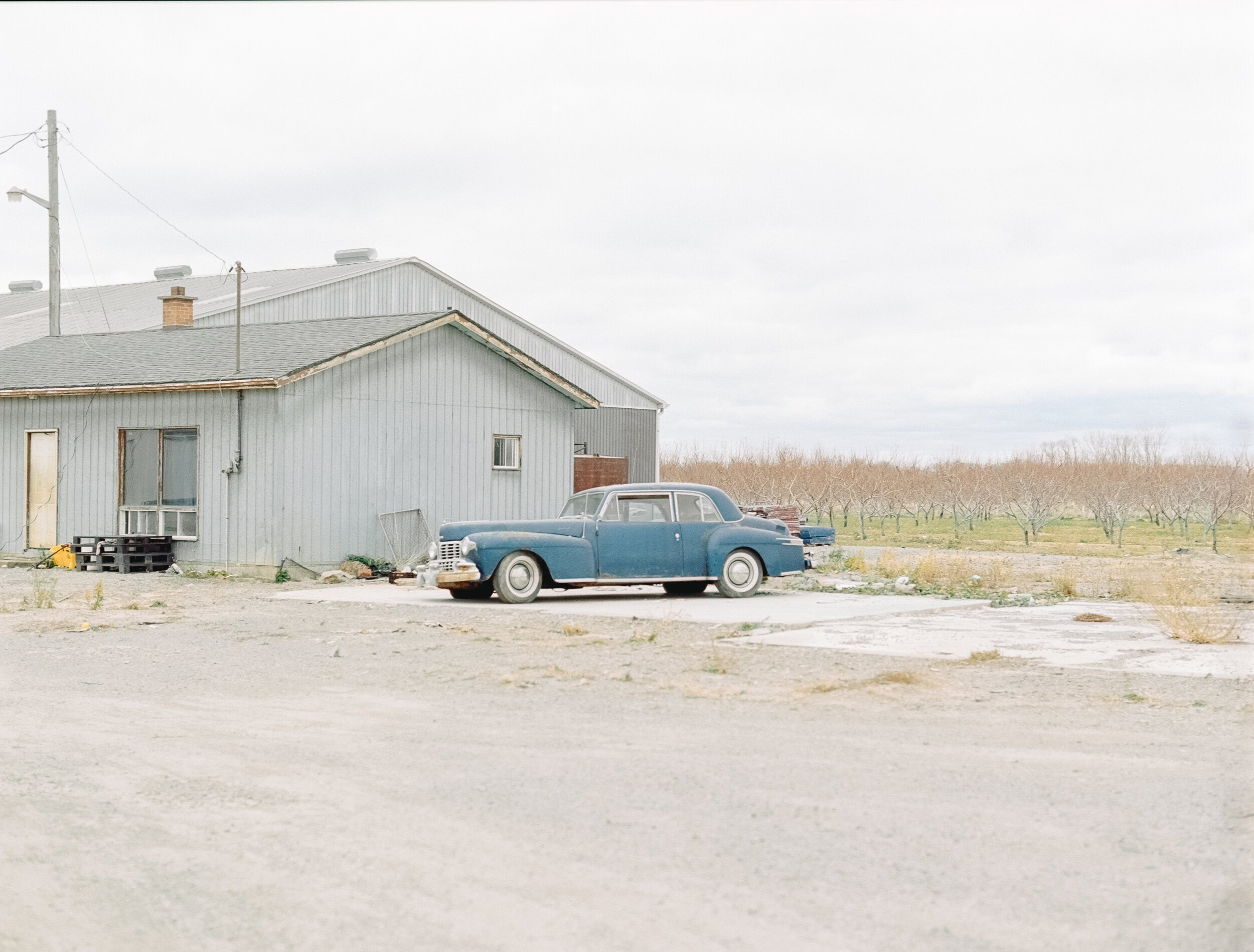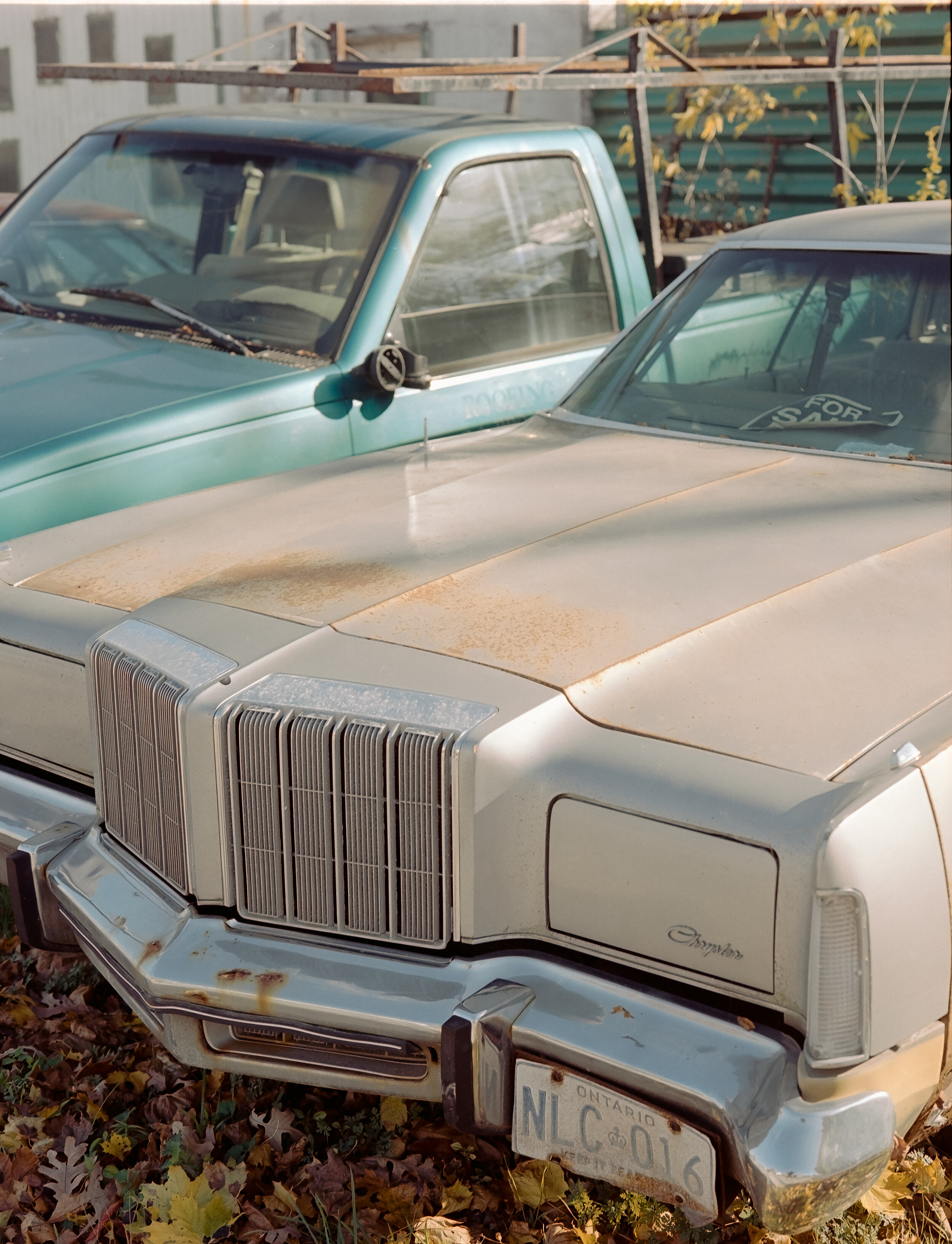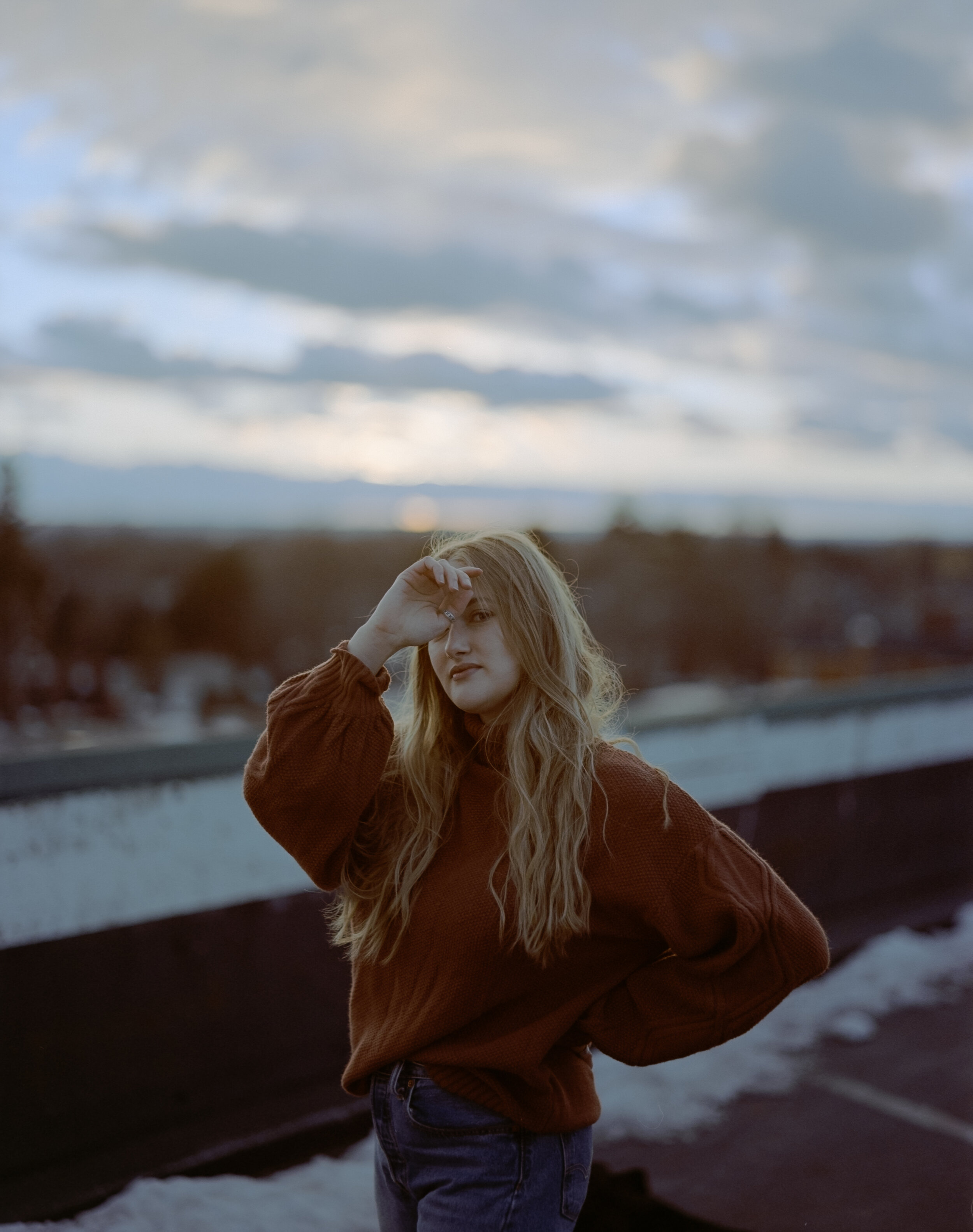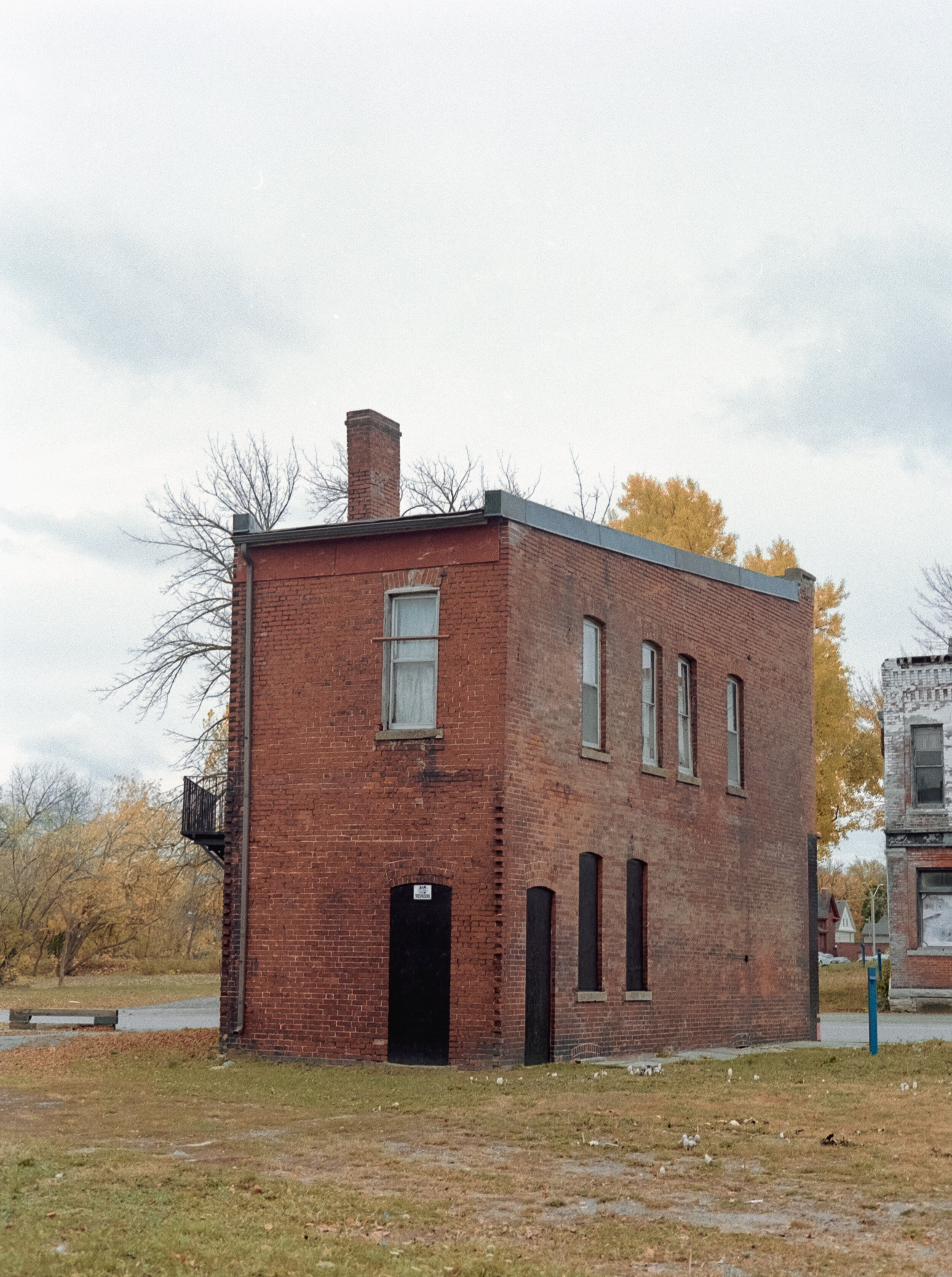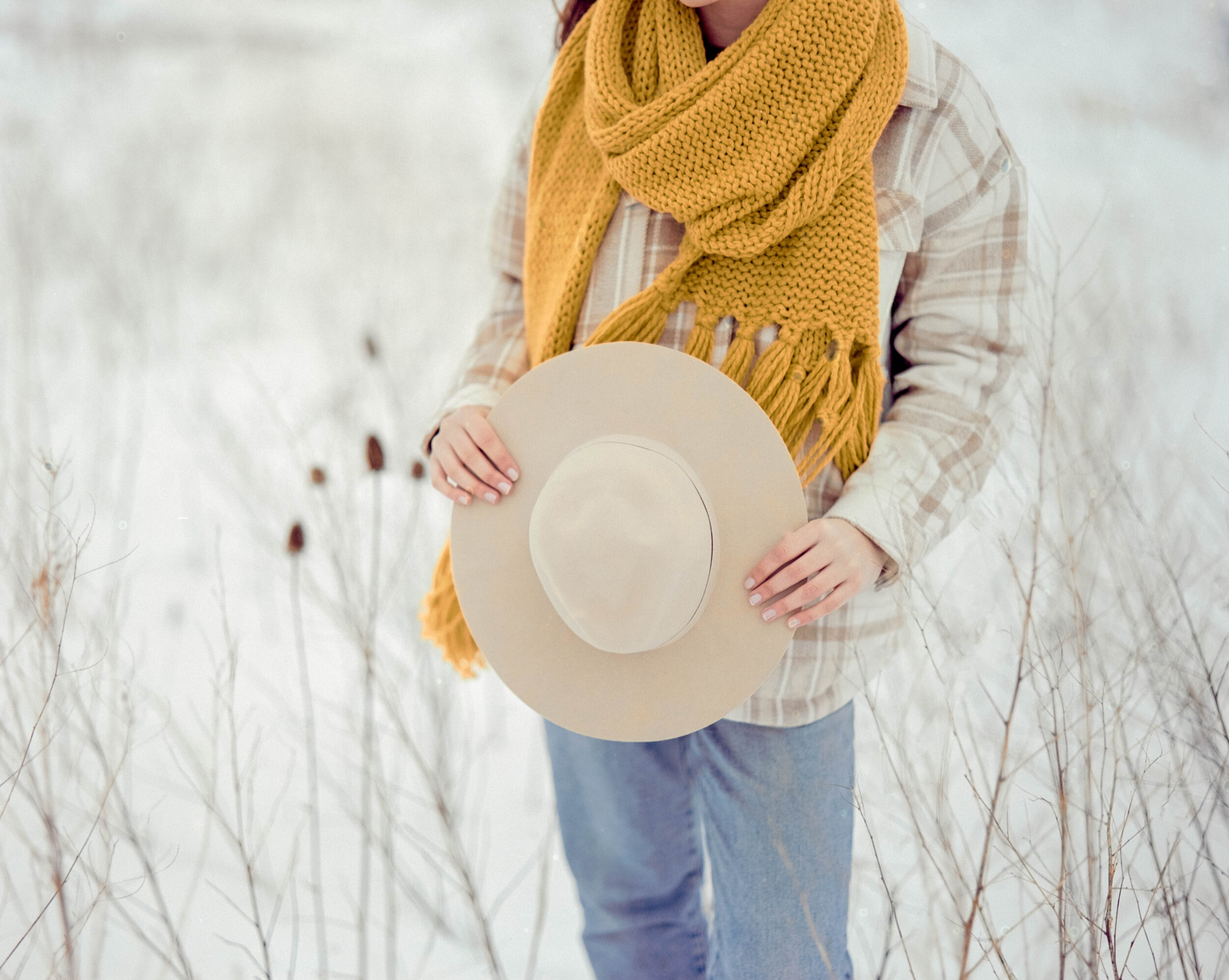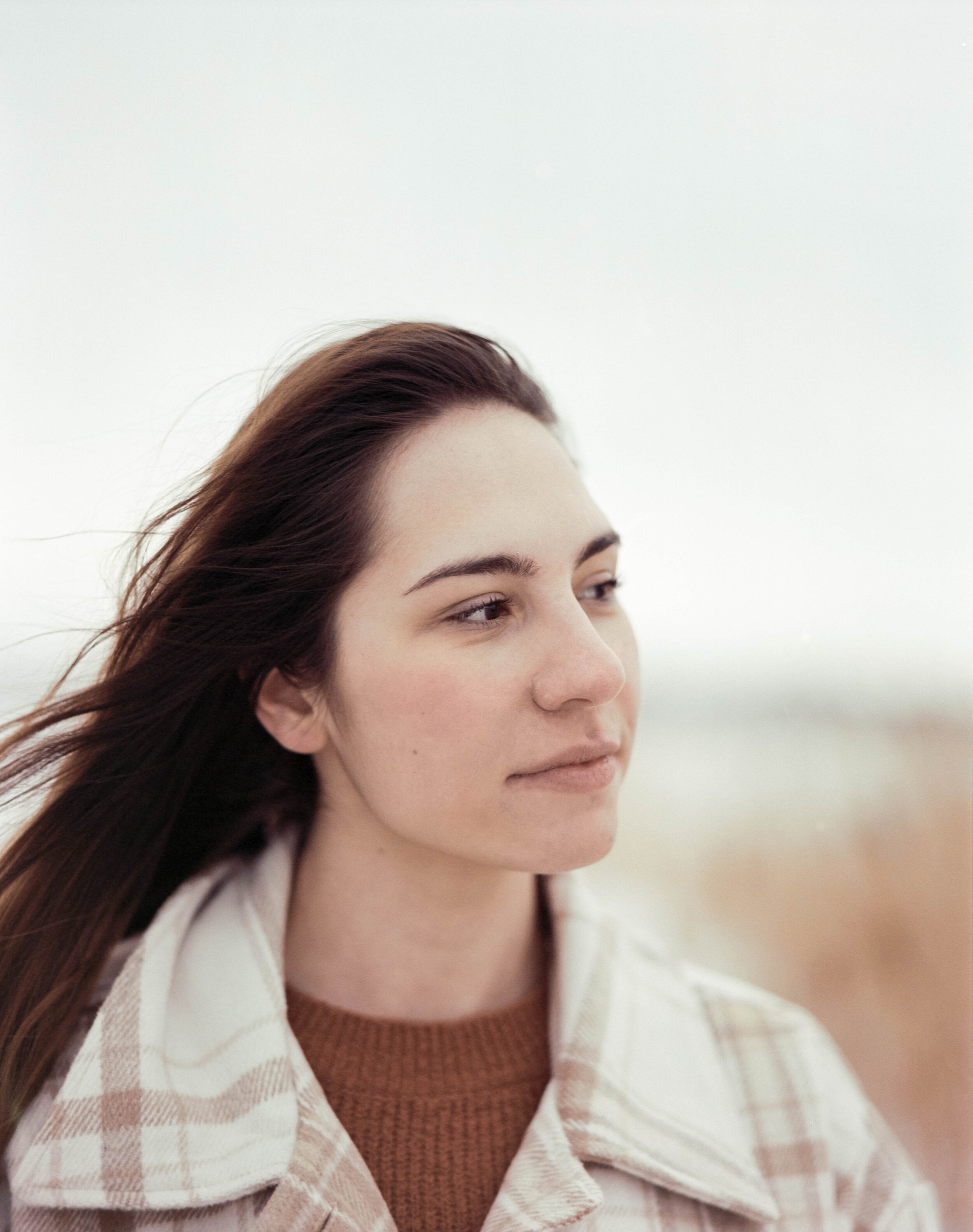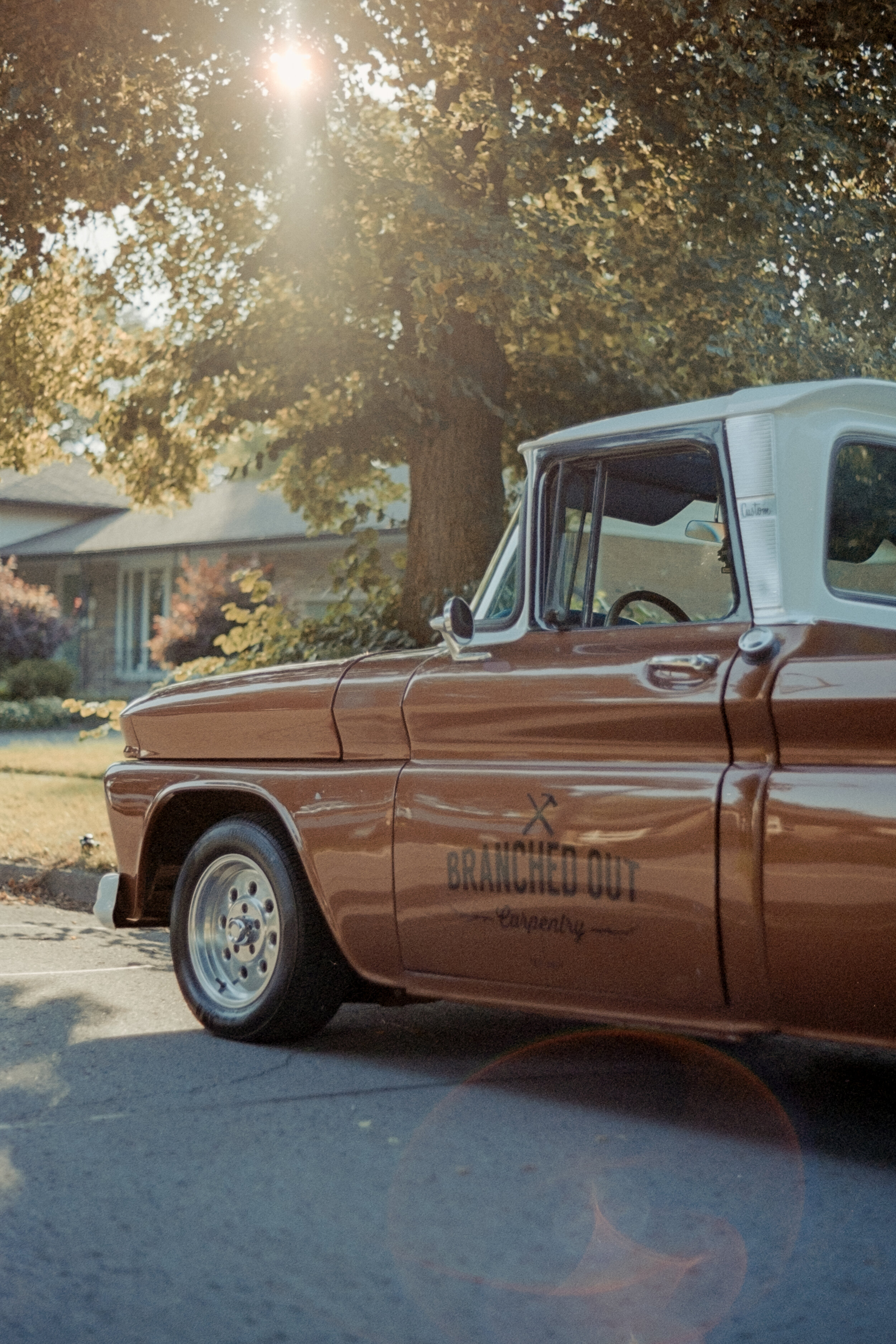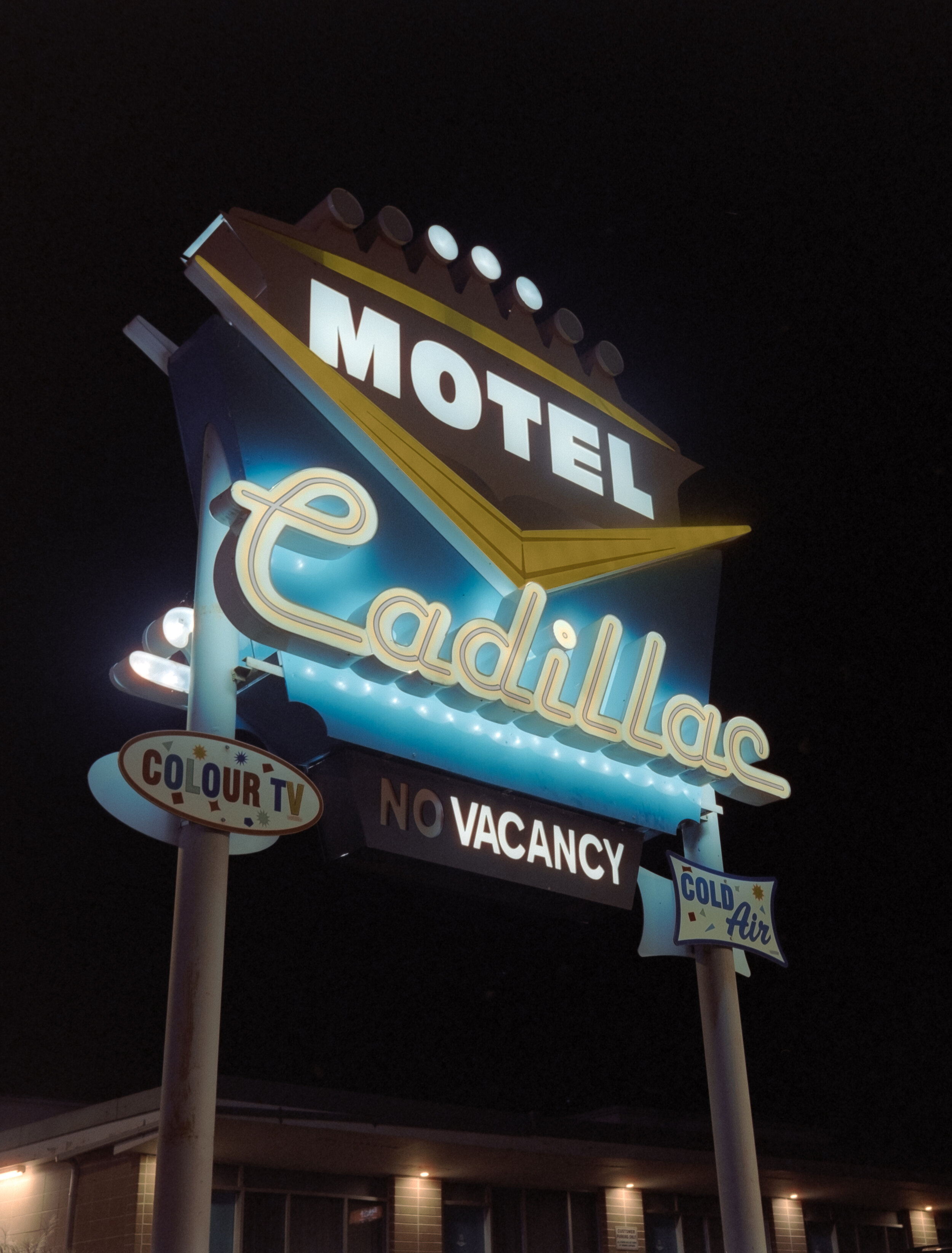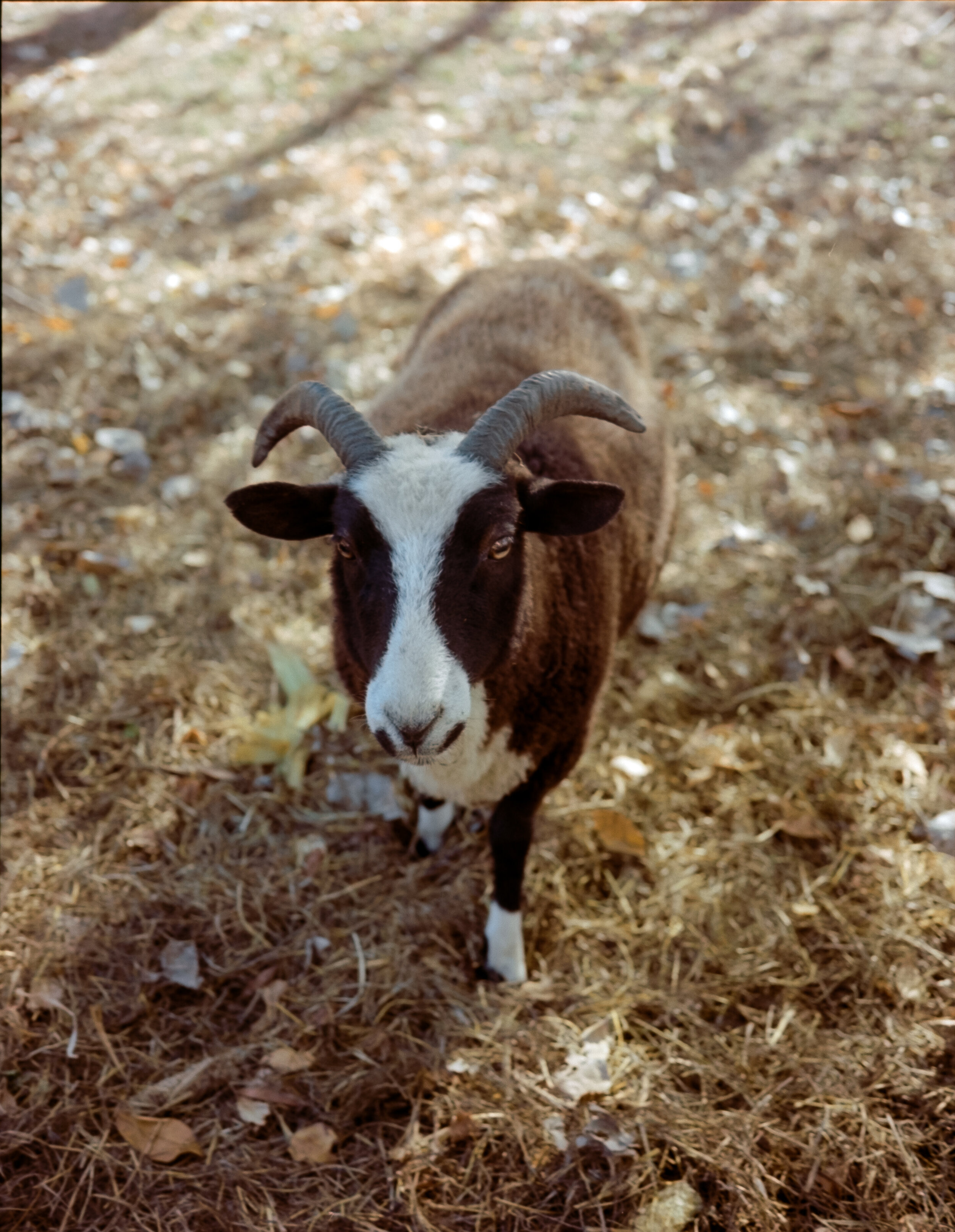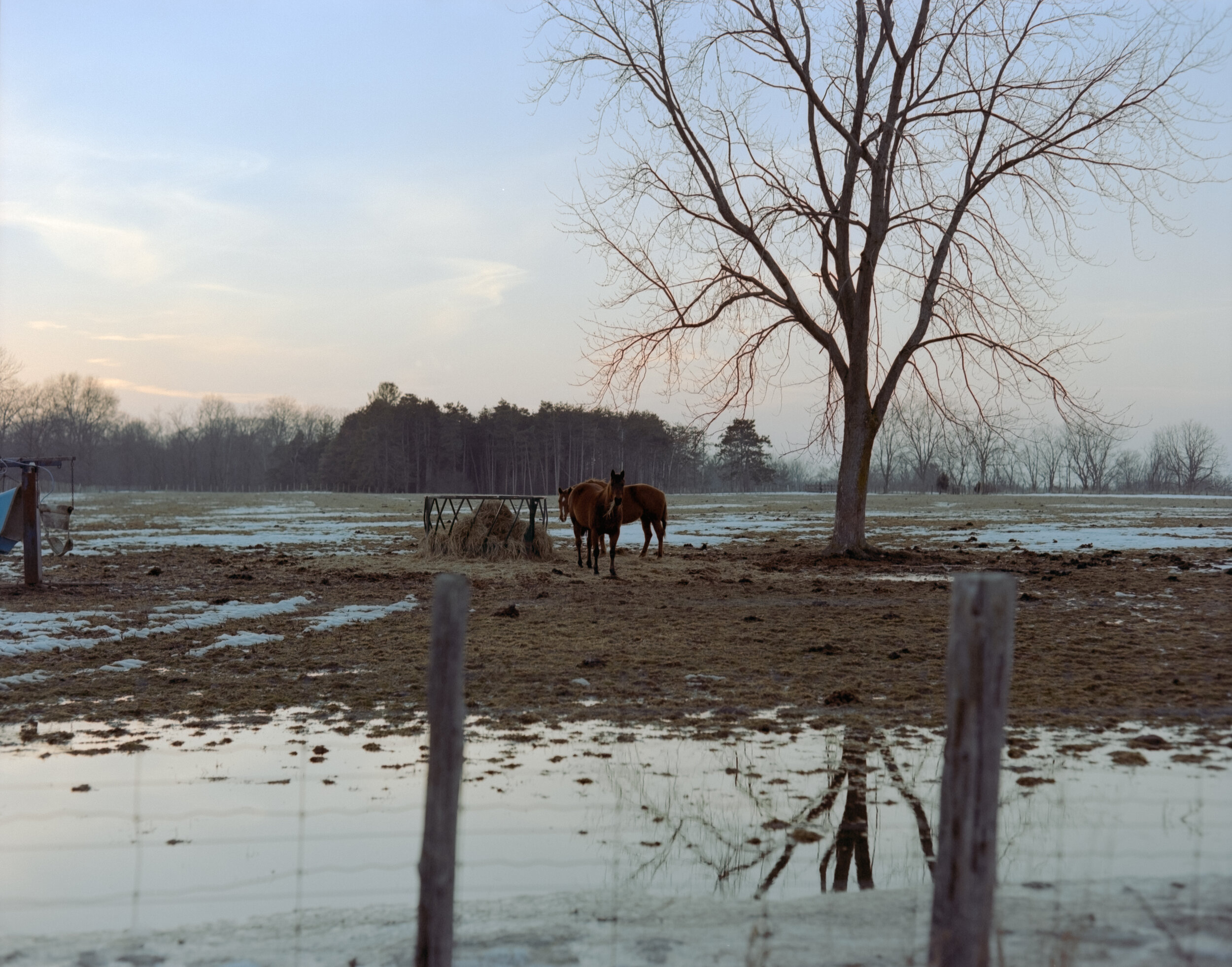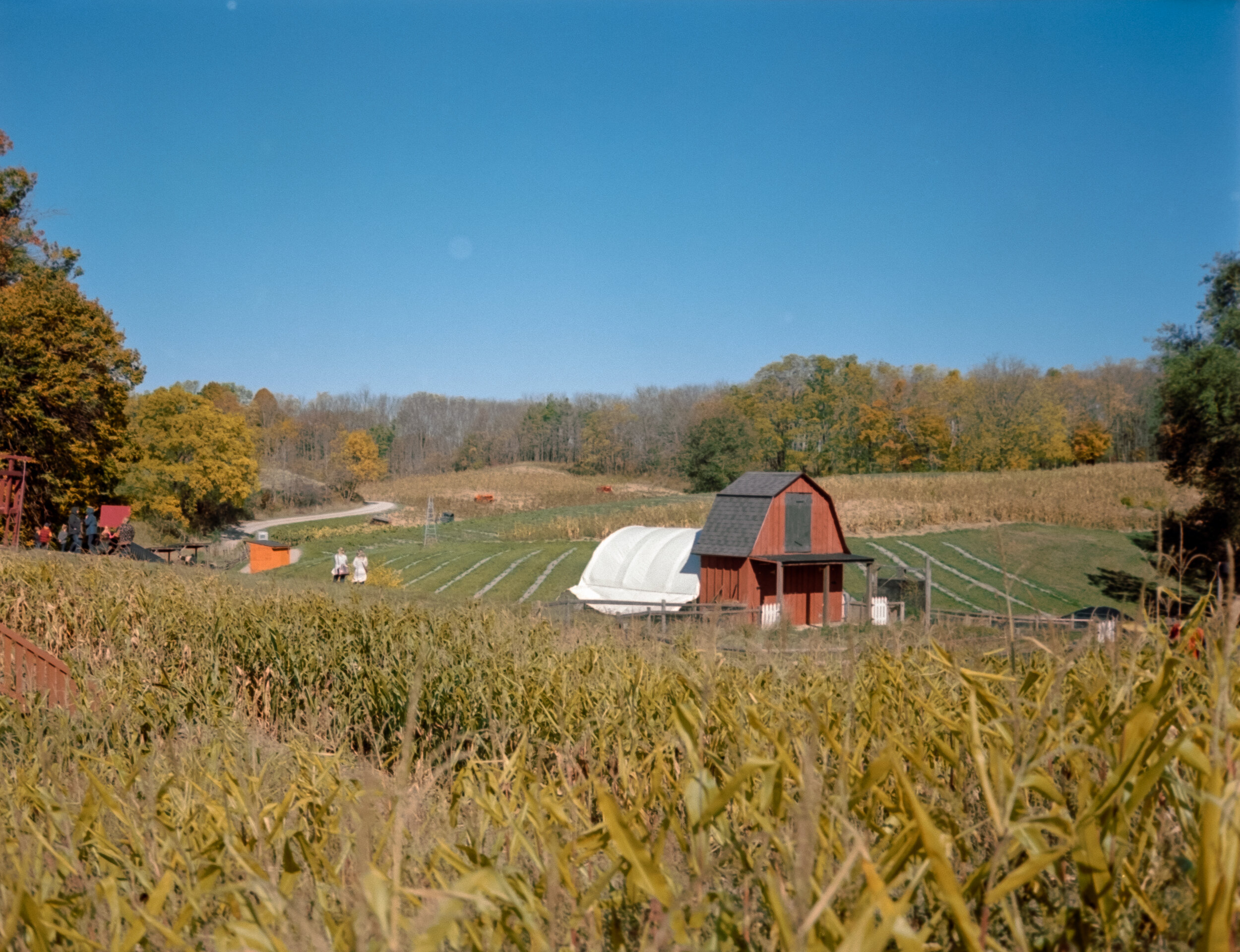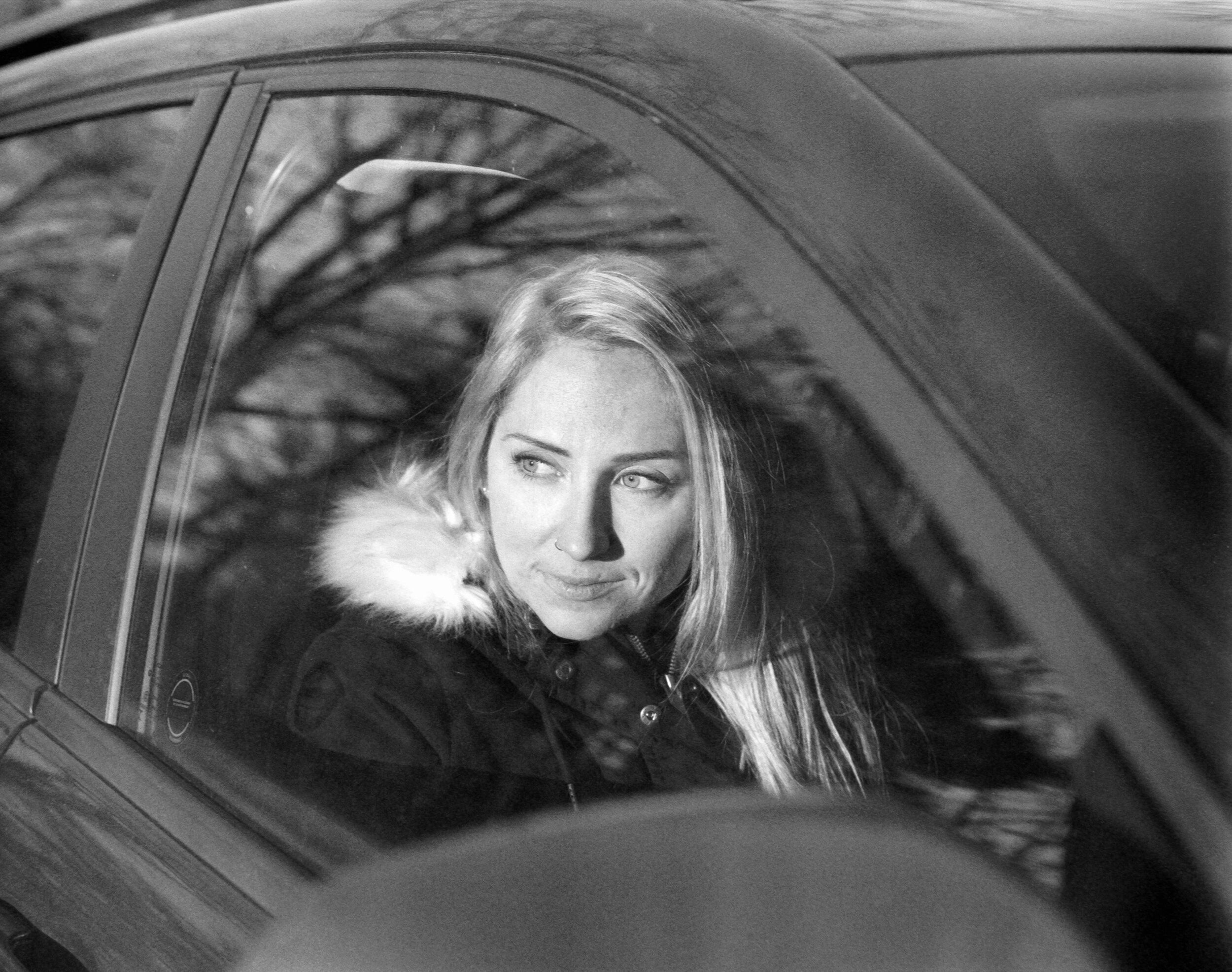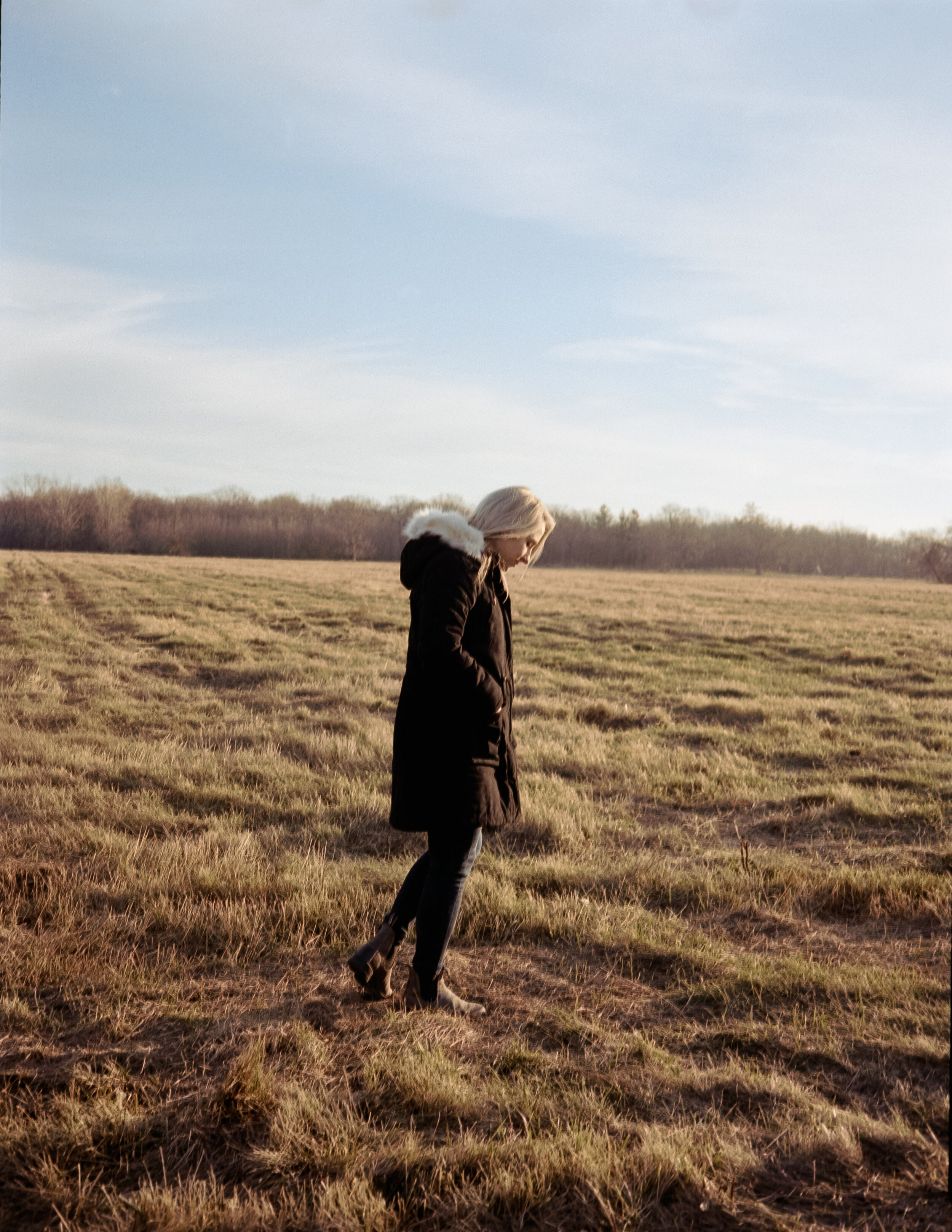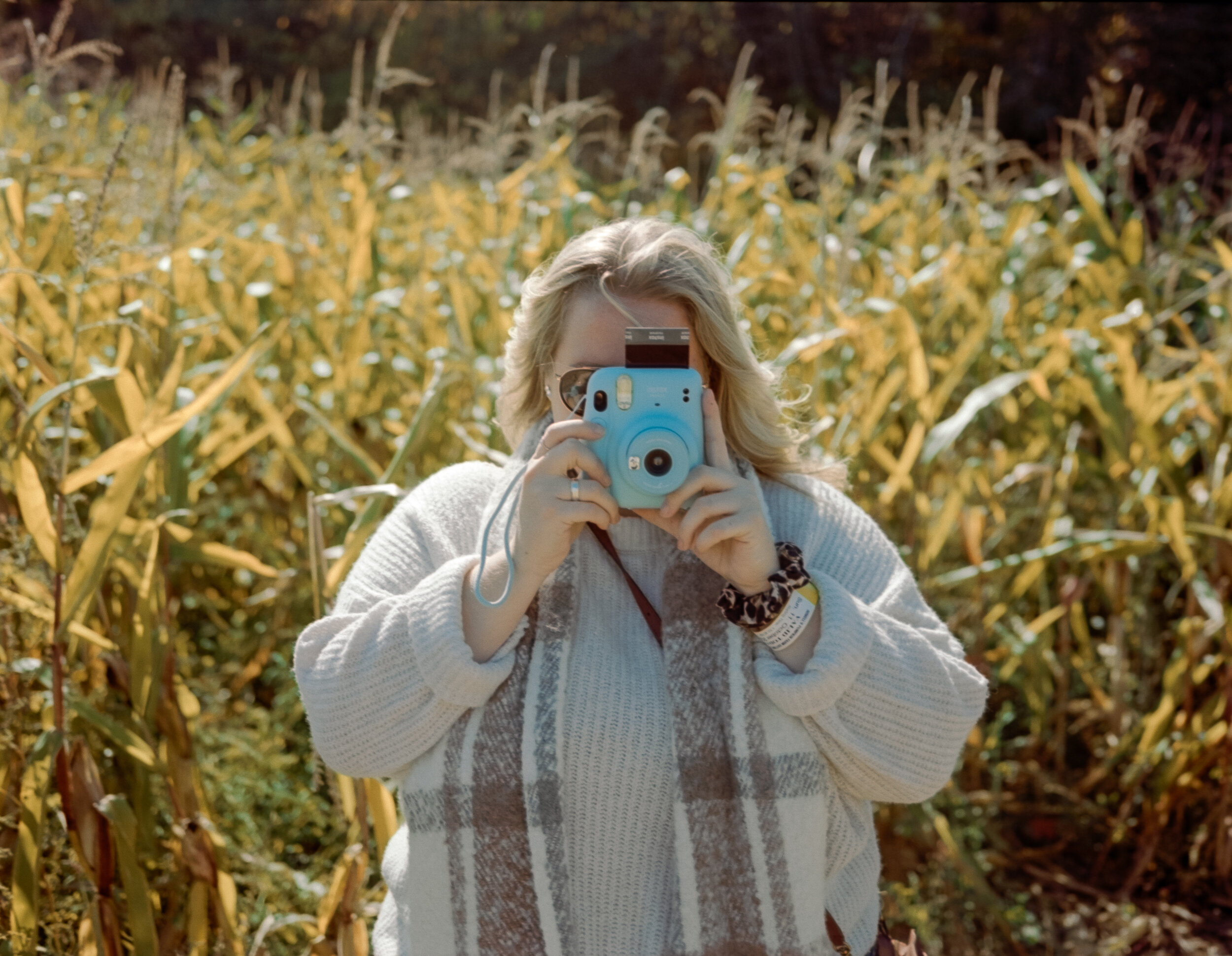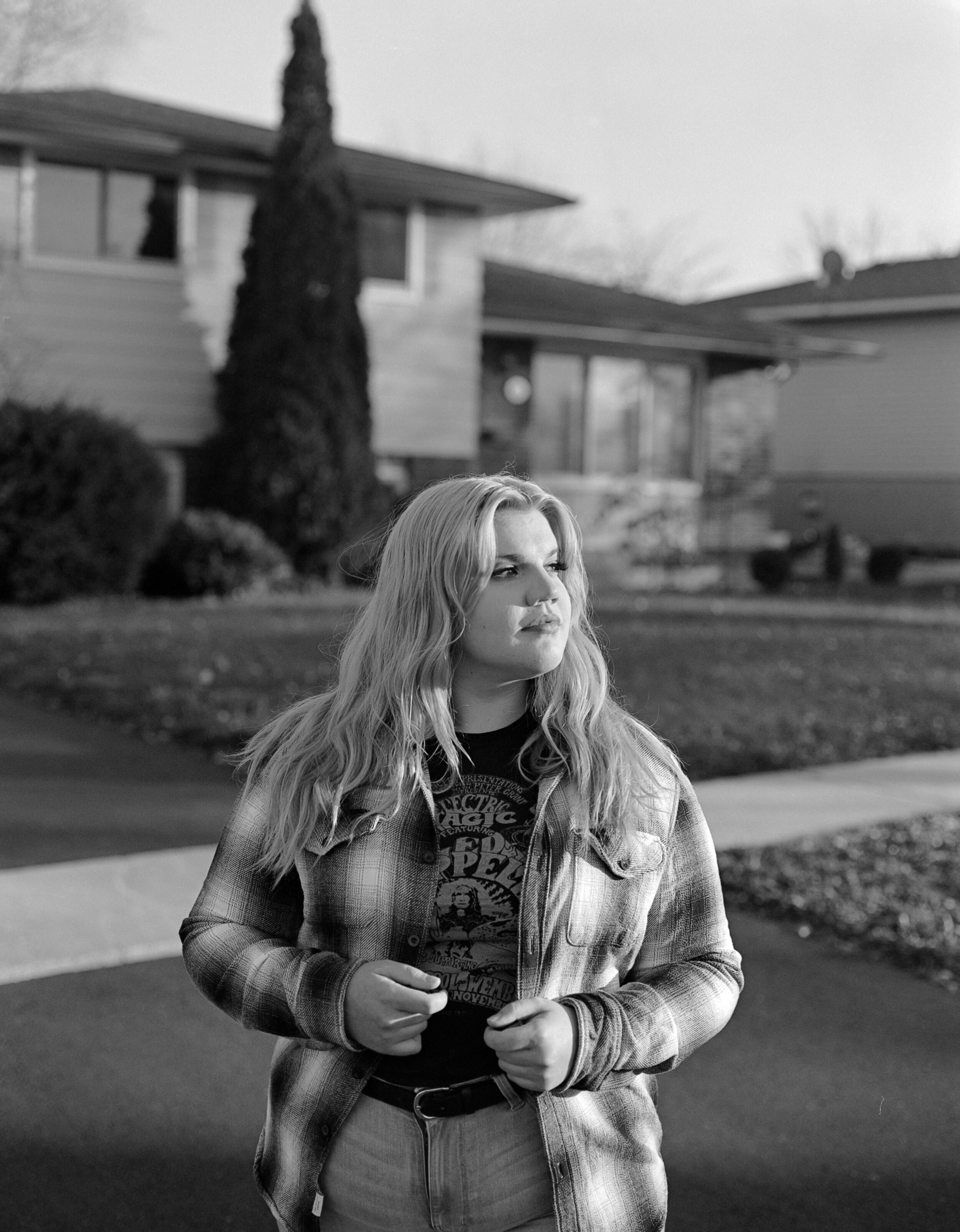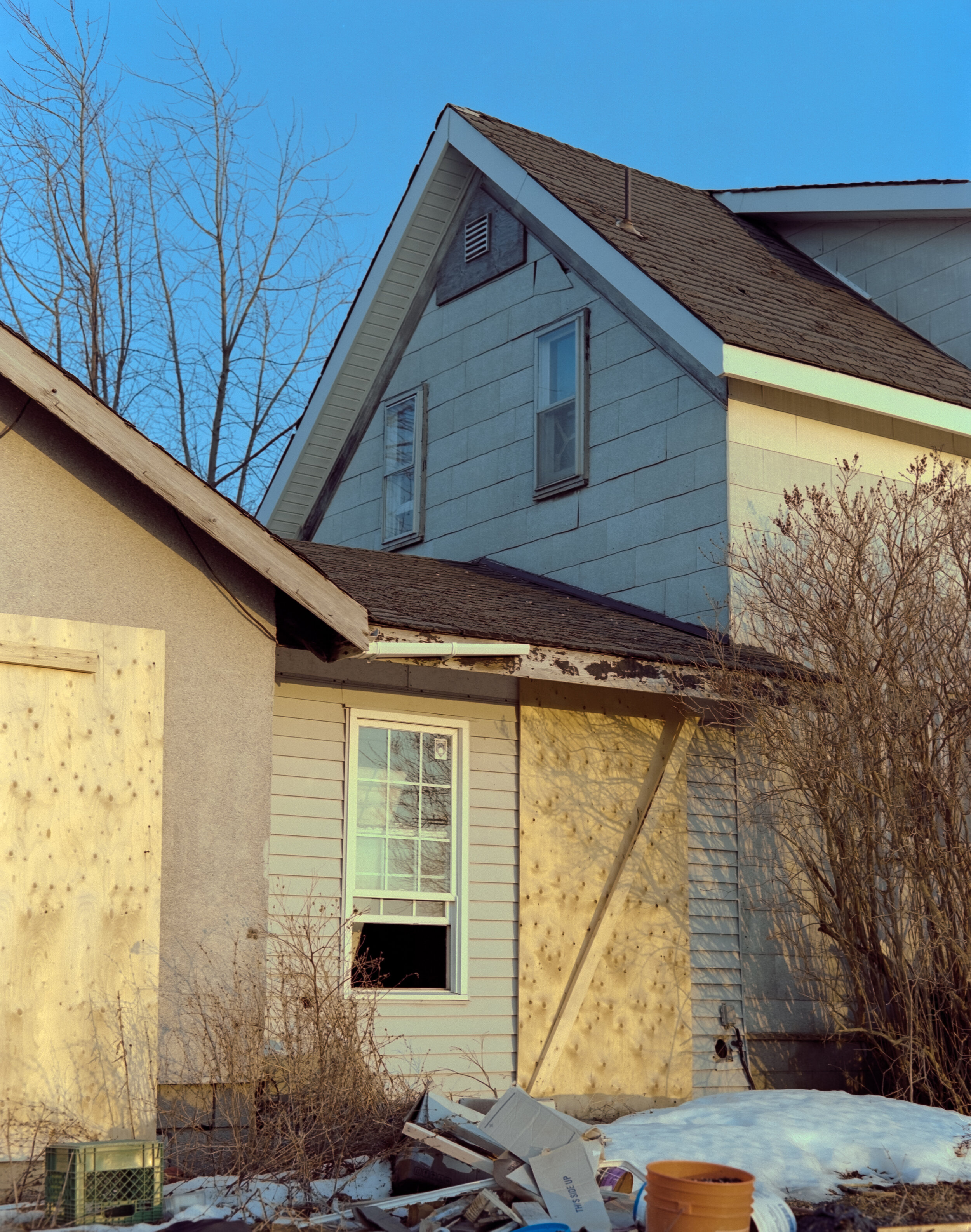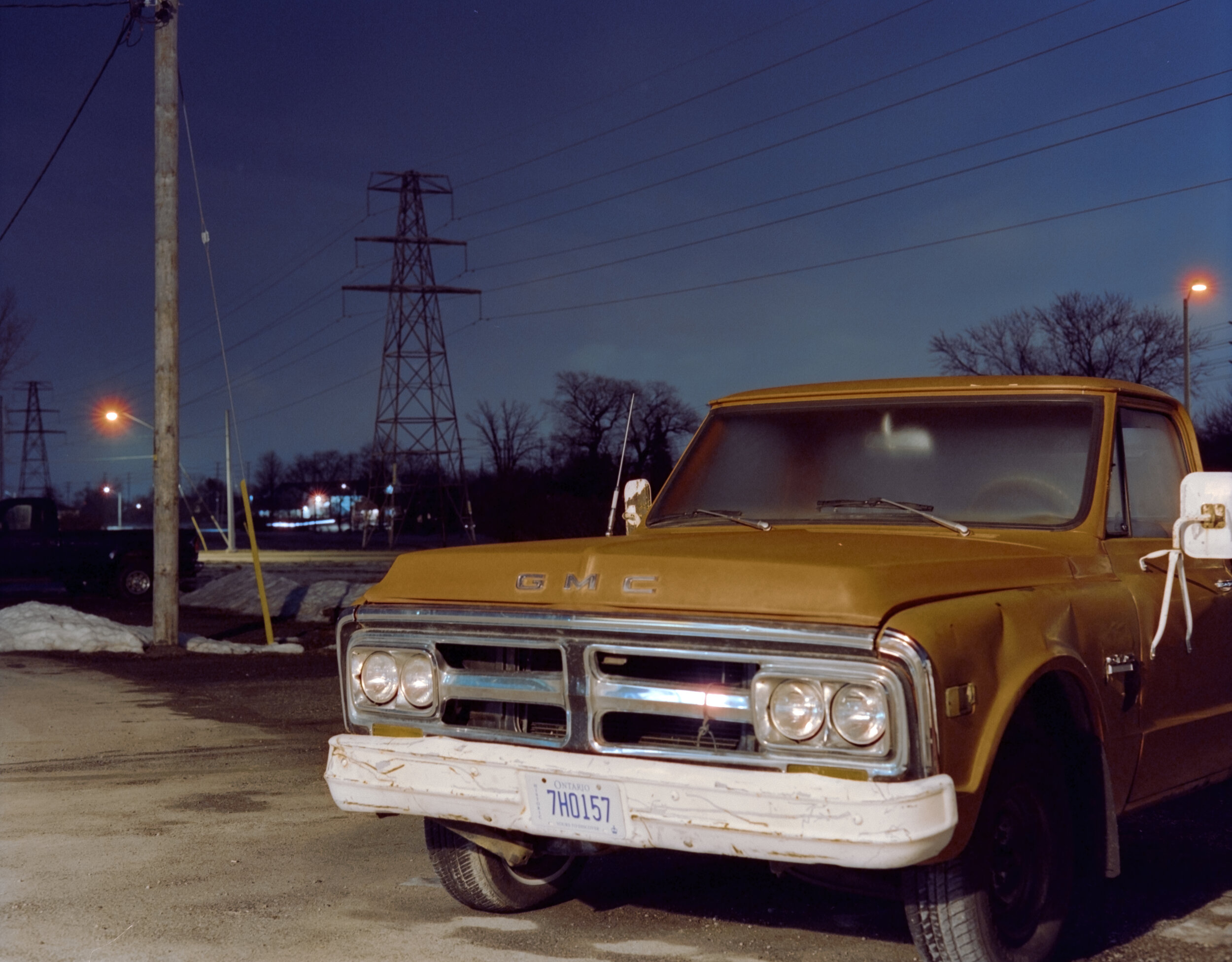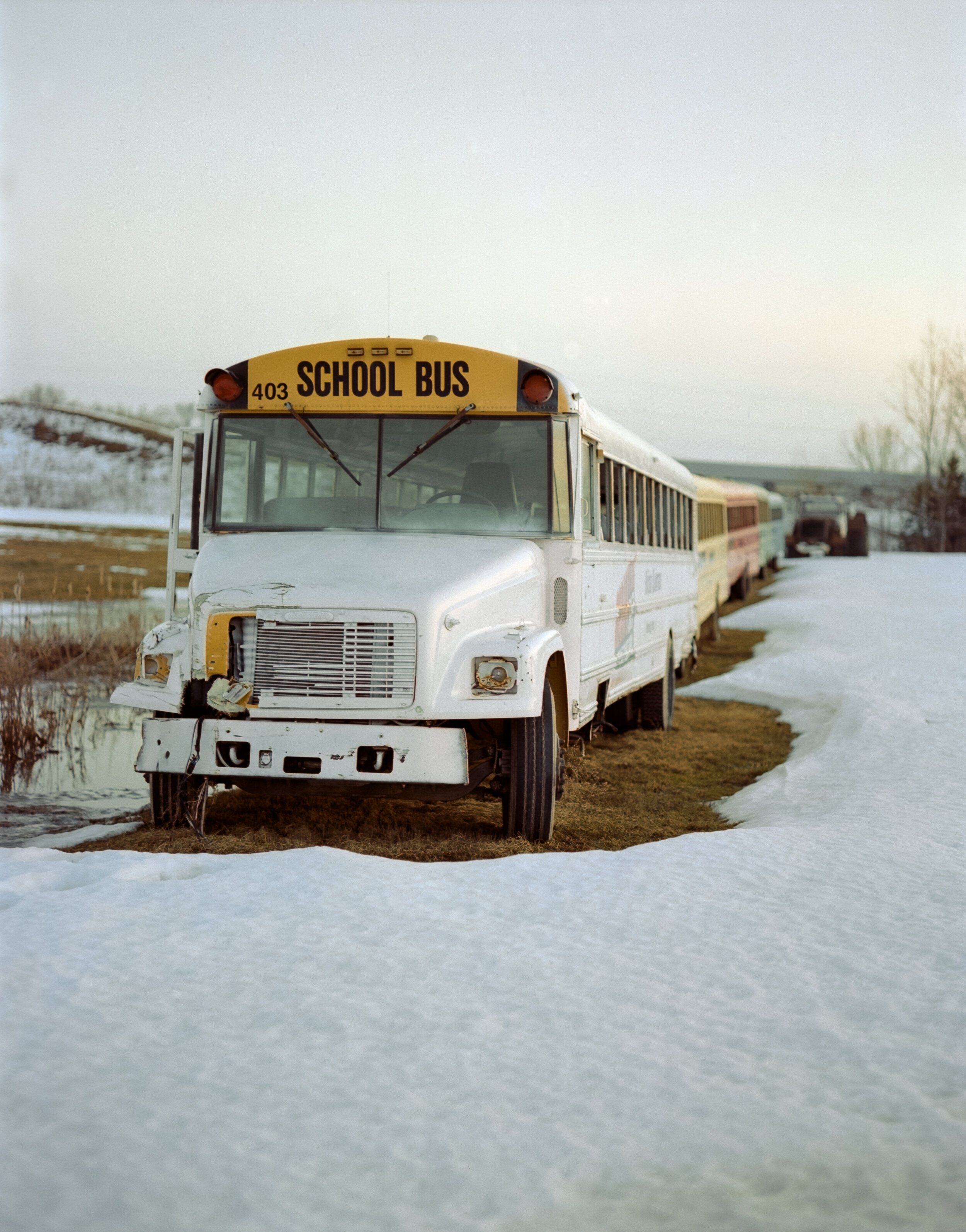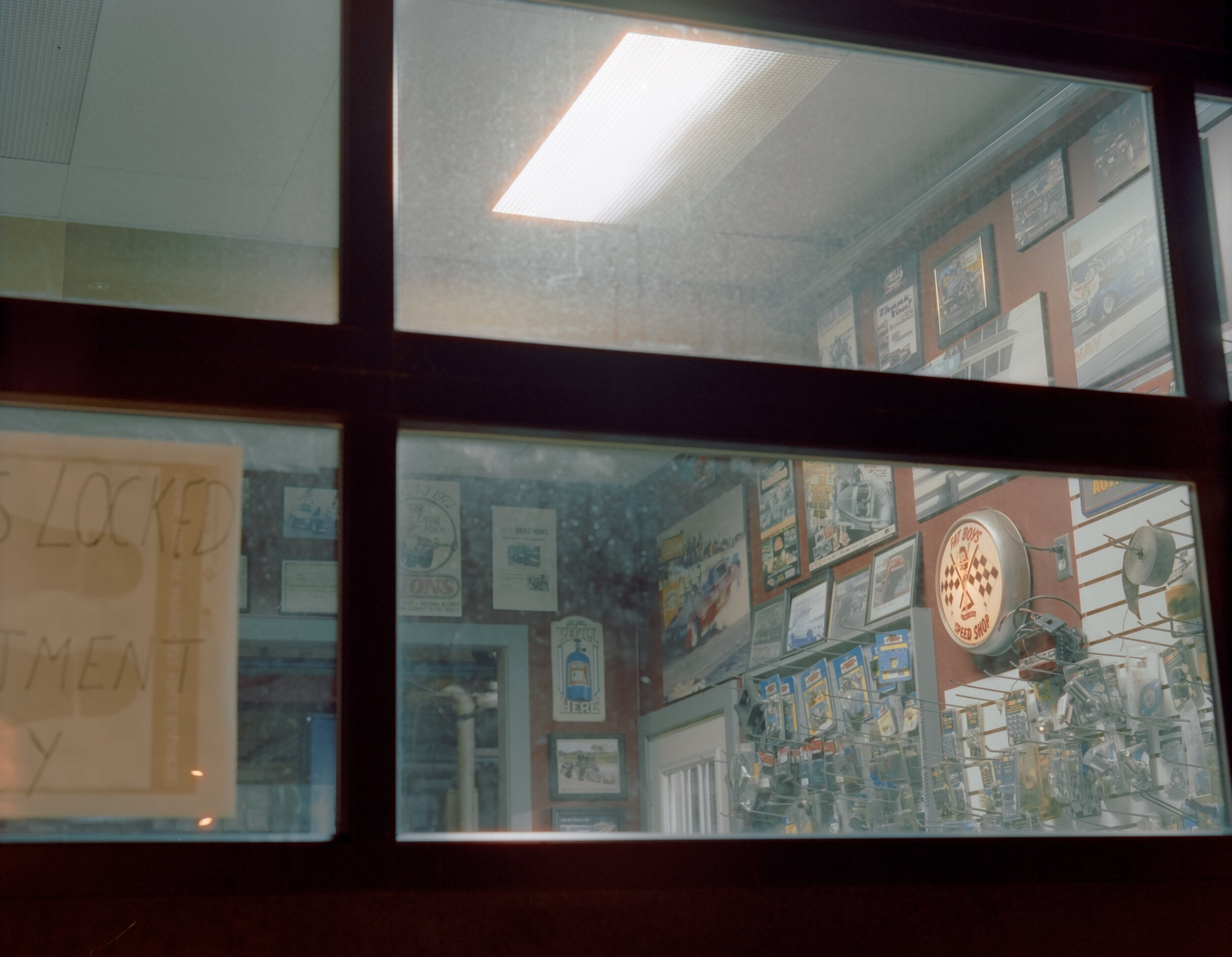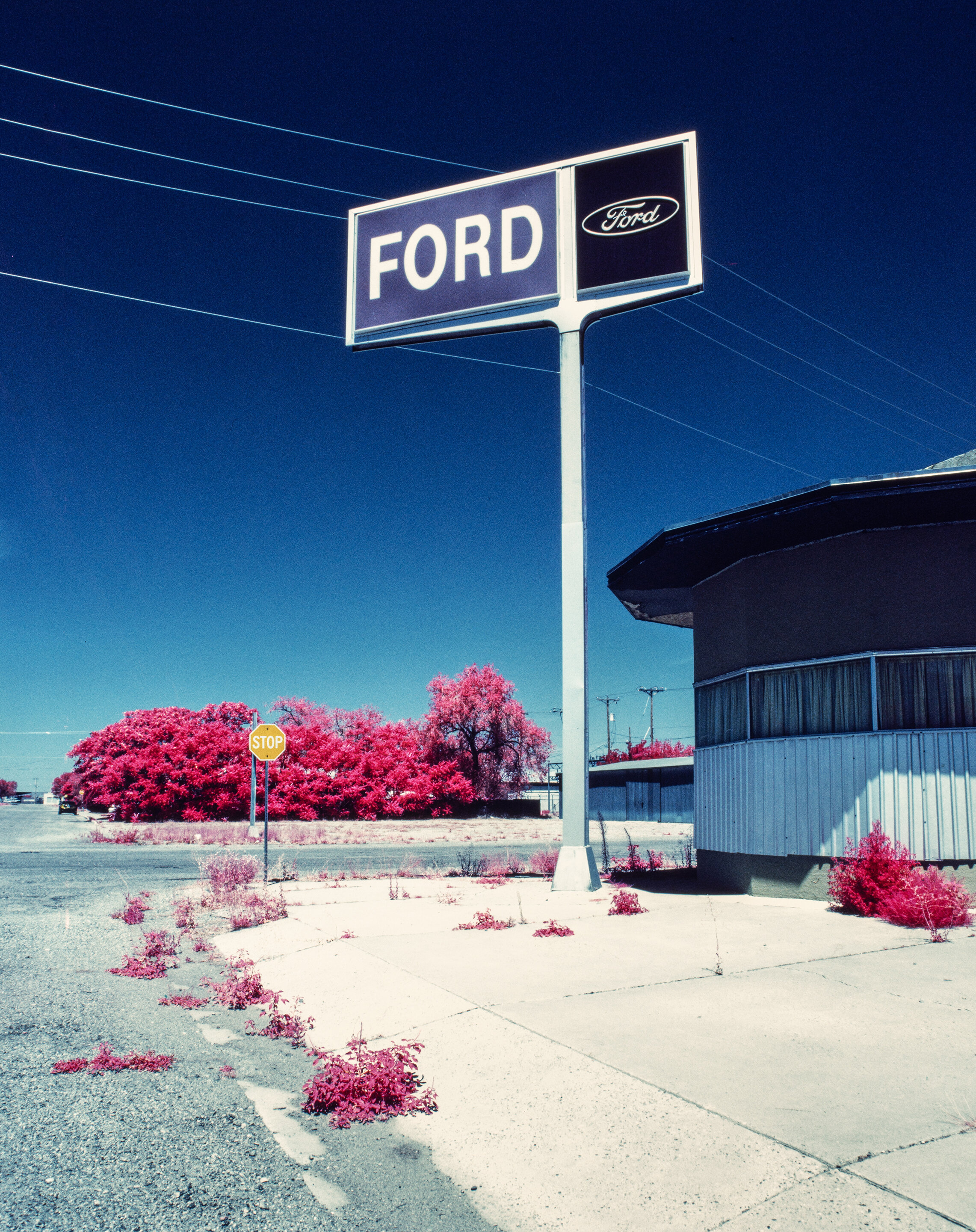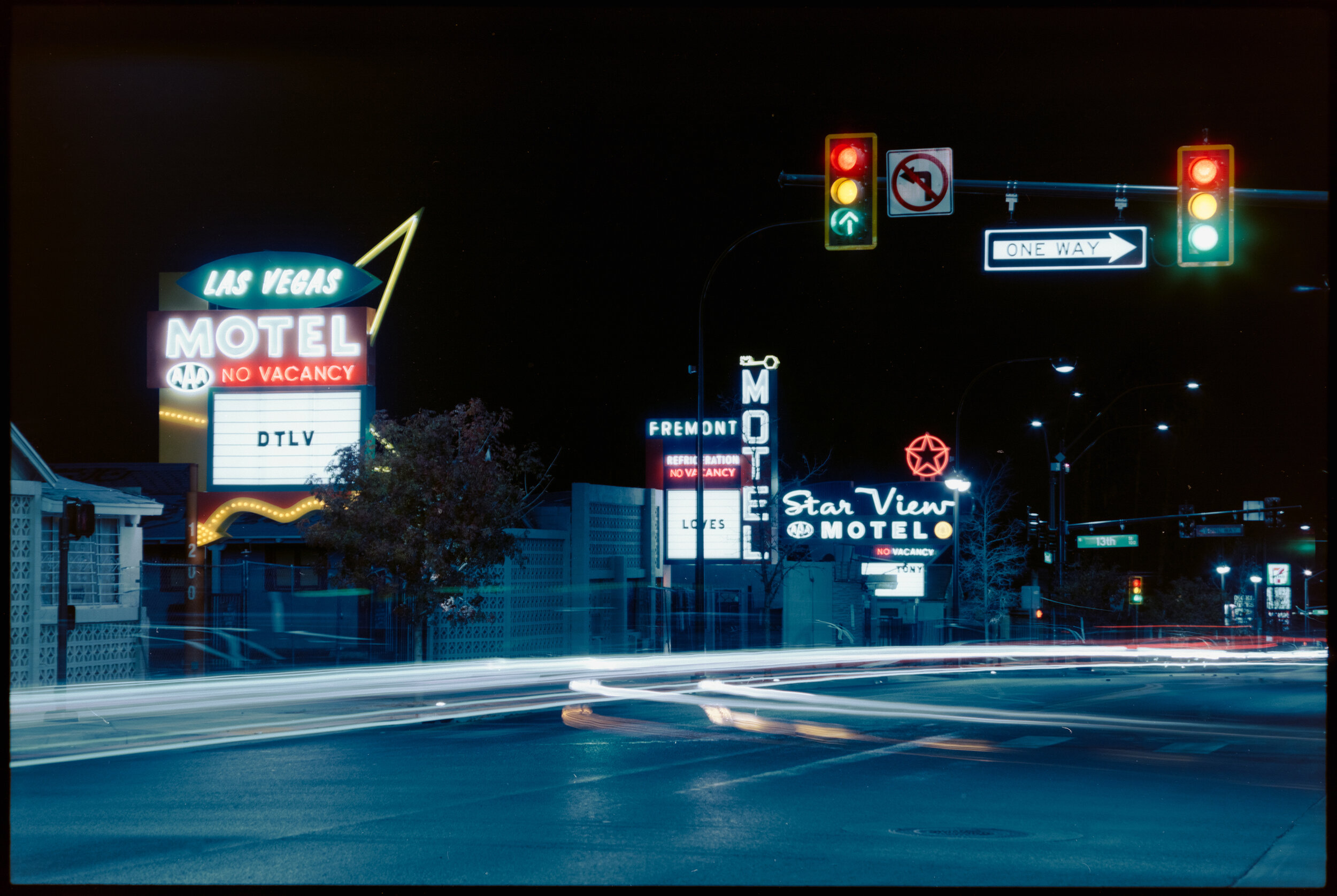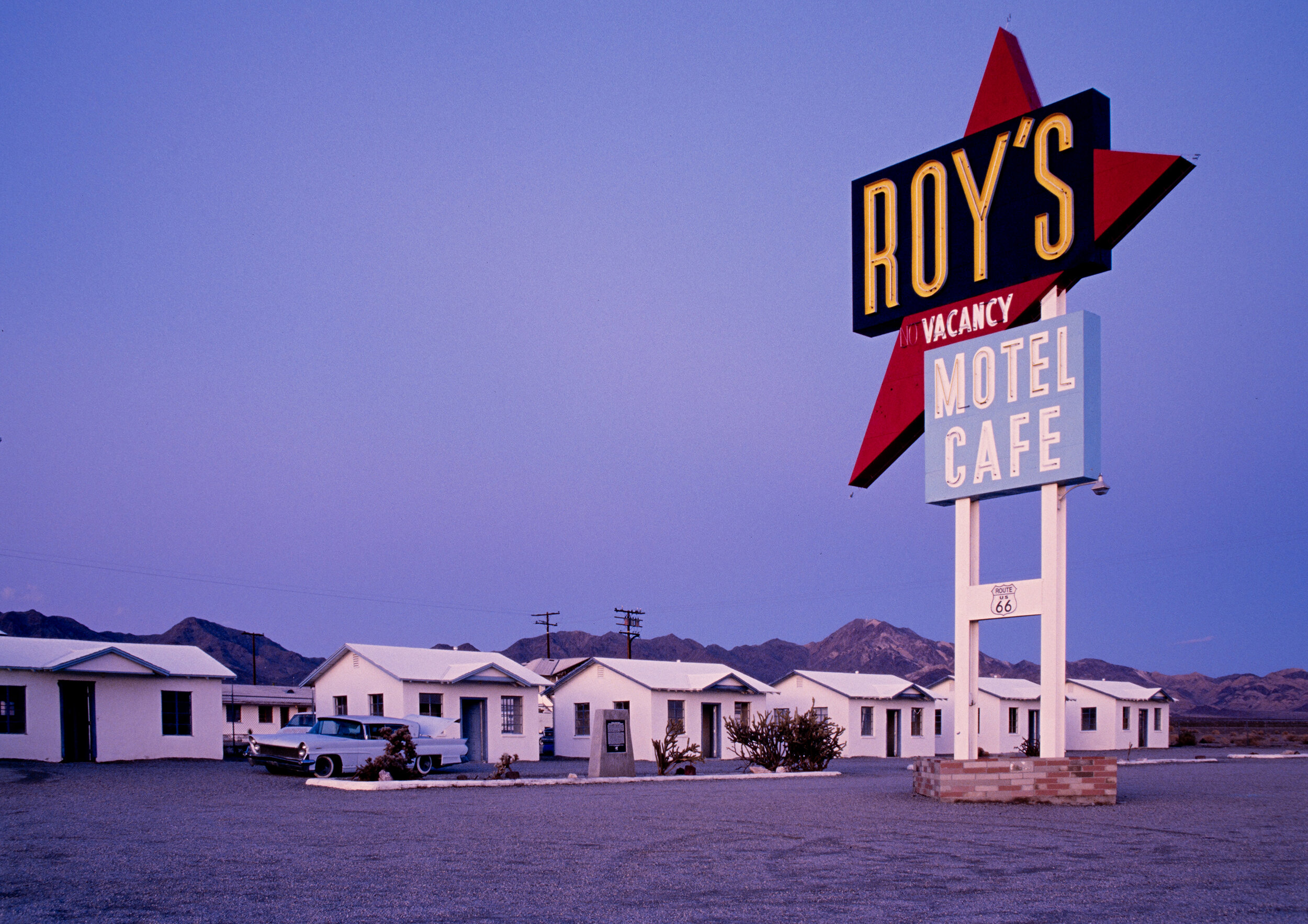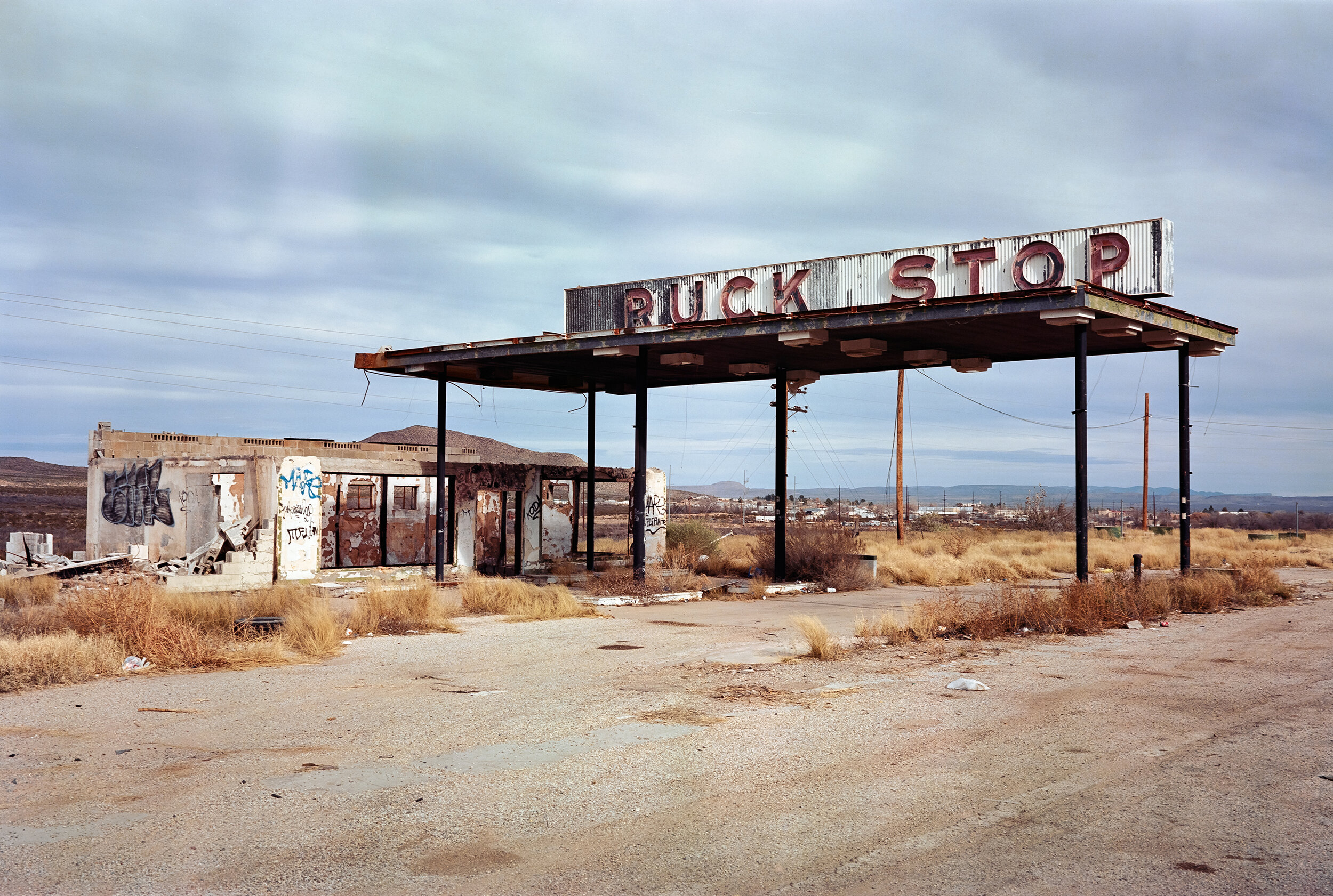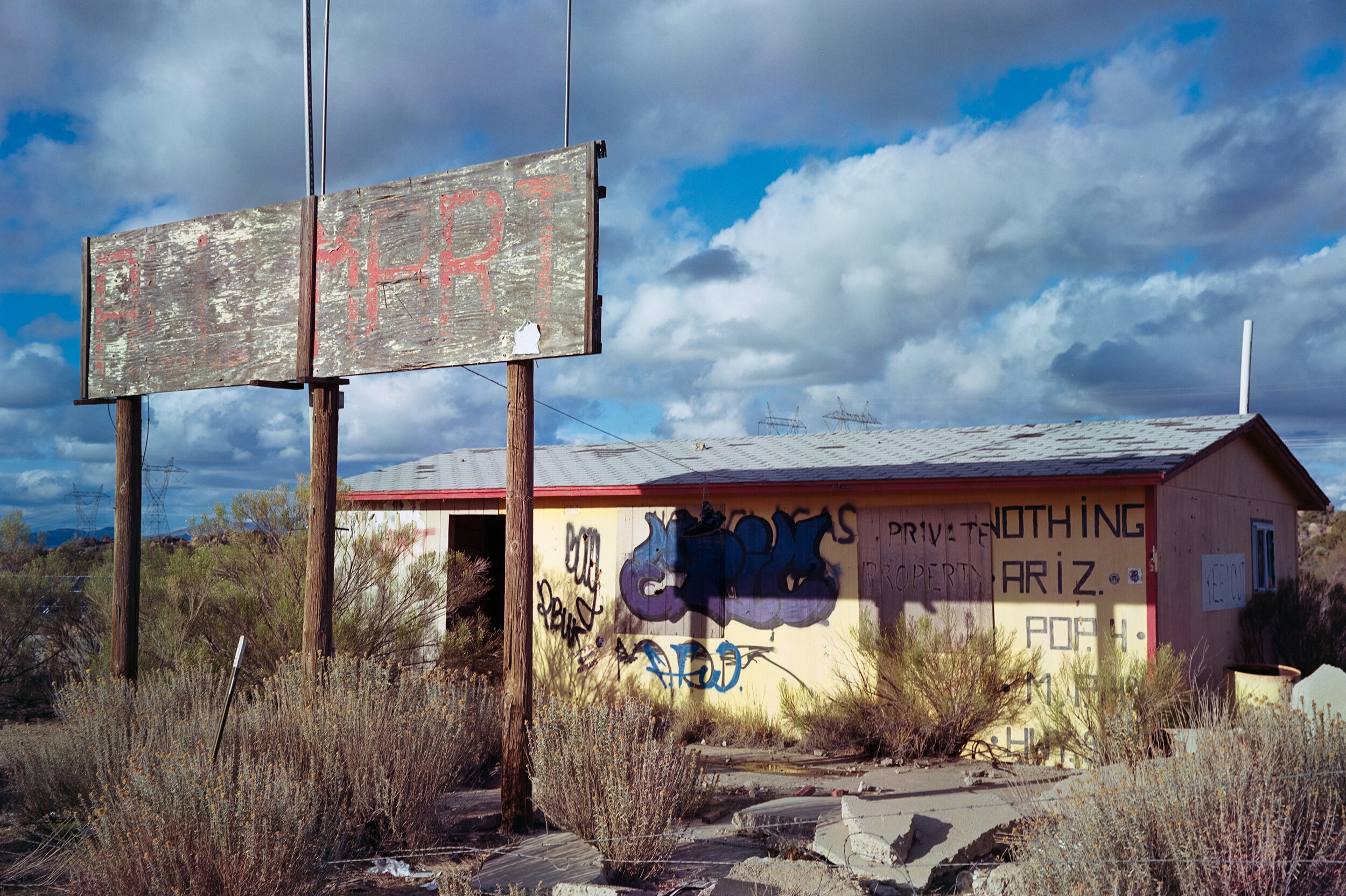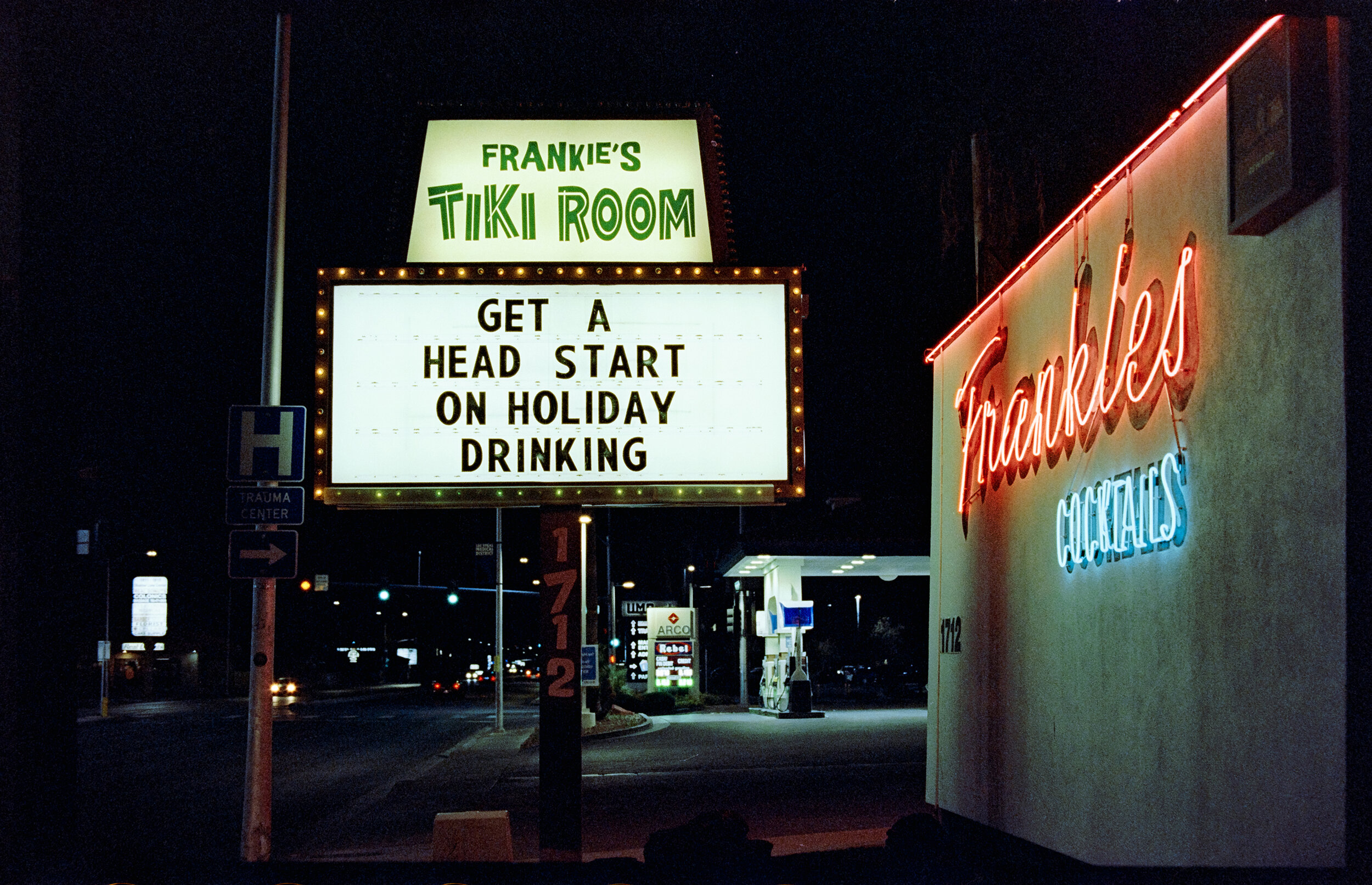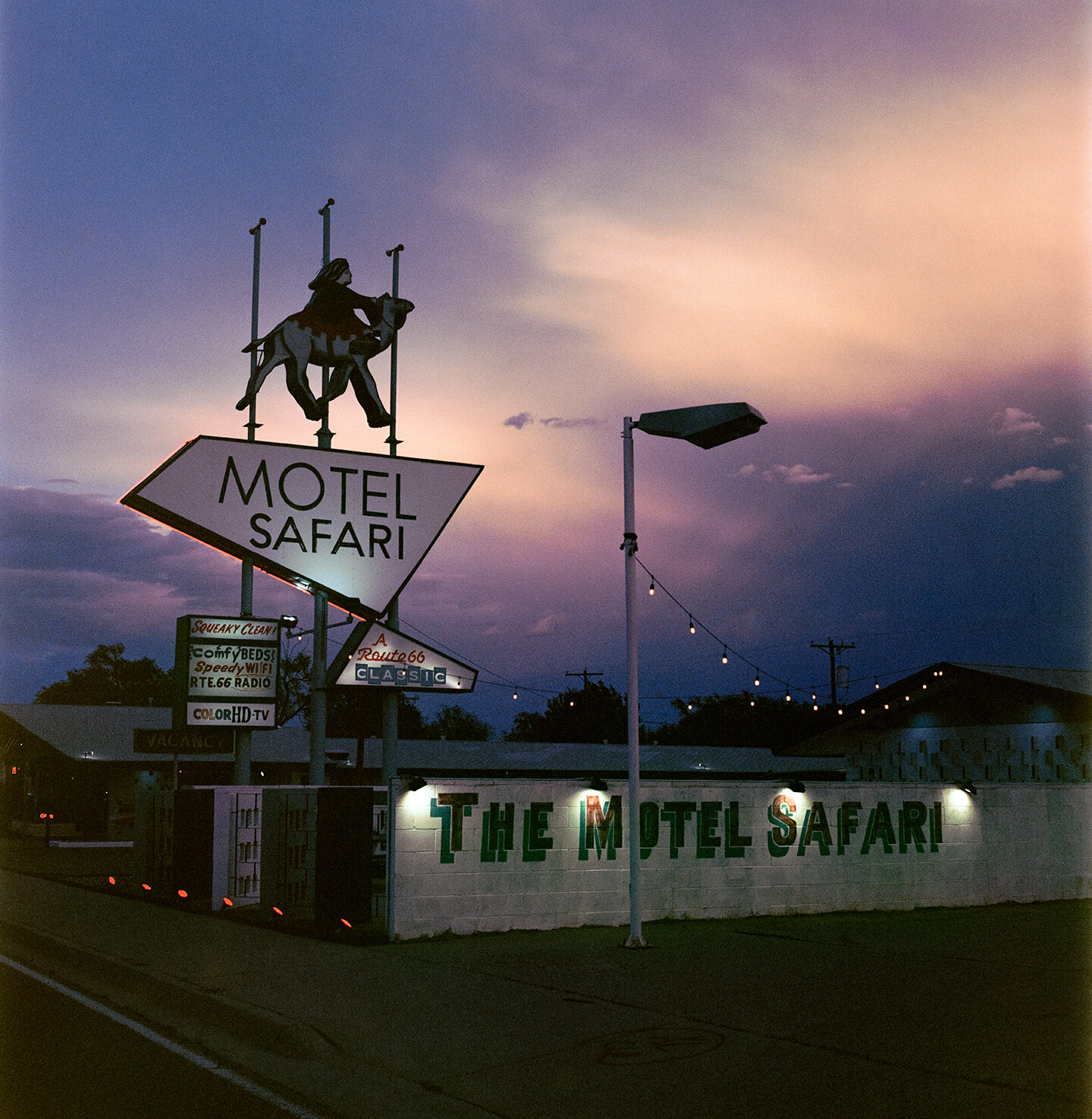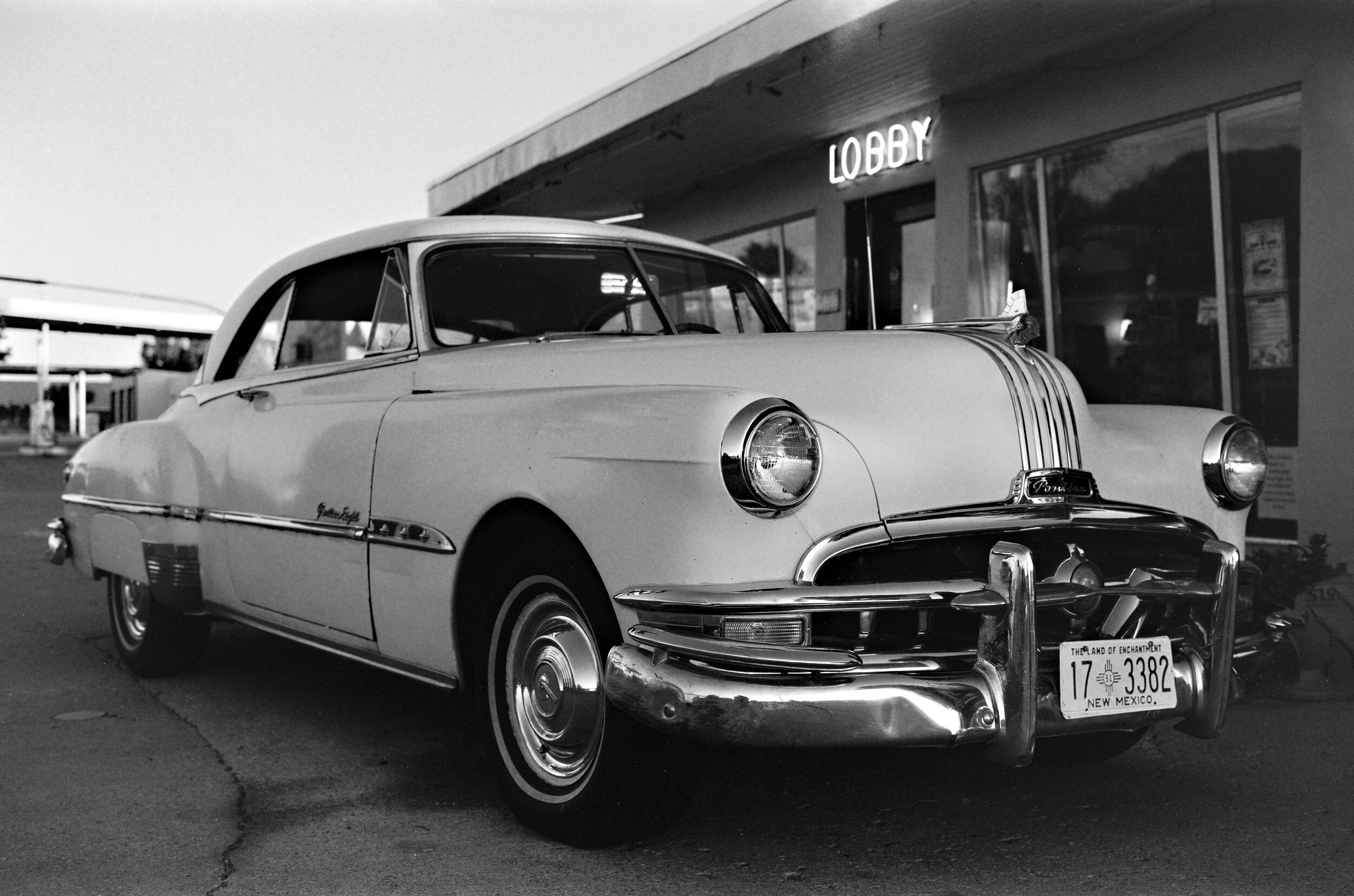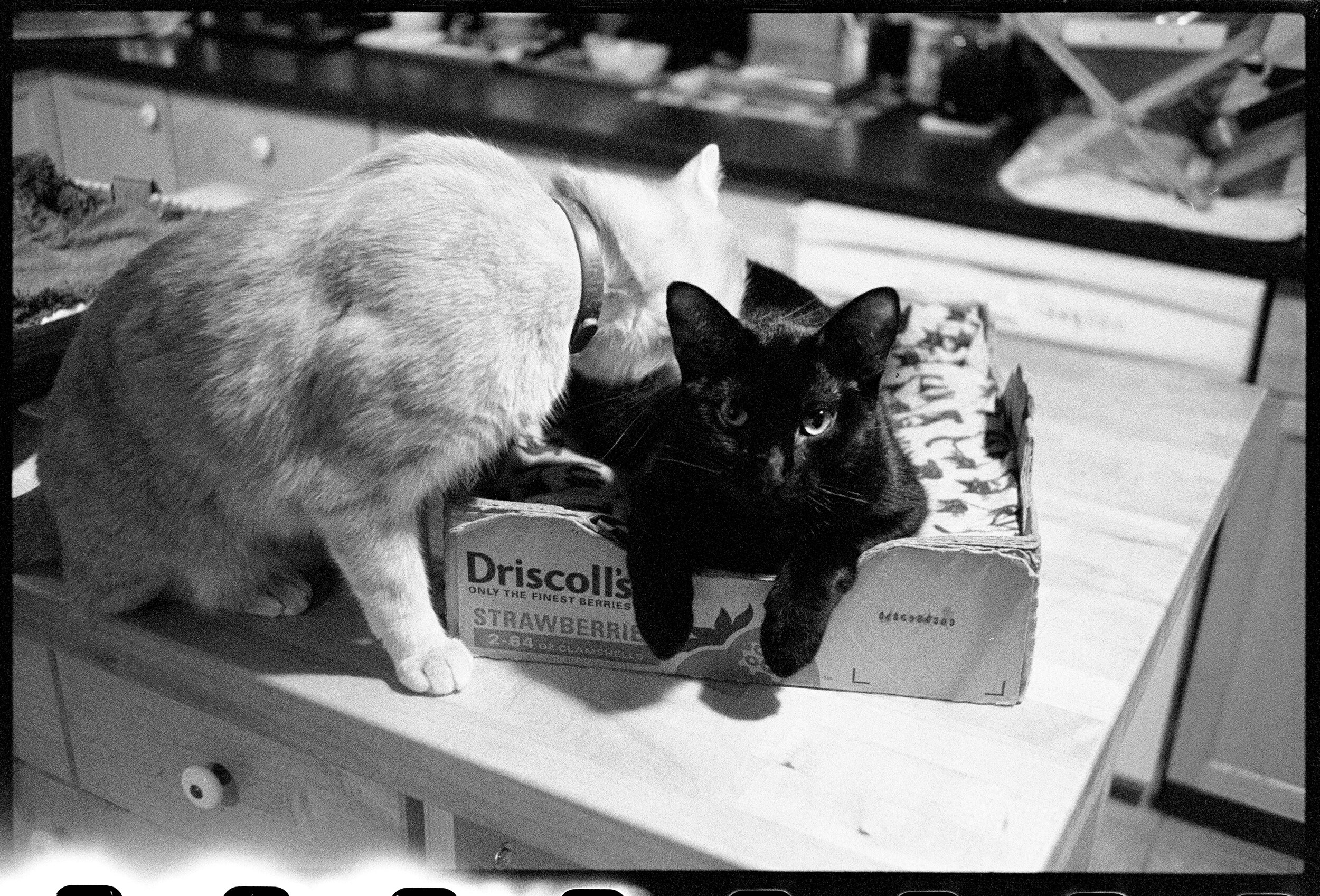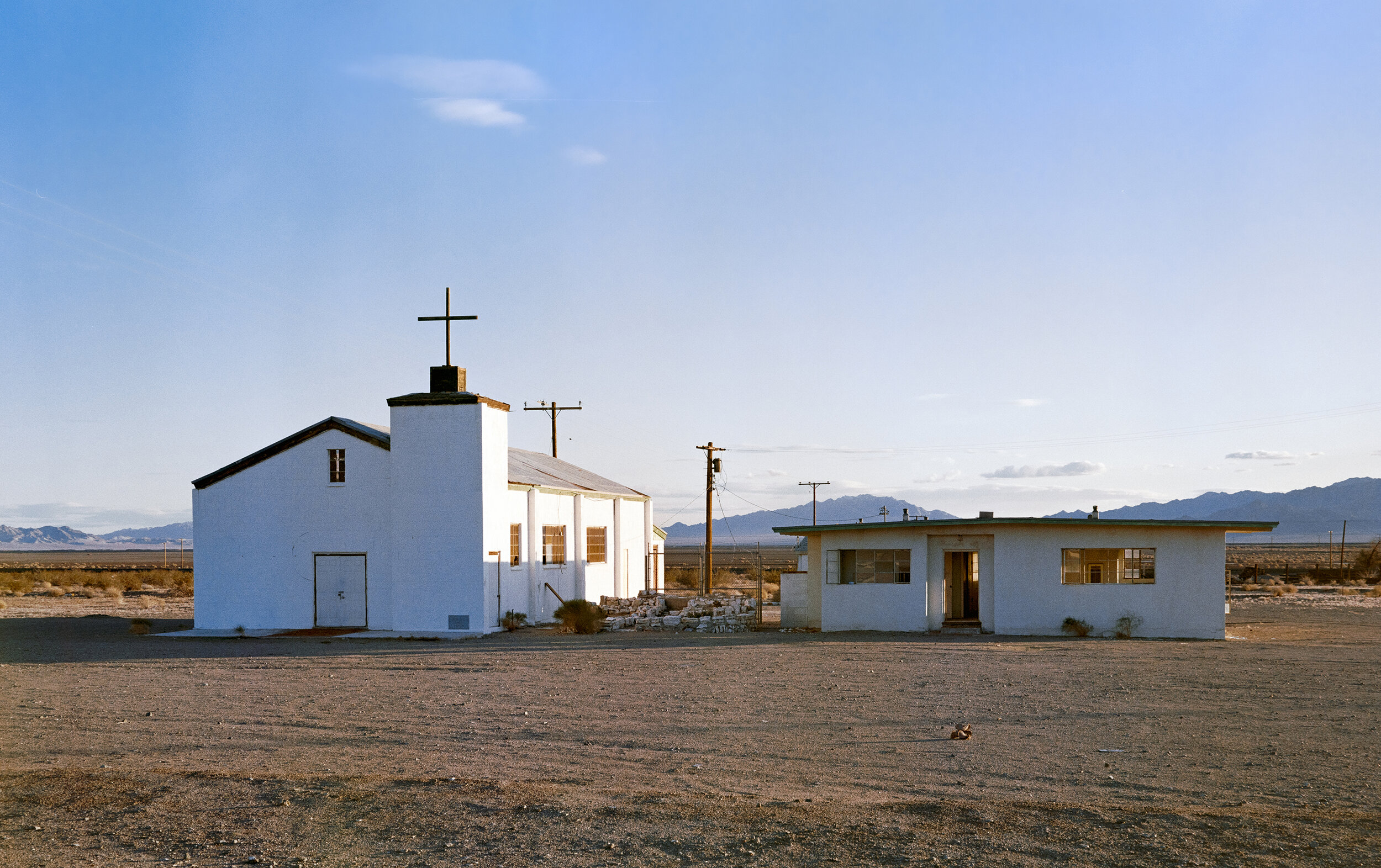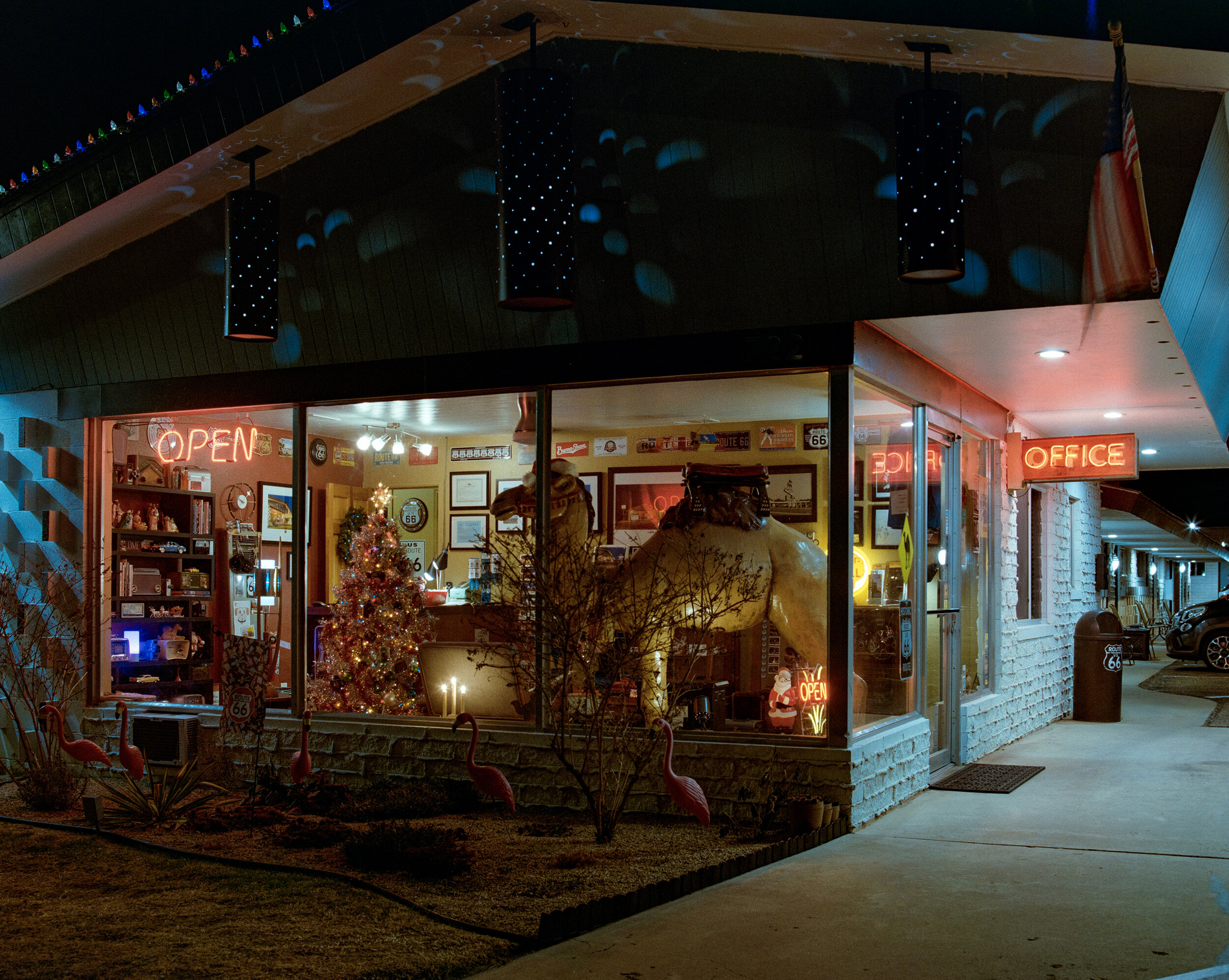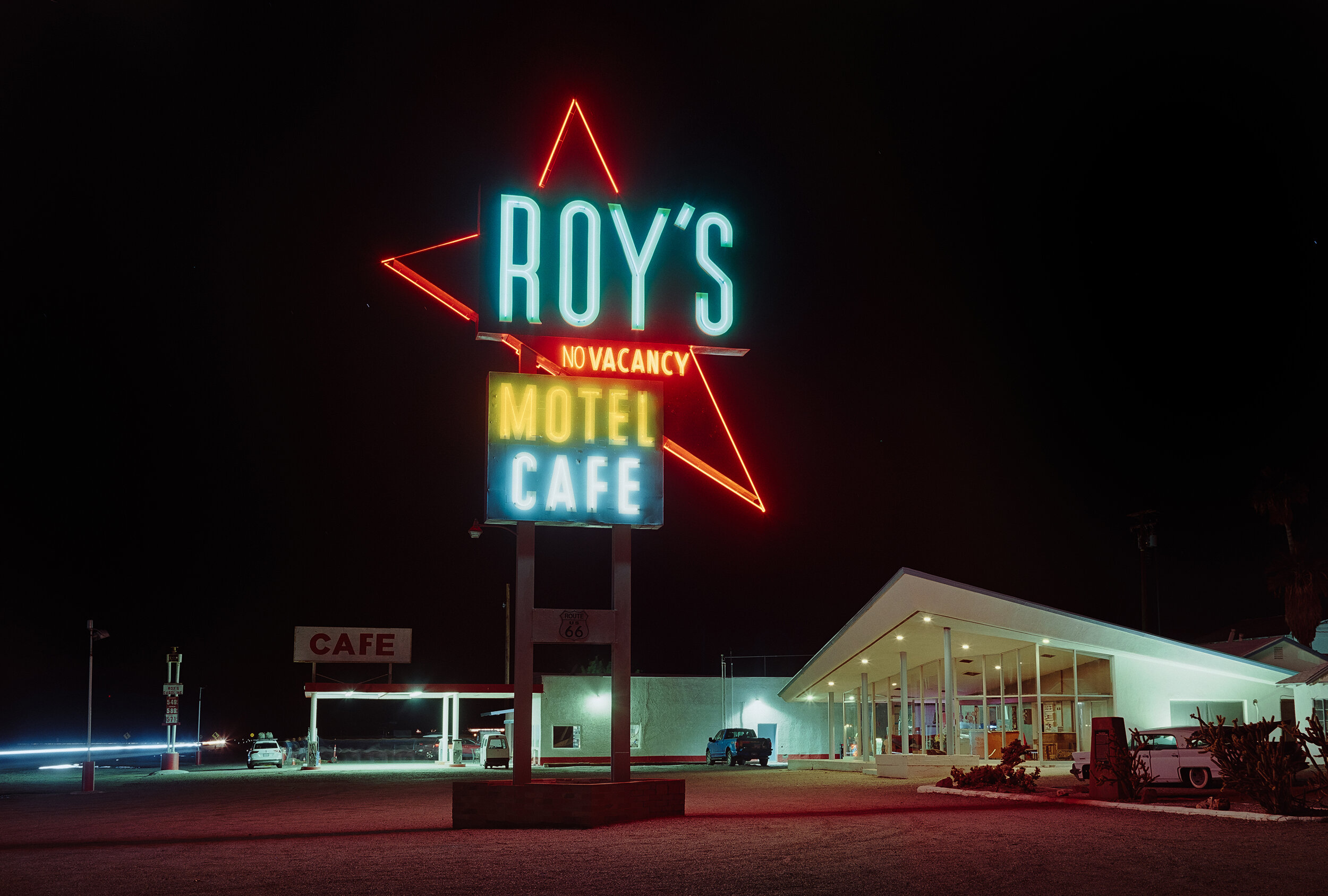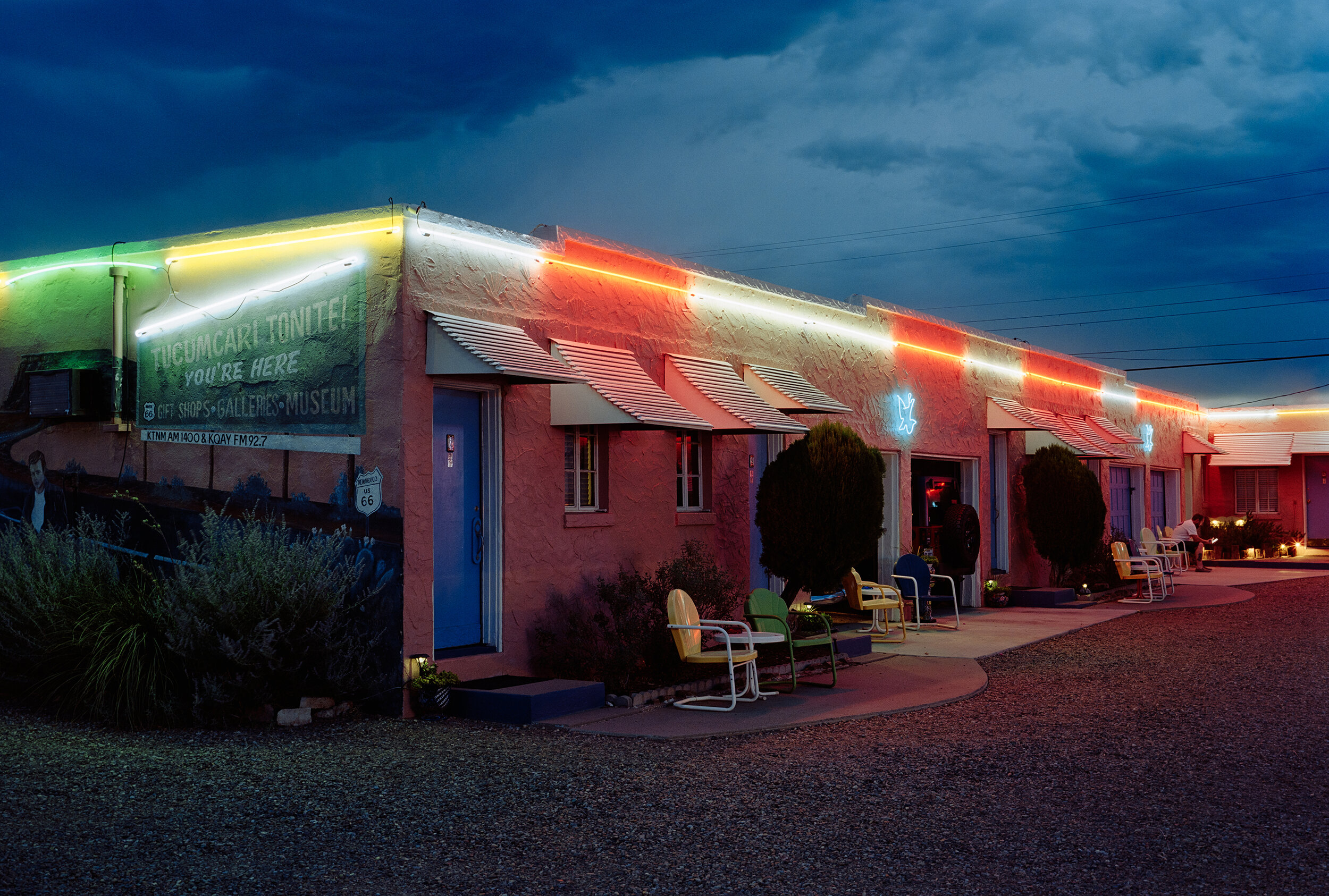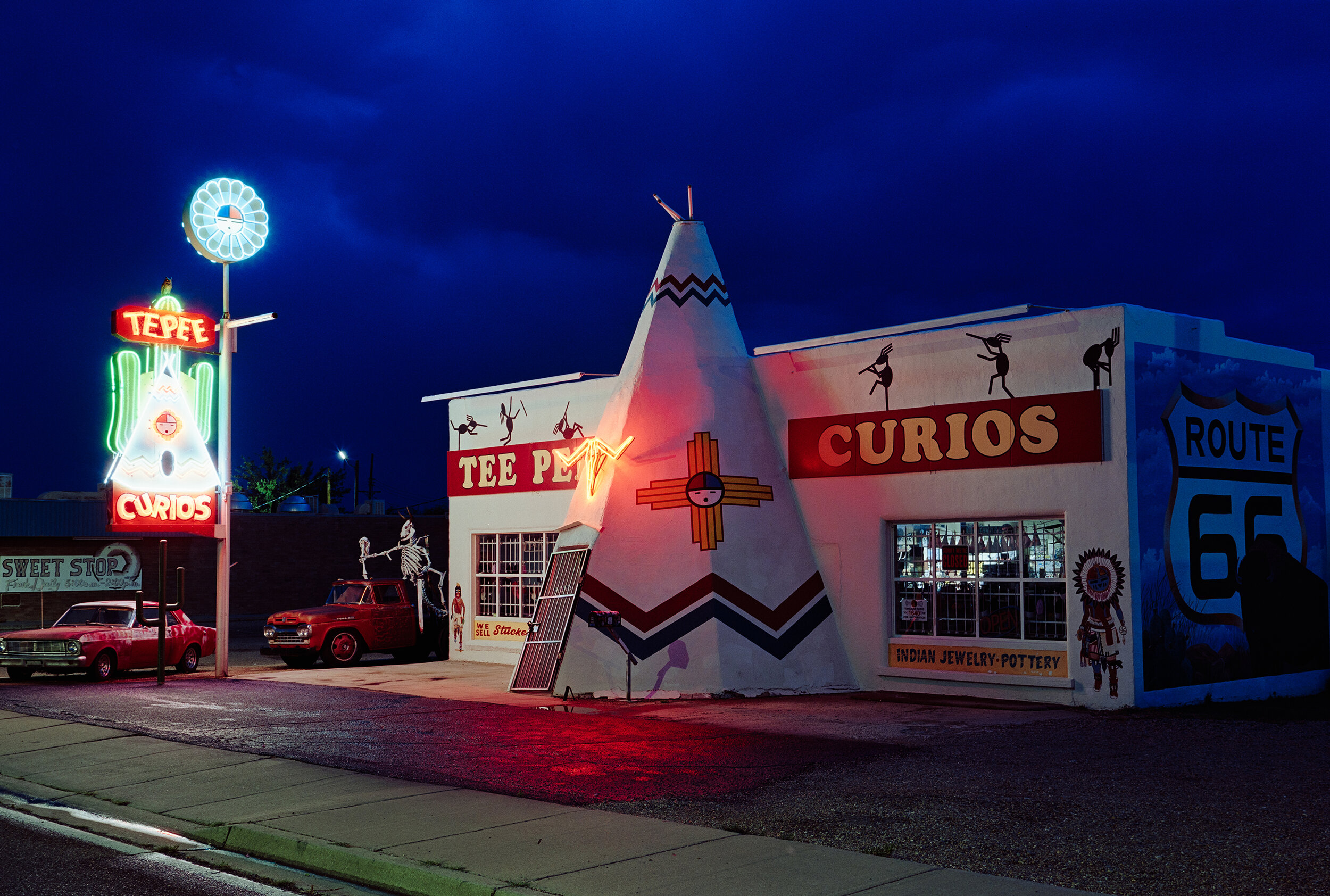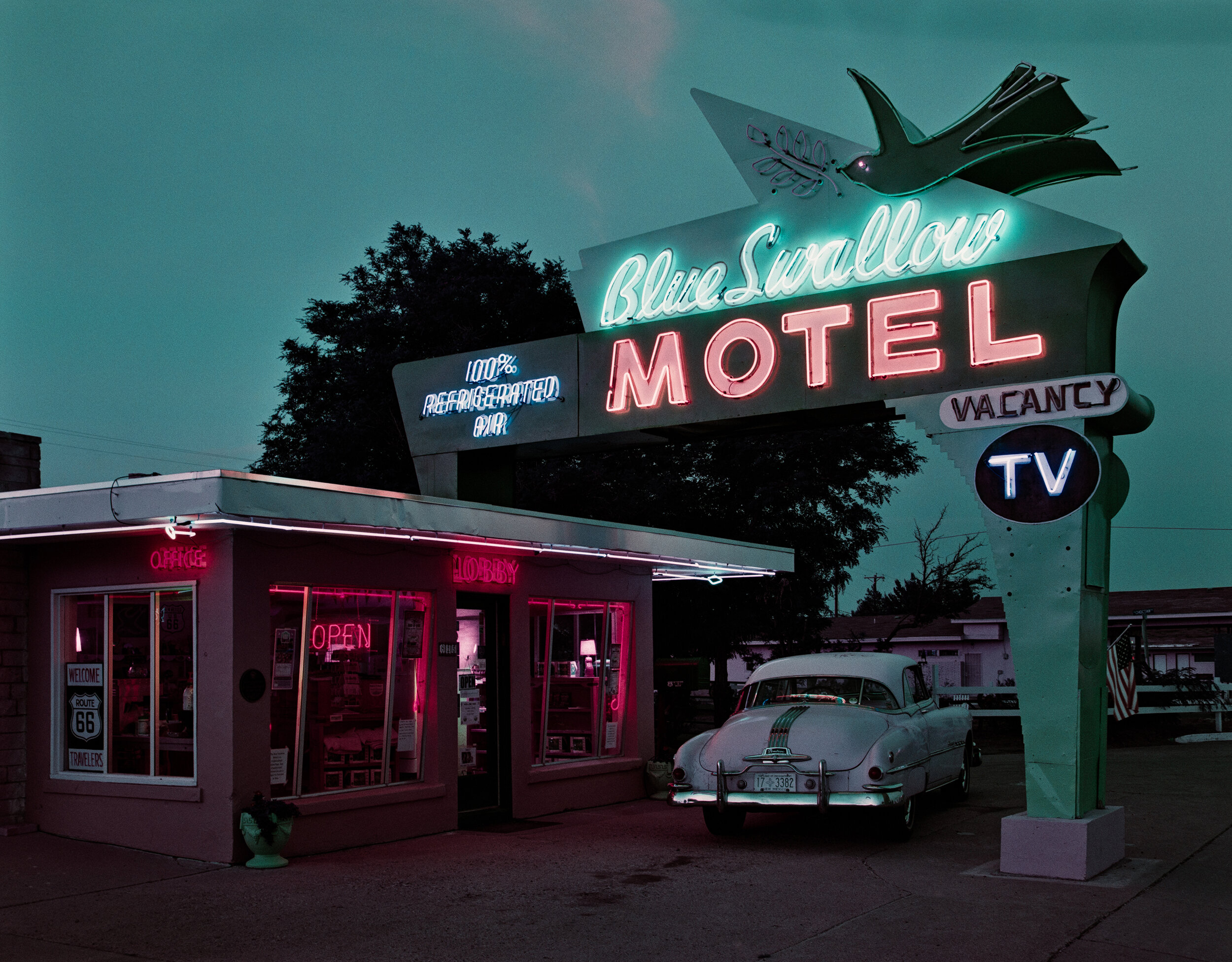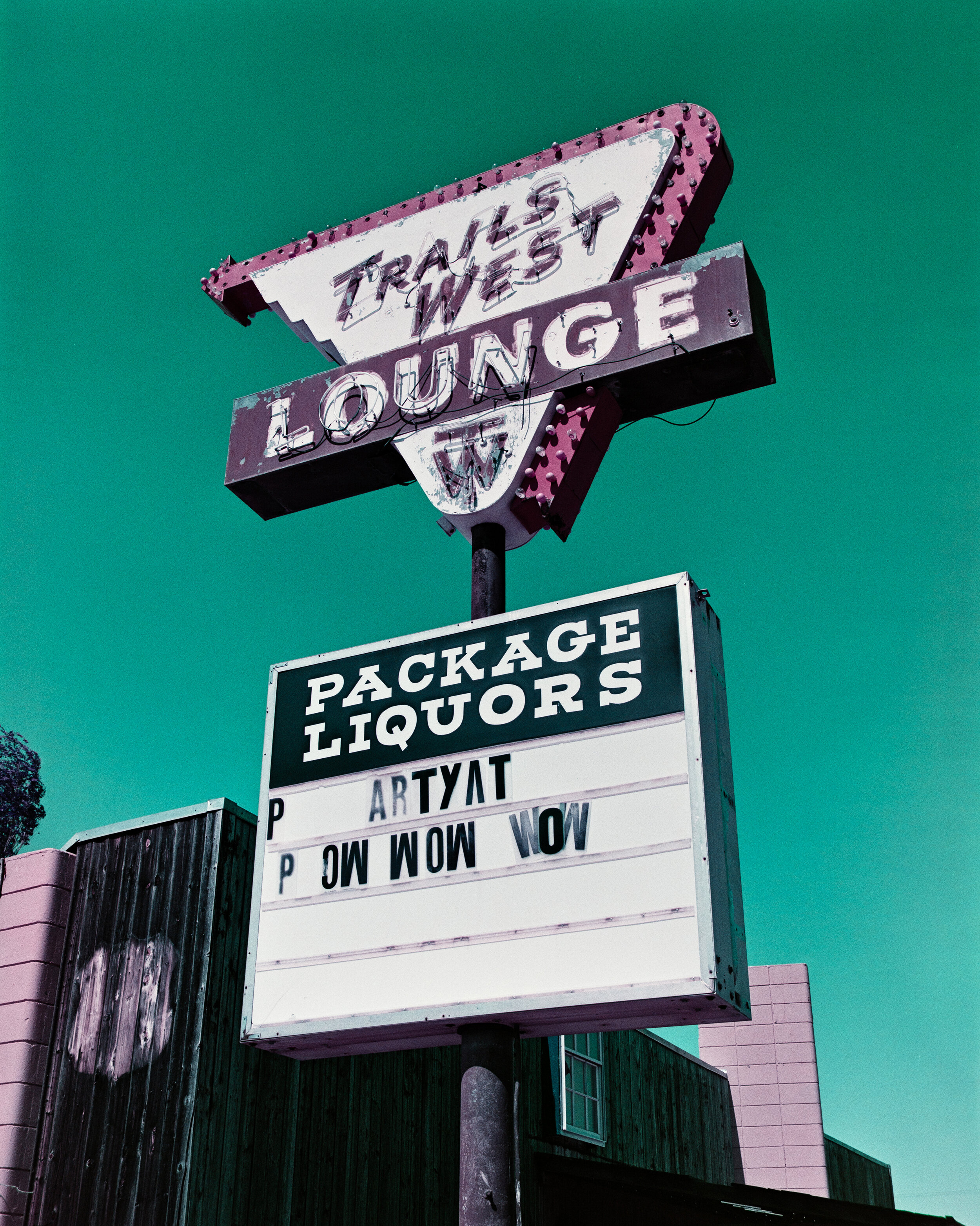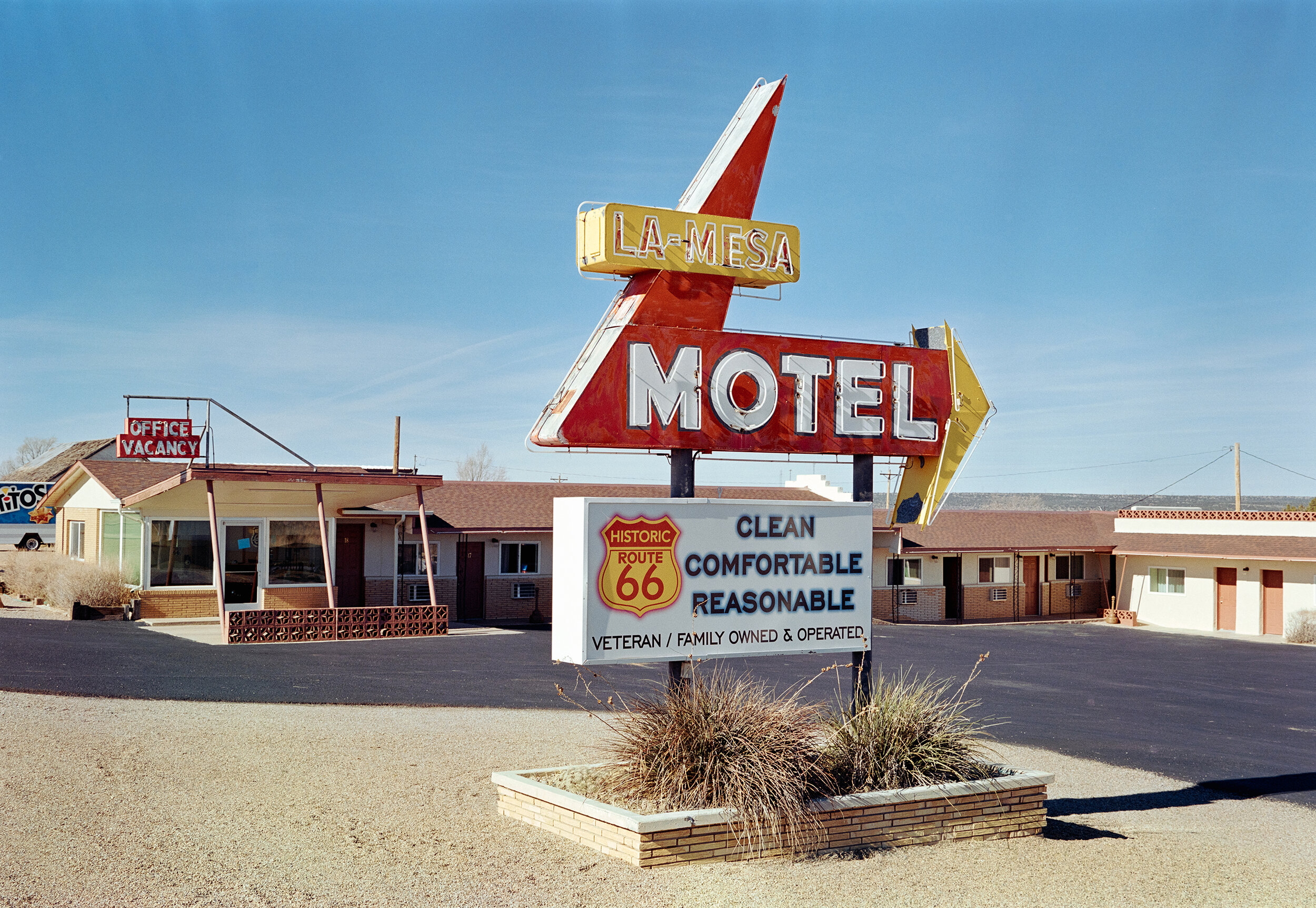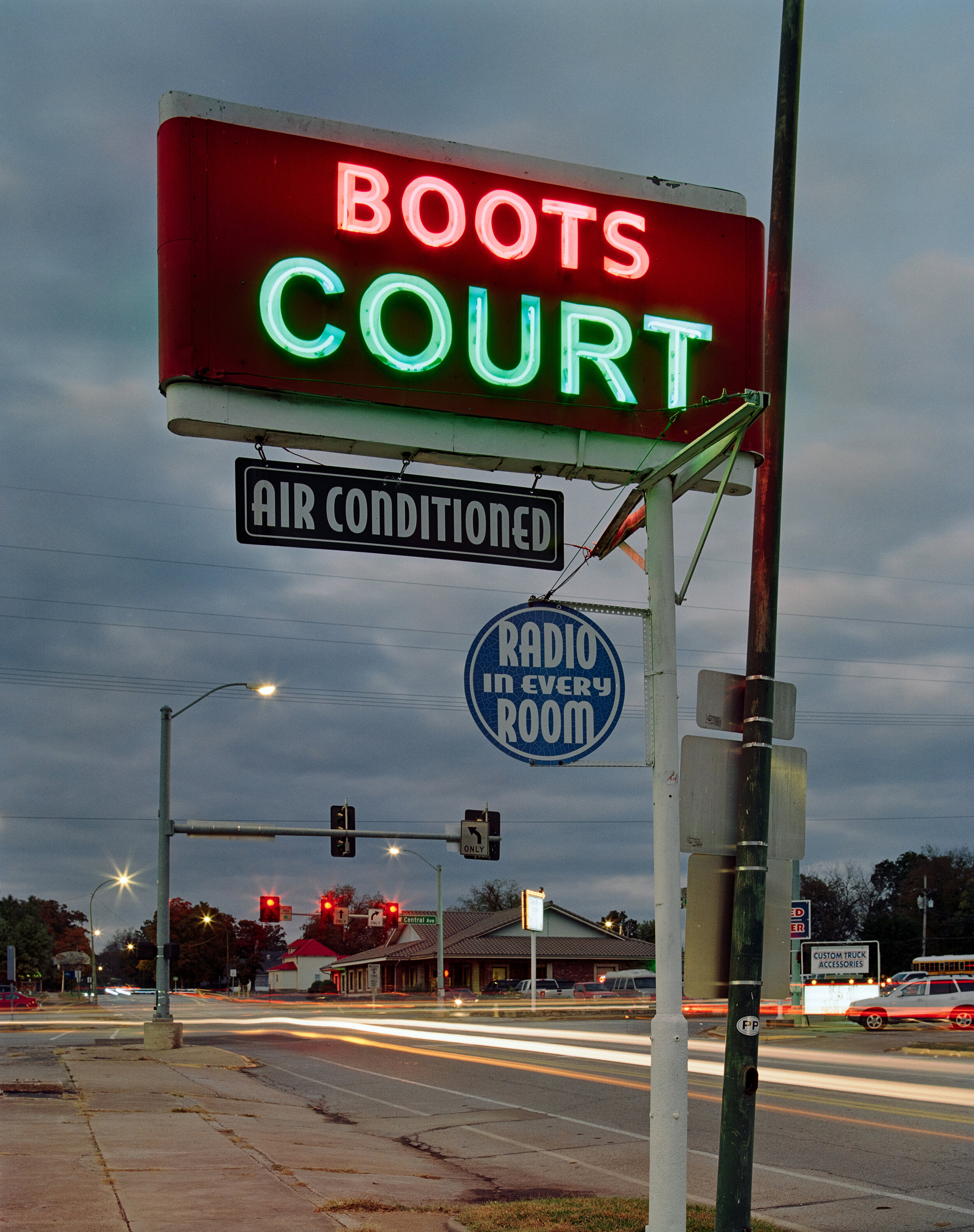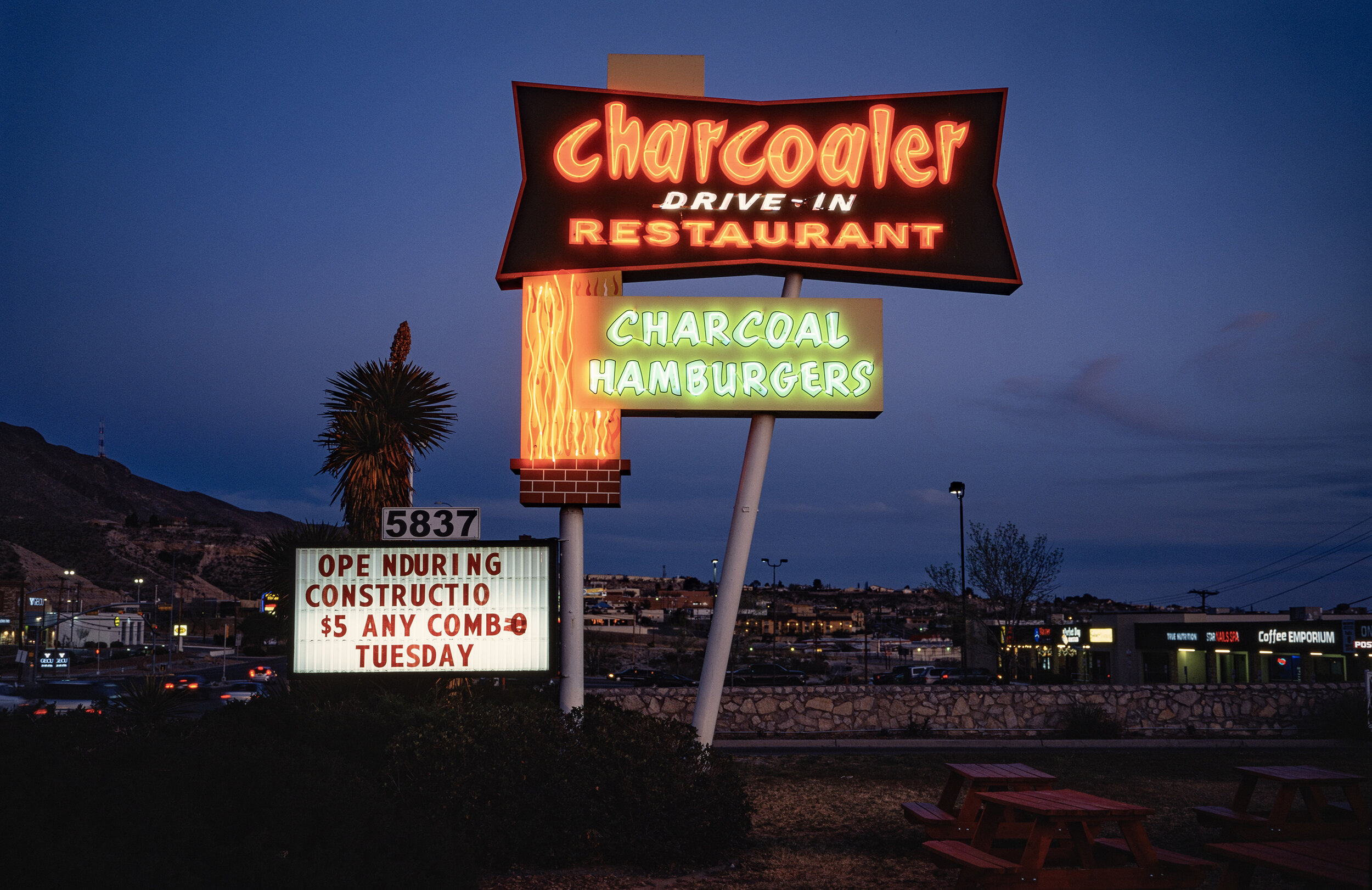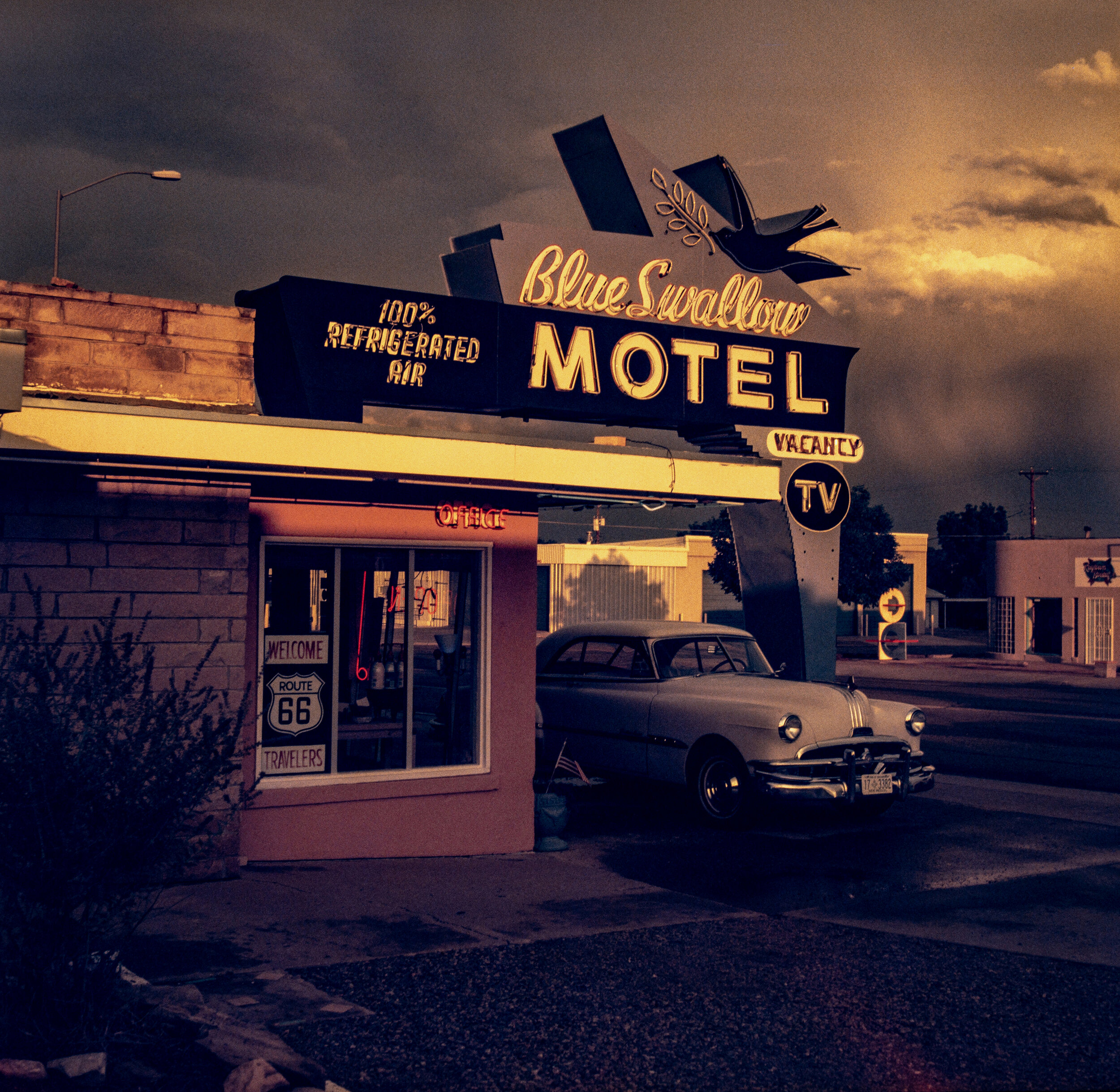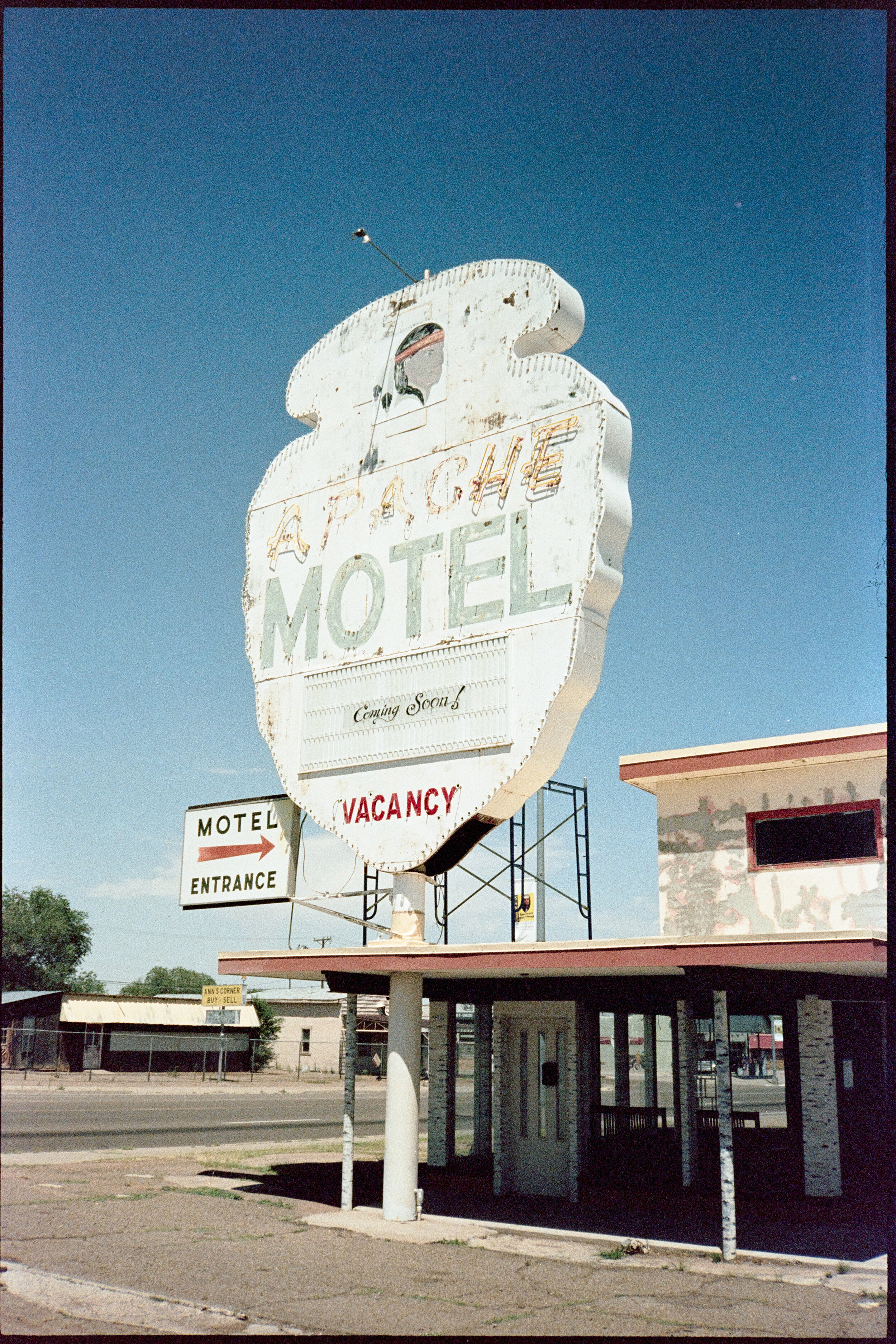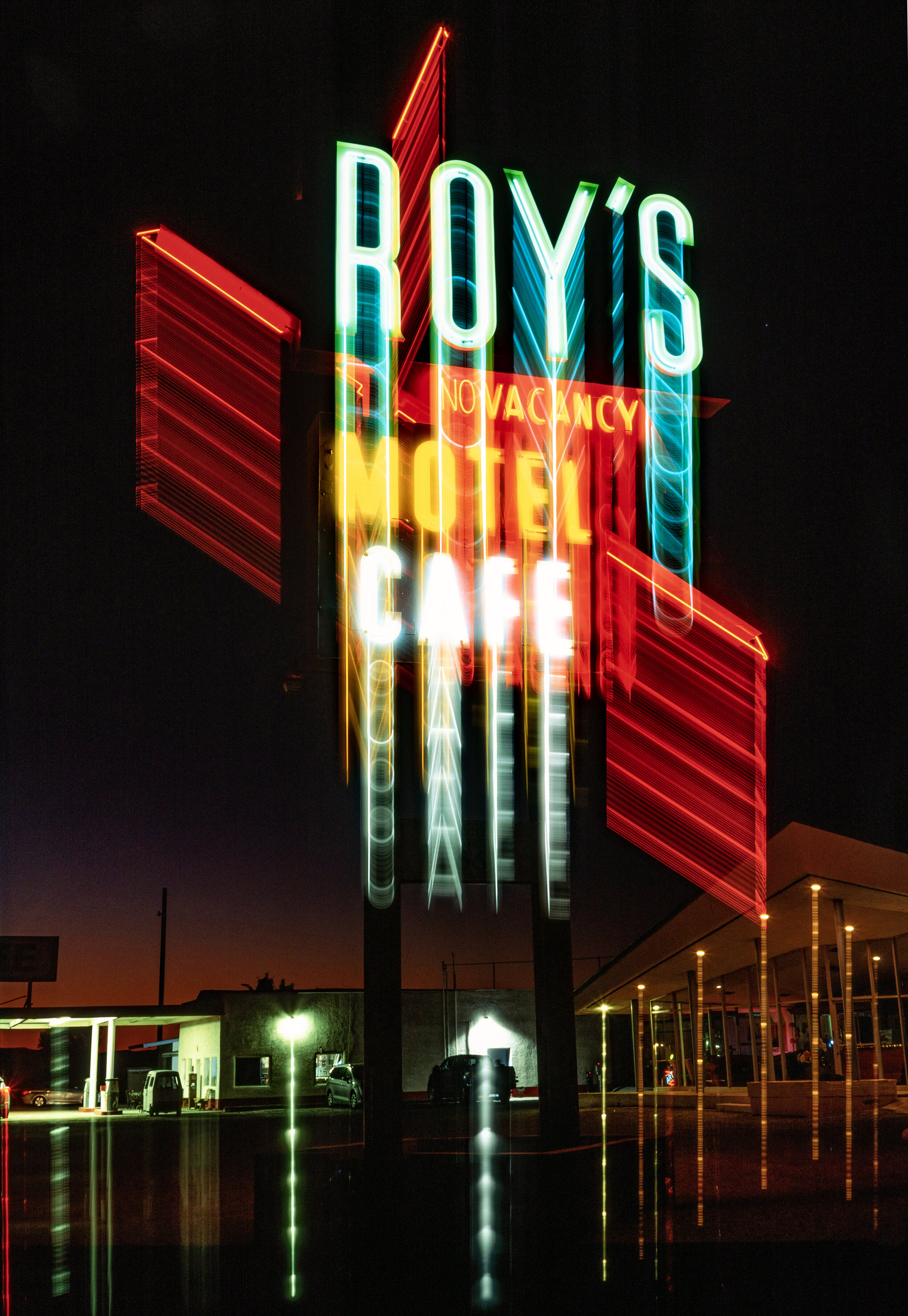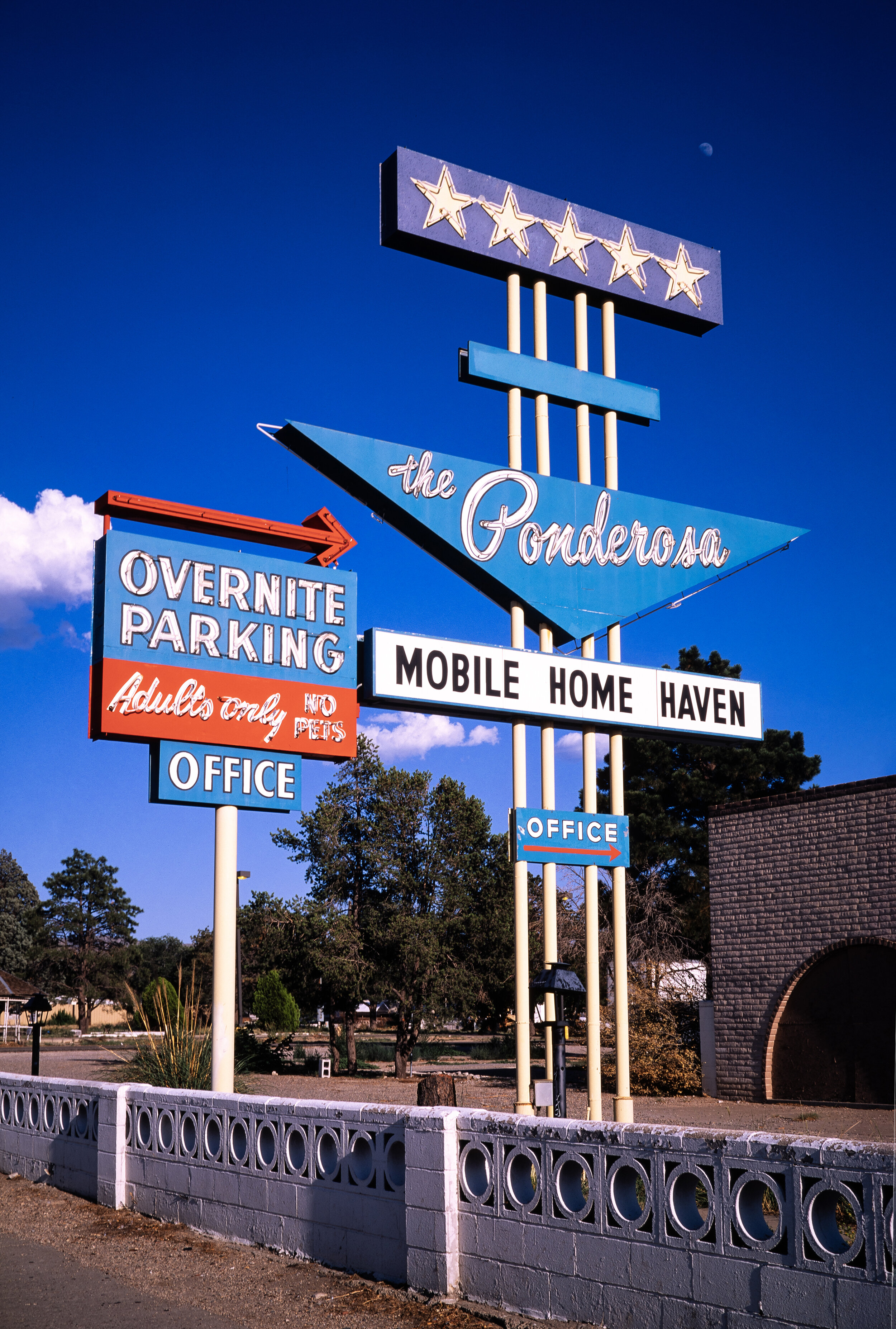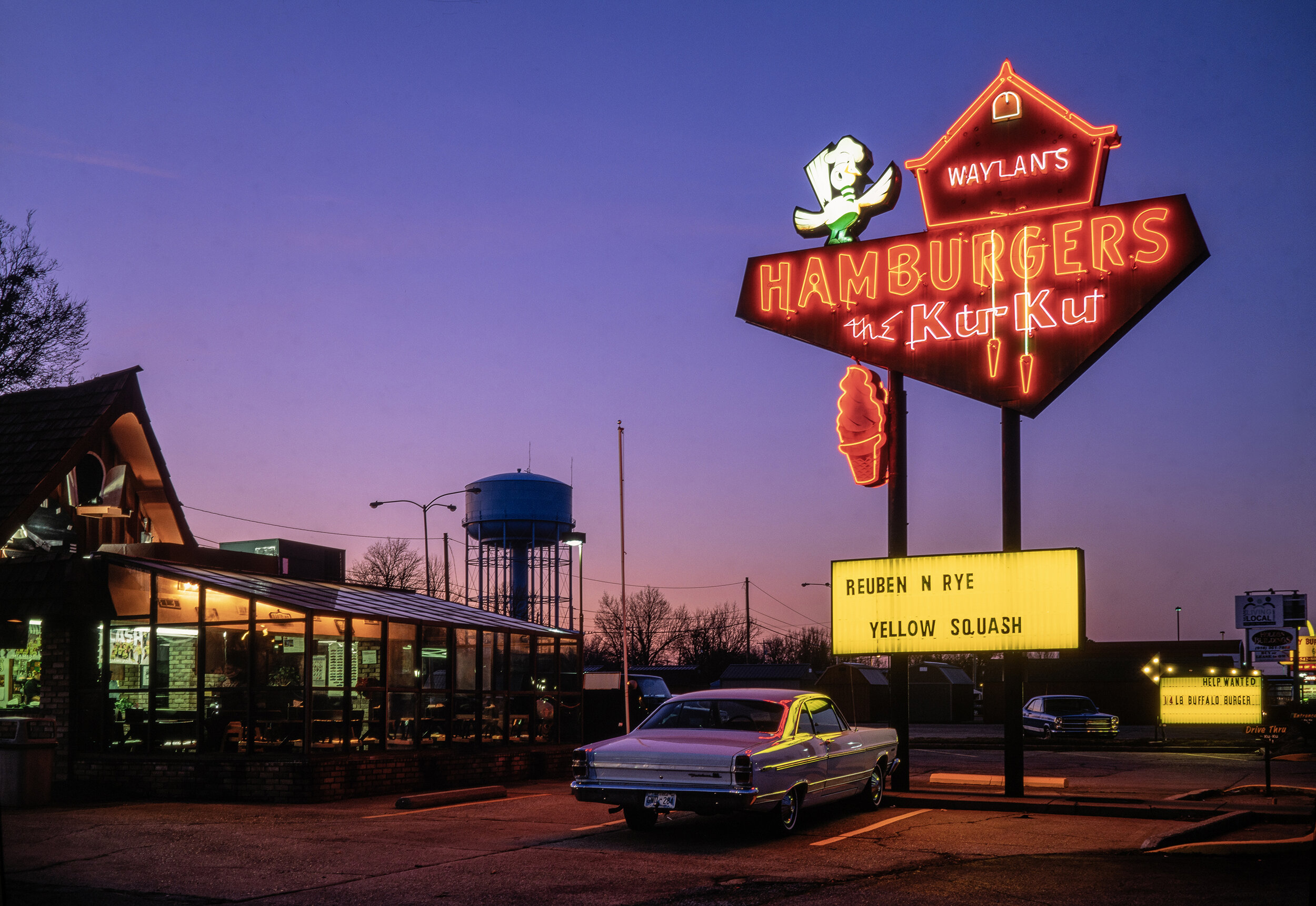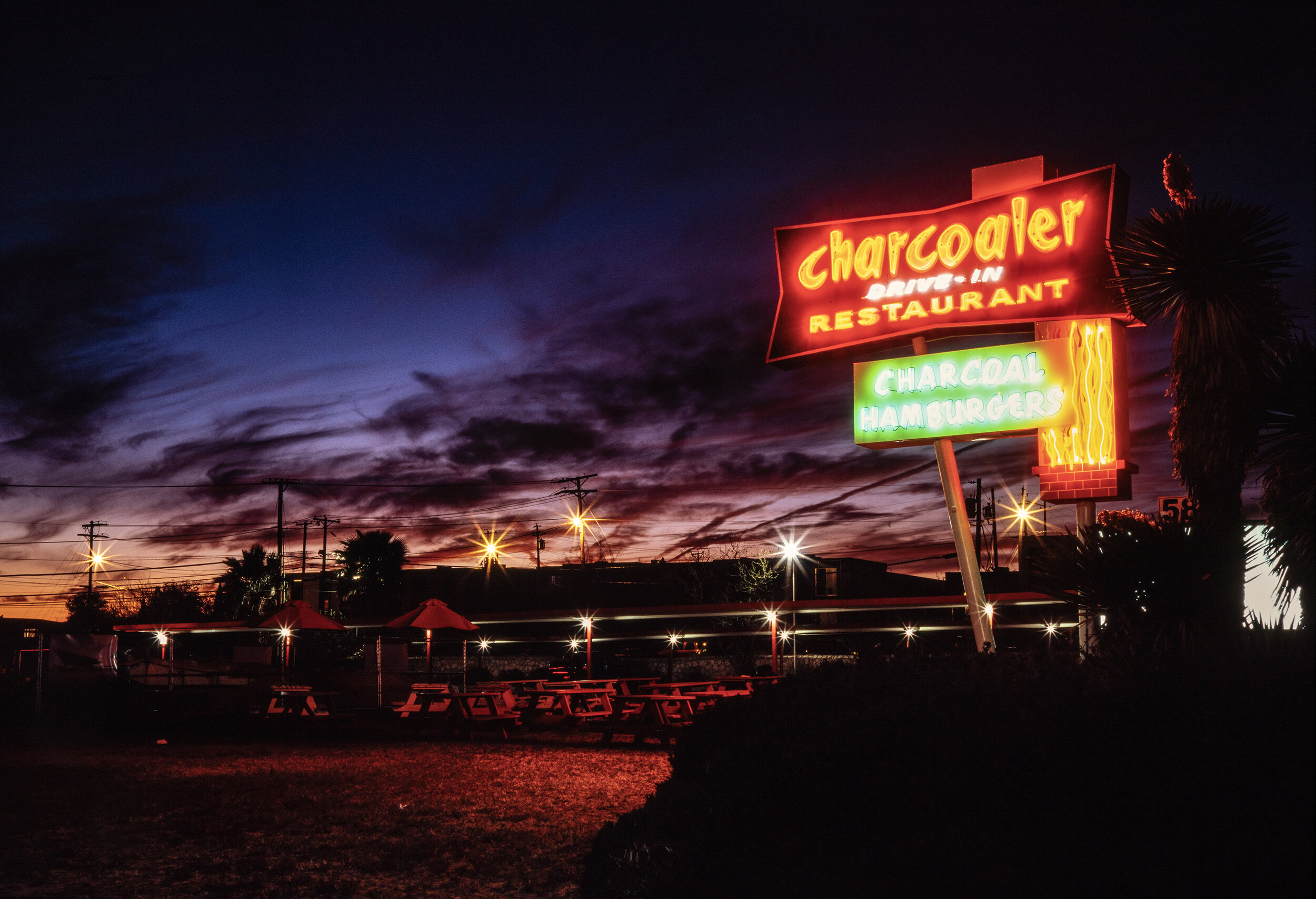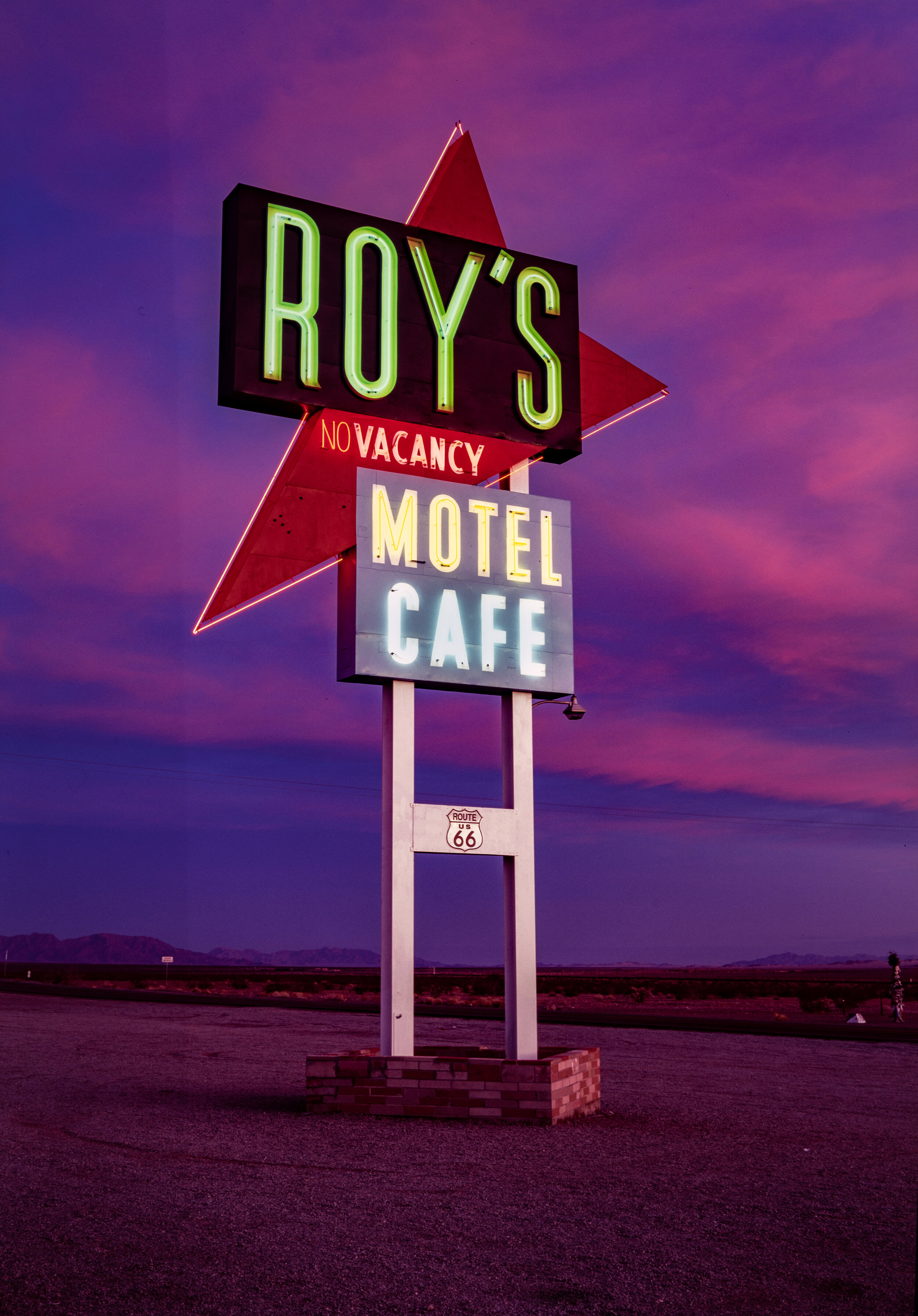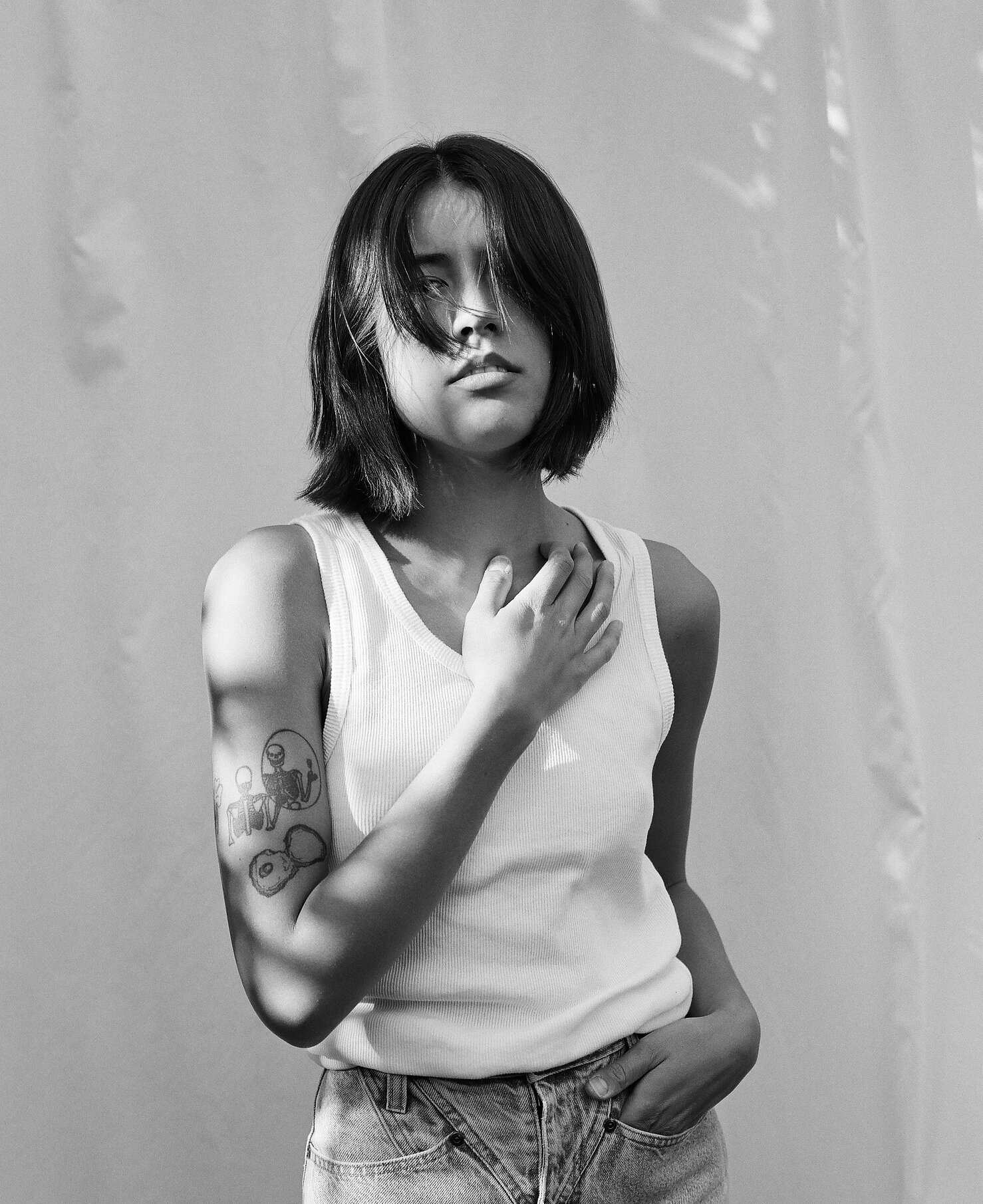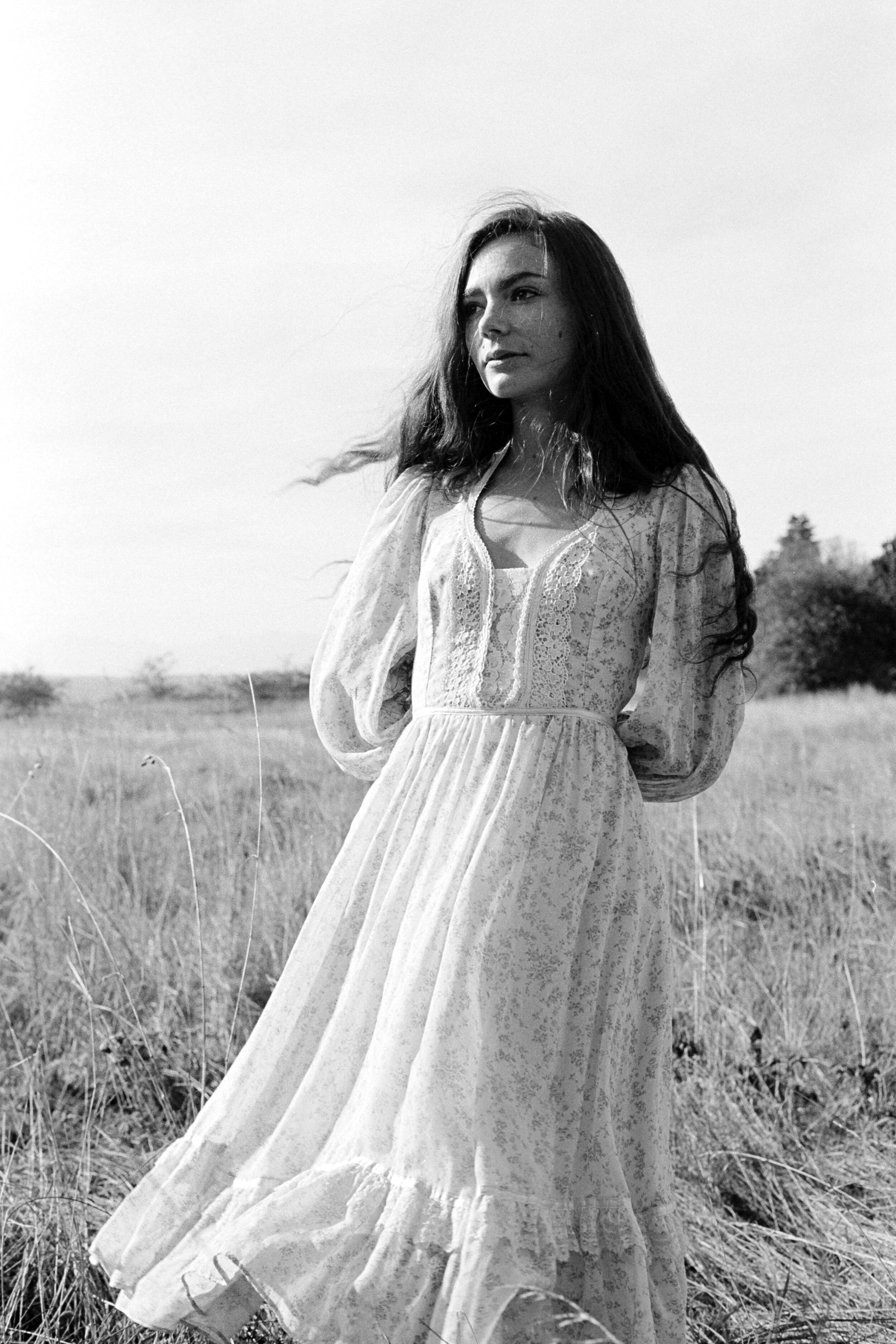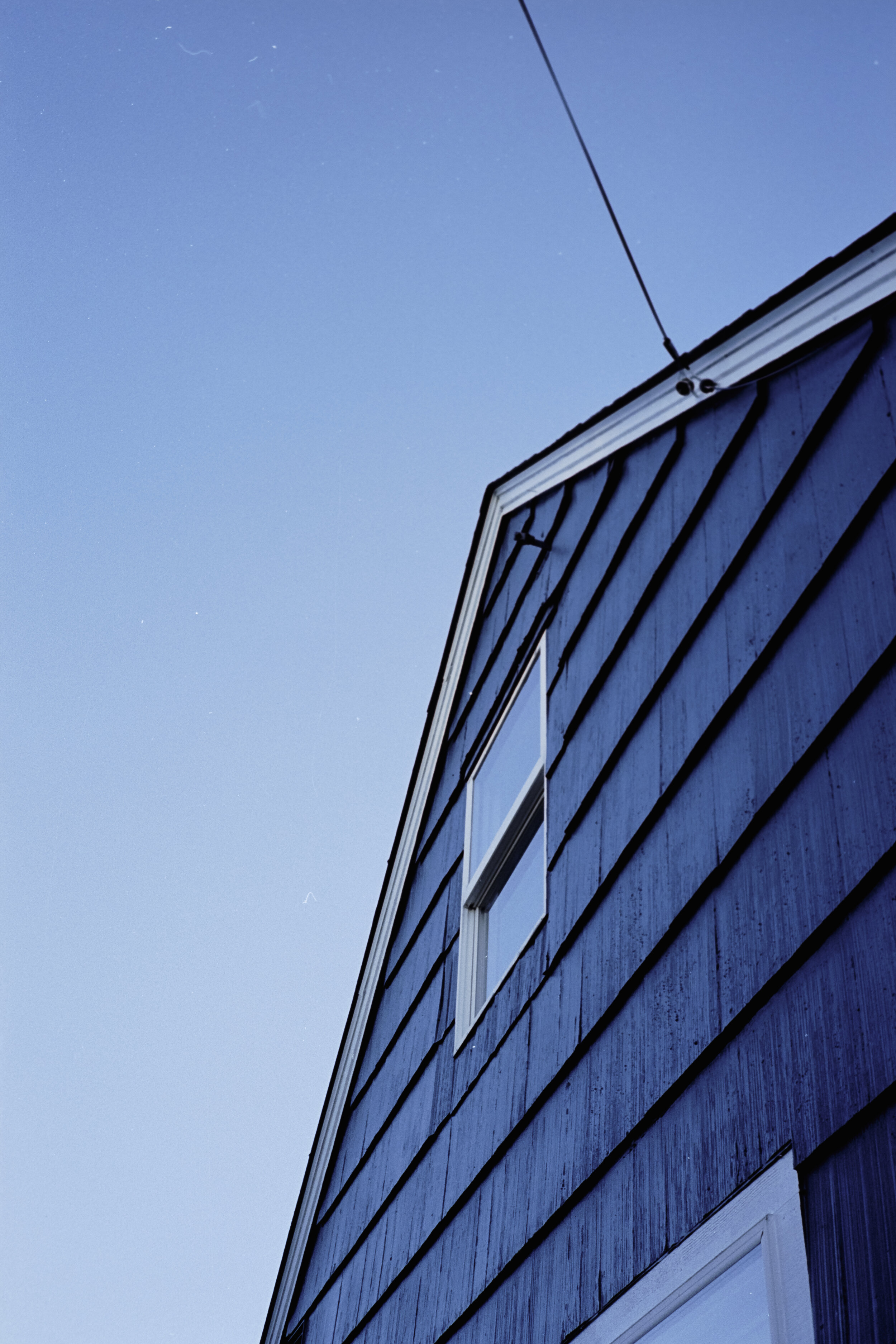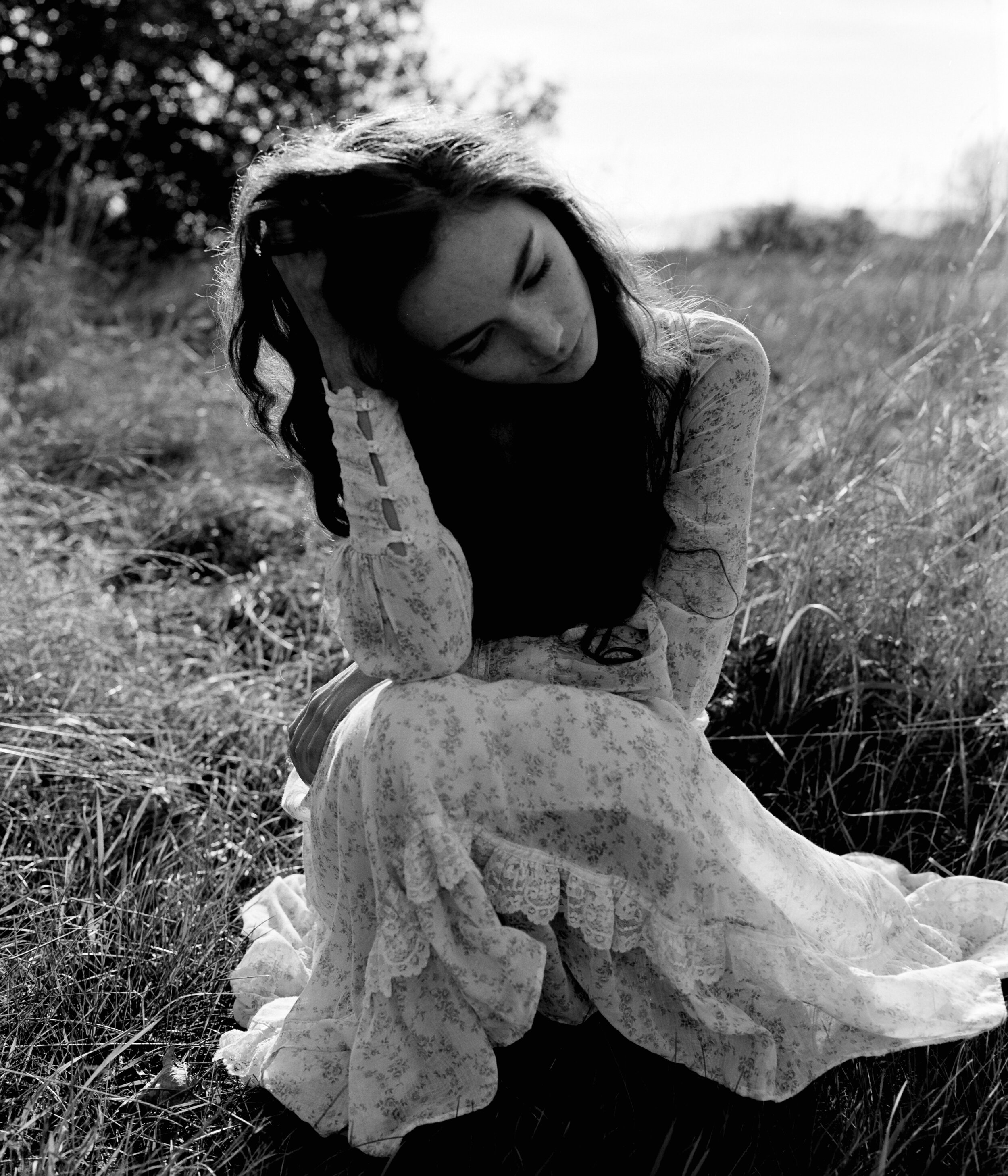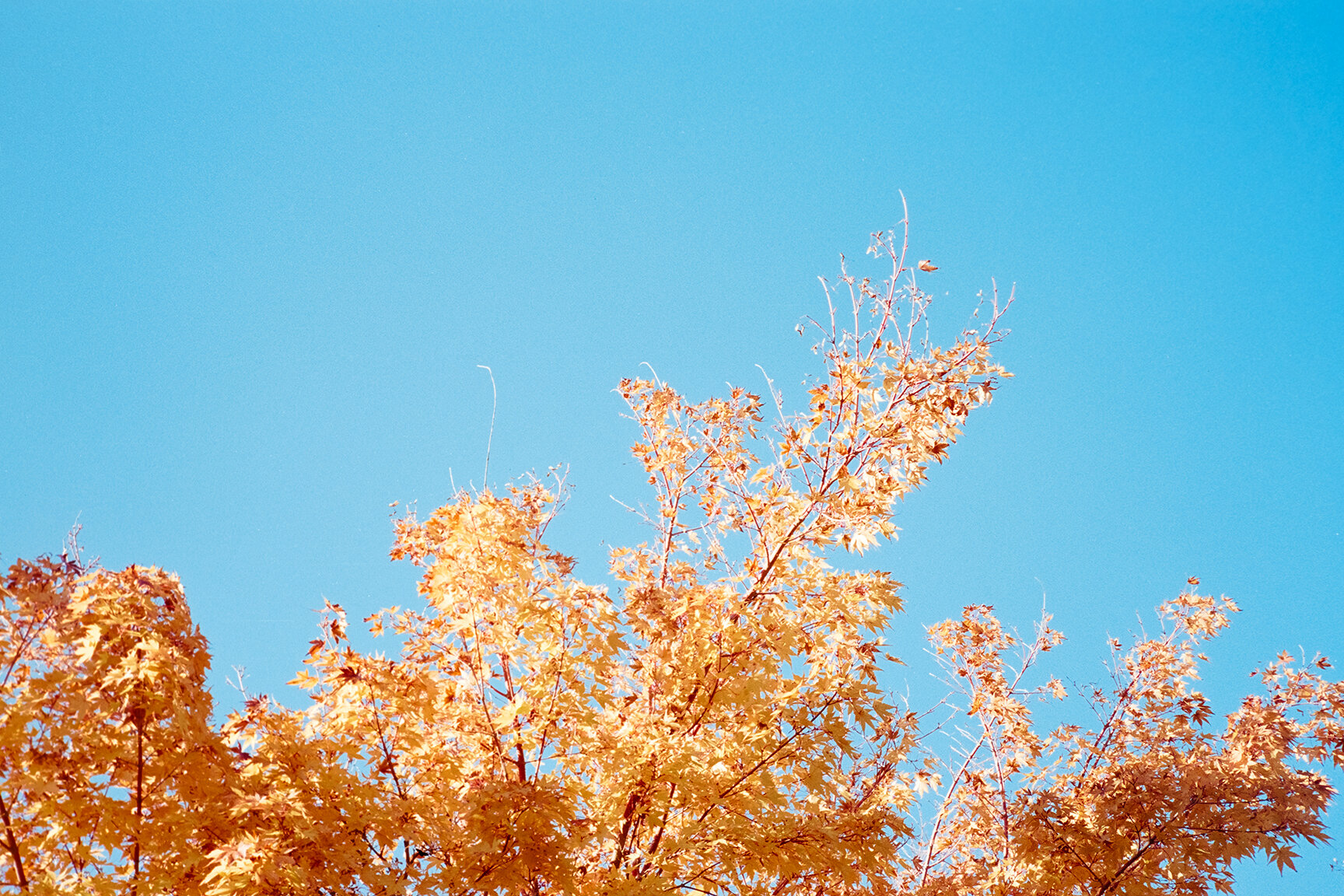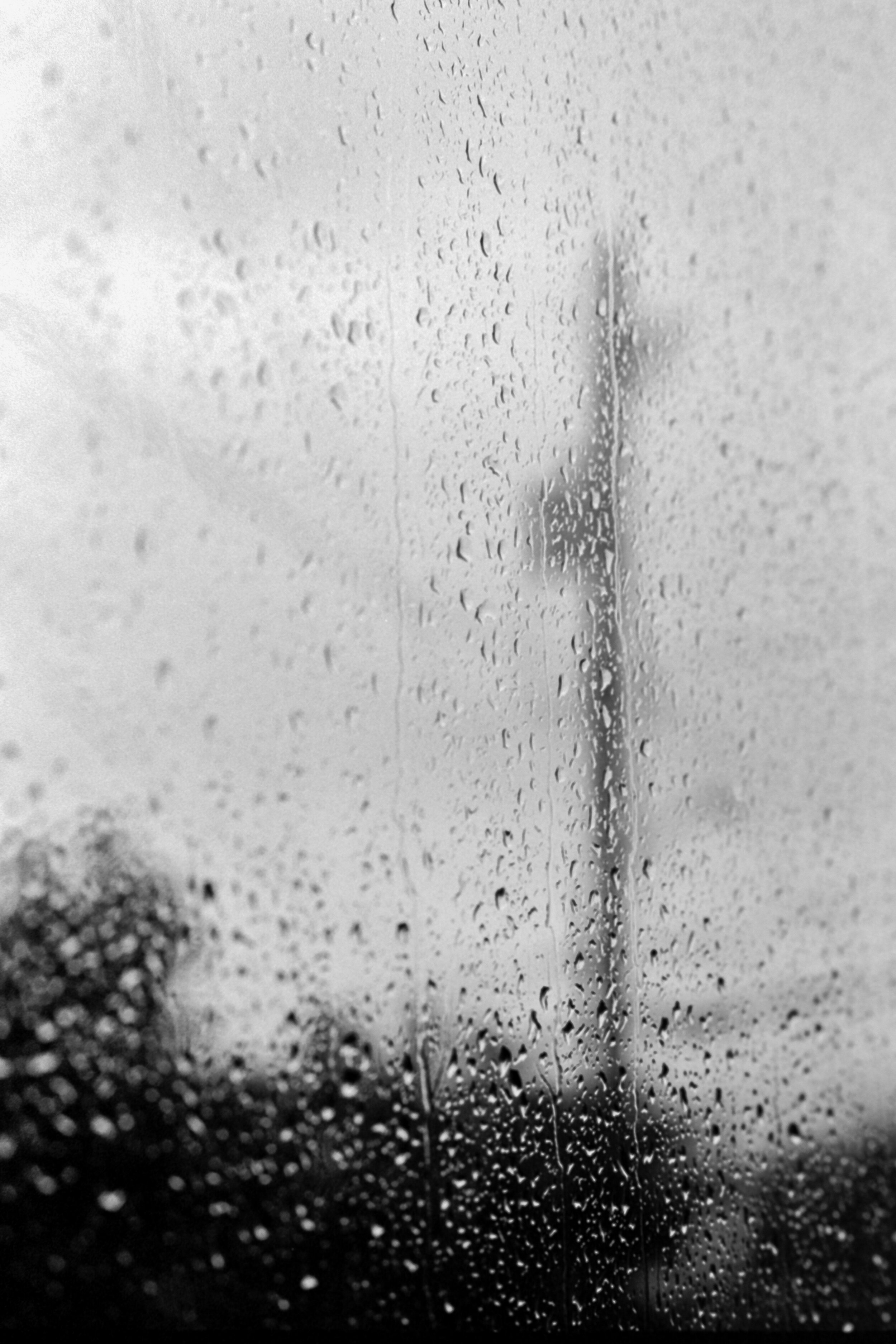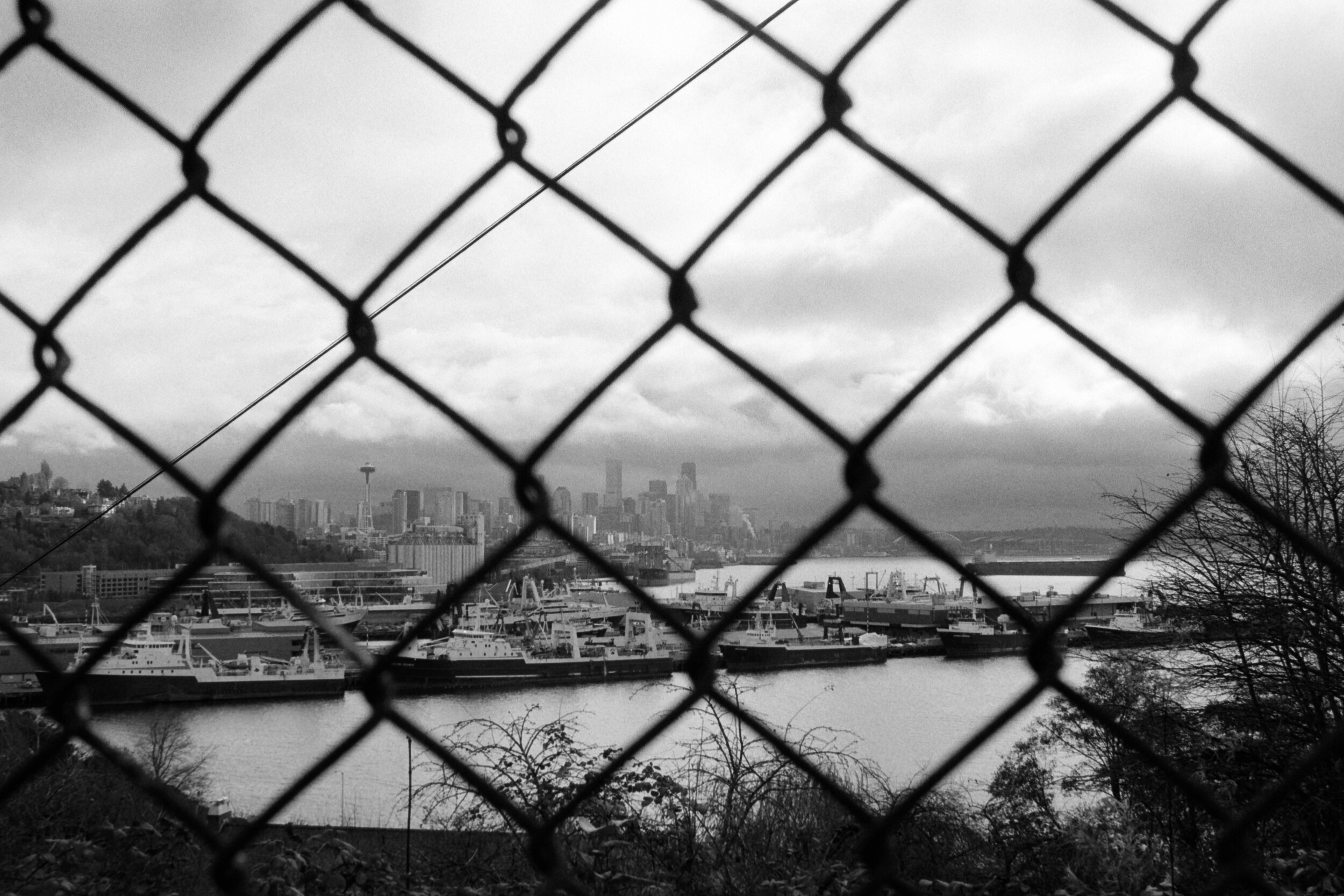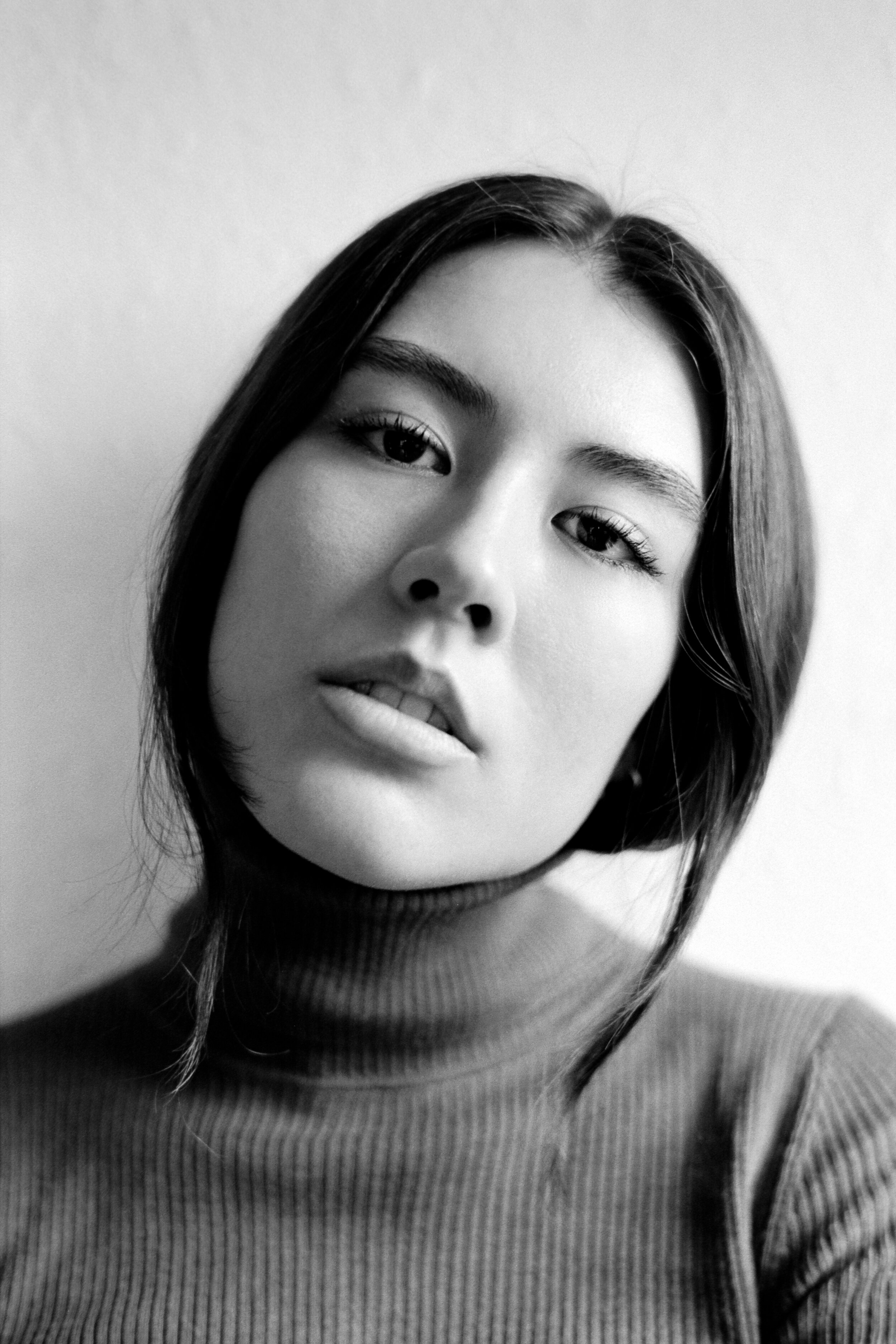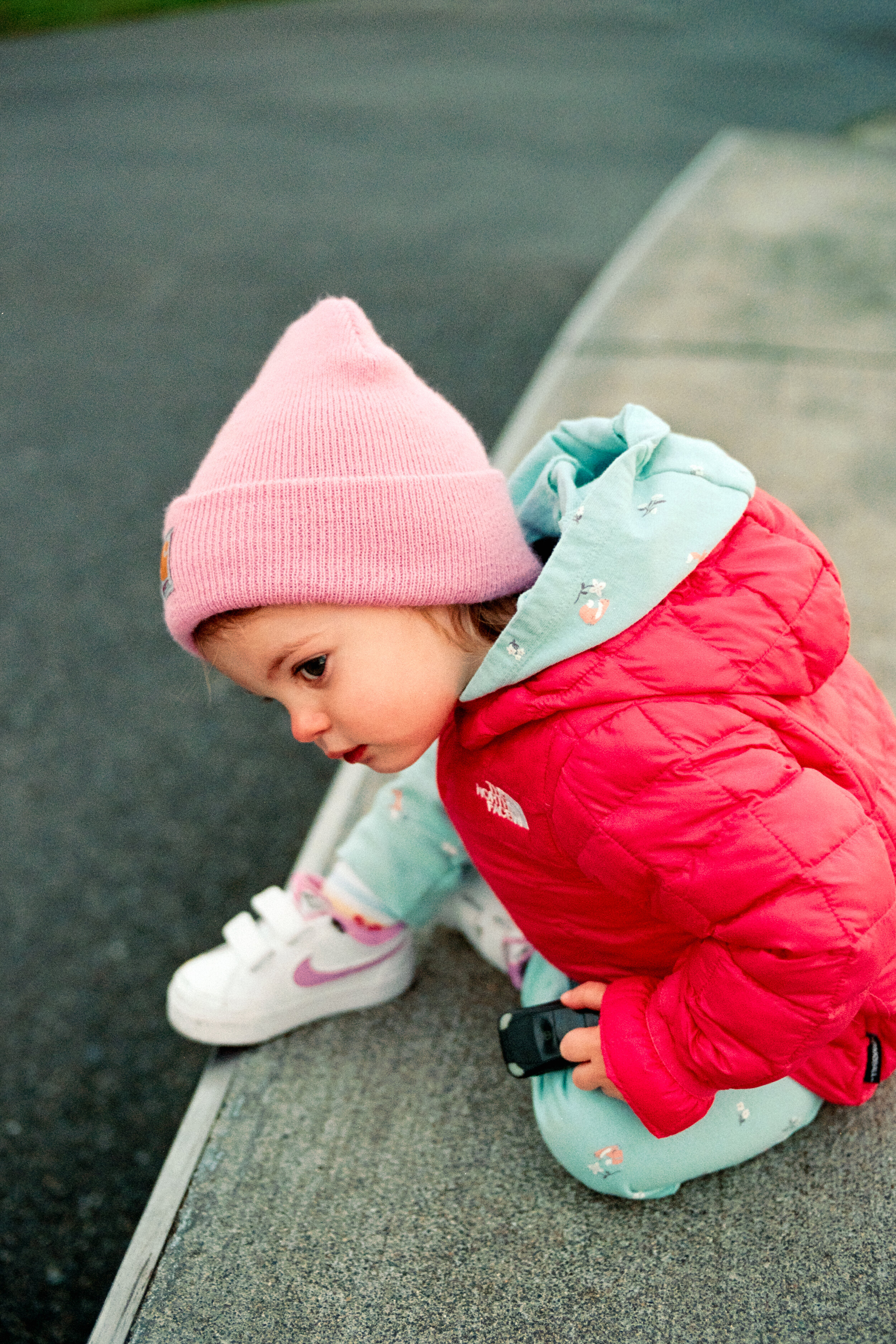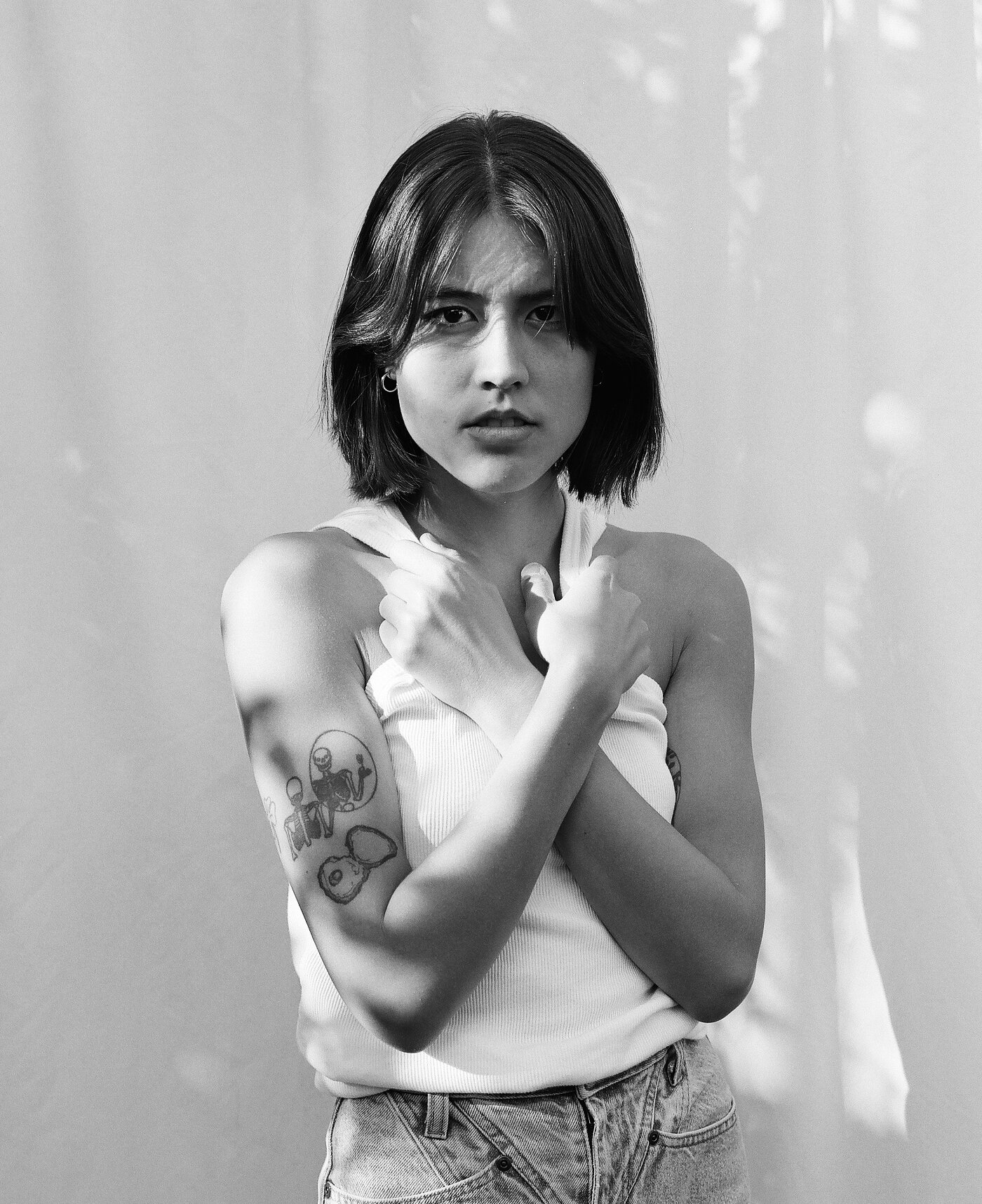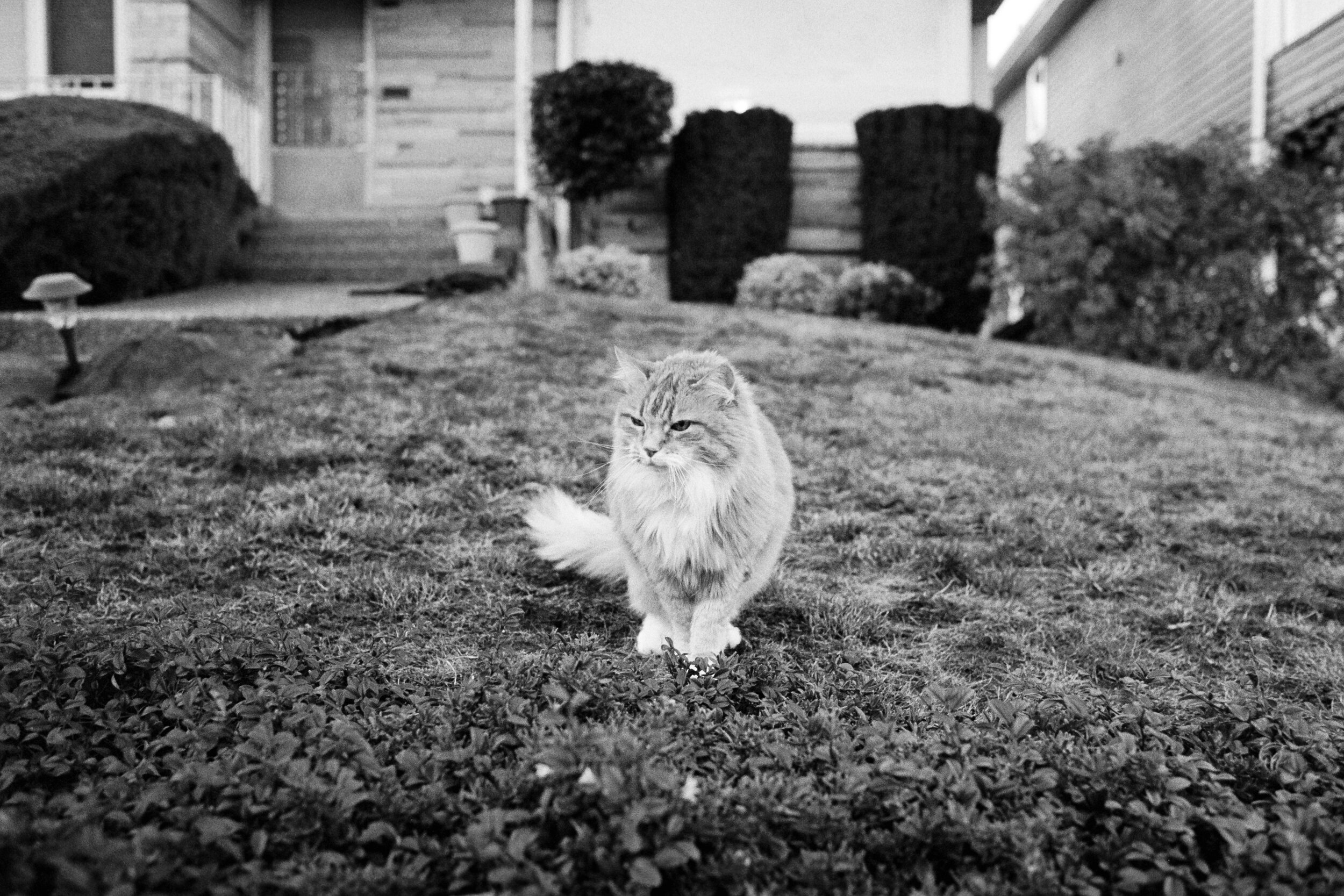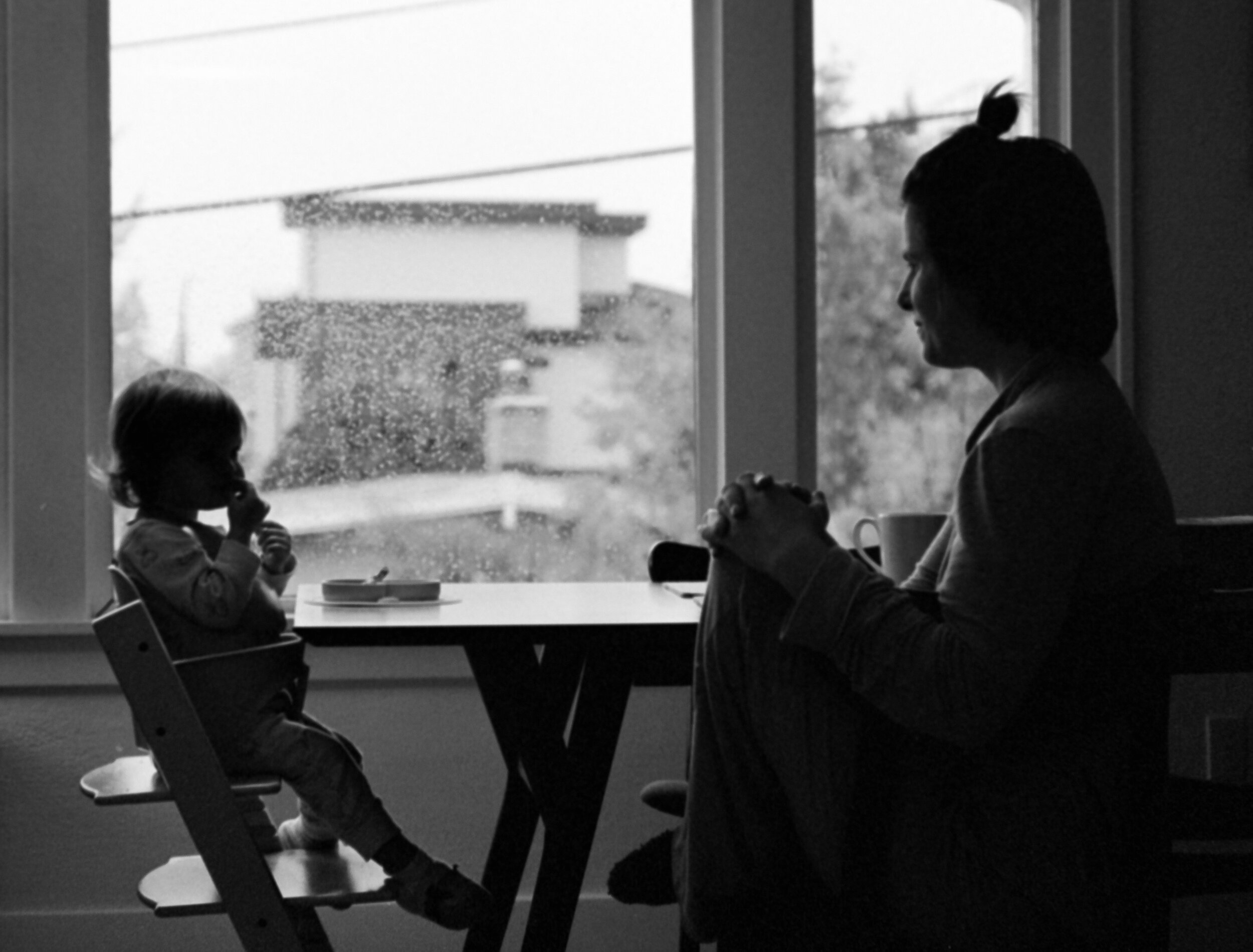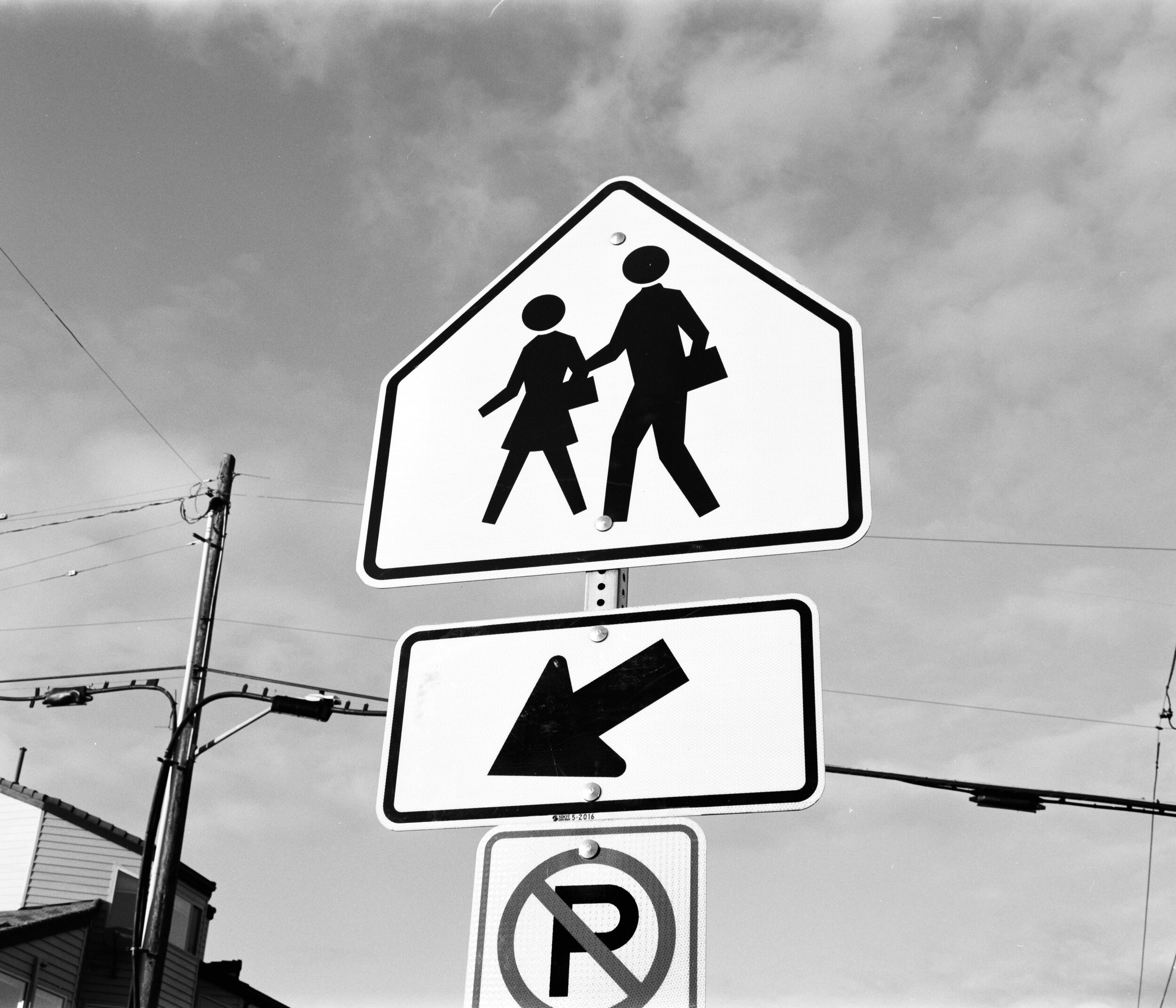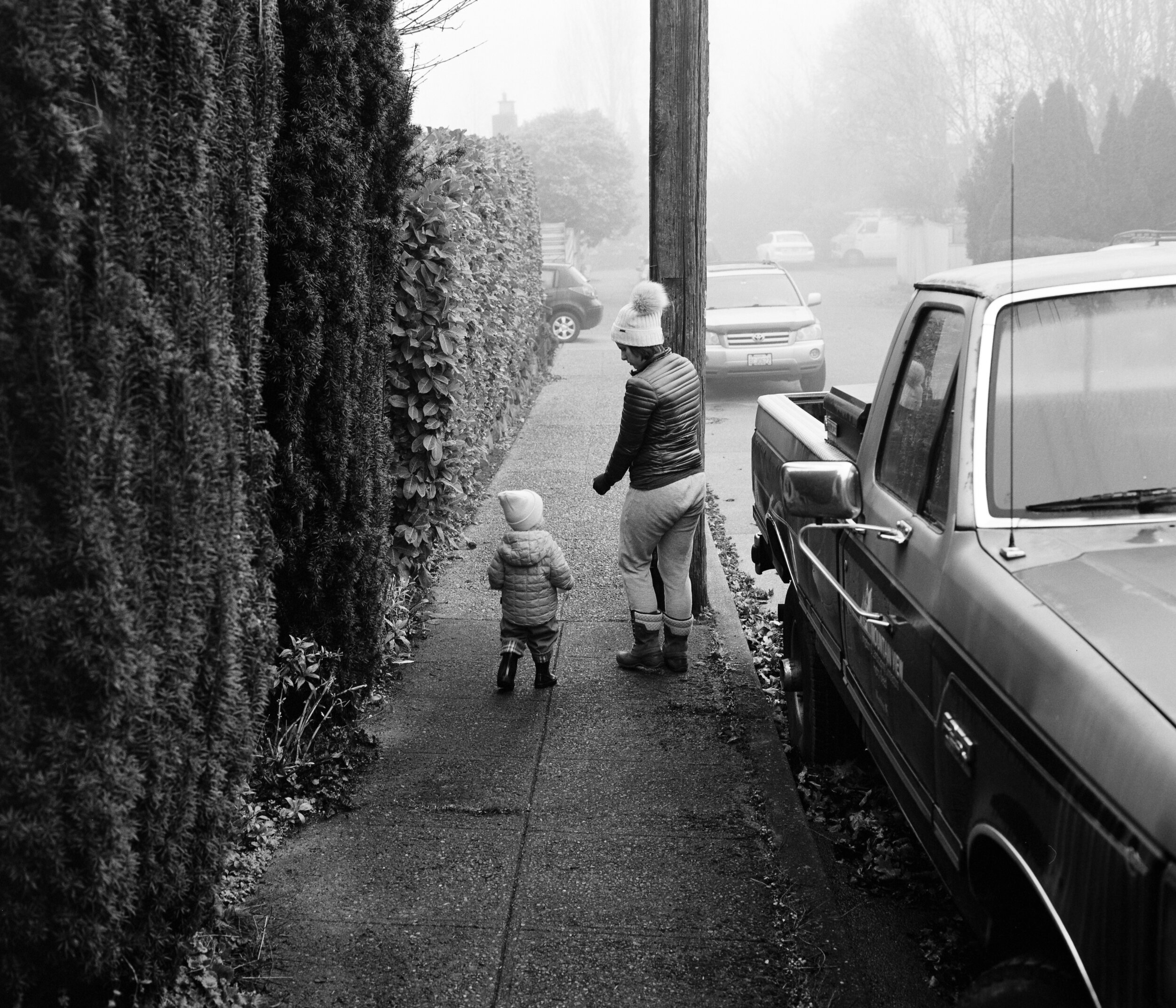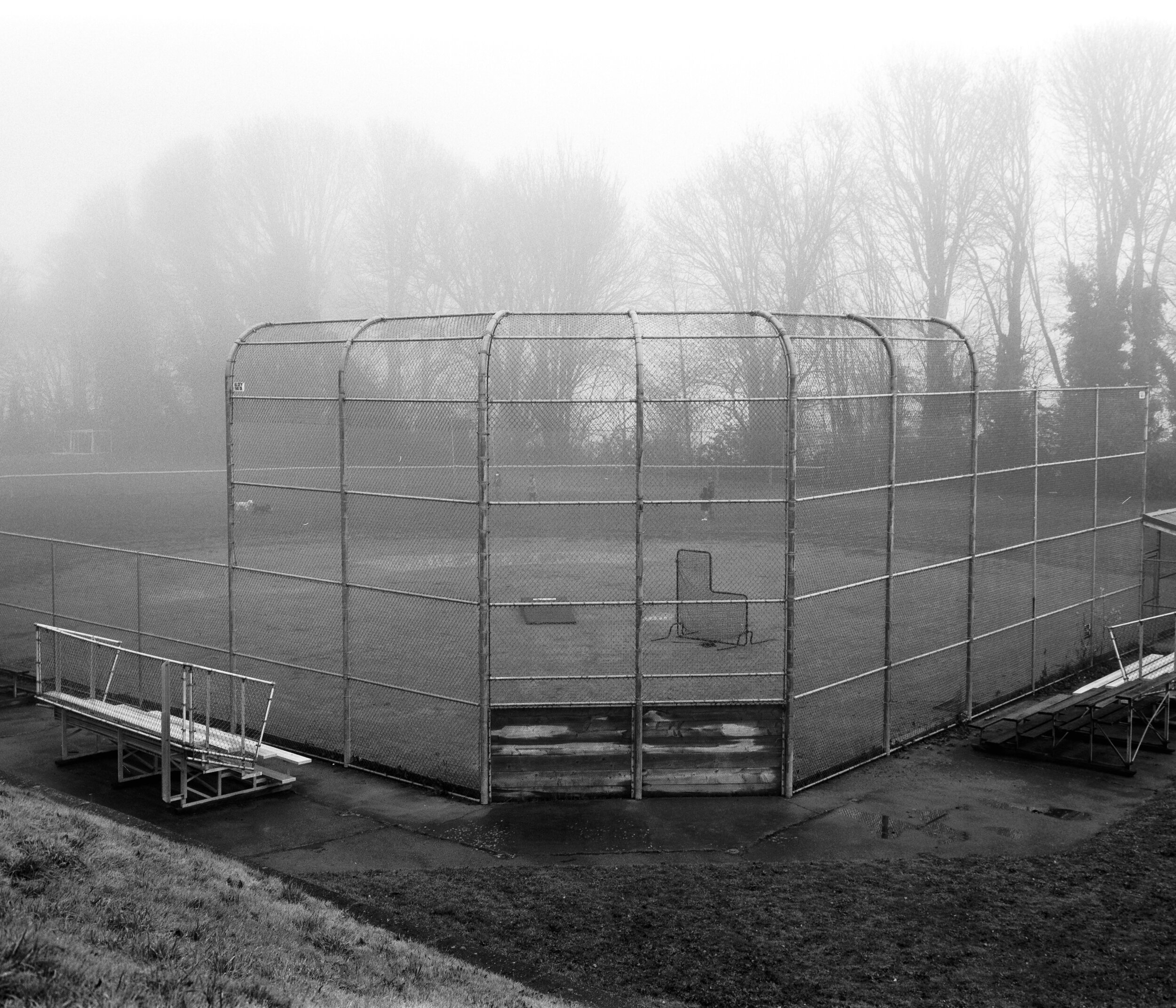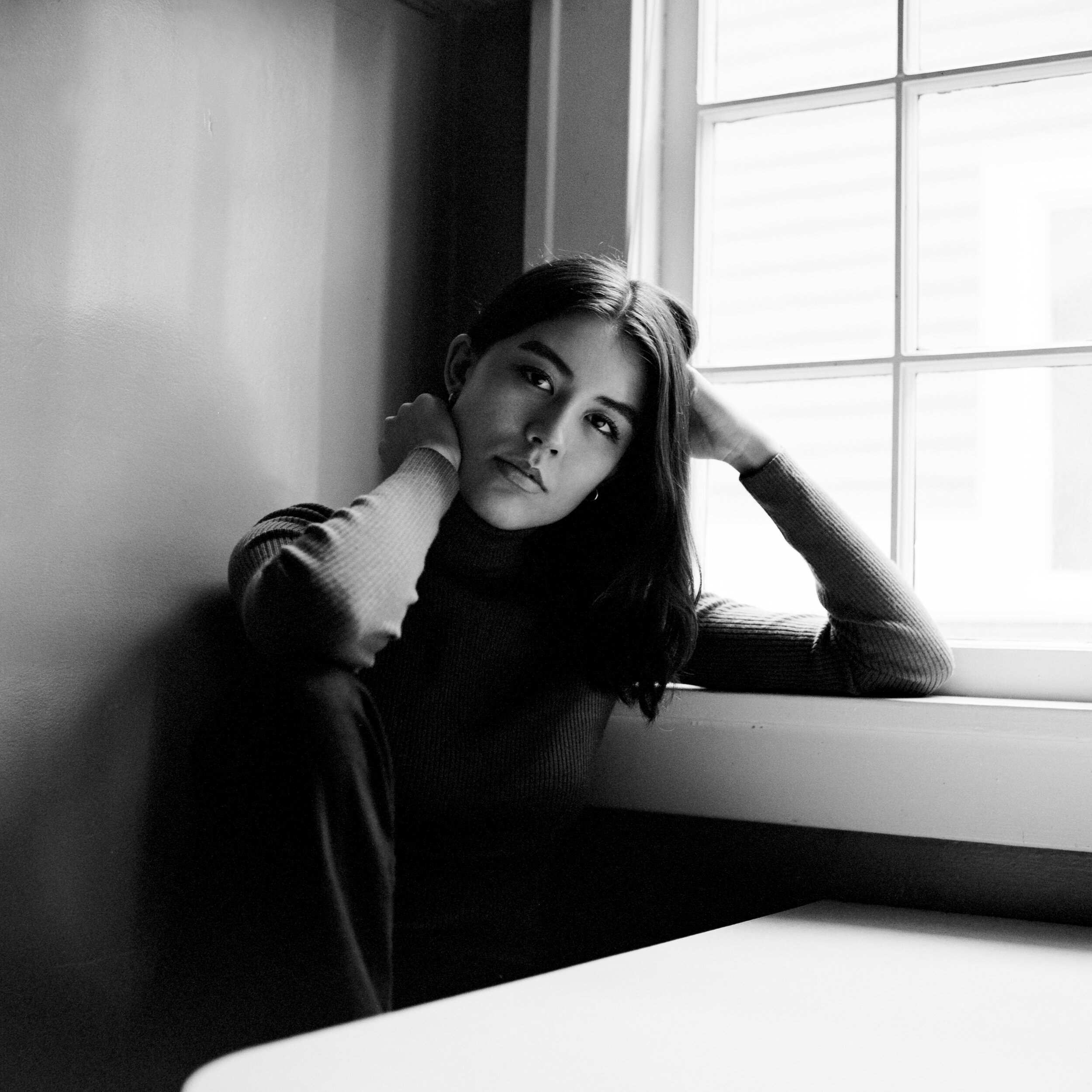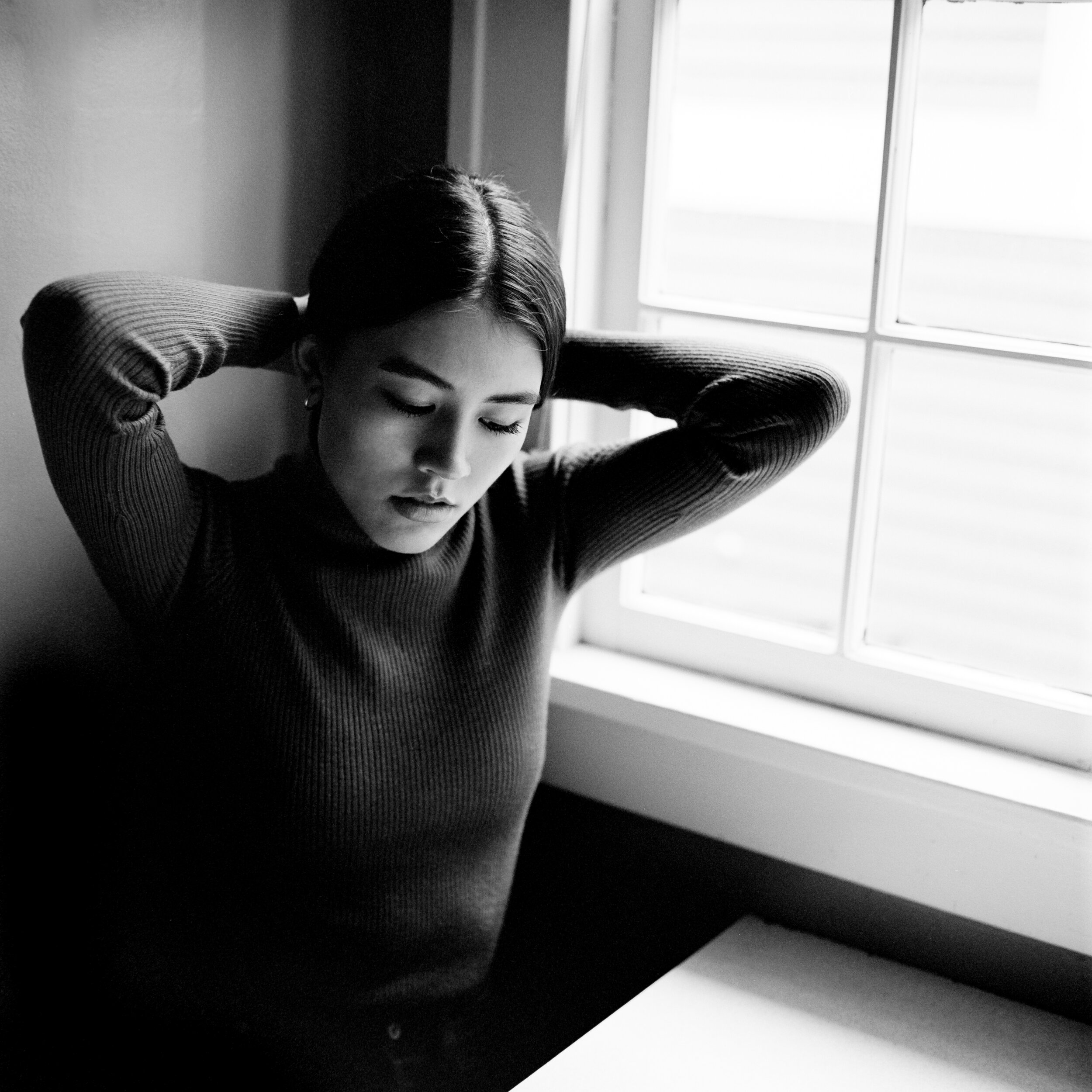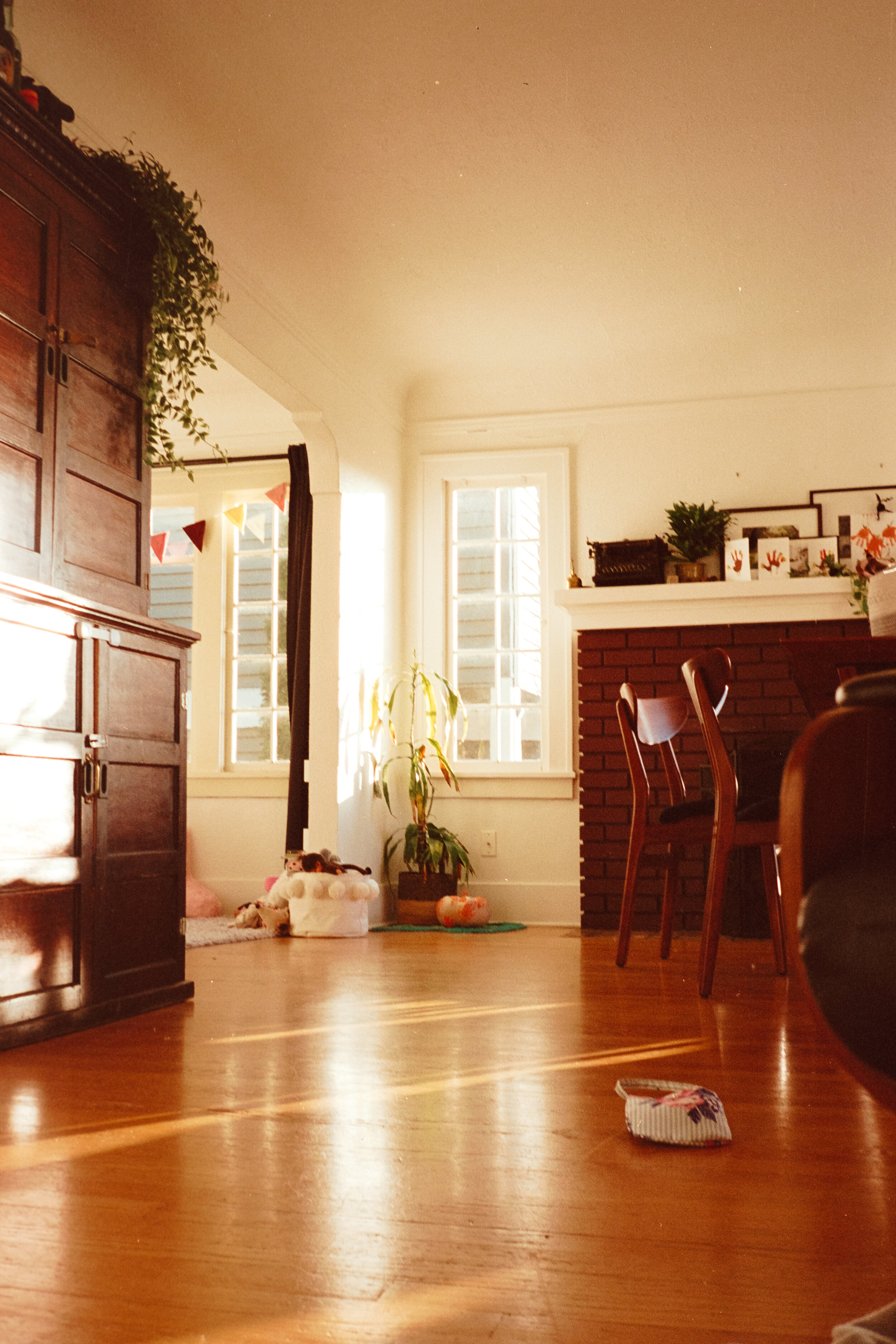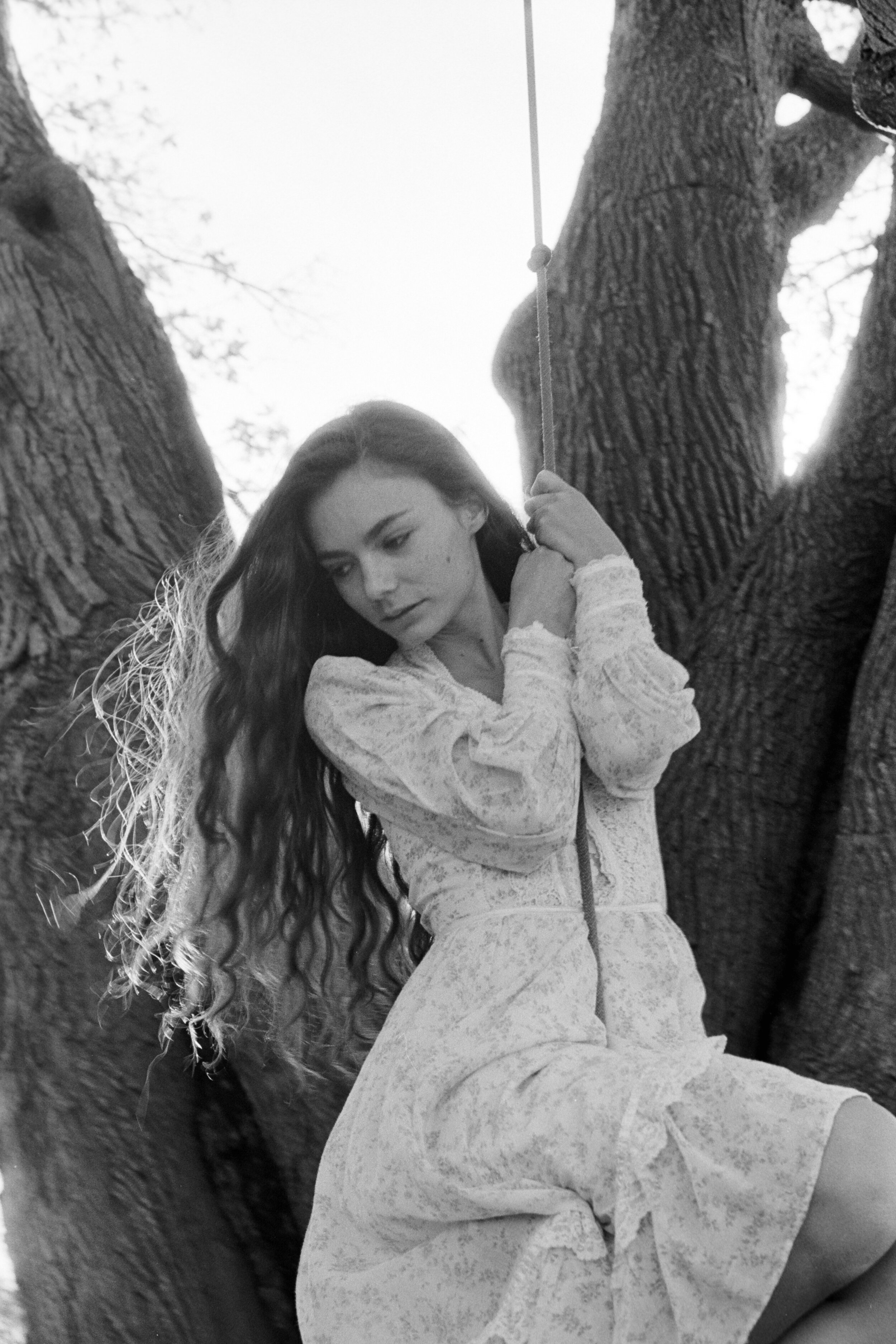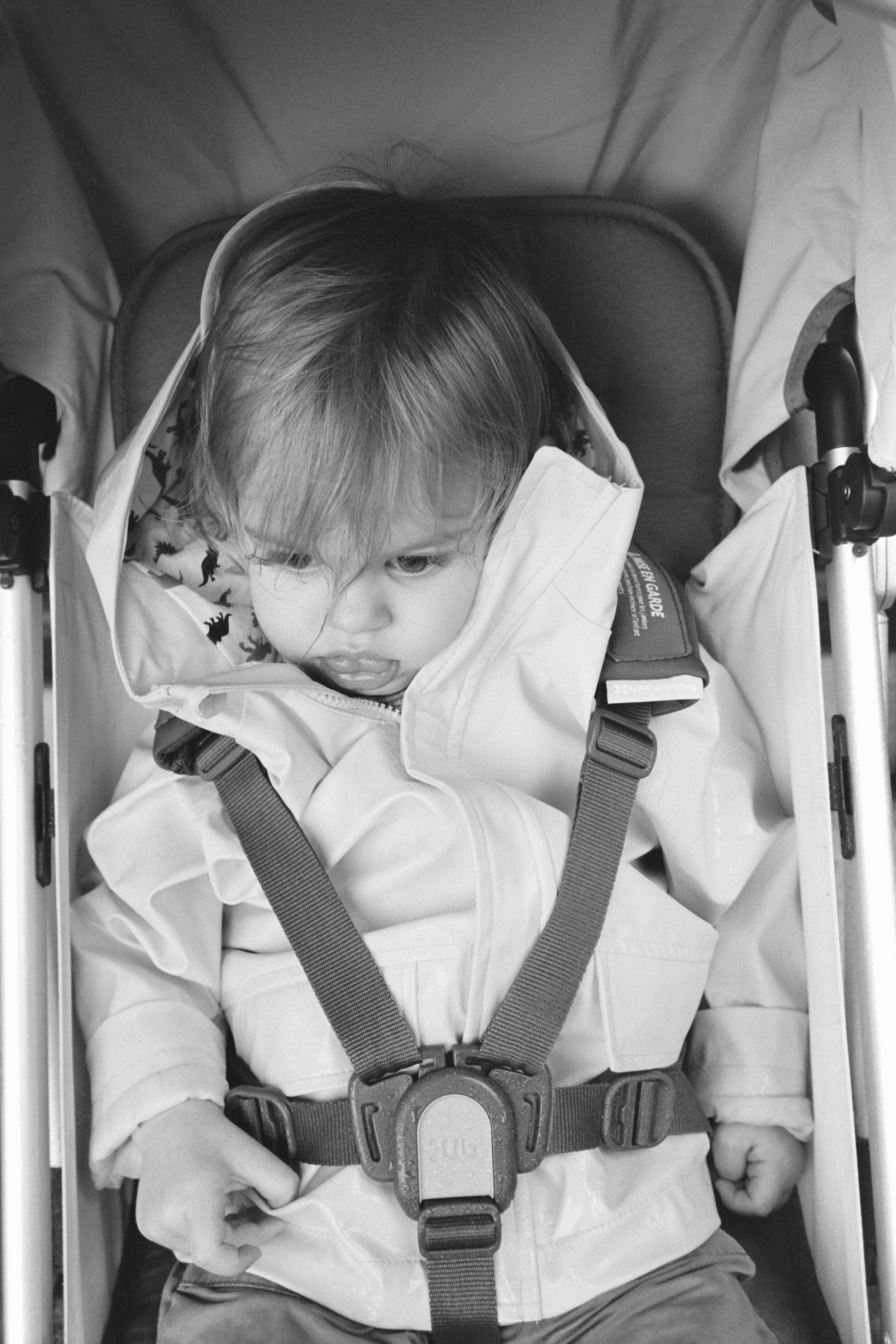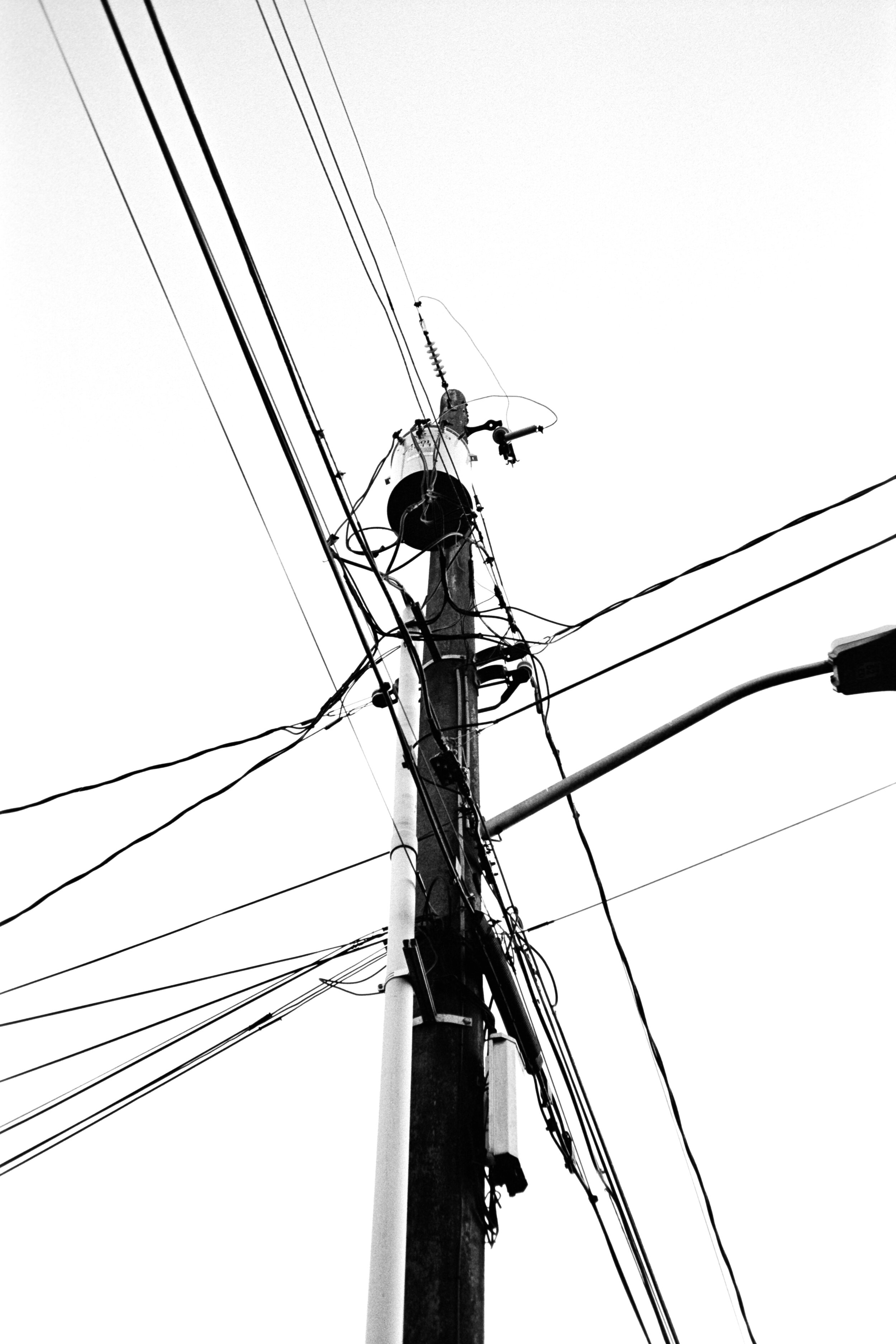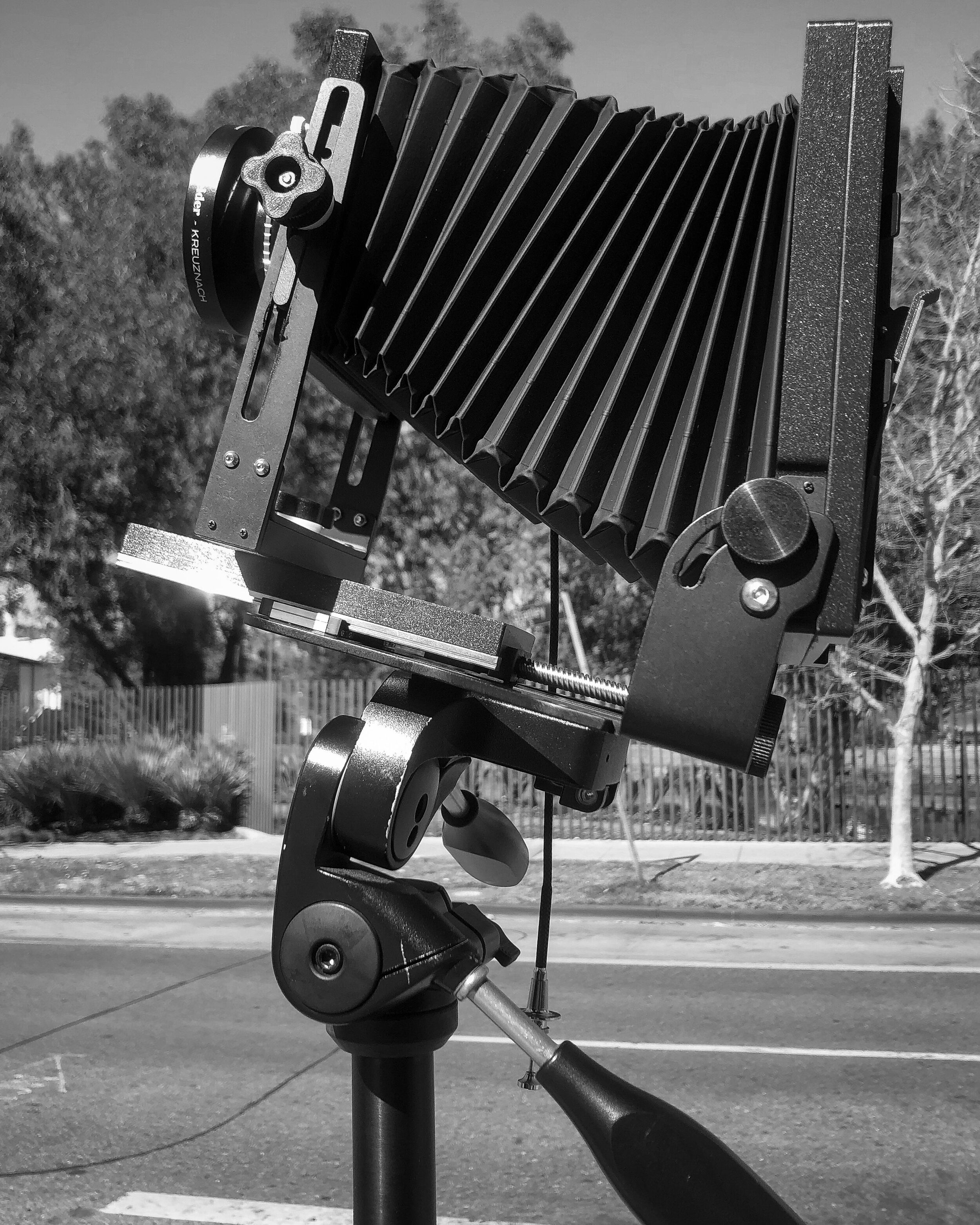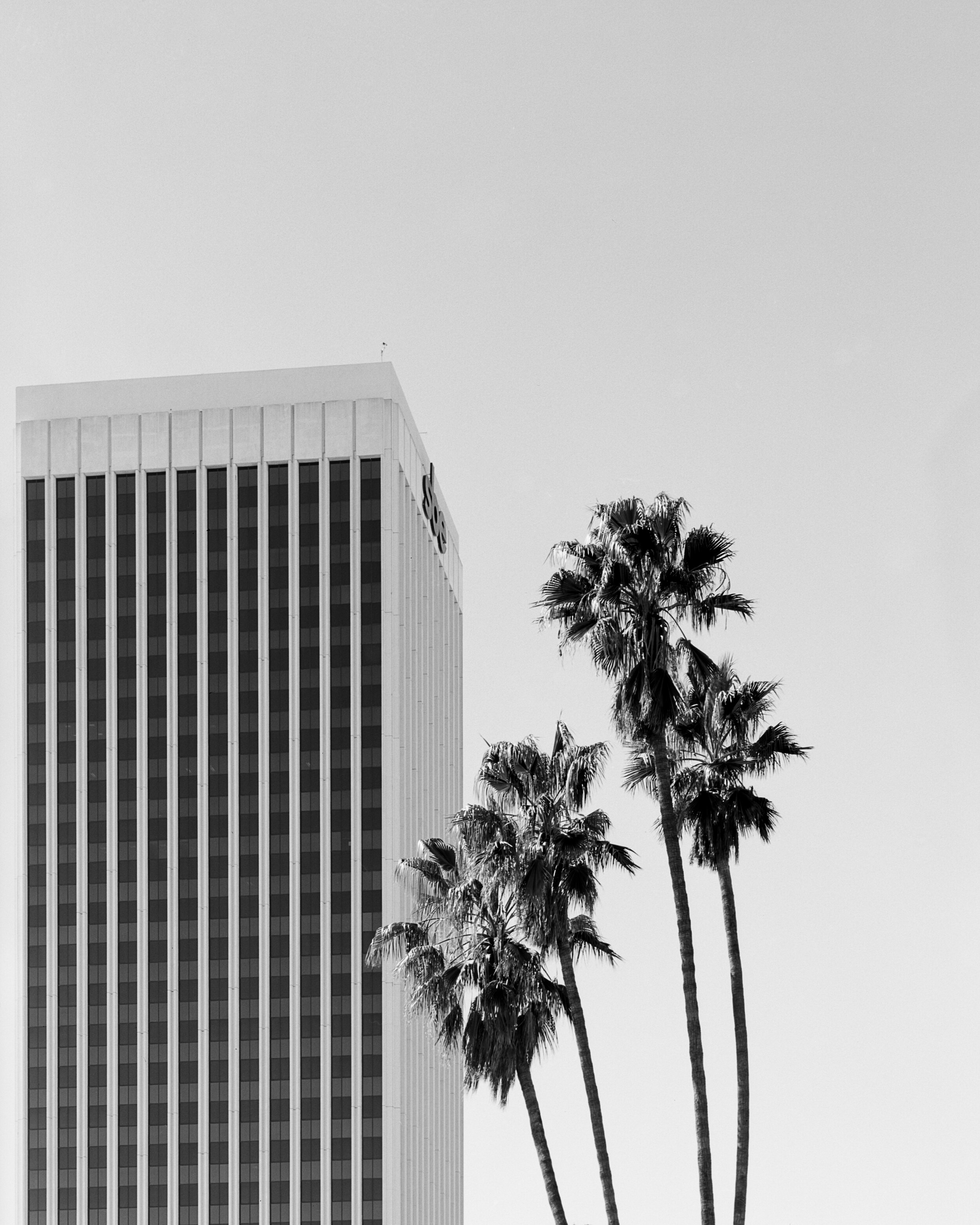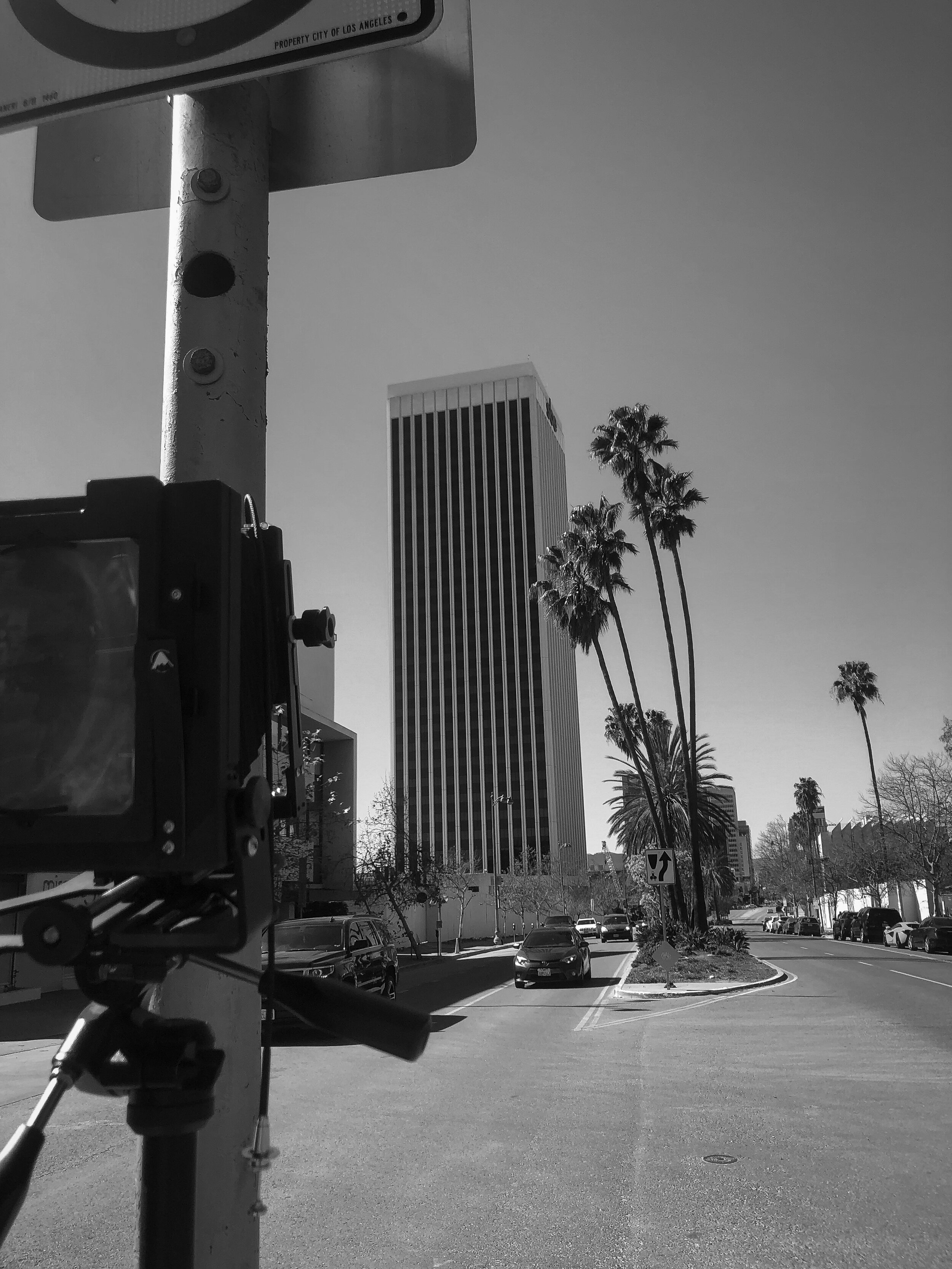A Gift from Dear Friends
Photography has intrigued me nearly my entire life, but there are a few key moments where the influence and support of others shaped my love for the practice. Various moments most critical to my beginnings with photography as well as key times where I’ve needed a nudge to get back to it have been helped along by the kindness of dear friends and family over the years.
Growing up I was always the “kid with a camera,” and in my adult life it’s no different. Family and friends have given me various cameras, lenses, photo books, etc., over the years, but one of the more recent gifts has become a fast favorite, as well as a tool that I use regularly to create new images.
Dear friends from my hometown of Columbia, Tennessee, Michael & Clint, gifted me a precious jewel at Christmas in 2023. A nearly pristine example of a mid-production Zeiss Ikon Contessa, the camera had belonged to the Orman Photo Studio, the preeminent portrait photographers of my hometown, and had changed hands a few times before it got to Michael, and then me.
This thoughtful gift from my friends excited me once more to engage with 35mm film, and at a time where I’d nearly given up on making new work with the format. My experiences with this quirky and compact camera, the Zeiss Ikon Contessa, take the spotlight for Modern Classics, Part II.
Zeiss Ikon Contessa captured on my back porch in Ventura, CA. Shown with the lens in it’s open position, the Zeiss Tessar 4.5cm (45mm) f/2.8 is a classic Tessar design in a capable and compact package.
Loading the Contessa & First Impressions
It’s hard for me to shake Kodak Tri-X 400. This film was meant for a 35mm rangefinder camera. A panchromatic beast with tremendous exposure latitude, classic though controllable grain, medium to high contrast, and high acuity, this film is a sort of Swiss army knife for a film photographer. You can do anything with it, and it’s in every camera bag I carry, and more often than not in the camera I’m shooting.
Loading the Contessa is a super easy and familiar experience, with the back of the camera having a very commonly found hinged door and an easy to use take-up spool, it’s far easier to load than something like a Leica M3. One quirky thing about the Contessa is the frame counter. When you load the roll it’s up to the user to manually adjust the counter to the first frame, and now you’re ready to go. This sounds akin to winding a watch, and I like it!
As this is a mid 1950’s Contessa with a Tessar 45mm f/2.8, non-linear shutter speeds will be found on the collar of the lens. Non-linear shutter speeds are something you gotta get used to if you’re intrigued with old cameras. This essentially means that instead of going from 1/2 to 1/4 second, you go from 1/2 to 1/5, and so on. With non-linear shutter speed progressions, I often find myself operating the camera somewhat in a shutter priority fashion when the light isn’t changing too much and available light is in good supply. For various indoor shots from this roll, however, slower shutter speeds were used with the lens wide open.
The film advance mechanism on this camera keeps the entire operation trim and sleek, but it’s a bit less intuitive than my other cameras. There’s a thumb wheel that needs to be advanced, and then the most upsetting part: You have to manually cock the shutter after advancing the film. This two part operation of advancing and cocking the shutter is far from intuitive, although quite common for the day. This will absolutely mean you miss key photographs, as if things are happening fast you’ll get caught up in the steps of preparing the camera.
Zeiss Ikon Contessa in closed position, captured alongside my 35mm film of choice: Kodak Tri-X 400. This camera is incredibly compact and would make a perfect travel camera.
Photographs at Home
Note: The second scene in the following collection was captured at f/2.8 and 1/50. Notice the fairly excessive vignetting when shooting wide open, as well as a generalized softness. This character is common of a classic Tessar, and it’s something you’ll learn to embrace when using this camera wide open.
Why Choose a Zeiss Ikon Contessa?
This camera is compact, sleek, relatively lightweight and fairly simple (albeit slow) to use. It’s a capable tool for travel photography, everyday snapshots, and more. For serious street photography, documentary portraiture, commercial applications, and so-on, I’d consider a more modern rangefinder camera with projected frame lines and an auto-cocking shutter.
I would absolutely suggest this as a single camera to take on a weekend trip or around town making photographs. I’ve actually done this several times.
Limitations to consider with this camera:
Non-linear shutter speeds that you may not be familiar with
Two step film advance and shutter cocking, leading to a slow workflow
The viewfinder and rangefinder are combined, which is nice, but the window is dim and very small
There are no projected rangefinder frame lines, so guessing your framing will be commonplace
The built-in selenium light meter will almost certainly be inoperable or inaccurate
The lens is fixed and while relatively fast at f/2.8, some users will find this limiting
While there are various limitations to consider, I personally DO love using this camera for documentary and lifestyle portraits. It’s a challenge, but one I accepted when making the following image of Hans at brunch last weekend.
Hans in Ventura, California. Zeiss Ikon Contessa, Kodak Tri-X 400. Scanned with Negative Supply. The thin black border comparable to a “filed out” negative carrier look is achieved by scanning with our 35mm Full Border Scanning Cassette.
A Walk in the Park
Sometimes the best medicine for photographic creative block is to force yourself to use a basic, bare bones camera and lens to create photographs. I prefer doing this with a fixed lens rangefinder camera, as my choices on what to use are preset. I love this camera because it forces you to engage with your surroundings in order to carefully and discriminately compose and capture a photograph. Using a Contessa asks something great and challenging of someone living in 2025, as it asks you to slow down and pay attention to what’s before you, to carefully consider the tool, the scene, the expression of the moment you’re photographing, and the moment itself.
I took the Contessa out for a walk in the park last weekend, continuing to shoot the same roll of Tri-X under a gorgeous California sky. As the top shutter speed is 1/500 and I was using an ISO 400 film, albeit metered at 250, I found myself stopping down a good deal in order to maintain proper exposure. Many of the following scenes are at f/11 or f/16. This Tessar has a sweet spot of sharpness and falloff control around f/5.6-f/8.0, and softening from diffraction creeps in around f/22. And in the next scene, you’ll see what gorgeous sunstars can be achieved by stopping down with this iris-blade-packed lens.
Photos from Arroyo Verde
Develop & Scan
I self-developed and scanned these images at the Negative Supply headquarters in Oxnard, California. There’s nothing better than developing Tri-X by hand wherever you can: A bathroom, the kitchen sink, your garage, or at the roadside as I’ve done on numerous occasions. This is a film that responds well, even when you don’t follow the book while developing.
Development details:
- Ilford DD-X 1:4 20C, standard hand inversion agitation
- Ilford Rapid Fixer 1:4, five minutes
- Extended wash cycle with RO water, and final 1 minute of constant inversion with distilled water
- Kodak Photo Flo, 1 minute with distilled water
Scanning equipment from Negative Supply used:
Enthusiast Kit for 35mm Film Scanning, which includes:
- Basic Riser MK3 Copy Stand
- 4x5 Light Source Basic MK2 99 CRI
- In Line Power Switch
- Basic Film Carrier 35 MK2
- Basic Film Carrier 35 MK2 Stabilizing Mask
I added two accessories:
- 35mm Full Border Scanning Cassette (used to show either full borders or, in this case, to show a clean black line on the edge of all scans)
- 35mm Film Scanning Hood (allows you to keep room lights on or window blinds open, and keeps unwanted light from reducing contrast on your scan)
Afternoon Stroll in Arroyo Verde, Ventura, CA. Zeiss Ikon Contessa, Kodak Tri-X 400, f/22 and 1/25. While this scene is a bit soft from the slow handheld shutter speed, this is a photograph that I enjoy.
Final Thoughts
The gift of photography is a powerful thing. Michael & Clint thoughtfully gave me this magnificent tool, and receiving it inspired me to go out and use it, and to share the images, my thoughts and findings from the process, and thus the continuance of the storied traditions of analog photography. In a world so focused on technological dilation, this Zeiss Ikon Contessa shook me up and forced me to meaningfully consider a tool from 70 years ago. I’m thrilled that it did, and I look forward to continuing the use of this camera for the rest of my photographic career.
Thanks, Michael and Clint, for the magnificent tool, friendship, and support over these years.
I find it admittedly difficult to refrain from making a self portrait when using these fun, older cameras. Self portrait, Ventura, California, 2025. Zeiss Ikon Contessa, Kodak Tri-X 400.
Products Used for Film Scanning
You can either use the kit below, or you can give our sales team a call now to help build your own kit. You can call us here: (805) 515-3456 or visit our contact page to schedule a concierge call.
NOTE: The below linked Enthusiast Kit from this link ONLY will include a free 35mm Film Scanning Hood and free 35mm Full Border Scanning Cassette as a thank you for reading this blog post!
About the author:
AJ Holmes is a photographer and business owner residing in Ventura, California. Serving as CEO of Negative Supply, since 2019 AJ has focused on working alongside his team to design and produce tools that empower lens based artists and creative professionals to efficiently and professionally scan all formats of film. As a leading brand for film scanning solutions, Negative Supply now proudly serves tens of thousands of users, including numerous leading universities, museums, and photo labs globally.
A native of Tennessee, AJ received his BS in Photography from Middle Tennessee State University in 2016. Most of AJ’s photographic work revolves around his parents and grandmother in/around their Tennessee homes, and is predominantly done with 4x5 and 8x10 inch field cameras.












